圆翅燕鱼 、弯鳍燕鱼、蝙蝠鱼、鲳仔、圆海燕、飞翼
As a juvenile it is blackish brown, or black with an orange stripe outlining its entire body. Adults become a dull silver. This fish grows to a maximum size of 45 cm (18 in).
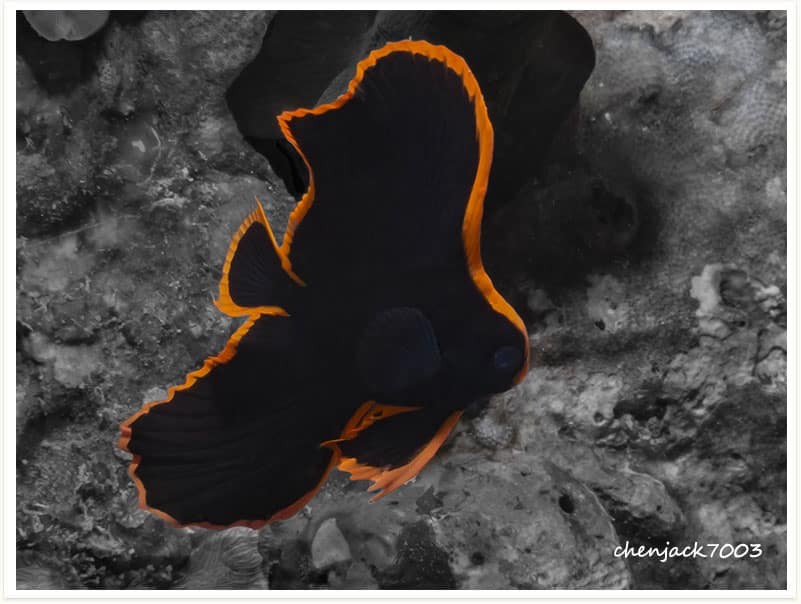
 Underwater Photography
Underwater PhotographyAs a juvenile it is blackish brown, or black with an orange stripe outlining its entire body. Adults become a dull silver. This fish grows to a maximum size of 45 cm (18 in).

Samla bicolor can grow to a maximum length of 20 mm and has a translucent body and white tips to the oral tentacles. There is an orange band near the tip of the rhinophores and on each of the cerata. Animals from different regions show subtle differences in coloration and in the shape of the oral tentacles and may be members of a species complex.
Sea butterflies, scientific name Thecosomata (thecosomes, “case/shell-body”), are a taxonomic suborder of small pelagic swimming sea snails. These are holoplanktonic opisthobranch gastropod mollusks in the informal group Opisthobranchia. They include some of the world’s most abundant gastropod species.
Macropodia is a genus of crabs, belonging to the family Inachidae.
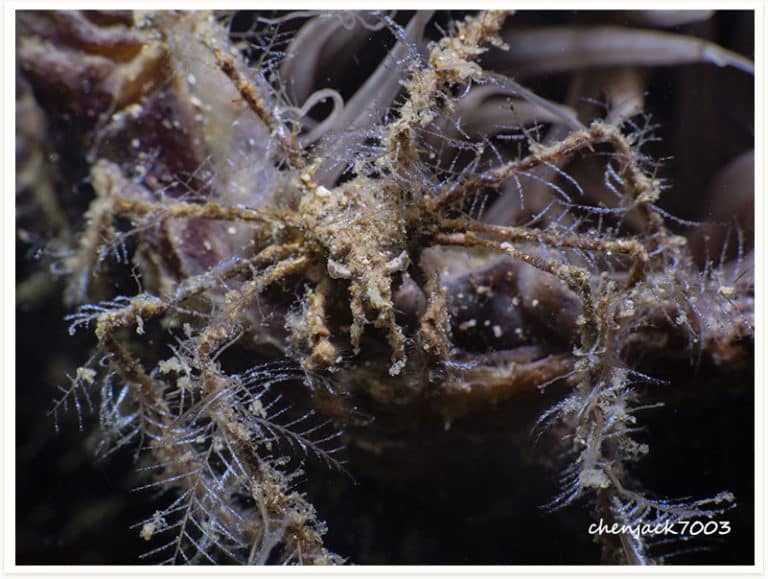
Bursatella leachii is green to greenish brown. It has a broad and short head. Its mantle is covered with papillae (finger-like outgrowths), which give it a thorny aspect. The mantle has a network-like pattern with blue eyespots (ocelli) in black spots and green areas. It moves slowly on a broad foot. There is short, sharp tail. The short parapodia (fleshy, winglike outgrowths) are fused on their rear end.
Glossodoris rufomarginata has a commonly observed length of 35 mm (1.4 in) with a maximum length of 50 mm (2.0 in). The background colouration of the entire body is whitish with the foot and the dorsal surface speckled with a dense coat of tiny red to orange-brown dots that give the impression at first glance that the animal is brown. The edge of the mantle is well developed and wavy with a broad white band with a red to orange-brown outer border. The foot has also a white external margin. The rhinophores and branchial plume are retractable with a red to orange-brown colouration, a white median line on the rhinophores and a white highlight on the gill axes.
Gymnodoris ceylonica has a translucent white body which is covered with many orange spots. It has translucent orange-lined white gills and orange rhinophores. The foot is translucent white and edged with an orange margin.
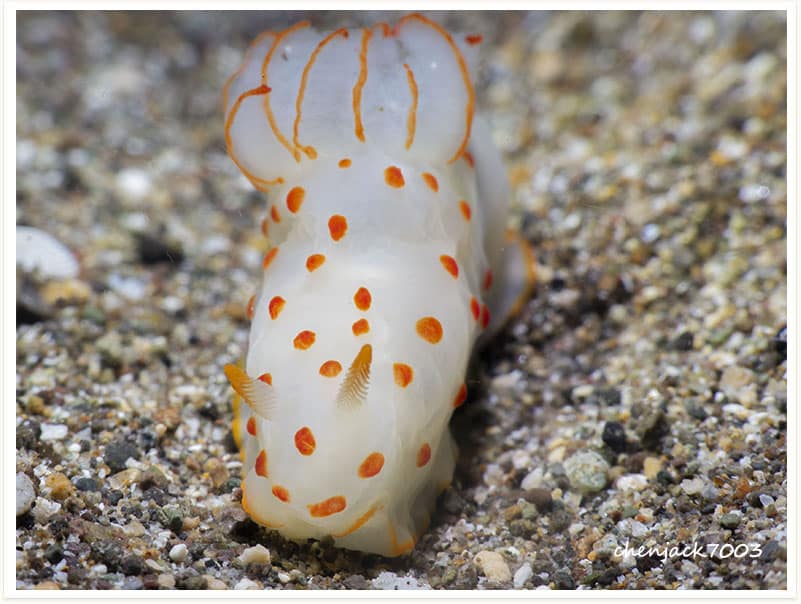
Sebadoris nubilosa is a species of sea slug, a dorid nudibranch, shell-less marine gastropod mollusks in the family Discodorididae.
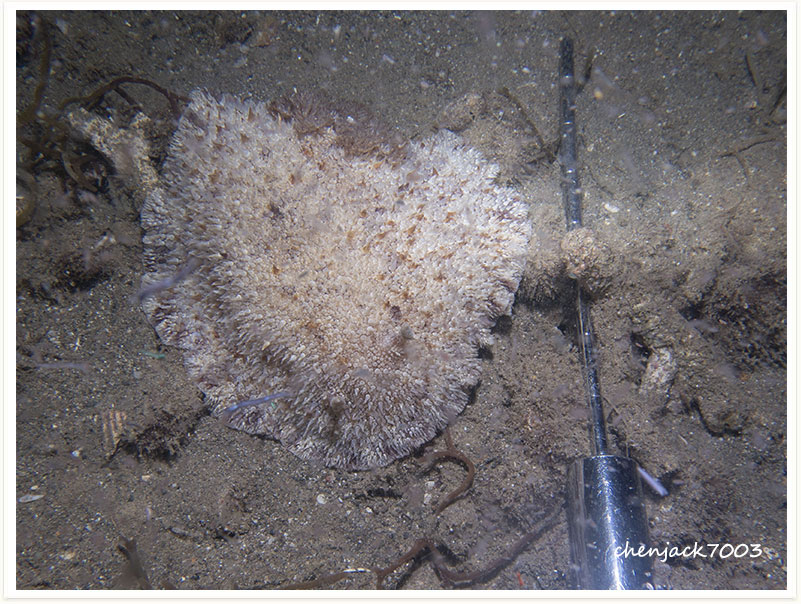
The shell size varies between 7.5 mm and 20 mm. The dorsum surface is usually light white or yellowish, with small brown spots.
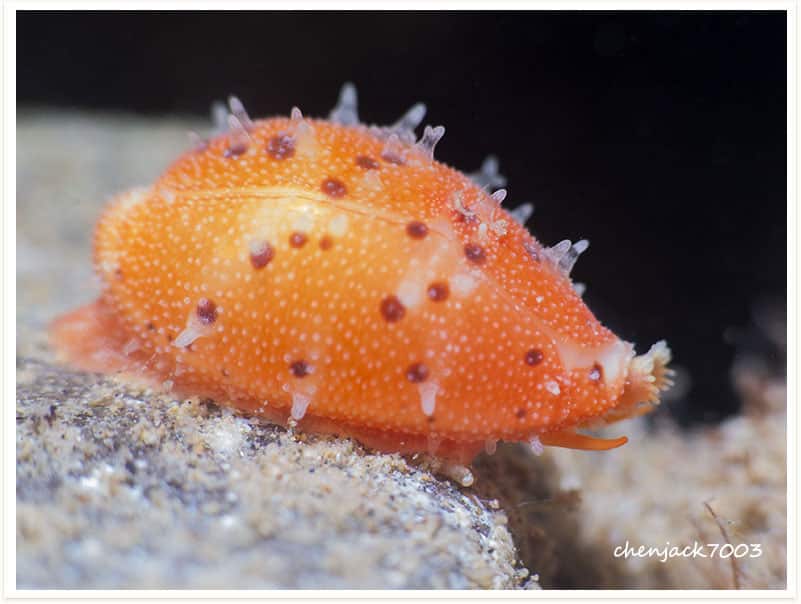
From before birth, their eggs are demersal and adhesive and attach to substrates via a filamentous adhesive pad or pedestal. The bluestriped fangblenny can attain around 90mm in length. Two distinct colour phases of this fish are present; blue with a black stripe from snout to tail, or orange with two narrow blue lines from snout to tail. Unlike most blennies, the bluestriped fangblenny is free swimming. Adults inhabit clear, coral-rich areas of lagoon and seaward reefs and it is fairly common on both coral and rocky reefs, usually occurring singly or in pairs.[citation needed] They are known for being aggressive and feed on skin, mucus and sometimes other fish scales. They bite divers when alarmed.
Xenocarcinus tuberculatus is een krabbensoort uit de familie van de Epialtidae. De wetenschappelijke naam van de soort is voor het eerst geldig gepubliceerd in 1847 door White.
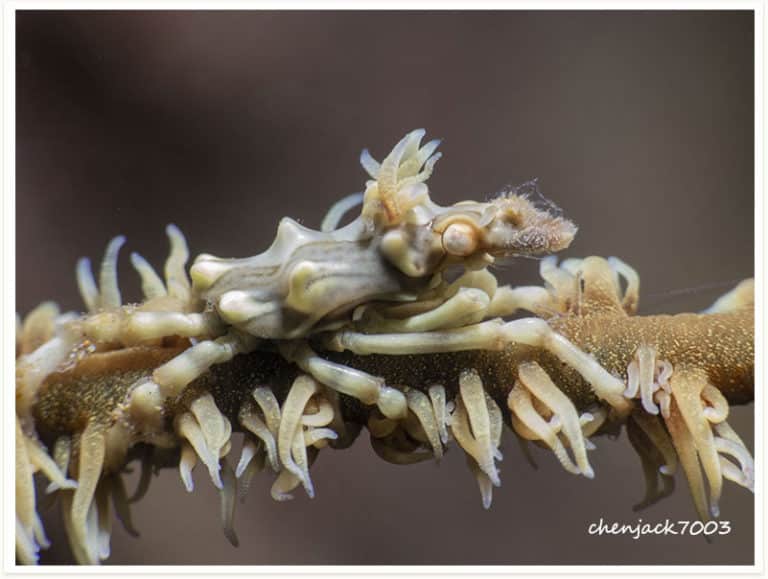
Jorunna alisonae is a species of sea slug, a dorid nudibranch, a shell-less marine gastropod mollusc in the family Discodorididae.
This species was described from Hawaii. Previously identified with the European Jorunna tomentosa.
Jorunna alisonae is a common species usually found in the intertidal zone or shallow depths at protected to moderately exposed rocky sites. It feeds on the violet-brown sponge Haliclona permollis.
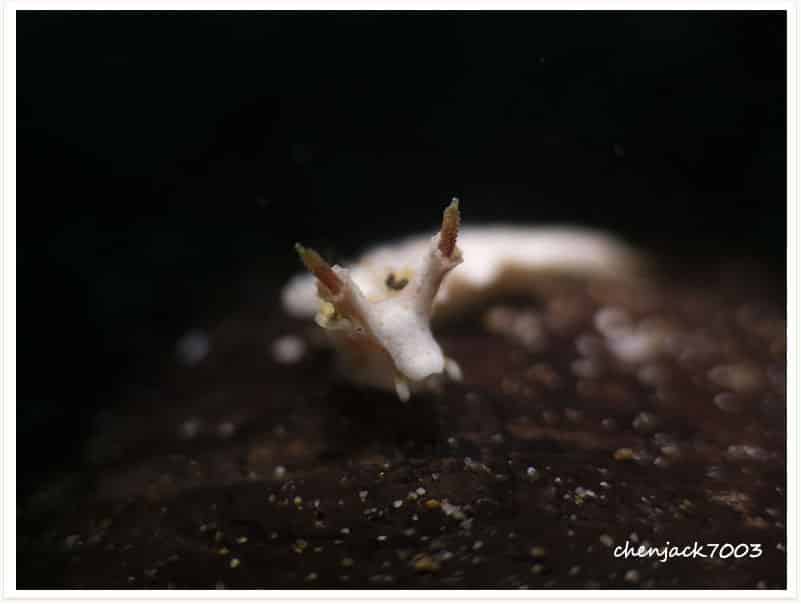
Melibe is a genus of sea slugs, nudibranchs, marine gastropod mollusks in the family Tethydidae. Most nudibranchs are carnivores, but their prey is usually sessile or slow-moving animals such as sponges or bryozoans. In contrast, Melibe is an active predator which traps fast-moving free-swimming animals such as small crustaceans, using its extendable oral hood.
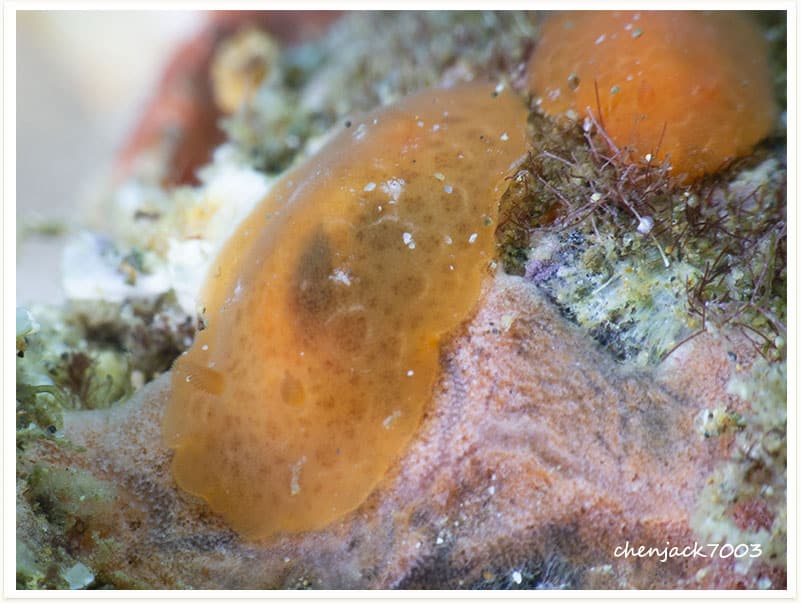
Sagaminopteron nigropunctatum is een slakkensoort uit de familie van de Gastropteridae. De wetenschappelijke naam van de soort is voor het eerst geldig gepubliceerd in 1973
door Carlson & Hoff.
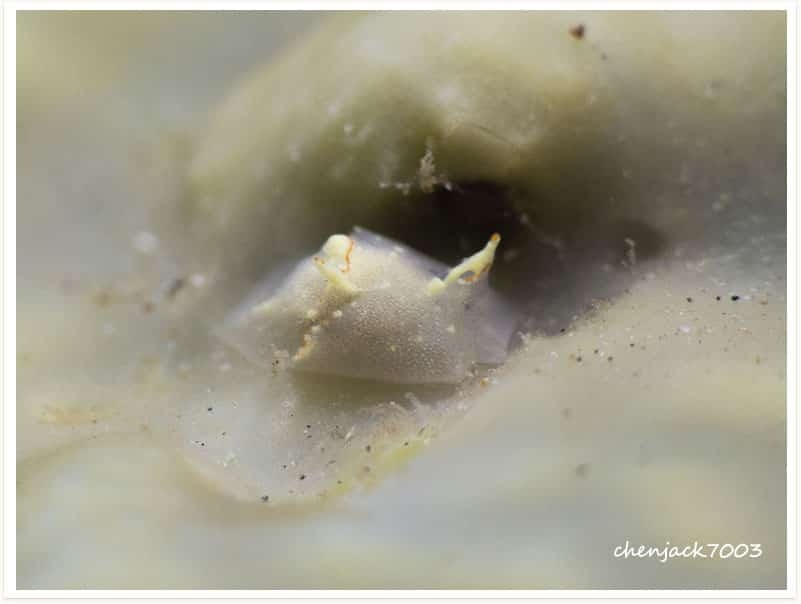
Stiliger is a genus of small and minute sacoglossan or sap-sucking sea slugs. They are marine gastropod mollusks in the family Limapontiidae.
They somewhat resemble nudibranchs, but are not closely related to them. They are a rich green in color, caused by the green algae they eat.
Stiliger is a genus of small and minute sacoglossan or sap-sucking sea slugs. They are marine gastropod mollusks in the family Limapontiidae.
They somewhat resemble nudibranchs, but are not closely related to them. They are a rich green in color, caused by the green algae they eat.
Phestilla melanobrachia is a species of sea slug, an aeolid nudibranch, a marine gastropod mollusk in the family Trinchesiidae.
There are two known colour forms of Phestilla melanobrachia, black and orange. Both of these feed on corals in the family Dendrophylliidae and have been found to be genetically identical.
Marin, I. (2012). The “Hamopontonia corallicola” Bruce, 1970 species complex (Crustacea, Decapoda, Palaemonidae): new records and new species from the Great Barrier Reef, Australia. Zootaxa. 3272: 35-56.
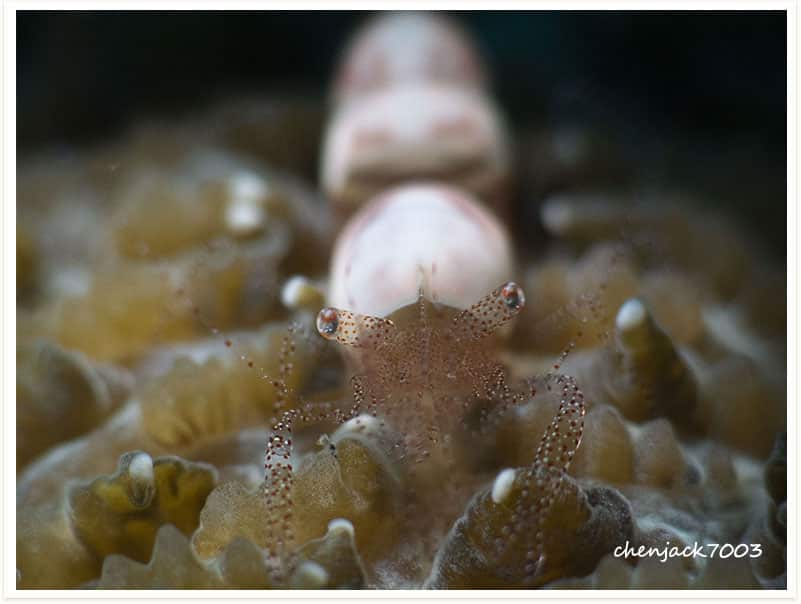
Periclimenes affinis is a species of shrimp found in the Pacific and Indian Oceans.It was first named by Leo Zehntner in 1894.
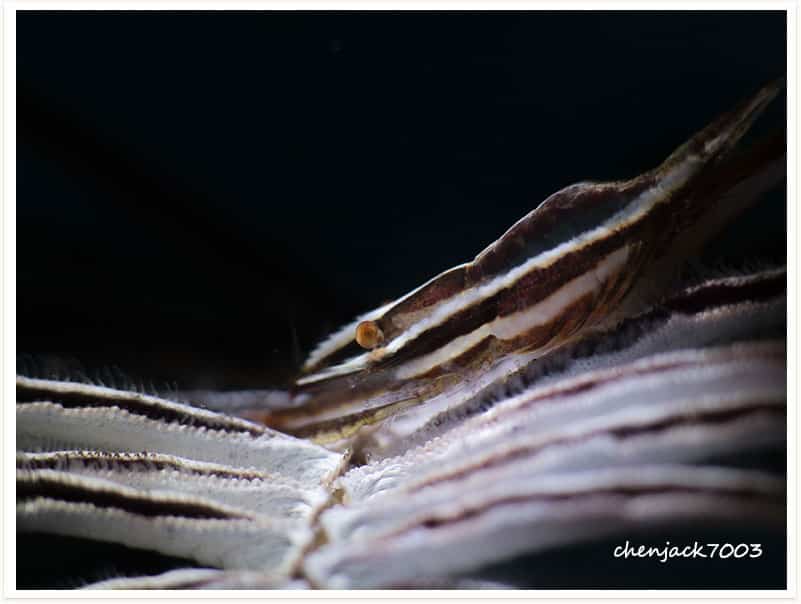
Crustaceous species is Stegopontonia commensalis . It was first described by Giuseppe Nobili in 1906. Stegopontonia commensalis belongs to the genus Stegopontonia in the family Palaemonidae. So far no one was able to send in the perfect solution, which is not strange.
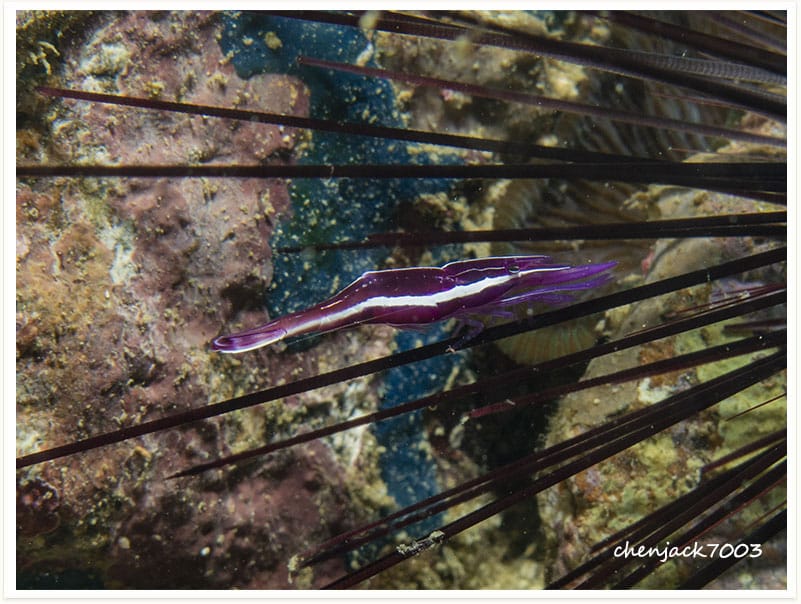
Lambis scorpius, common name the scorpion conch or scorpion spider conch, is a species of large sea snail, a marine gastropod mollusk in the family Strombidae, the true conchs.
The size of an adult shell varies between 95 mm and 220 mm.
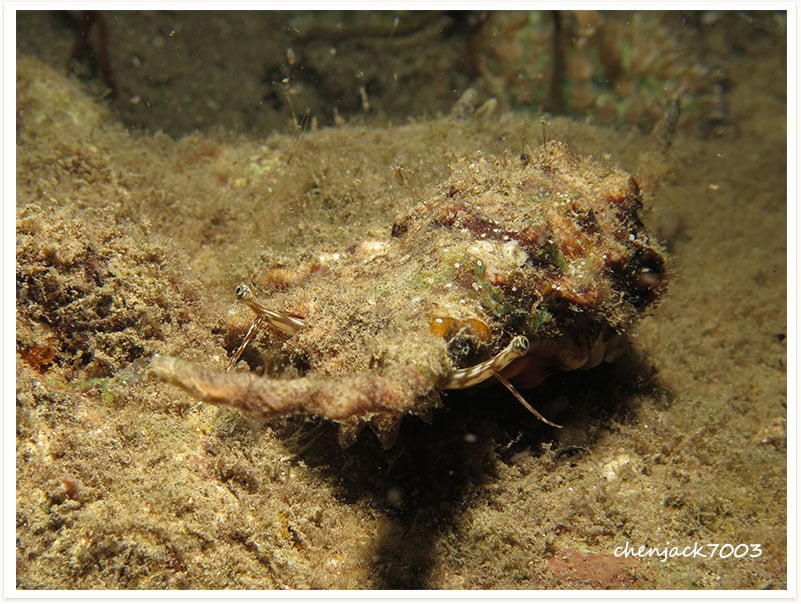
Leporicypraea mappa (previously known as Cypraea mappa), common name the map cowry, is a species of large sea snail, a cowry, a marine gastropod mollusk in the family Cypraeidae, the cowries.
This is considered an economically important species in the Indo-West Pacific, where it is usually collected both for food and for shell trading.
Thyca crystallina is a species of sea snail, a marine gastropod mollusc in the family Eulimidae. It is one of nine species within the genus Thyca, all of which are parasitic on starfish in the Indo-Pacific Ocean. This species was first described in 1846 by the American conchologist Augustus Addison Gould as Pileopsis crystallina but was later transferred to Thyca.
Thorunna furtiva is a species of sea slug, a dorid nudibranch, a shell-less marine gastropod mollusk in the family Chromodorididae. It is the type species of the genus Thorunna.
This species was described from Camiguin, Luzon, the Philippines. It has been reported throughout the western tropical Indo-Pacific Ocean.
unknow

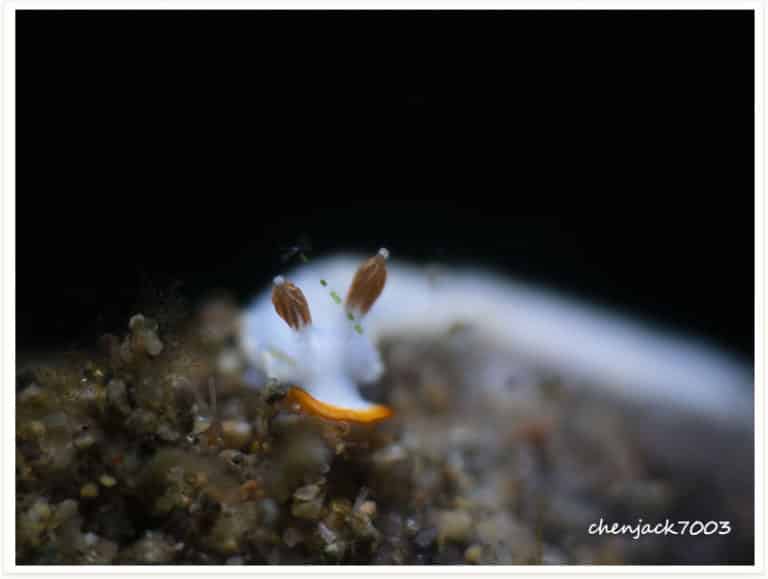
The body of Discodoris boholiensis is roughly oval-shaped, with a wavy margin, broad and rather flattened, up to 12 cm (5 in) long and 8 cm (3 in) wide. The head is not clearly demarcated from the body. The rhinophores are dark brown, with a vertical white line on the anterior surfaces, and are able to retract into their sheaths; these are also dark brown and have wavy margins. The dorsal surface of the sea slug has a thicker longitudinal ridge, the visceral hump, in the centre; it is translucent and whitish, with irregular brown patches and spots. There are six external gills, which can also be retracted, of which the hind two are divided into two branches; the gills are brown with a distinctive pattern of white lines. The edge of the mantle is undulating, leathery and semi-rigid, streaked in dark brown and creamy-white, beige or yellowish, and dotted with dark brown and white speckles. On the underside of the animal, the foot is long and oval, being much narrower than the mantle, and has a dark brown edge.
Elysia pusilla is a cryptic sea slug which grows to about 3 centimetres (1.2 in) long. Its colour and shape both match that of the alga on which it is feeding; on older foliage it is flattened and a mottled pale green, on fresh new growth it is a brighter shade of green and on the cylindrical shoots that sometimes develop, it adopts a more circular cross section.
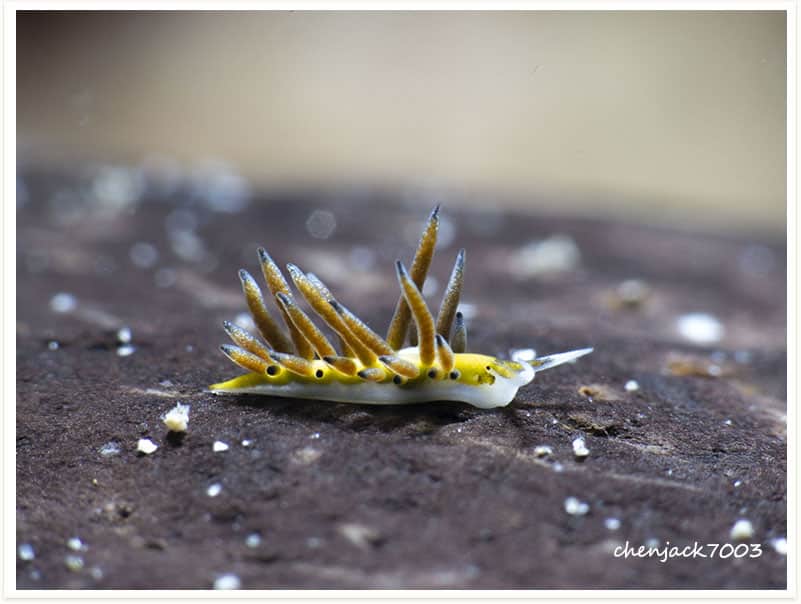
The original description included the following colour information: “Colour cream white, passing into cream yellow towards the margins, which are ornamented with a series of oblong violet spots. The central portion of the mantle is studded with numerous slightly elevated orange dots. Branchiae colourless, tentacles chocolate brown, laminae white. Under surface colourless, with the exception of a light tinge of the dorsal colours, which are transmitted through the pellucid mantle.”
Gittenberger A. & Gittenberger E. (2005). A hitherto unnoticed adaptive radiation: epitoniid species (Gastropoda: Epitoniidae) associated with corals (Scleractinia).
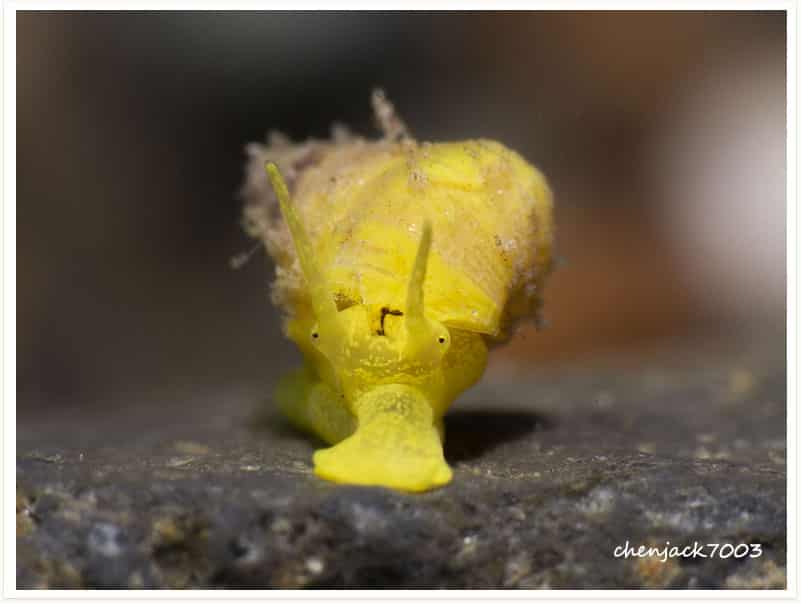
Cyclocoeloma tuberculata is a small size spider crab, its carapace reach an average length of 45mm from the rostral area to posterior tip.The back side of the carapace is rounded but the rostral area is going relatively far ahead and looks like a head with lateral position of the eyes. However, it’s quite difficult to observe the carapace’s shape on a living animal because it’s covered with anemones. The four ambulacry, when not too much decorated, are creamy color with brown bands. In the majids, the decoration is fixed on the carapace and legs via hooked hairs. The claws are quite small and are also used to decorate themselves. The reason they cover their body is to camouflage themselves from potential predators, especially during the day; C. tuberculata fixes sea anemones of the family Discosomatidae to its carapace, and soft corals of the family Xeniidae to its legs.
Amblygobius phalaena, the Sleeper Banded goby, white-barred goby, is a species of goby native to tropical reefs of the western Pacific Ocean and through the central Indo-Pacific area at depths of from 2 to 20 metres (6.6 to 65.6 ft). This species feeds by taking in mouthfuls of sand and sifting out algae, invertebrates and other organic matter. It can reach a length of 15 centimetres (5.9 in) TL. It is also of minor importance to local commercial fisheries and can also be found in the aquarium trade.
The blue-spotted wrasse, Anampses caeruleopunctatus, is a species of wrasse found from the Atlantic coast of South Africa through the Indian Ocean to Japan and Australia east to Easter Island in the Pacific Ocean (though absent from Hawaii). This species is found at depths from 3 to 30 m (9.8 to 98.4 ft), with the adults preferring the surge zone on coral reefs or along rocky coastlines. Juveniles orient their bodies and move in such a way as to resemble floating leaves. This species can reach a length of 42 cm (17 in). It is of minor importance to local commercial fisheries and can be found in the aquarium trade.
Bodianus dictynna, is a species of wrasse native to tropical and warm temperate waters of the Western Pacific, from the Indo-Malaysian Archipelago east to Tonga, as far north as Japan and as far south as Australia. It is most frequently recorded in association with living coral reefs and the juvenile fish usually occur near black coral and gorgonians, although they sometimes are found in caves near the ceiling. It feeds mainly on benthic invertebrates such as molluscs and crustaceans. The juveniles regularly behave as cleaner fish, removing parasites from other fish. The specific name dictynna is an alternative name for Diana, the Roman goddess of hunting, and refers to the close relationship between this species and Bodianus diana of the Indian Ocean, and a proposed common name of Pacific Diana’s pigfish also reflects this relationship.
The species is distinguished by its bluish mid-lateral stripe contrasting an orange or reddish body. Furthermore, it has a fan-like tail. A caudal fin is present, which is rounded with a white outline, the inside mostly black.The fish’s snout is elongated.
Males and females of the species grow to an average of 7 cm. A male will have a series of bumps and hooks on the upper surface of its snout, while a female will have a smooth snout. Males mature around lengths of 31 mm.
Scarus tricolor is a greenish parrotfish which normally shows pinkish or yellowish tints on the posterior portion of its body and a purplish band just inside the margin of each lobe of the caudal fin. The females are dark grey to almost black shading to blue to bluish-green on the lower flanks, with black edging to the scales, a red tail fin, an orange anal fin and sooty yellowish to orange pelvic fins. The terminal phase males are similar to those of Scarus forsteni, the most notable difference being that S. tricolor has a yellow inner pectoral axil.
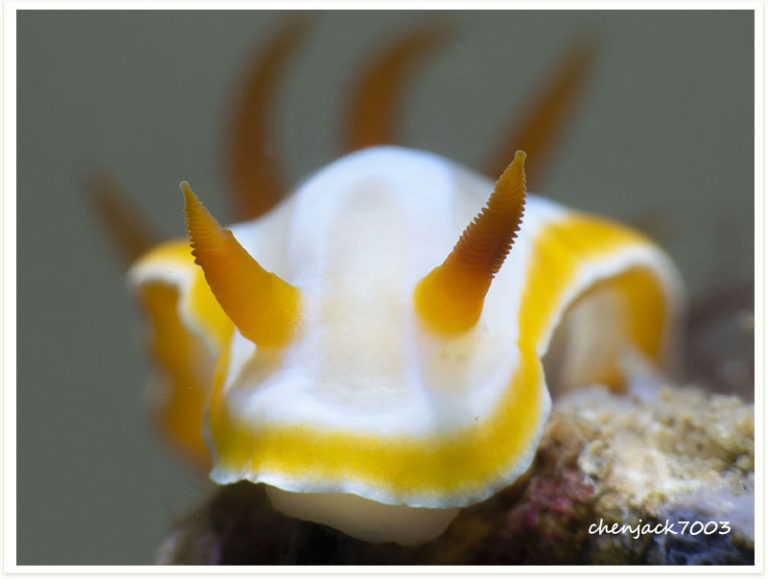
This species of shrimp can be easily confused with Allogalathea elegans (crinoid squat lobster) due to its long chelipeds, the visible shape of its cephalothorax, its abdomen slightly curved under the body and by its colours. However, Allopontonia brockii differs in several points from Allogalathea elegans:
unknow
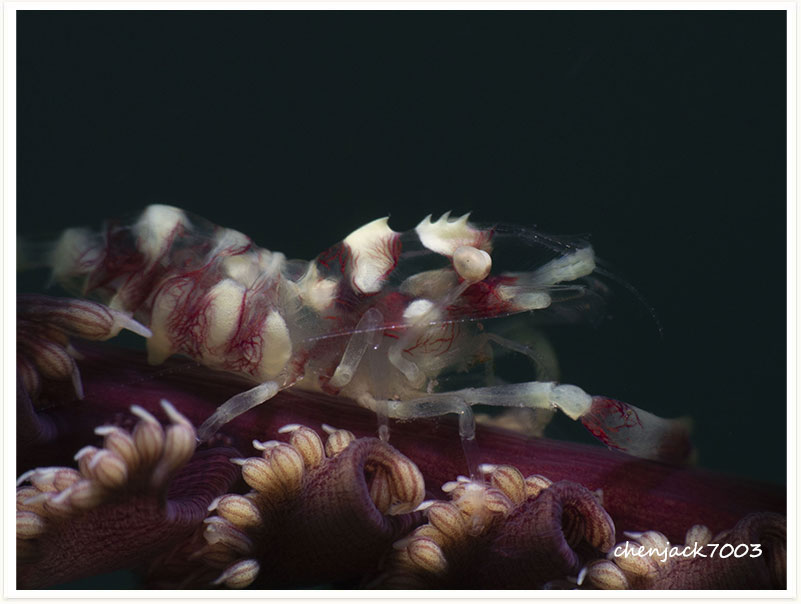
The visible part of its body corresponds to its oral region and forms a flexible disc, when it is deployed, endowed with cone-shaped tentacles. Its diameter can reach 40 centimetres (16 in) and its coloration is light beige to brown.
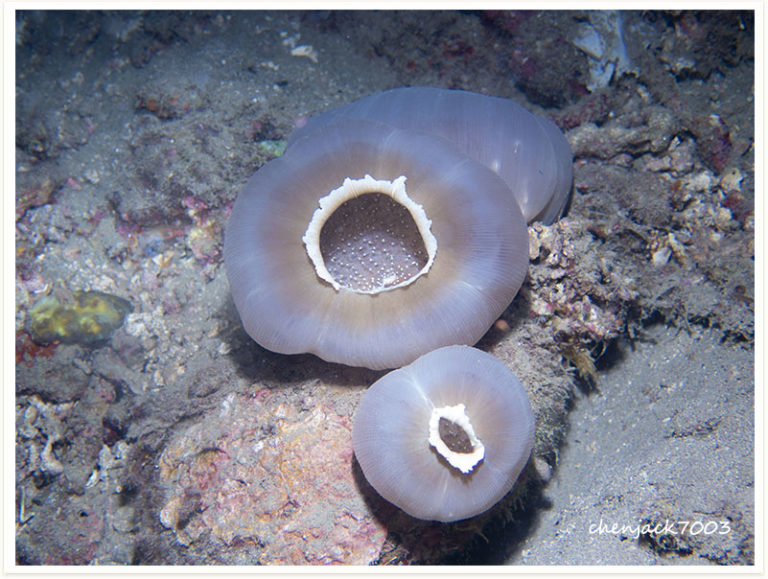
These pen shells can reach a length of about 80–90 cm (31–35 in). They are characterized by thin, elongated, wedge-shaped, and almost triangular shells with long, toothless edges. The surface of the shells shows radial ribs over their entire length.
Pinna is distinguished from its sibling genus Atrina by the presence of a sulcus dividing the nacreous region of the valves, and the positioning of the adductor scar on the dorsal side of shells.
As a member of the class Echinoidea, the anatomy of Diadema setosum is that of a typical sea urchin. All of the animal’s internal organs are enclosed within the spherical, black test that is essentially the body of the organism. However, the body is not perfectly spherical – Diadema tests are slightly dorso-ventrally compressed. Protruding outwards from the central body are the long spines iconic of a sea urchin’s appearance. Like the other members of the family Diadematidae, the spines of D. setosum are extremely long and narrow in proportion to its body. The spines, often black but sometimes brown-banded, are hollow and contain a mild venom. D. setosum can be distinguished from other species in the genus Diadema by the presence of five white spots on the animal’s test, strategically located between the urchin’s ambulacral grooves.
unknow
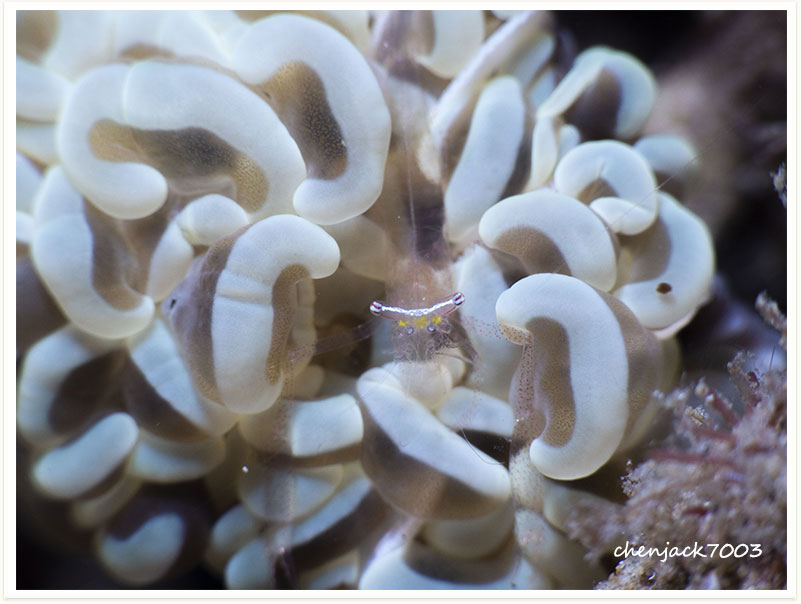
With shelters on caps of sponges, ascidians, actinians or colonial cnidarians.
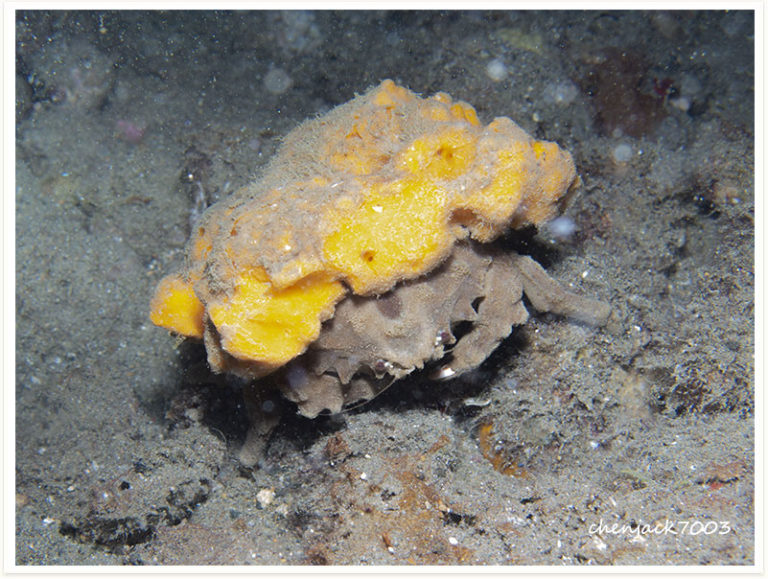
The body of this fish is yellowish brown with 1-2 broad lighter vertical bars, one running from near the origin of the dorsal spine to the belly, and sometimes another running from the middle of the back to the center of the body. A black bar runs vertically across the eye, and the part before this is whitish, with a black snout. The color varies somewhat across the range; western specimens usually have one beige bar, while eastern ones have two white bars. There may be numerous dotted horizontal stripes on the sides, or another dark band between the two light ones in eastern specimens.
This is a small wrasse, averaging 10 cm long (14 cm max). It can be recognized thanks to a wide longitudinal black stripe running along the side and eye; the back and the stomach are white (sometimes slightly yellowish). This white part changes to a bright blue on the front of the animal, while the black band widens at the tail. The young are black with an electric blue line.
The shells of these very common cowries reach on average 35–45 millimetres (1.4–1.8 in) of length, with a minimum size of 20 millimetres (0.79 in) and a maximum size of 100 millimetres (3.9 in). The shape is usually pear-shaped, the dorsum surface is smooth and shiny and may be pale or dark brown, with several small white spots. The margins and the extremities are clearer, while the base is generally white, with a wide sinuous aperture and long labial teeth. The margins show also numerous thin vertical whitish lines. The juvenile forms have two-three clearer trasversal bands on the shell dorsum. These shells are quite similar and may be confused with the shells of Lyncina camelopardalis. In the living cowries the mantle is grey-brown and almost transparent, with long whitish tree-shaped papillae. Mantle and foot are very well developed, usually with external antennae.
The main body of the octopus is normally 8 centimeters (3 in) long and including the arms, approximately 15 centimeters (6 in) long. The octopus displays a typical color pattern with dark ramified lines similar to veins, usually with a yellow siphon. The arms are usually dark in color, with contrasting white suckers. In many color displays, a lighter trapezoidal area can be seen immediately below the eye.
Bulbonaricus brauni (Braun’s pughead pipefish) is a species of marine fish of the family Syngnathidae. It is found in the Eastern Indian Ocean, from Indonesia to Western Australia, and off the Ryukyu Islands of Japan. It lives among coral reefs at depths of 1-10m, and can grow to lengths of 5.5 cm. This species is ovoviviparous, with the males carrying eggs in a brood pouch until they hatch. The specific name honours “the collector” Mr J. Braun who brought the living holotype to the Western Australia Museum
Redtoothed triggerfish are normally deep purple with bluish-green markings on their heads and glowing light blue margins on the tail lobes and fins. Just like other fish in the family Balistidae, the tail is lyre-shaped. The mouth of the triggerfish seems to be grinning and it maintains tiny red teeth that are needle sharp with two teeth in the upper jaw which can be seen when its mouth is closed. These triggerfish are one of the more peaceful triggers in the family but can become threatening with age and can perform a grunting-type sound. They have the ability to change their colour depending on their mood, food, feeding and water quality from purple to blue and to bluish-green.
Paragobiodon is a genus of gobies native to reef habitats of the Indian Ocean and the western Pacific Ocean.
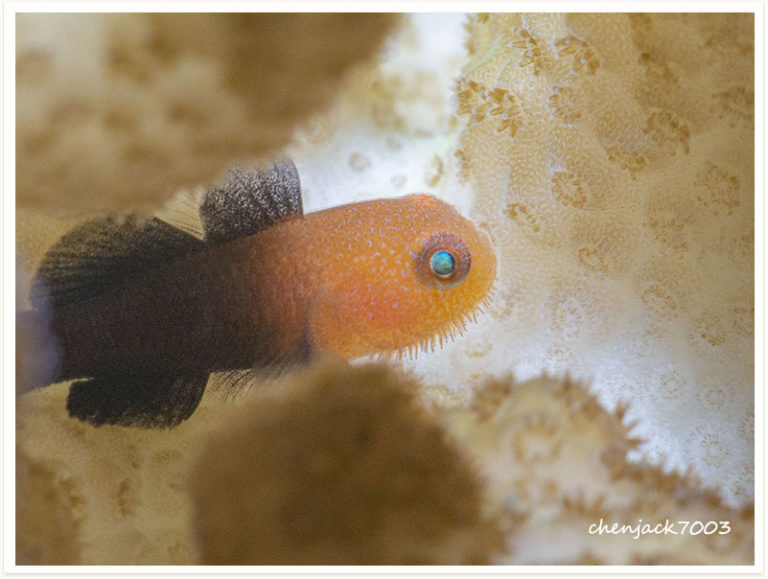
Paragobiodon is a genus of gobies native to reef habitats of the Indian Ocean and the western Pacific Ocean.
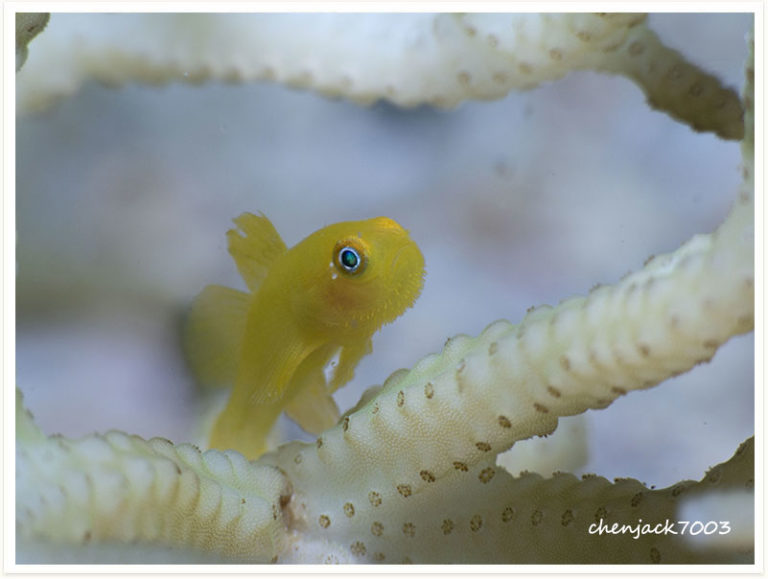
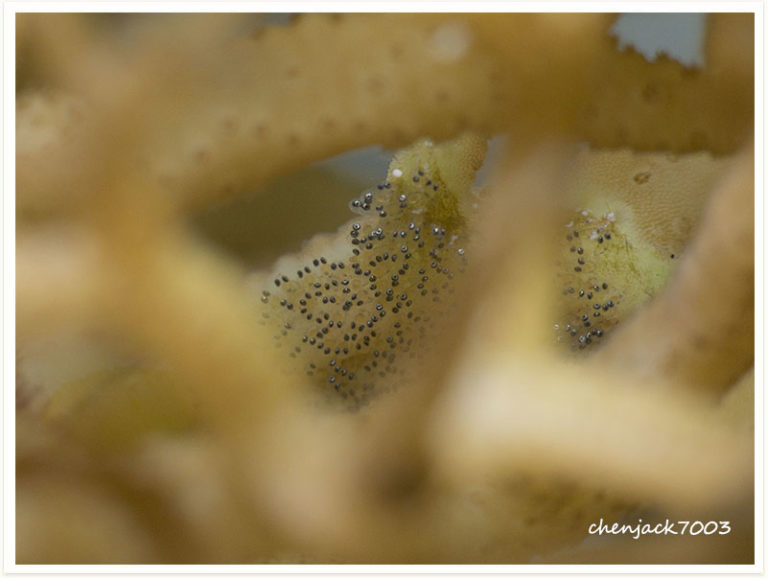
Petroscirtes variabilis, the variable sabretooth blenny, variable fangblenny, or the variable blenny, is a species of combtooth blenny found in the western Pacific and Indian ocean. This species reaches a length of 15 centimetres (5.9 in)
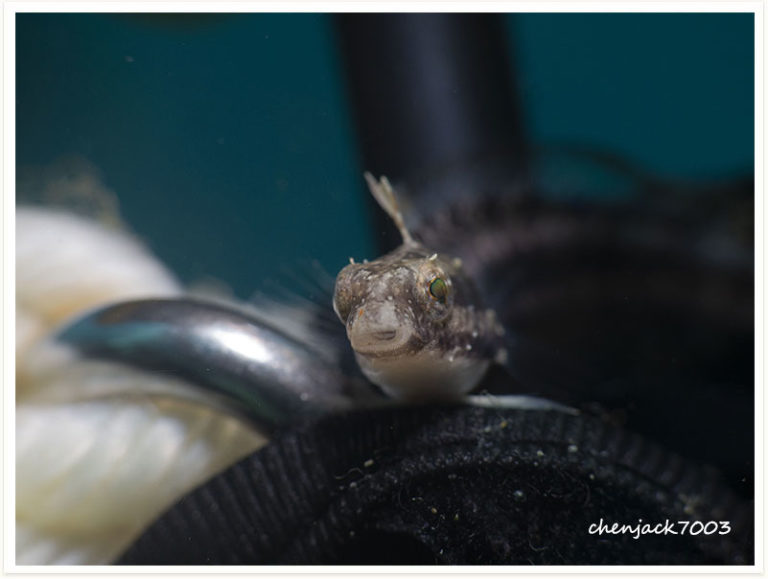
Pseudanthias pleurotaenia also known as the squarespot anthias, pink square anthias, mirror basslet or squarespot fairy basslet is a species of marine ray-finned fish in the subfamily Anthiinae of the family Serranidae, the groupers and sea basses. This species of Pseudanthias is a reef dwelling fish of the Pacific Ocean. It occasionally makes its way into the aquarium trade and grows to a size of 20 cm in length. The males are deep pink and orange in colour with a large quadrilateral purplish blotch on the flank, a red tip on the posterior margin of the dorsal fin, the caudal fin lobes have mauve tips and there is a reddish stripe which runs from the snout through the eye and through the base of the pectoral fin to the base of the tail. Females and juveniles are yellowish in colour with orange edges to their scales and they have two purple stripes which run from the eye along the lower flanks to the base of the tail.
P. tile can reach a length of 25 cm (9.8 in). The back of the body is dark blue, while the flanks show a bluish-green strike with a black stripe along the lateral line. The lower third of the body varies from white to pinkish. The lower half of the body turns bright red at night (hence the common name neon fusilier). It is oviparous and not migratory; it feeds on zooplankton.
The moon wrasse (Thalassoma lunare) also known as the cresent wrasse or lyretail wrasse, is a species of wrasse native to the Indian Ocean and the western Pacific Ocean. It is an inhabitant of coral reefs and surrounding areas at depths from 1 to 20 m (3.3 to 65.6 ft). Moon wrasses are carnivorous and tend to prey on fish eggs and small sea-floor dwelling invertebrates. This species can reach 45 cm (18 in) in total length. It is of minor importance to local commercial fisheries and can also be found in the aquarium trade.
unknow
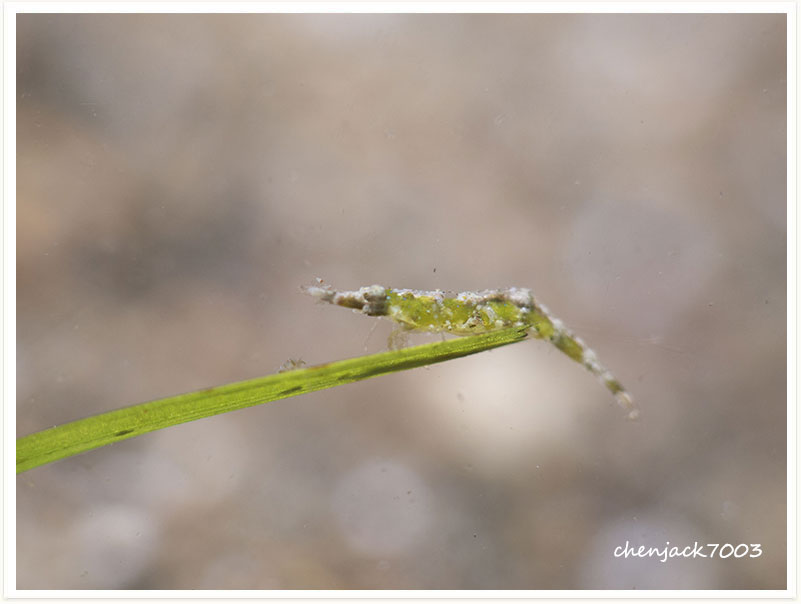
Aluterus scriptus is a medium size fish which can grow up to 110 cm (3.6 ft) in length. The body shape looks like an elongated oval, strongly compressed. Its background body coloration is olive-brown or grey depending on its surrounding environment, irregular blue lines and spots are distributed on the body mixed with some black spots mainly on the head. The colors may quickly vary depending on background similar to an octopus’s. Fish observed in the Virgin Islands might lie flat on the sand and become pure white or change to any of the other representative colors. The mouth is small and at the end of its pointed snout. Like all the Tetraodontiformes, it has no pelvic fin but has two particular dorsal spines; the first anterior one is long, slender and erectile, located just over the eyes, the second is small and not easy to see but it locks the first one when it is erected.[3] The rounded caudal fin is quite long and can be displayed as a fan.
Bryaninops natans, known commonly as the redeye goby, is a species of marine fish in the family Gobiidae.
The redeye goby is widespread throughout the tropical waters of the Indo-Pacific area, including Red Sea.
B. natans is a small size that can reach a maximum size of 2.5 cm length.
The whip coral goby has a semi-transparent head and body, with white scales running along its vertebra. Its head is reddish-brown to violet in color and the goby has pink to violet-red eyes. Their coloration is noted to match the color of the coral they inhabit. The fish is approximately 3 to 3.5 centimeters long. Healthy whip coral gobies have seven dorsal spines, seven dorsal soft rays, one anal spine and seven anal soft rays. They also have cup-like pelvic fins and gills that open below the base of the pectoral fins.
Common in the Solitary Islands Marine Park. Widespread tropical Indo-Pacific: East Africa and Red Sea to the Western Pacific. In Australia recorded from southern Western Australia, across the tropical north, south through Queensland to central New South Wales, and including Lord Howe Island.
The checkerboard wrasse is a small sized fish that can reach a maximum length of 27 centimetres (11 in). Both its sex and appearance change during its life, and the colouring at each stage is rather variable based on location. The body is thin, relatively lengthened and its mouth is terminal.
Parupeneus barberinoides, the bicolor goatfish, is a species of goatfish native to the western Pacific Ocean. An inhabitant of coral reefs, it can be found at depths of from 1 to 40 metres (3.3 to 131.2 ft). This species can reach a length of 30 centimetres (12 in) TL though most are only around 20 centimetres (7.9 in). This is a commercially important species and can also be found in the aquarium trade.
Typical of stargazers, its body is somewhat dorso-ventrally flattened, lacks a swimbladder, and has been found as large as 35.0 centimeters in length, but is usually between 20–30 cm. Its head and jaws are rotated upward, and has very large eyes and mouth. Its body is brown in color and can have numerous small light spots, with a lighter belly. It lives to about 5 or 6 years, and females are larger in size than males.
Gymnothorax fimbriatus is a medium-sized moray which can reach a maximum length of 80 centimetres (31 in).Its serpentine in shape body has a white cream to light brown background color dotted with numerous black spots which latter vary in size and shape depending on the individual and maturity. Its head has a tapered snout and it’s greenish yellow with black dots, the corners of the mouth are white.
This species was described from among roots of eel grass (Cymodocea ciliata) at Oyster bay, Dar-es-Salaam, Tanzania.[1] It has been reported from Heron Island, Queensland, Australia.
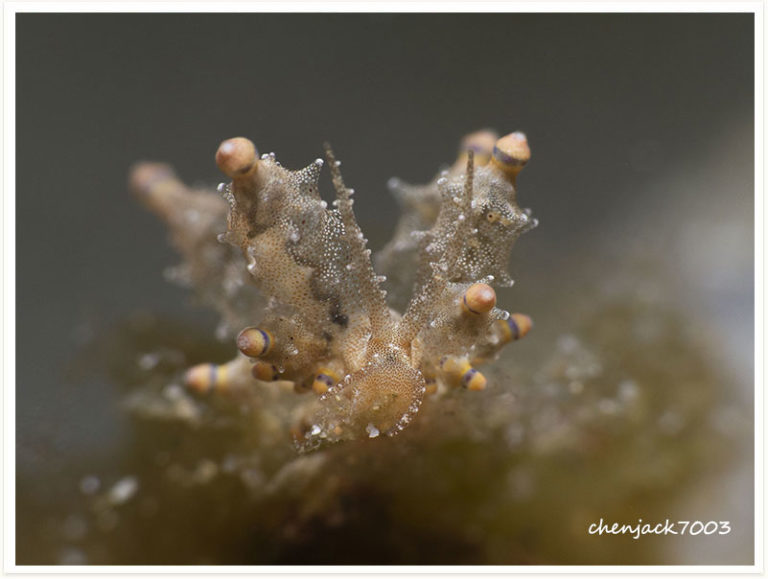
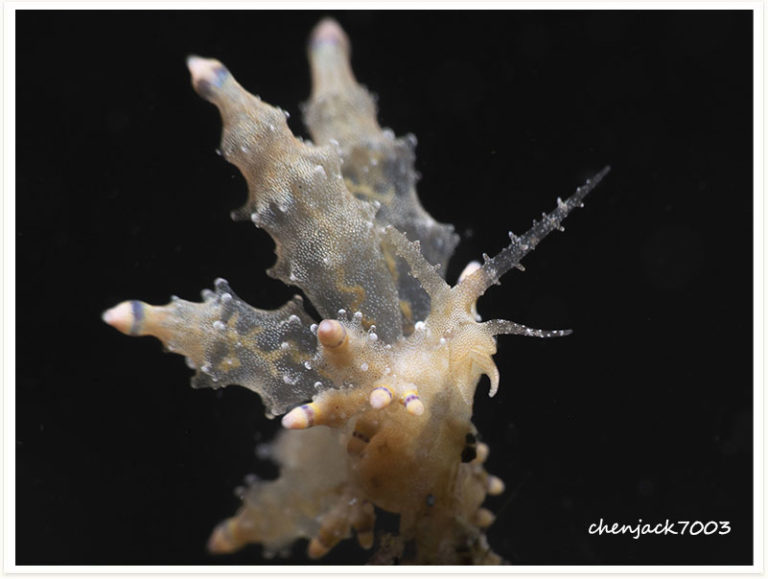
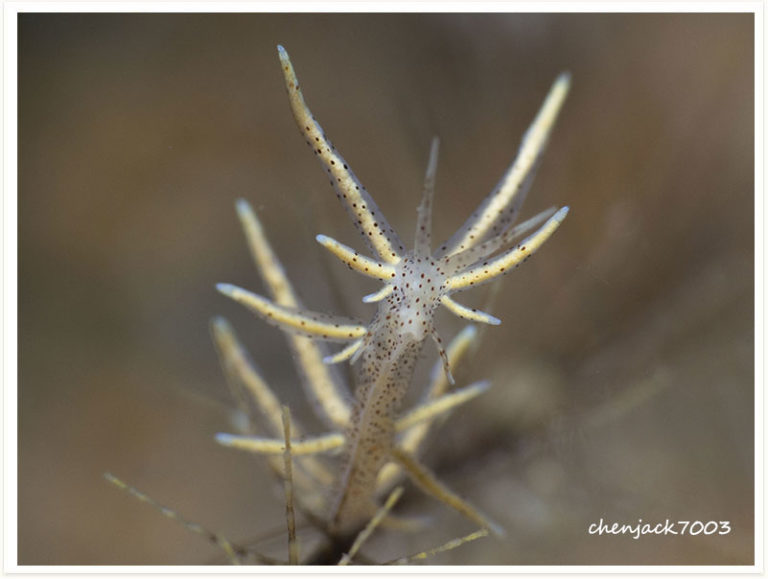
Phyllodesmium lembehense is a species of sea slug, an aeolid nudibranch, a marine gastropod mollusc in the family Facelinidae.
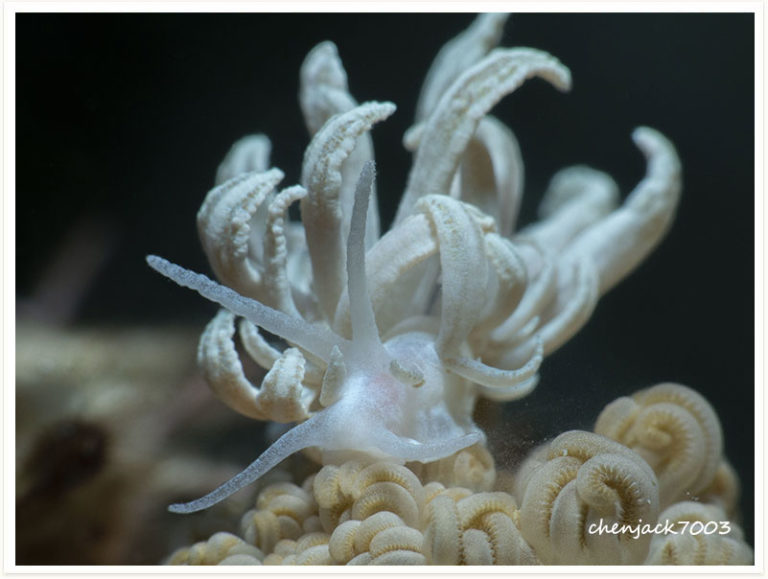
Samla riwo typically reaches a length of 20 mm when fully mature. It has a translucent white body covered with a lacy, white network of pigment. The oral tentacles are expanded at the tips into spear-like points or paddles. The bottom 2/3 of each of the cerata is translucent with pale peach-coloured digestive gland. Above this region there is a purple band around the ceras, followed by a white tip. The rhinophores have a bare, cylindrical basal region followed by a perfoliate club with 16-22 densely packed lamellae.
The giant clams are the members of the clam genus Tridacna that are the largest living bivalve mollusks. There are actually several species of “giant clams” in the genus Tridacna, which are often misidentified for Tridacna gigas, the most commonly intended species referred to as “the giant clam”.
Diminovula culmen is a species of sea snail, a marine gastropod mollusk in the family Ovulidae, the ovulids, cowry allies or false cowries.
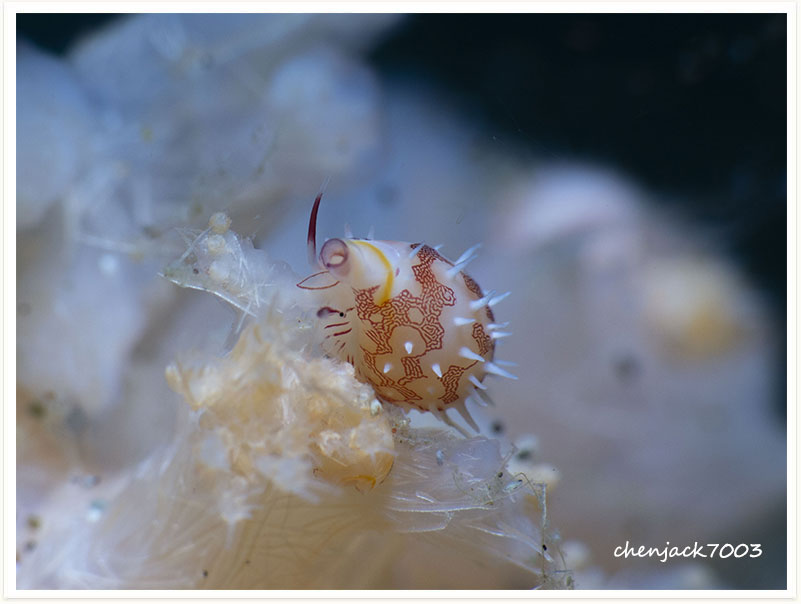
Brittle stars or ophiuroids are echinoderms in the class Ophiuroidea closely related to starfish. They crawl across the sea floor using their flexible arms for locomotion. The ophiuroids generally have five long, slender, whip-like arms which may reach up to 60 cm (24 in) in length on the largest specimens. They are also known as serpent stars; the New Latin class name Ophiuroidea is derived from the Ancient Greek ὄφις, meaning “serpent”.
Hypselodoris variobranchia has a deep purple body with a broad solid white border to the mantle. The bulb of the rhinophores is orange, with purple sheaths. The gills may be orange or deep purple. There is a tall gill pocket which is also deep purple in colour. This species has frequently been reported as Hypselodoris bullocki. This is a large nudibranch, reaching 50 mm in length.
A brown to reddish-brown rockcod, covered in bluish to cream spots, and often with mottling and several pale bars on the sides. Juveniles are bluish-grey to brownish with yellow fins (except pectoral fins).
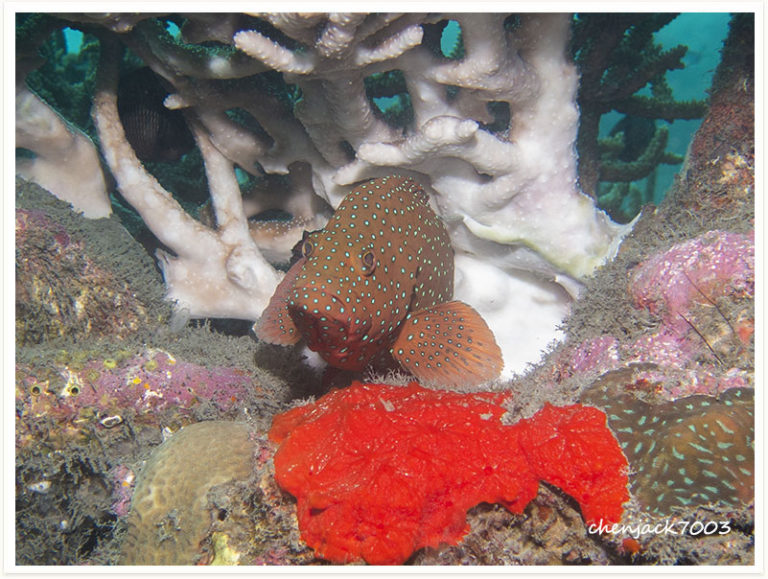
Epinephelus fuscoguttatus is a medium-sized fish which grows up to 120 cm, but the average size mostly observed is 50 cm.Its body has a stocky and robust aspect, is compressed laterally and has a sharp profile for the head. The mouth is big and has a superior position with many small teeth and canine in front. The background coloration is pale yellowish-brown with many irregular in size and shape dark brown or Grey blotches. The body is also covered with many small dark brown spots. All the fins are large and round.
The midnight snapper (Macolor macularis) is a marine fish native to the western Pacific Ocean.
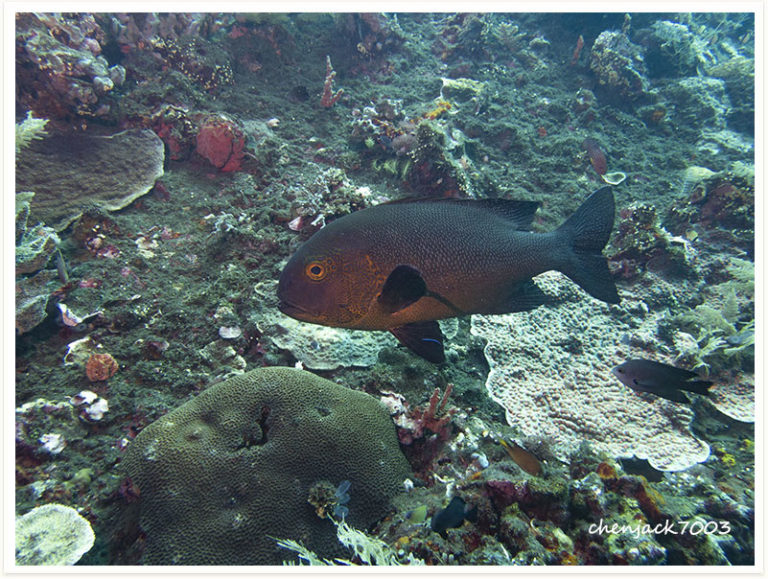 .jpg)
.jpg)
Plectorhinchus gibbosus, commonly known as the Harry sweetlips, is a marine fish native to the Western Pacific and Indian Oceans.
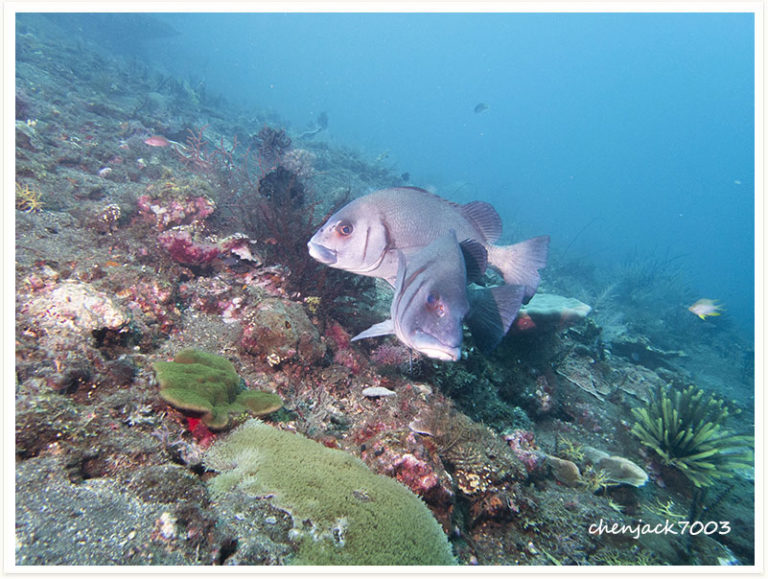
It is a large butterflyfish, at up to 30 cm (nearly 12 in) long together with the Lined Butterflyfish (C. lineolatus) the giant among its genus. In shape it resembles certain angelfishes more than most of its relatives. The overall color is yellowish grey, with a large black spot bordered below by a broad white band on the back and wavy blue lines on the lower sides. The throat and the outline of the hind parts is bright yellow. Adults have a filament extending posteriorly from the upper part of the soft portion of the dorsal fin.
Solenostomus halimeda can reach a length of 6.5 cm (2.6 in), and is the smallest of the ghost pipefishes. Its body is most often green, but can be red or any other color of the algae or coral in which it is hiding. This cryptic species looks very similar to the macroalga Halimeda. This uncommon species is related to pipefishes and seahorses. It can be distinguished by its large head that is about the same length as the rest of its body. The caudal fin is small and similar in form and size to the dorsal and pectoral fins.
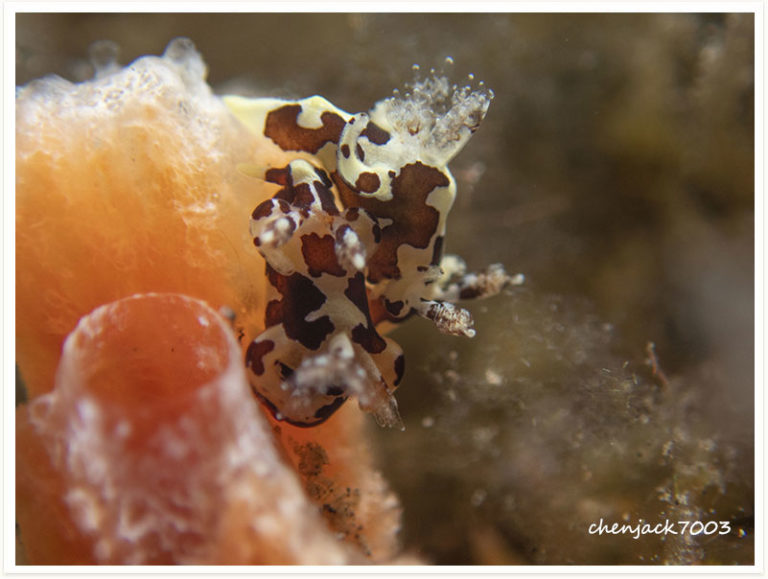
The white-spotted puffer (Arothron hispidus) is a medium to large-sized puffer fish, it can reach 50 cm length. It is light grey in color, or greyish or yellowish, and clearly covered with more or less regular white points, that become concentric contrasting white and dark grey lines that radiate around the eyes and pectoral fins. The ventral part is white. The “shoulder” (around the pectoral fins) is dark. It also has concentric contrasting white and dark grey lines that radiate around the eyes and pectoral fins.
The urchin crab is a brownish-pink colour and grows to a length of about 5 cm . It has long-stalked eyes, a rounded carapace and long, slender legs. It uses only the first two pairs of legs for locomotion because the third and fourth pairs are used to grip a sea urchin which it carries around on its back. It is similar in morphology to the jellyfish crab (Ethusa spp.) but is easily distinguished by the different invertebrate transported. It also resembles decorator crabs[2] but those actually stick living creatures such as sponges, hydroids and bryozoans, bits of algae and inert objects to their shells.
The threespot dascyllus (Dascyllus trimaculatus), also known as the domino damsel or simply domino, is a species of damselfish from the family Pomacentridae. It is native to the Indo-Pacific from the Red Sea and East Africa, to the Pitcairn Islands, southern Japan, and Australia. Its grey to black body has two lateral white spots and one between the eyes like domino hence the name; the threespot dascyllus grows up to 13 cm in length. Coloration is somewhat variable; the spot on the forehead may be absent and the lateral spots very much reduced. It feeds on algae, copepods and other planktonic crustaceans.
The Pacific daisy parrotfish is widespread throughout the tropical waters of the Pacific region, including the Hawaiian Islands. The female has a dark coloration with four pairs of white spots on the back part of its body just before the caudal peduncle. The latter and the caudal fin are whitish with black patch. There is great variation in the coloration within the males of this species. Their body is greenish with big scales outlined with purple-blue lines, three purple-blue stripes around the mouth, an orange patch on the chick with also a white one just upper the latter.
Aseraggodes is a genus of soles native to the Indian and Pacific oceans. These small flatfishes are poisonous.
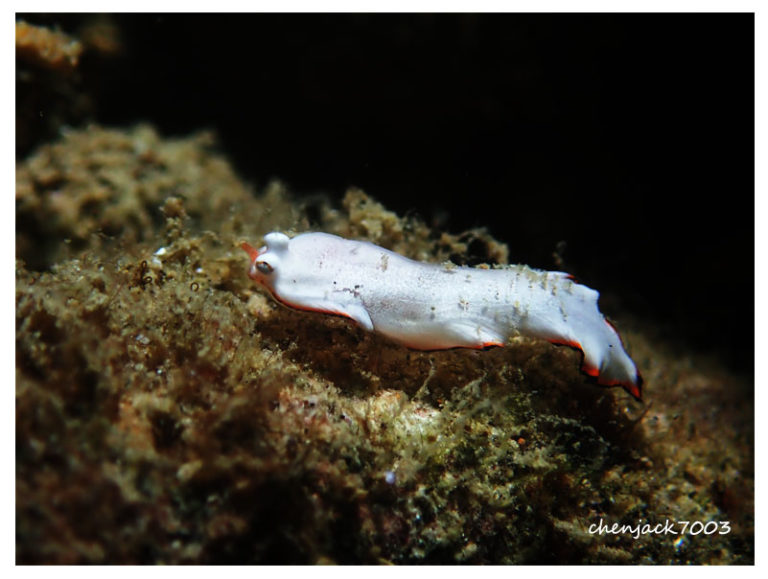
Micrognathus andersonii es una especie de pez de la familia Syngnathidae en el orden de los Syngnathiformes.
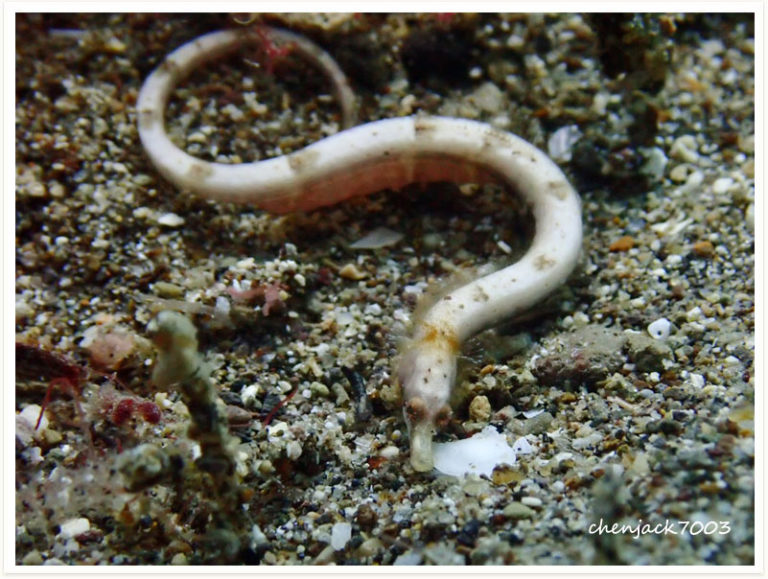
The diameter when fully grown is slightly greater than the height of an average man. The species was named in tribute to Mr. Kan’ichi Nomura (C18–C19), Director General of the Fukui Prefectural Fisheries Experimental Station, who in early December 1921 sent a specimen in a 72-litre wooden tank to Professor Kishinouye, who found that it was unknown and spent some time at the station to study living specimens.
Lethrinus olivaceus can reach a length of about 70–100 centimetres (28–39 in). This large lethrinid has a very long snout, with dark wavy streaks. The basic color of the body is olive-grayish, usually with various irregular darker blotches, but it can have different colour and pattern for a better camouflage. It has 10 dorsal spine, 9 dorsal soft rays, 3 anal spines and 8 anal soft rays. Juveniles show a more forked caudal fin. This species is very similar to Lethrinus microdon.
Mexichromis trilineata usually ranges from 7 mm to 15 mm in length, with an elongate to broadly oval body shape. The tail extends slightly beyond the posterior margin. Mexichromis trilineata have three yellow longitudinal bands outlined in white, with the entire mantle edged with a fine white line. They have a few patches of yellow edged with white around the mantle edge, and the defensive mantle glands, arranged around the edge in roughly two series, are visible as pale pink patches. The gills and rhinophores are typically violet at their bases and then translucent white with red markings.
Ostracion solorensis is a species of boxfish native to the western Pacific Ocean. Its common name is reticulate boxfish. It grows to 12 centimeters in length. It is sometimes kept as an aquarium fish.
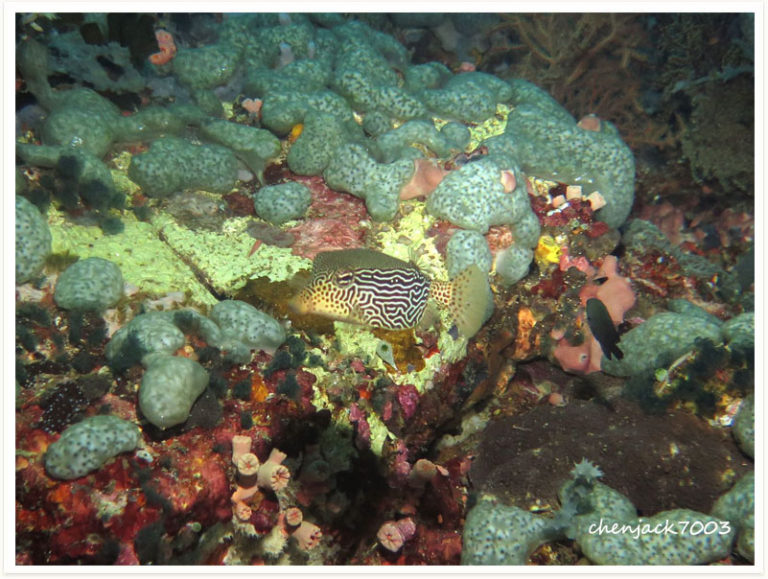
Reaching 60 mm in length, Chromodoris joshi is yellow with three black stripes on its mantle. The marginal band fades from dark golden yellow at the edge, to a buttery yellow. It is covered with white flecks. The rhinophores and gills are a pumpkin orange.
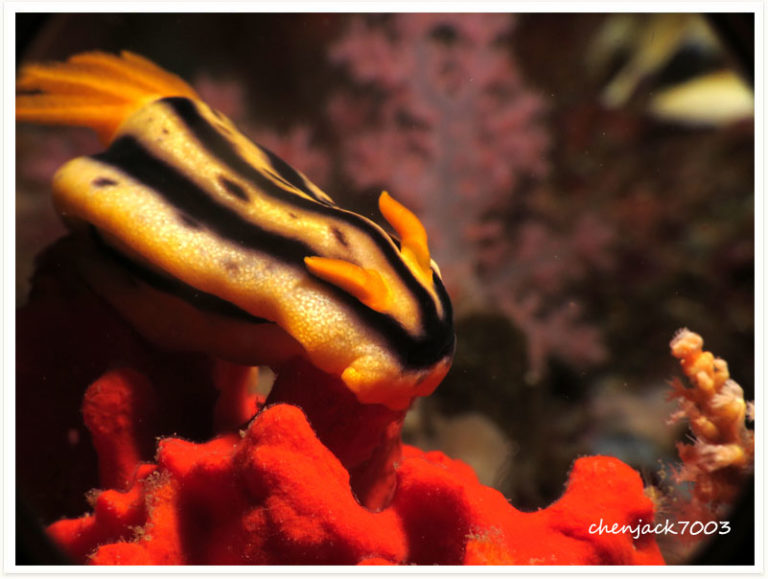
Elysia expansa is a snail species in the Plakobranchidae family. The scientific name of the species was first validly published in 1924 by O’Donoghue.
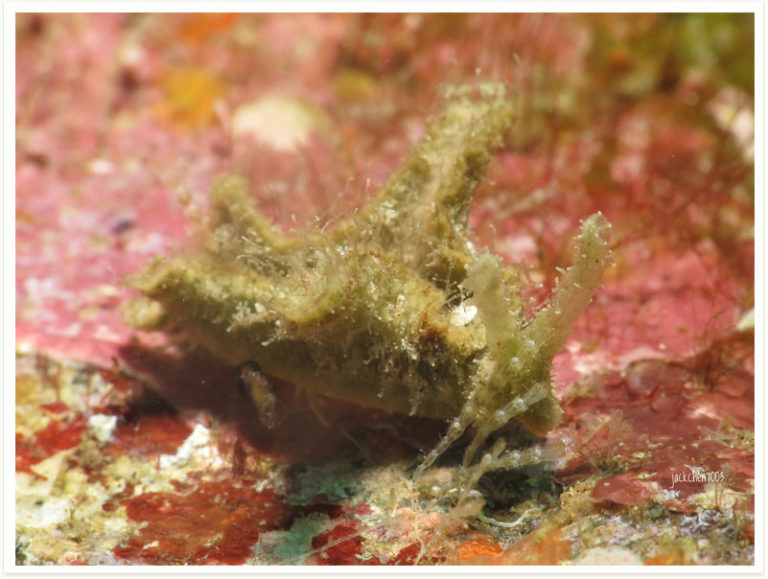
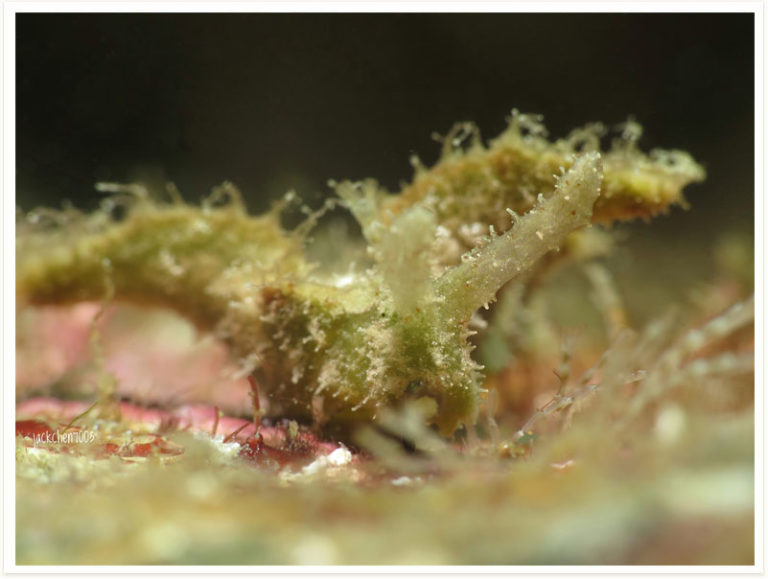
Goniodoridella is a genus of sea slugs, specifically dorid nudibranchs, marine gastropod molluscs in the family Goniodorididae.
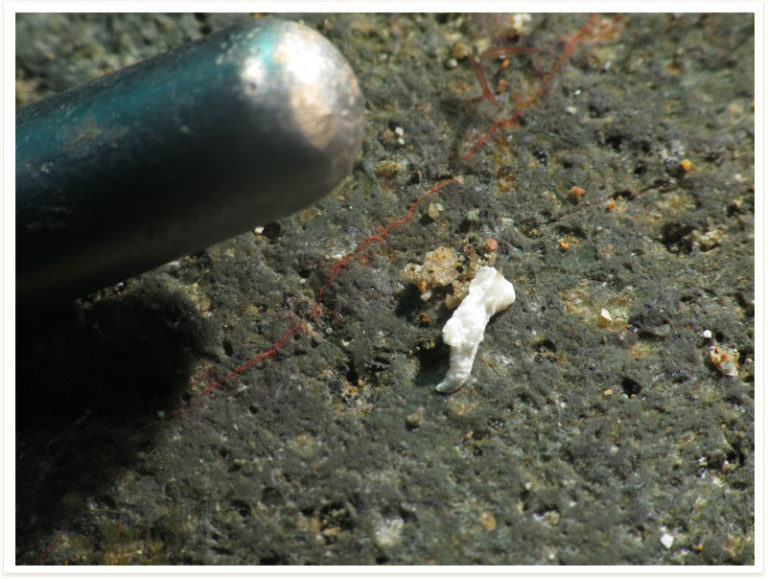
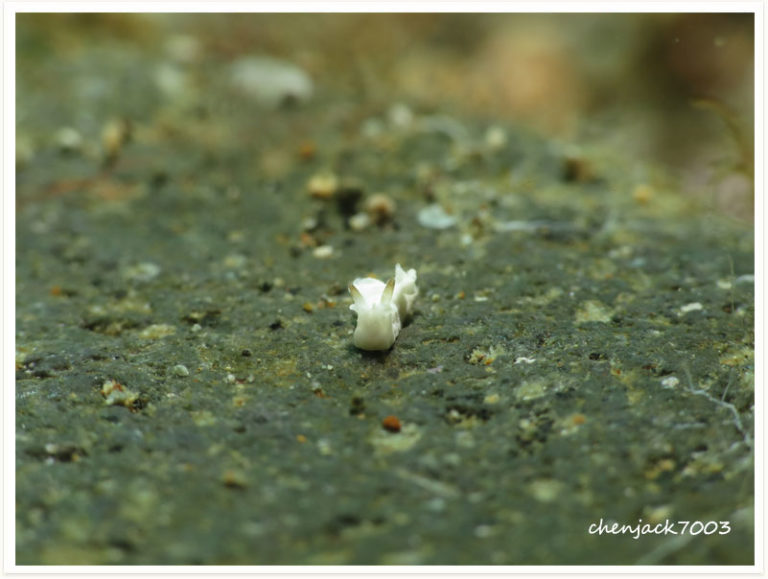
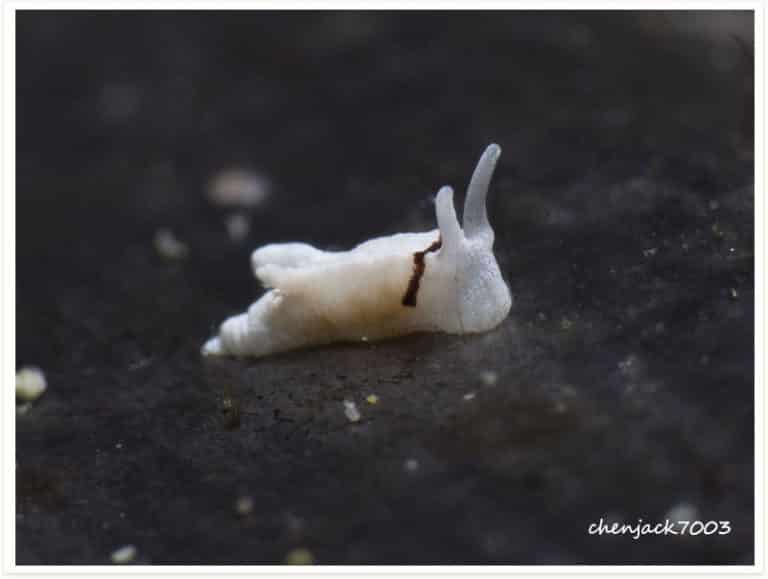
The grey reef shark has a streamlined, moderately stout body with a long, blunt snout and large, round eyes. The upper and lower jaws each have 13 or 14 teeth (usually 14 in the upper and 13 in the lower). The upper teeth are triangular with slanted cusps, while the bottom teeth have narrower, erect cusps. The tooth serrations are larger in the upper jaw than in the lower. The first dorsal fin is medium-sized, and no ridge runs between the second dorsal fin and it. The pectoral fins are narrow and falcate (sickle-shaped).
Ceratosoma trilobatum can grow to a maximal size of 15 cm length. The body colouration is extremely variable but is always composed of bright colors. However, the body colouration is not a valuable criterion of determination for this species because it can easily be confused with Ceratosoma tenue.
Goniopora, often called flowerpot coral, is a genus of colonial stony coral found in lagoons and turbid water conditions. Goniopora have numerous daisy-like polyps that extend outward from the base, each tipped with 24 stinging tentacles which surrounds a mouth.
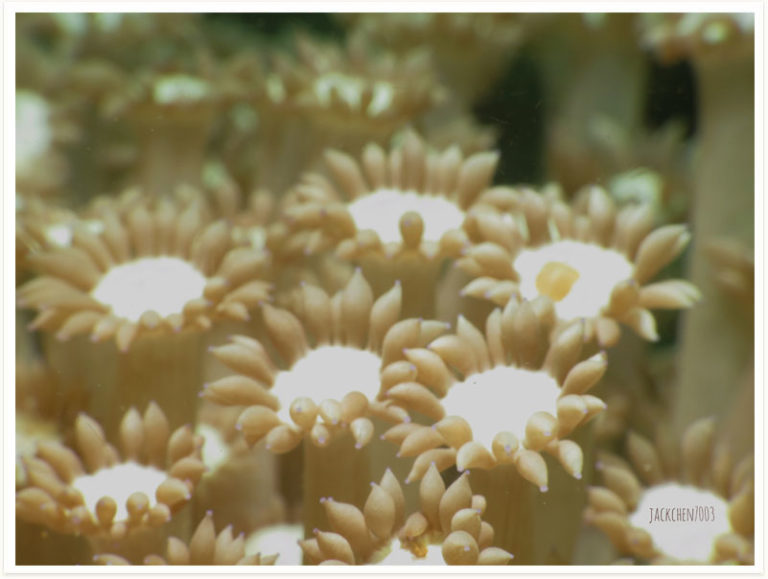
Acanthozoon is a genus of flatworm polyclads belonging to the Pseudocerotidae family.
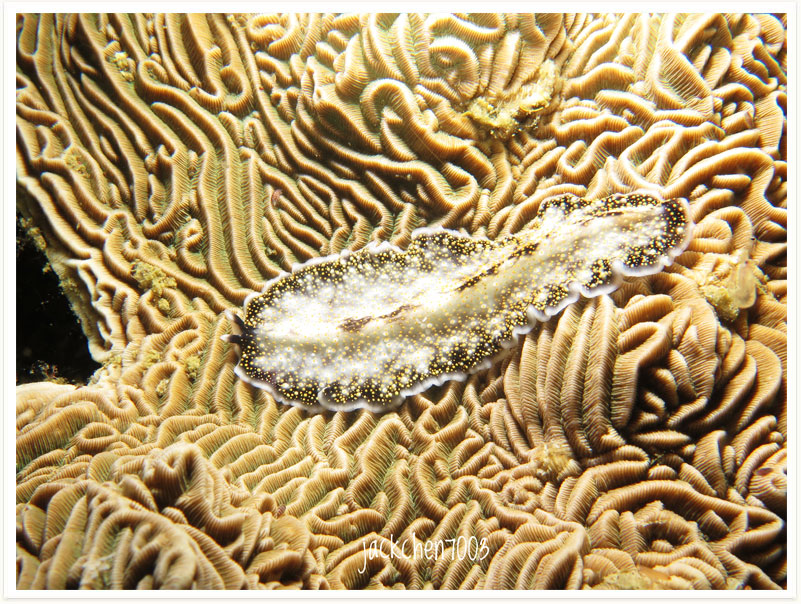
Lives under corals in embayments, which are sometimes covered by siltation. Also found in caves and crevices of sheltered reefs. It often positions itself upside-down on the roof of the recess
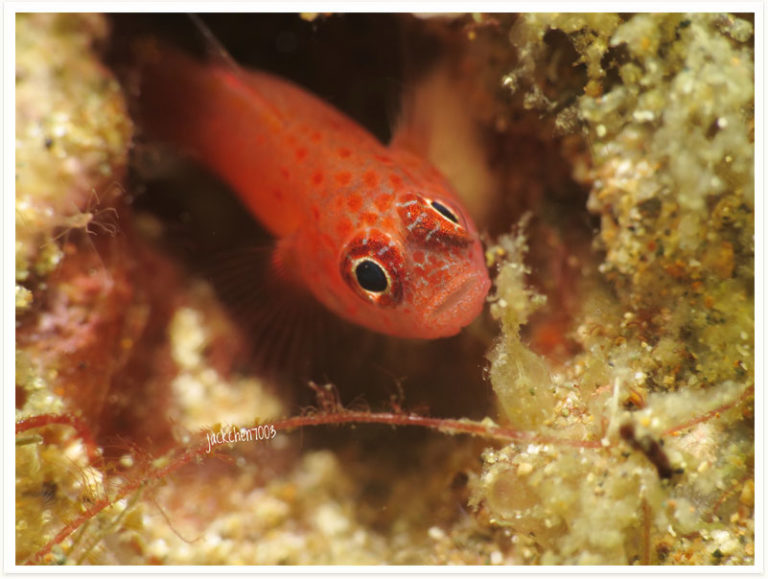
Phyllidia elegans is characterized by the pale bluish granular background colour and black swirls on the mantle, and by yellowish-orange spots.
Phyllidia elegans is known from Indonesia, Malaysia, Thailand, the Andaman Sea, Myanmar, the Red Sea, the Mariana Islands, north Sulawesi, Vanuatu and Papua New Guinea.
The size of the shell varies between 40 mm and 90 mm.
The somewhat thick shell is ovate and inflated. It has a whitish ground color, varied and spotted with square spots, of a yellow more or less reddish, alternating upon the transverse ribs, with other spots of a dull white. The short spire is composed of six convex whorls, slightly flattened above, banded with ribs equally convex, wide, not distant, and divided by narrow, shallow furrows. The aperture is somewhat narrow, toothed upon both edges, colored yellow within. The outer lip is dilated, particularly towards the base, and forms externally a very thick convex margin, the external part of which is sharp, undulated, and its internal surface furnished with ten or twelve transverse, distant teeth, resembling folds. The inner lip consists of a smooth plate, convex and white, which partially covers the body of the shell. The columella presents a pretty deep emargination, above which are observed several transverse thick folds, and some others, less numerous, more oblique, and less distinctly marked.
It is a marine, tropical eel which is known from the Indo-Pacific. It dwells at a depth range of 1 to 35 m (3.3–114.8 ft), and inhabits burrows formed in sandy areas in rocky and coral reefs. During the night it often lets its head and neck protrude from its burrow, but during the day it only leaves its snout and some of its head exposed. It can reach a maximum total length of 101 cm (3 ft 4 in).
This is an unusual octopus species, active only at night. It can be found on sandy and rubble areas, areas with a seaweed cover or on rocky and coral reefs. It has a reddish brown colour and when agitated, white star-like spots appear all over its body which is its only possible colour change. It is poorly known and quite rare. It can be found on sand, seaweed and rubble and is only active at night. The common name comes from the numerous small white spots that are scattered over the body and arms. It is also very fast-moving.
Grammistes sexlineatus is a middle sized fish, which can grow to a maximum length of 30 cm. Its background body color is dark brown with a maximum of six white to yellow horizontal lines. The number of lines depends on the maturity of the fish. Juveniles have white to yellow dots on a dark background until an approximate size of 17.5 mm. Thereafter, the points gradually become lines. At a length of 5 cm, these soap fish have three horizontal lines. Only from 8 cm long that the soapfish gets the six distinctive horizontal lines. Note that in adult specimens close to the maximum size, these lines tend to sever to form small strokes and points.
The canary wrasse is a small fish that can reach a maximum length of 12 cm. It has a thin, elongate body with a terminal mouth. Body coloration is bright yellow with a few variations according to age. Juvenile and immature female have two black spots rimmed with white or light yellow on the dorsal fin (the first one at the start of the fin (head side) and the second in the middle of its dorsal fin) and a third one between the caudal peduncle and the start of the caudal fin. Mature females or young males only show the two black spots on the dorsal fin. Mature males display only the first black spot on the front of the dorsal fin, a lighter-colored spot just behind the eye and irregular greenish to pinkish lines on the face.
This fish is coppery-coloured with a broad blackish bar at the base of the tail, up to 14.5 cm in length. The upper jaw has a narrow blue streak, and a broad blackish stripe extends from the front of the snout to the eye. Easily confused with Ostorhinchus fleurieu, where the black tail bar does not narrow in the centre, but unlike this species, the stripe is also present in juveniles.
Miamira sinuata is a colorful sea slug.Its highly variable in color, from green, yellow, gray, pink to brown, with yellow to pink spots, blue lines, which then form a reticular pattern.This species only feeds on sponges.
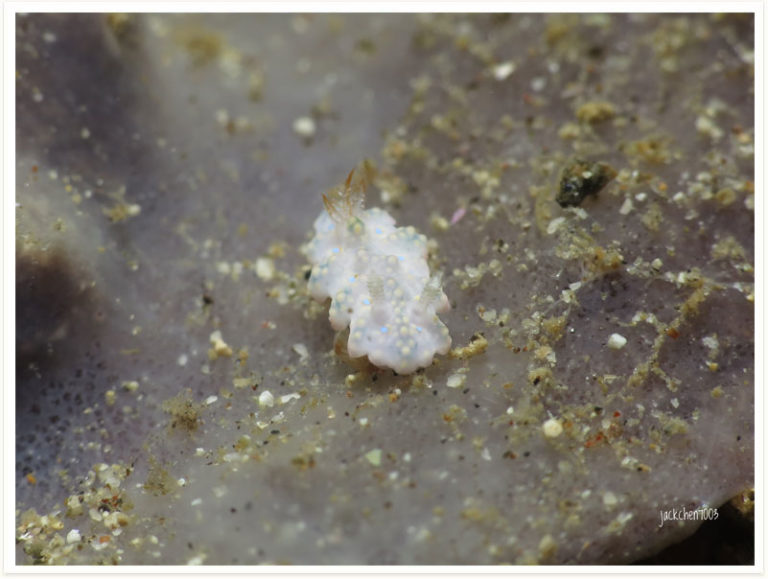
Paradoris sp. have a white or yellow body with red-brown stripes and rhinophores.
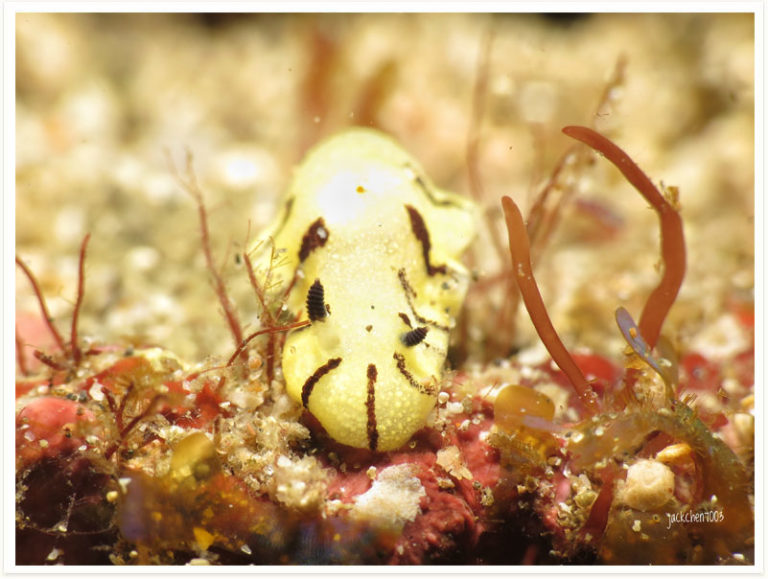
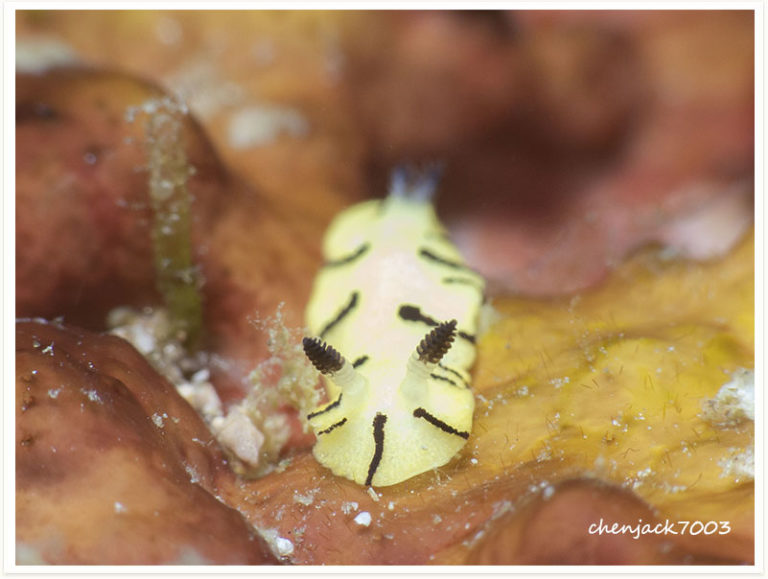
Platydoris formosa is a flat nudibranch.The body colour is yellow with unregulary and large red-orange patches.This species grows up to 18,0 cm in length. Rhinophores are yellow in colour.This flat nudibranch is nocturnal and feeds on siliceous sponges.
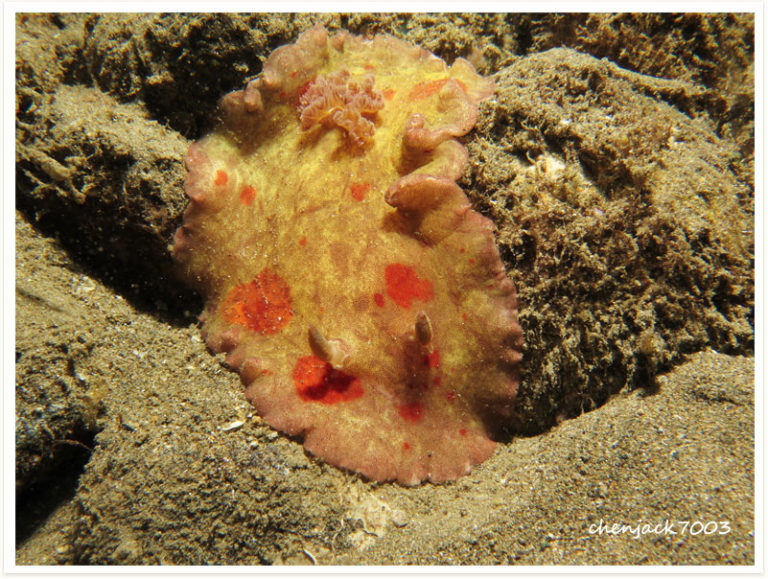
Thromidia catalai is a sea star species. It was first described by Pope and Ross Robert Mackerras Rowe circa 1977. Thromidia catalai belongs to the genus Thromidia in the family Mithrodiidae.
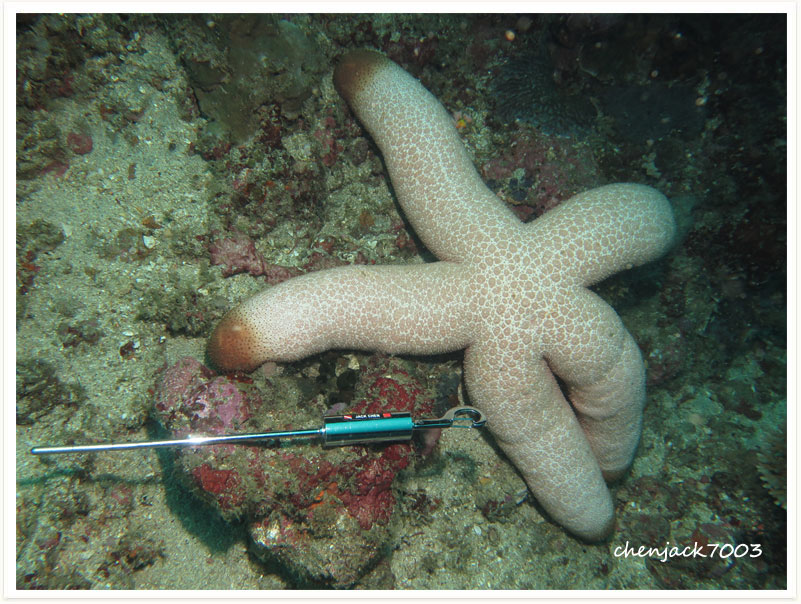
Aplysia nigrocincta is probably the smallest species of Genus Aplysia in the Philippines, reaching a maximium length of about 6 cm. It’s colour is very variable, mottled red-brown, green or black, the large parapodial flaps have a black and/or a whitish/cream edge.
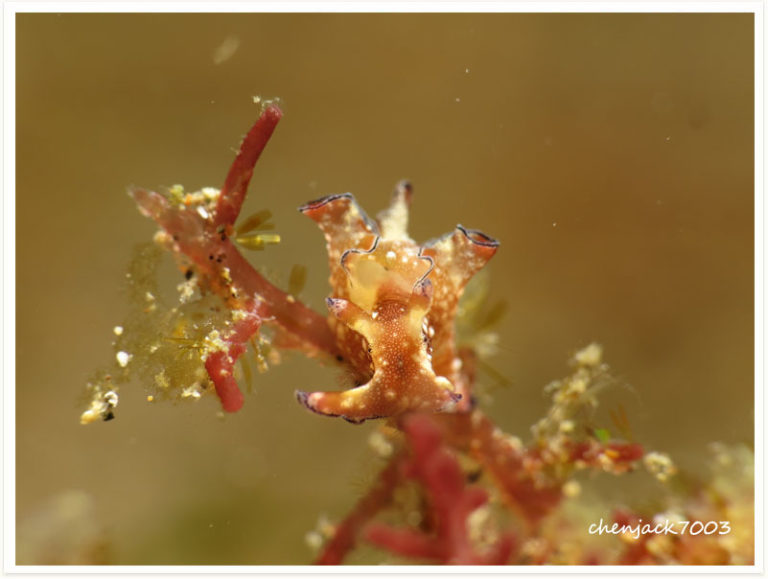
Melibe engeli was only known from New Caledonia, but actually the distribution is much wider in Indo-Pacific.
The body is transparent with cylindrical cerata.Brown zooxanthellae scattered on the body.
Species of the genus Melibe have a large expandable oral hood which is fringed with sensory tentacles and used to catch small crustacea and shrimps.Melibe nudibranch have no radula, their prey killed by digestive juices.
M. pfefferi is a robust-looking species, having a very broad, oval mantle. Arms are broad and blade-like and have four rows of suckers. The modified arm used by males for fertilisation, called the hectocotylus, is borne on the left ventral arm. The oral surface of the modified region of the hectocotylus is wide, swollen, and fleshy. It bears transversely grooved ridges and a deep furrow running along the middle. The sucker-bearing surface of the tentacular clubs is flattened, with 5 or 6 suckers arranged in transverse rows. These suckers differ greatly in size, with the largest located near the centre of the club. Three to four median suckers are especially large, occupying most of middle portion of the club. The swimming keel of the club extends considerably near to the carpus. The dorsal and ventral protective membranes are not joined at the base of the club, but fused to the tentacular stalk. Dorsal and ventral membranes differ in length and extend near to the carpus along the stalk. The dorsal membrane forms a shallow cleft at the junction with the stalk. This particular species of cuttlefish is the only one known to walk upon the sea floor. Due to the small size of its cuttlebone, it can float only for a short time.
C. filiformis resembles the sea anemone and has a stretched and muscularised body which can reach 35 cm. Its body has the shape of a large polyp with numerous mobile tentacles. The tint of the tentacles is variously white, green, orange or purple and the central tentacles may have a different coloration from the marginal tentacles.
This species frequently occurs in dense clusters. It has large 2–4 cm cylindrical zooids. They generally range from black to dark blue to gray in colour, with individual zooids having fluorescent green, yellow, or white rings around both siphons. The external cover has a firm basal matrix, and is somewhat transparent and soft.
Bubble-tip anemone (Entacmaea quadricolor) is a species of sea anemone in the family Actiniidae. Like several anemone species, E. quadricolor can support several anemonefish species, and displays two growth types based on where they live in the water column, one of which gives it the common name, due to the bulbous tips on its tentacles.
This type of madreporial colony is easy to identify because of its puffy tubular tentacles with T-shaped tips. The coral is blue-gray to orange in color, sometimes with green on the tentacles. It can demonstrate full or partial viral infection of green fluorescent protein, a trait highly sought for aquarium specimens. Colonies are usually no more than a meter across, but at times can reach several meters.
The magnificent sea anemone is characterized by a flared oral disc which reaches between 20 and 50 cm in diameter, but in some specimens, this can reach 1 m. The oral disc, the base of the tentacles, and the oral orifice have the same color going from light beige to white.
The numerous tentacles exceed 8 cm long. The sea anemone, being a member of the Hexacorallia, usually carries tentacles in multiples of six that are positioned in concentric circles. Their tips are fingered and often lighter in coloration than the tentacle body and are sometimes vividly colored.
Ianthella basta, commonly known as elephant ear sponge, is a species of fan-shaped sea sponge in the class Demospongiae. It is also known as the paper sponge or scroll sponge.
Sponges are marine invertebrates with a jellylike mesohyl sandwiched between two layers of cells. They are filter feeders maintaining a flow of water through their structure which passes out through large openings called oscula. They have a fragile skeleton of stiff spicules.
Nephtheis fascicularis, commonly called the lollipop tunicate, lollipop coral, or blue palm coral, is a species of tunicate that is native to the shallow reefs of Indonesia. It is the only species in its genus Nephtheis. They are not photosynthetic, and live on plankton and small organic particles obtained from the water currents. The branched stems are formed by tiny polyps called zooids.
Small delicate prickly ball about 1-2cm in diameter, on a short conical stem (called the capitate structure). The ball has fine sheets between the prickles. Seen singly but sometimes a few seen near one another growing on coral rubble. This puffy fluff is just a tiny part of the sponge. The bulk of the sponge is actually buried! The main sponge is bulbous and spherical. Colour usually a deep maroon to bright pink.
Ovabunda is a genus of soft corals in the family Xeniidae.
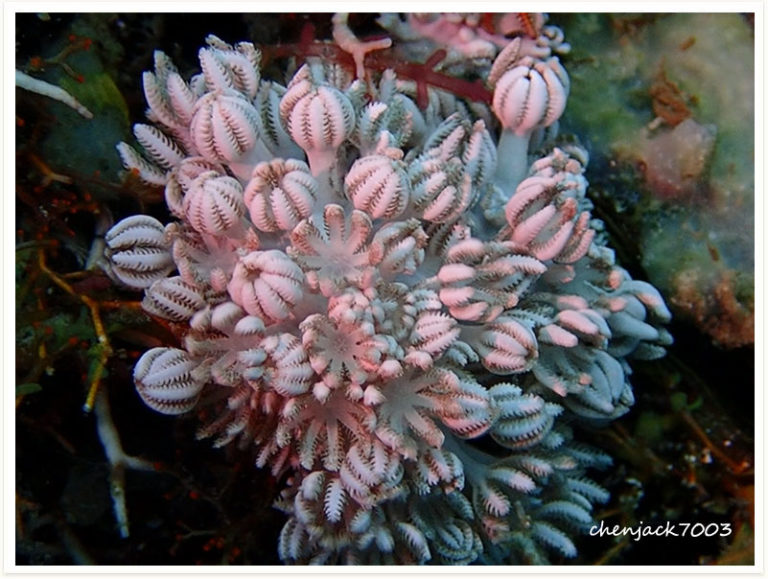
Pachycerianthus is a genus of marine tube-dwelling anemones in the family Cerianthidae.
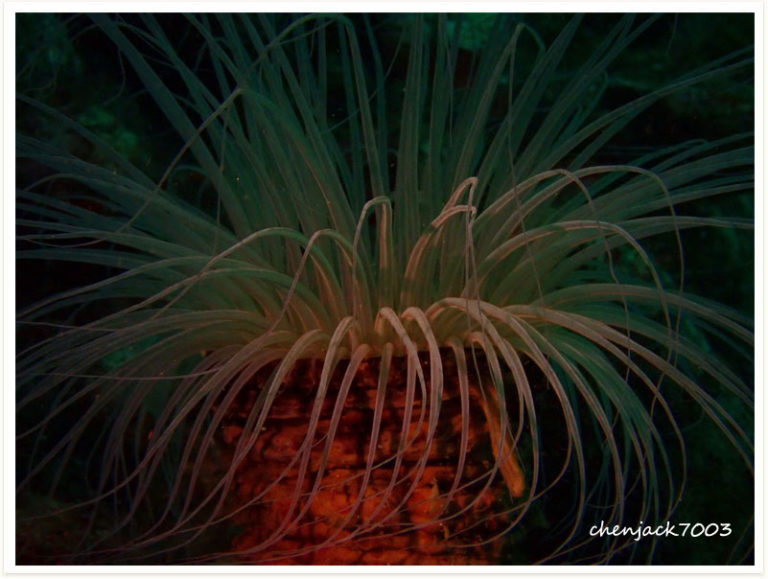
Paracorynactis hoplites polyps can vary in diameter from as small as only 2 mm (0.08 in) to as large as 21 cm (8 in). Their tentacles end in extremely sticky balls (acrospheres) covered with stinging cells
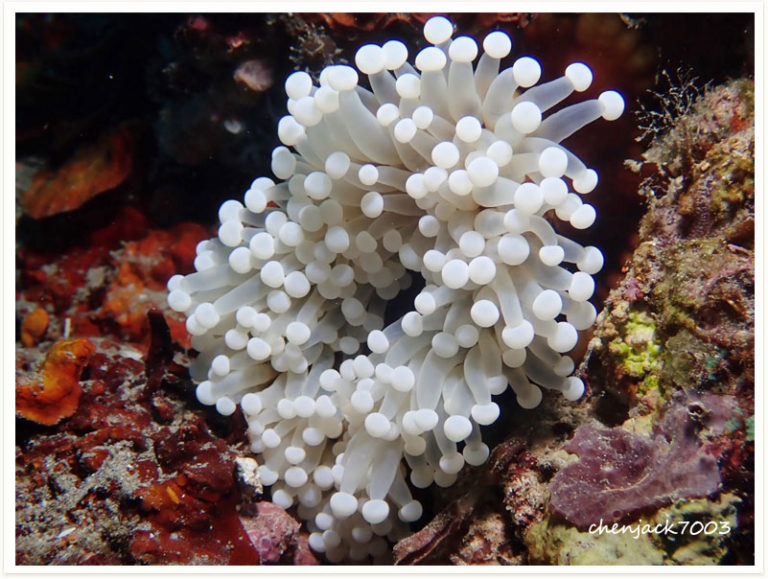
Colonies of Plerogyra sinuosa are in the form of an inverted cone that may be as much as a metre (yard) across. The corallites in small colonies are monocentric and trochoid, but become flabellomeandroiid (arranged in valleys, the neighbouring valleys having separate walls) in larger colonies. The septa have smooth margins but are irregularly arranged giving the colony an untidy appearance. The costae on young colonies sometimes form lobes which develop spines. These spines then elongate and a new polyp develops, this budding method being an unusual occurrence among corals.
SUMMARYA new species of Predaea (Gigartinales, Rhodophyta) is described from Hawaii. It is compared in important morphological details with other species of the genus, all of which are distributed in the subtropics. Predaea is likewise compared to the genera of Nemastomataceae, and should be included in that family. The genus Yadranella Ercegovic (Nemaliales, Rhodophyta) is placed in synonymy with Predaea.
Sun corals belong to a group of corals known as large-polyp stony corals. This means[clarification needed] that while they produce a hard skeleton, they do not build reefs. Different species have polyps in a variety of colors, including yellow, orange, and shades of black.
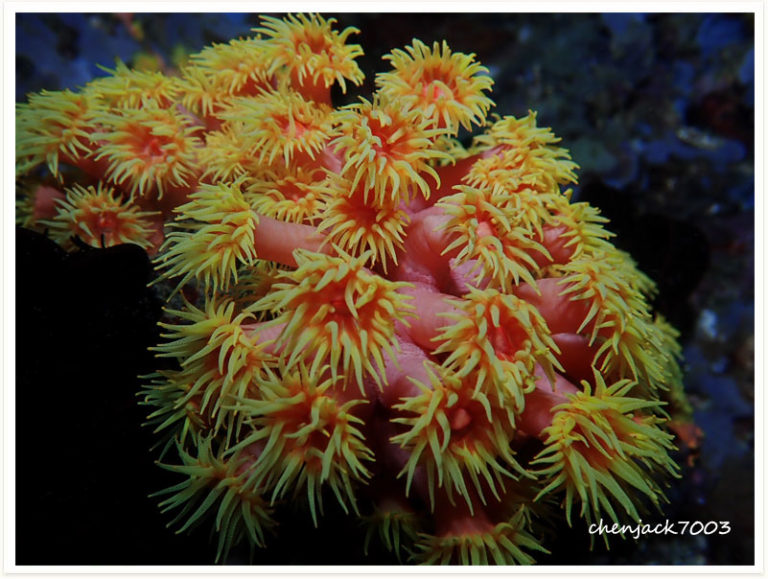
Tubastraea faulkneri is an encrusting coral that can become massive and strongly convex. The corallites of this species are covered with a porous tissue (coenosteum) with a vermicular appearance.
The calices have a diameter of 8–10 mm (0.31–0.39 in) and a depth of 5–8 mm (0.20–0.31 in). They are spaced of 5–15 mm (0.20–0.59 in) and rise of 3–8 mm (0.12–0.31 in) above the coenosteum. The tentacles of the polyps are bright yellow-orange, while the coenosteum and the center of the polyps are deeper orange. The surface of the coenosteum is swollen between calices.
Valonia ventricosa, also known as bubble algae or sailor’s eyeballs[2] is a species of alga found in oceans throughout the world in tropical and subtropical regions. It is one of the largest – if not the largest – unicellular organisms.
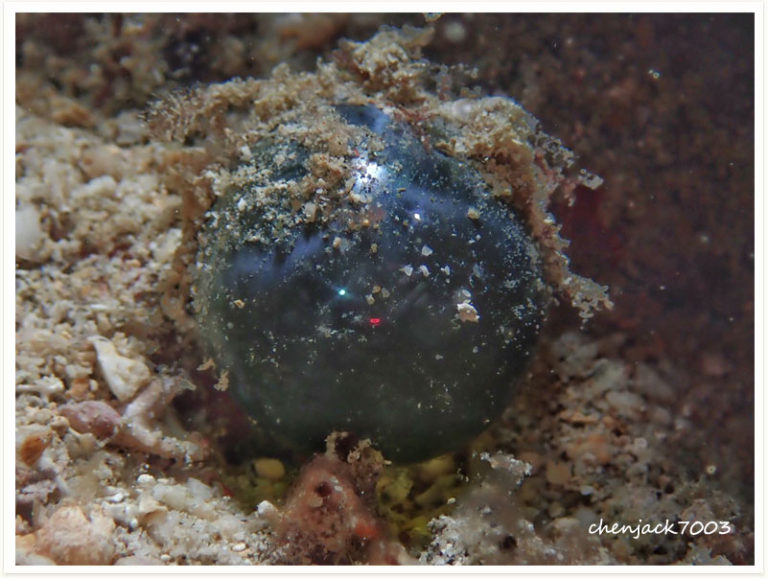
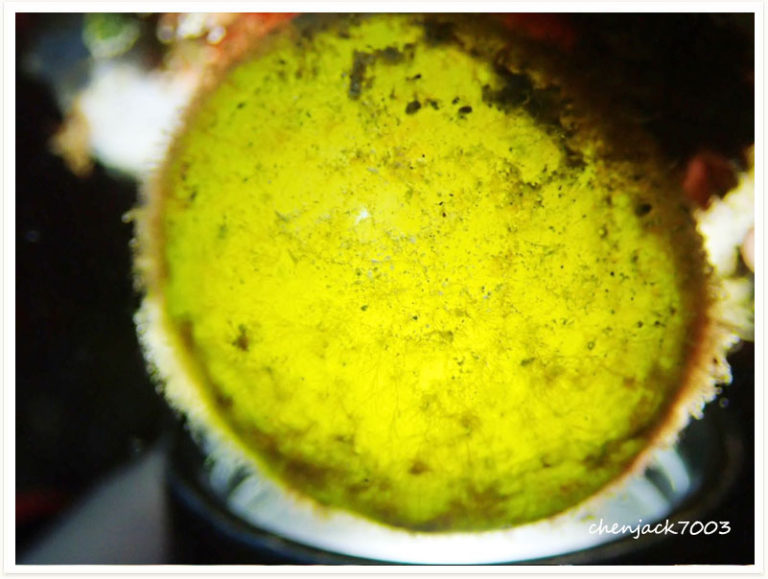
Virgularia is a genus of sea pen in the family Virgulariidae.
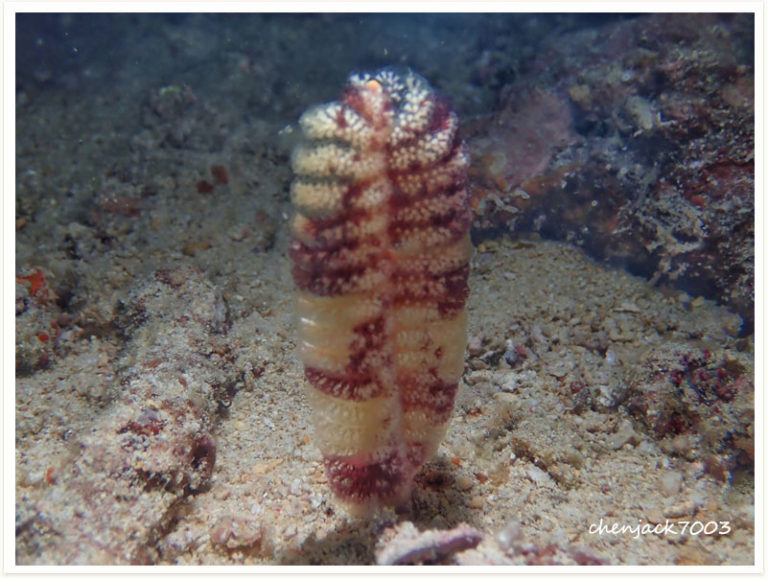
This species is maroon to pink, with the opening of the barrel pale white.
Specimens are often found emerging from an apparent common base. In the intertidal zones, this species ranges from 10 to 20 cm in diameter, and are about 10 to 20 cm tall.
A bioactive peptide consisting of 13 amino acids, KENPVLSLVNGMF, has been identified from this species. The peptide was selectively toxic to human cervical cancer cells (HeLa), but non-toxic to non-cancerous, human embryonic kidney cell line (HEK 293 cells).
This fish can be up to 6 inches (15 cm) in length. The body compressed laterally, endowed with a dorsal fin starting from the top of the head until joining practically the superior base of the caudal fin. When the dorsal fin is spread, it looks like a crest resembling the one on a cockatoo. The thorns of the dorsal fin are venomous. This fish mostly stays on the substratum and moves by means of its pectoral fins. Its color varies from cream to dark brown, with irregular spots.
This small fish grows up to 22 cm (8.7 in) long. Like other members of its family, it has a rounded, extensible body, and its soft skin is covered with irregularly-arranged dermal spinules resembling hairs. Its large mouth is forwardly extensible, allowing it to swallow prey as large as itself. The coloring of its body is extremely variable because individual fish tend to match their living environments. Frogfishes have the capacity to change coloration and pigment pattern, taking only a few weeks to adapt. The dominant coloration varies from yellow to brownish-orange, passing through a range of shades, but it can also be green, gray, brown, almost white, or even completely black without any pattern. Body and fins can be marked with roughly parallel dark stripes or elongated blotches, some with rays radiating outward from the eye.
Arothron caeruleopunctatus is a medium-sized fish which grows up to 80 cm length. Its body is oval shape, spherical et relatively elongated. The skin is not covered with scales. The fish has no pelvic fin and no lateral line. The dorsal fin and the anal fin are small, symmetric and located at the end of the body. Its snout is short with two pairs of nostrils and its mouth is terminal with four strong teeth.
Arothron mappa is a medium sized fish which grows up to 65 cm length. Its body is oval shape, spherical yet relatively elongated. The skin is not covered with scales. The fish has no pelvic fin and no lateral line. The dorsal fin and the anal fin are small, symmetric and located at the end of the body. Its snout is short with two pairs of nostrils and its mouth is terminal with four strong teeth.
Arothron stellatus is a medium-sized fish which grows up to 120 cm (47 in) in length. Its body is oval shaped, spherical and relatively elongated. The skin is not covered with scales but is prickly. The fish has no pelvic fin and no lateral line. The dorsal fin and the anal fin are small, symmetric, and located at the rear end of the body. The head is large with a short snout that has two pairs of nostrils, and the mouth is terminal with four strong teeth.
Aurelia aurita (also called the common jellyfish, moon jellyfish, moon jelly or saucer jelly) is a widely studied species of the genus Aurelia. All species in the genus are closely related, and it is difficult to identify Aurelia medusae without genetic sampling; most of what follows applies equally to all species of the genus. The most common method used to identify the species consists of selecting a jellyfish from a harbour using a device, usually a drinking glass and then photographing the subject. This means that they can be released in to the harbour shortly afterwards and return to their natural habitat.
The green humphead parrotfish (Bolbometopon muricatum) is the largest species of parrotfish, growing to lengths of 1.5 m (4.9 ft) and weighing up to 75 kg (165 lb).
It is found on reefs in the Indian and Pacific Oceans, from the Red Sea in the west to Samoa in the east, and from the Yaeyama Islands in the north to the Great Barrier Reef, Australia, in the south.
It grows to a maximum length of 20 cm (nearly 8 in). The body is white with diagonal brown stripes on the sides. The dorsal, caudal, anal and pelvic fins are yellow. There are rounded broad black bands on the face, covering the eye, but not continuous from one side of the body to the other but with a separate black spot centered on the forehead.
The dwarf hawkfish can reach 7 cm (2.8 in) in total length. The dorsal fin has ten spines with numerous tassels on the tips of the spines. The anal fin has three spines and six soft rays. The pectoral fins are thick and elongated and spread out when the fish is resting on the substrate. This fish is pinkish-red and white in color with vertical banding or mottling.
This species can reach 40 cm (16 in) in total length, though most do not exceed 20 cm (7.9 in).As a juvenile, it is a bright red colour with large, black-margined white spots. As an adult, it has a pink face and fins, with the exception of the tail fin, which is bright yellow. The body is green towards the anterior darkening and decorated with bright blue specks towards the caudal peduncle. The fish also gains a very bright orange anterior when it grows into adulthood, and has a drastically shaded body in the posterior region that is dotted with very bright blue spots ringed with dark blue.
The Black-blotched porcupinefish is a medium-sized fish which grows up to 65 cm (26 in), but the average size most likely to be observed is 45 cm (18 in). Its body is elongated with a spherical head with big round protruding eyes and a large mouth that is rarely closed. The pectoral fins are large, the pelvic fins are absent, the anal and dorsal fins are close to the caudal peduncle. The latter move simultaneously during swimming. All fins are a uniform tint of white or yellowish without any spotting. The skin is smooth and firm, the scales are modified into spines directed towards the back. The body coloration is light brown to sandy-yellowwith dark blotches circled with a white line and pale ventral surface. The only other fish with which it might be confused is the long-spine porcupinefish, (Diodon holocanthus) but it has much shorter spines and it lacks a dark streak running between the eyes.
The hawksbill’s appearance is similar to that of other marine turtles. In general, it has a flattened body shape, a protective carapace, and flipper-like limbs, adapted for swimming in the open ocean. E. imbricata is easily distinguished from other sea turtles by its sharp, curving beak with prominent tomium, and the saw-like appearance of its shell margins. Hawksbill shells slightly change colors, depending on water temperature. While this turtle lives part of its life in the open ocean, it spends more time in shallow lagoons and coral reefs. The World Conservation Union, primarily as a result of Human fishing practices, classifies E. imbricata as critically endangered.Hawksbill shells were the primary source of tortoiseshell material used for decorative purposes. The Convention on International Trade in Endangered Species outlaws the capture and trade of hawksbill sea turtles and products derived from them.
The yellow seahorse is a small fish that can reach a length of 17–30 cm.
The body is quite large, elongated and has no spines, all bumps are rounded. The head is relatively large compared to the body. The snout is short and thick. The coronet is small and rises towards the rear, it can also sometimes have more or less long filaments. Some adults have a black line running through the dorsal fin in the direction of its width. The body coloration is often dark with a grainy texture but can also be yellow, cream or reddish with blotches and numerous small dark spots.
pygmaeus weighs 0.00033 g upon hatching and increases in weight to 0.175 g as it reaches maturity in 50 days (1260 degree days). It inhabits waters at a temperature of 25.2 °C. Growth rate has been calculated as 12.55 and physiological growth rate as 0.498.
pygmaeus grows to 20 mm in mantle length.
Like other members of the family Ostraciidae, the thornback cowfish has hexagonal, plate-like scales which are fused together to form a solid, box-like carapace, from which the eyes, mouth, fins and tail protrude. The mouth is small and has protruding lips, the upper profile of the snout is straight, the back is somewhat convex, the flanks are concave and the belly rounded. There are small pre-ocular spines on either side of the head, a large spine projects from the dorsal ridge and a further moderate-sized spine projects from each of the pelvic ridges near the anal fin. Neither the dorsal fin nor the anal fin has any spines but both have nine soft rays, while the caudal fin is fan-shaped and has ten rays. A typical length for this fish is 15 cm (6 in); the colour is variable, and changes to match the fish’s surroundings; generally pale tan with spots or wiggly markings in yellow, mauve or blue. In some regions, this fish is toxic.
Meiacanthus grammistes the striped blenny, also called the striped fang blenny, grammistes blenny, line-spot harptail blenny or striped poison-fang blenny, is a species of combtooth blenny from the western Pacific Ocean. The fish stays in the open ocean, but travels into shallow saltwater and brackish estuaries. This venomous species occasionally makes its way into the aquarium trade.
The caudal fin of the ocean sunfish is replaced by a rounded clavus, creating the body’s distinct truncated shape. The body is flattened laterally, giving it a long oval shape when seen head-on. The pectoral fins are small and fan-shaped, while the dorsal fin and the anal fin are lengthened, often making the fish as tall as it is long. Specimens up to 3.2 m (10.5 ft) in height have been recorded.
This is a relatively large member of the Acanthuridae, easily reaching 60 centimeters. The adult has tall dorsal and anal fins, vertical blue lines on its sides, and small blue spots dorsally and ventrally. A broad blue band extends from the eyes to the prominent snout. The coloration of the juvenile is a dingy green with blue spots and lips, later turning deeper blue with purple markings. The fish turns mud-brown while sleeping or when frightened, a form of camouflage.
Living as it does on coral reefs, and hunting by day, O. cyanea is adept at camouflage and not only can change colour frequently, but also can change the patterns on and texture of its skin. One researcher observed it change its appearance 1000 times in seven hours. As it moves across the seabed it makes changes in its colouring and appearance to match the substrate beneath.[6] The colour changes are instantaneous and made by chromatophores under direct control of the brain. This octopus sometimes produces a “passing clouds” display when stationary near prey such as a crab; this mimics a dark shadow passing across its surface and may encourage the crab to move incautiously.
Habitat depth of 34-46 meters, body length up to 12 cm, perched in the sand sediments reef area, habits unknown
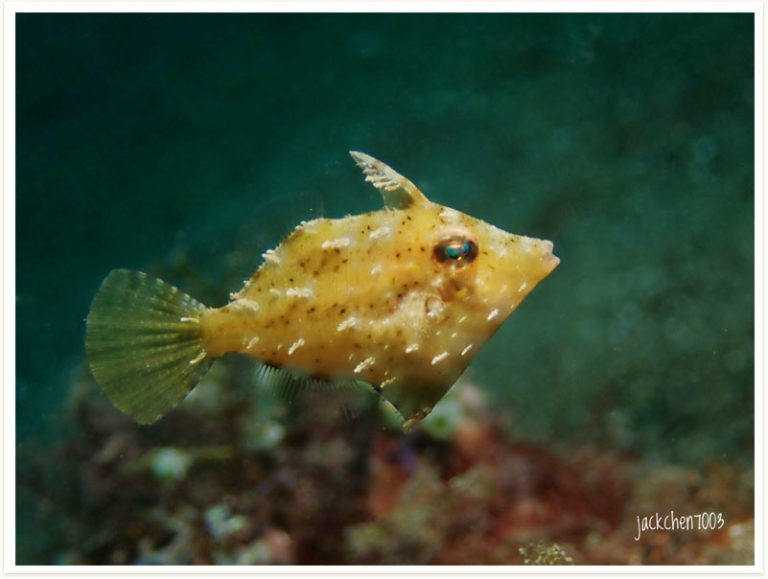
Petroscirtes breviceps, the striped poison-fang blenny mimic, striped fangblenny mimic, short-head sabretooth blenny, short-headed blenny, sabretooth blenny, or the black-banded blenny, is a species of combtooth blenny found in coral reefs in the western Pacific and Indian ocean. This species reaches a length of 11 centimetres (4.3 in) SL.
The Indian Ocean oriental sweetlips reach up to 72 cm (28 in) in SL. Juveniles are striped black. As they age, the stripes in the tail are replaced by black dots on a yellow background.
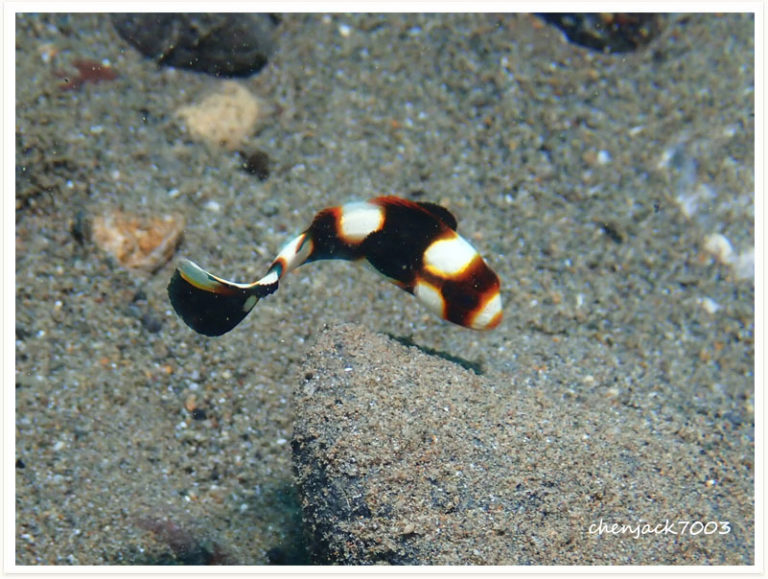
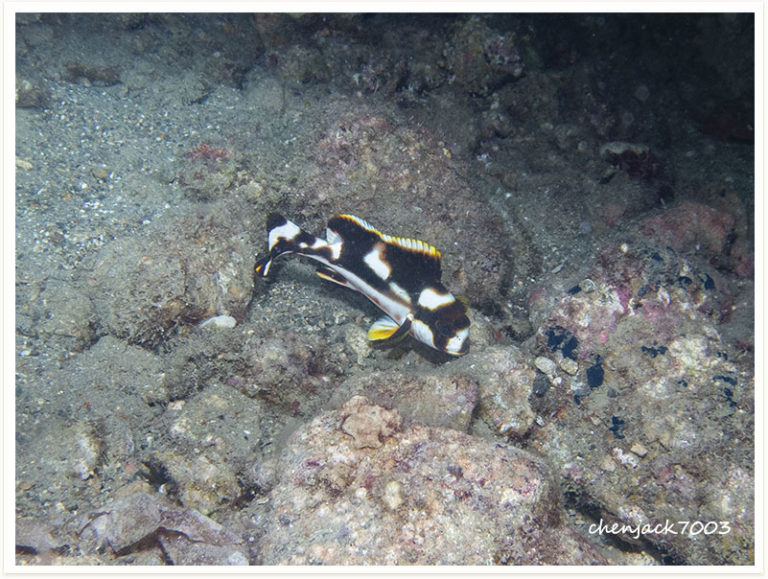
Pomacanthus annularis can reach a body length of about 45 cm (18 in), but usually the total body length get up to about 30 cm (12 in). Bodies are deeply compressed and the mouth is quite small. They have 13 dorsal spines, 20-21 dorsal soft rays, 3 anal spines and 20 anal soft rays.
Ptereleotris evides, the Blackfin dartfish, is a species of dartfish native to the Indian Ocean and the western Pacific Ocean. It is a reef inhabitant and can be found at depths of from 2 to 15 metres (6.6 to 49.2 ft). This species can reach a length of 14 centimetres (5.5 in) TL. It can also be found in the aquarium trade.
The body of the Regal Angelfish is moderately elongate and is very compressed. The preorbital bone convex and has no strong spines. There is 1 prominent spine at an angle at the preopercal. The ventral edge of the interopercle is smooth. The eyes are moderately small along with the mouth that is terminal. The mouth is also protractile. They have a maximum length of 25.0 cm.They have a total of 14 dorsal spines, and 17-19 soft dorsal rays. They have 3 anal spines and 17-19 anal soft rays. They also have 16-17 pectoral fin rays. Their caudal fin is rounded. The precise coloration of this fish can vary as regional differences can occur, most notably in populations from the Indian Ocean, Red Sea, and South Pacific Ocean. A commonality, however, is a body edged in narrow blue-white and orange stripes that are narrow and angle backward. The posterior portion of dorsal fin is black or blue with close-set blue dots, and the posterior portion of anal fin has alternating yellow and blue bands running parallel to body contour. The caudal fin is yellow. Juveniles are colored with a large dark spot on basal portion of the soft dorsal fin.[1] They have been reported of living 15 years.
Ostracion nasus also known as the Shortnose boxfish is a species of boxfish found in the Indian and Pacific Oceans. This species grows to a length of 30 centimetres (12 in) TL.
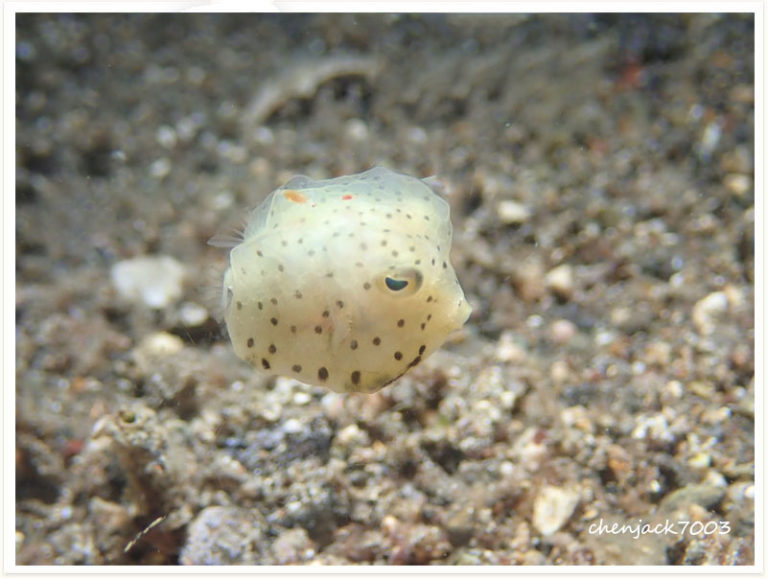
Sebastapistes strongia, the barchin scorpionfish, is a scorpionfish from the Indo-Pacific.The species is commonly seen in areas with mixed sand and rubble in reef flats, shallow lagoons, and channels. The species is nocturnal and can grow to a maximum length of 60 mm (2.4 in)
Living in waters 4 to 91 meters, occasionally juvenile seaweed in the tide pools or prosperous region, to fish habitat in the sand on the reef or reef flats mixing zone. Swimming ability is not strong, often perched on the reef, opportunistic predator. Carnivorous, to fish and small benthic invertebrates based. Breeding season is from May to October, buoyant eggs hatch after about 17 hours
The mimic octopus (Thaumoctopus mimicus) is an Indo-Pacific species of octopus capable of impersonating other local species. They are notable for being able to change their skin color and texture in order to blend in with their environment, such as algae-encrusted rock and nearby coral through pigment sacs known as chromatophores. The mimic octopus possesses chromatophores as well as the unique behavior of taking shape of various objects and animals. The mimic octopus is the only currently known marine animal to be able to mimic such a wide variety of animals. Many animals can imitate a different species to avoid or intimidate predators, but the mimic octopus is the only one that can imitate as diverse a range of forms in order to elude predators.
Wunderpus photogenicus, the wunderpus octopus is a small-bodied species of octopus with distinct white and rusty brown coloration. ‘Wunderpus’ from German “wunder” meaning ‘marvel or wonder’. Due to the appearance and behavior of the wunderpus, it is frequently confused with its close relative, the mimic octopus. The wunderpus octopus was not discovered until the 1980s and was only officially described in detail in 2006. The wunderpus octopus are important commercially to the underwater photography, dive and tourism communities, especially throughout Indonesia. The wunderpus is also valued as an expensive ornamental marine species for the home aquarium.
Asthenosoma varium is a sea urchin (an echinoderm, a member of the phylum that also includes star fish). Growing up to 22 cm (8.7 in) in diameter, it lives on sand and rubble sea bottoms in the Indo-Pacific, from the Red Sea to Australia and Southern Japan. Its venom tipped spines, with distinctive globular swellings below the tip, can inflict a painful sting if handled; the pain lasts as long as several hours. This capacity, perhaps coupled with its reddish-brown color, has given it the common name Fire Urchin.
Diadema paucispinum is a small sea urchin with very long, moveable spines which are slender and sharply pointed. They can be up to 25 cm (10 in) long and about four times the diameter of the test. The primary spines are bluish-black in colour, often with pale bands in younger individuals. The shorter secondary ones are brittle and venomous and easily break off in the skin. There are photosensitive spots in the urchin’s epidermis and if a shadow falls on the animal, it angles its secondary spines towards the intruder. These can cause a painful sting if they come into contact with bare skin. Near the apex of the test is a clearly visible anus surrounded by an orange ring and raised on a small projection. Radiating from this are five narrow, bright blue lines.
The Banded sea urchin has a slightly oval test (shell), reaching a diameter of about 5 cm. Like almost all the Diadematidae (but it is in Echinothrix calamaris that it is most obvious) it has two different sets of spines, shorter and slender closed spines which are going from yellow to dark (through brown) in colour and can deliver a nasty sting, and longer and thicker spines that are often banded with light and dark colour (but sometimes all dark or all white), and reaching 10 to 15 cm in length. These radiolas can be blunt, and are hollow. The spines are grouped so as to let appear five naked zones on the central part of the test, in a star pattern (called “iridophores”): this pattern can be colored, often in blue. The anal papilla is big, more or less translucent and very obvious on the aborale face; it is generally whitish and speckled with black and white dots, circled by a ring of visual receptors that grant it a rudimentary vision.
Eucidaris thouarsii, the slate pencil urchin, is a species of cidaroid sea urchins that inhabits littoral regions of the East Pacific Ocean.
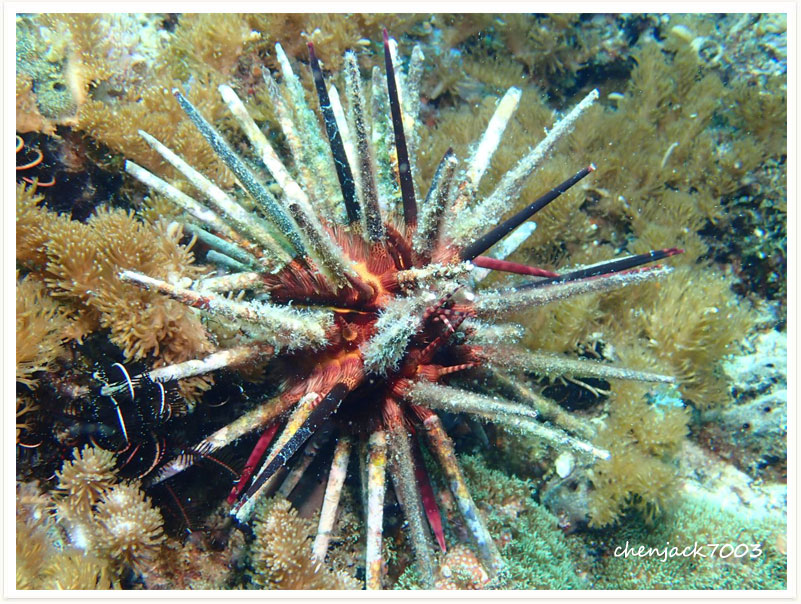
Maretia planulata is a sea urchin from the Maretiidae family.
The scientific name of the species was published in 1816 by Jean-Baptiste de Lamarck.
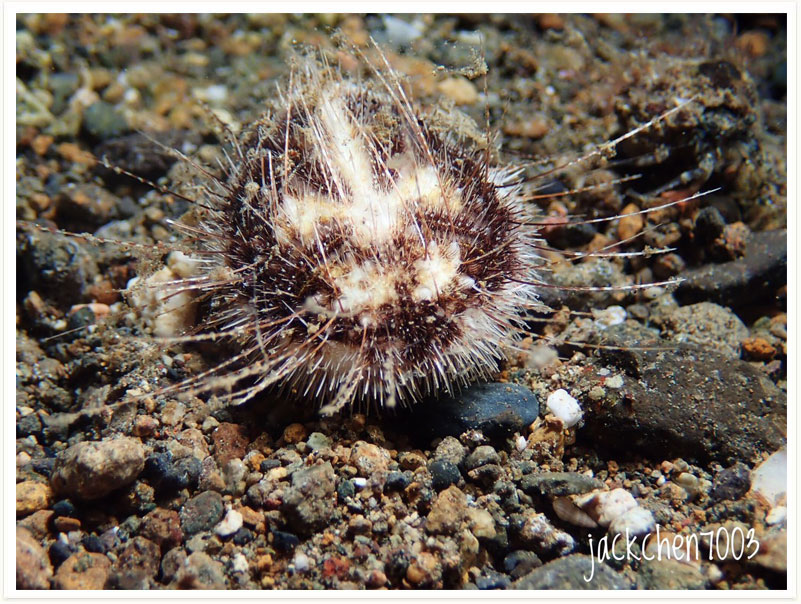
It is a small regular sea urchin of almost spherical shape, whose diameter of the shell (called “test”) can go up to 5 cm1. The quills (“radioles”) are fine and fairly short, not exceeding 2 cm, densely arranged and ringed in black or brown with the white tip. These radioles are arranged in five times two well delimited bands (called “ambulacraires”), all the quills of each band being as “brushed” in the same direction. These bands alternate with ten other bands without spines (perradial and interradial bands), most often brightly colored deep blue (most often Duck blue, Klein blue, royal blue or verdigris, but sometimes also almost greenish black), and whose appearance is reminiscent of velvet. It is in fact a carpet of small denticulate globiferous pedicellars.
Collector urchins are dark in color, usually bluish-purple with white spines. The pedicles are also white, with a dark or black base. Individuals found at Green Island had orange-tipped spines. The spines of some specimens are wholly orange, while those of others are only orange-tipped or completely white. This color disappears when the individual dies or is taken out of the ocean, and is difficult to preserve. Collector urchins reach 10 to 15 centimetres (4 to 6 in) in size. Debris tends to “collect” on these urchins, hence their name.
Commerson’s frogfish grows up to 38 cm (15 in). Like other members of its family, it has a globular, extensible body. The soft skin is covered with small dermal spinules. Its skin is partially covered with a few small, wartlike protuberances, some variably shaped, scab-like blotches, and a few, small eye spots (ocelli) reminiscent of the holes in sponges. Its large mouth is prognathous, allowing it to consume prey as large as itself. Their coloration is extremely variable, as they tend to match their environments. Frogfish can change their coloration in a few weeks. However, the dominant coloration goes from grey to black, passing through a whole range of related hues, such as cream, pink, yellow, red, and brown, and also usually with circular eye spots or blotches that are darker than the background. Juvenile specimens can easily be confused with related Antennarius maculatus and Antennarius pictus. To distinguish these species, A. maculatus usually has red or orange margins on all fins, while A. maculatus has numerous warts on the skin, and A. pictus is covered with ocelli. A. pictus has three eye spots on its caudal fin.
Callistoctopus macropus grows to a mantle length of 20 cm (8 in) with a total length of 150 cm (59 in). The first pair of arms are a metre or so long, and are much longer than the remaining three pairs. The arms are all connected by a shallow web. This octopus is red, with white blotches on its body, and paired white spots on its arms. When it is disturbed, its colour becomes more intense, deimatic behaviour which may make it appear threatening to a potential predator.
Caranx lugubris, the black jack, black trevally, black kingfish, coal fish or black ulua, is a species of large ocean fish in the jack family Carangidae. The species has a circumtropical distribution, found in oceanic, offshore waters of the tropical zones of the Pacific, Atlantic and Indian Oceans. The species is particularly prevalent around offshore islands such as the Caribbean islands in the Atlantic, Hawaii and French Polynesia in the Pacific and the Seychelles and Maldives in the Indian Ocean. Black jack are rare in shallow waters, preferring deep reefs, ledges and seamounts in clear waters. The species is easily distinguished by its black to grey fins and jet black scutes, with the head having a steep profile near the snout. The largest recorded length is 1 m and weight of 17.9 kg. The black jack lives either individually or in small schools, and is known to school with other species. It is a predatory fish, taking a variety of fish, crustaceans and molluscs as prey. Sexual maturity is reached at 34.6 cm in females and 38.2 cm in males, with spawning taking place between February and September in the Caribbean. The early life history of the species is very poorly understood. Black jack are of high importance to many island fisheries, but are rarely encountered in most continental fisheries. The species has a reputation as a gamefish, and is variably considered a terrible or excellent food fish, although several cases of ciguatera poisoning have been attributed to the species. The species was initially named Caranx ascensionis by Georges Cuvier, however several issues with the use of this name have seen Felipe Poey’s name Caranx lugubris become the valid scientific name.
The bicolor angelfish (Centropyge bicolor) is a marine species of fish, easily recognizable by its yellow tail, yellow front half of their body, and blue rear with blue patterns above and around the eye. This angelfish is also commonly known as: Pacific rock beauty, oriole angelfish, oriole dwarf angel, blue and gold angel, and two-colored angel. The average life expectancy is 5–13 years, depending upon its location. These fish tend to grow to a maximum of 6 inches in length, making them a dwarf fish.
It is among the largest parrotfishes, growing to a standard length of up to 50 cm (20 in). As in many of its relatives, it is a sequential hermaphrodite, starting as female (known as the initial phase) and then changing to male (the terminal phase). The initial phase is dark brown with a large cream patch on the upper part of the body. The terminal phase is very colourful, overall green with pink spotting to the body and edging to the fins. Juveniles are white with a black spot on the dorsal fin and an orange band through the eye.
The humphead wrasse is the largest living member of the family Labridae. Males are typically larger than females and are capable of reaching lengths of up to 2 meters from tip to tail and weighing up to 180 kg, but the average length is generally a little less than 1 meter. Females rarely grow larger than one meter in length. This species of fish can be easily identified by its large size, thick lips, two black lines behind its eyes, and the hump that appears on the forehead of larger adults. The color of the humphead wrasse can vary between a dull blue-green to more vibrant shades of green and purplish-blue. This particular reef fish prefers to live singly but adults are occasionally observed moving in small groups.
The green sea turtle (Chelonia mydas), also known as the green turtle, black (sea) turtle or Pacific green turtle, is a species of large sea turtle of the family Cheloniidae. It is the only species in the genus Chelonia. Its range extends throughout tropical and subtropical seas around the world, with two distinct populations in the Atlantic and Pacific Oceans, but it is also found in the Indian Ocean.The common name refers to the usually green fat found beneath its carapace, not to the color of its carapace, which is olive to black.
The spotted hawkfish, Cirrhitichthys aprinus is a species of hawkfish widespread throughout the tropical waters of the Indo-West Pacific region.A common species, it is found in rocky and coral areas of subtidal coastal reefs.
It can reach a maximum length of 12.5 cm (4.9 in). It is a food fish for indigenous peoples and can also be found in the aquarium trade. It is red-pink and white in color, and has tassels on the tip of its dorsal fin.
Cociella is a genus of flatheads native to the Indian and Pacific oceans.
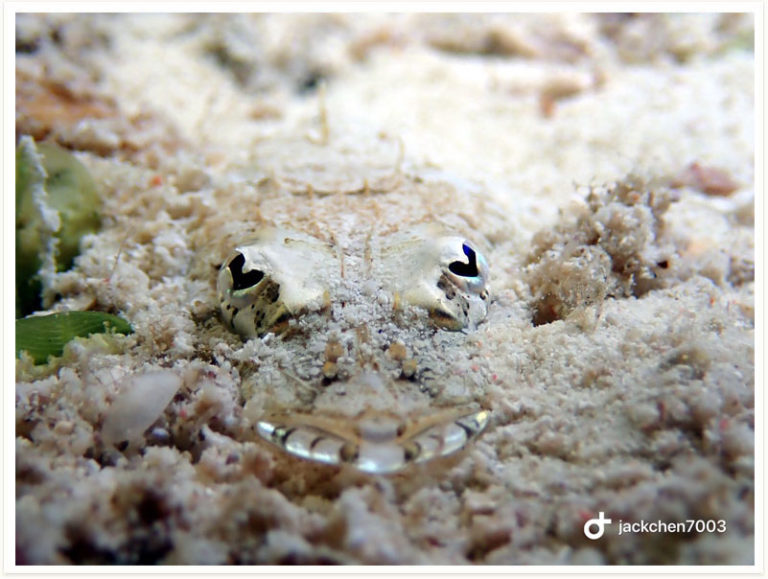
The long-snout clingfish is a small type of fish, which can grow up to 5 centimetres (2.0 in).
It has an elongated body and a stretched and spatulate snout. The snout is a criterion for recognizing the sex of the fish, since females have a longer and finer snout than males. This sexual dimorphism reflects a different diet between the two sexes.
Dugongs are found in warm coastal waters from the western Pacific Ocean to the eastern coast of Africa, along an estimated 140,000 kilometres (86,992 mi) of coastline between 26° and 27° degrees to the north and south of the equator. Their historic range is believed to correspond to that of seagrasses from the Potamogetonaceae and Hydrocharitaceae families. The full size of the former range is unknown, although it is believed that the current populations represent the historical limits of the range, which is highly fractured.Today populations of dugongs are found in the waters of 37 countries and territories. Recorded numbers of dugongs are generally believed to be lower than actual numbers, due to a lack of accurate surveys. Despite this, the dugong population is thought to be shrinking, with a worldwide decline of 20 percent in the last 90 years. They have disappeared from the waters of Hong Kong, Mauritius, and Taiwan, as well as parts of Cambodia, Japan, the Philippines and Vietnam. Further disappearances are likely.
Ecsenius namiyei, commonly called black comb-tooth blenny or Namiye’s coralblenny, is a species of marine fish in the family Blenniidae. The specific name honours the Japanese zoologist and museum curator Motoyoshi Namiye (1854-1915).
The black comb-tooth is widespread throughout the tropical waters of the western Pacific Ocean from the Philippines to Solomon Islands.
Members of the phylum Ctenophora are hermaphroditic. Life cycle: Eggs develop into planktonic juveniles called cydippid and later gradually adopt the form of adults.
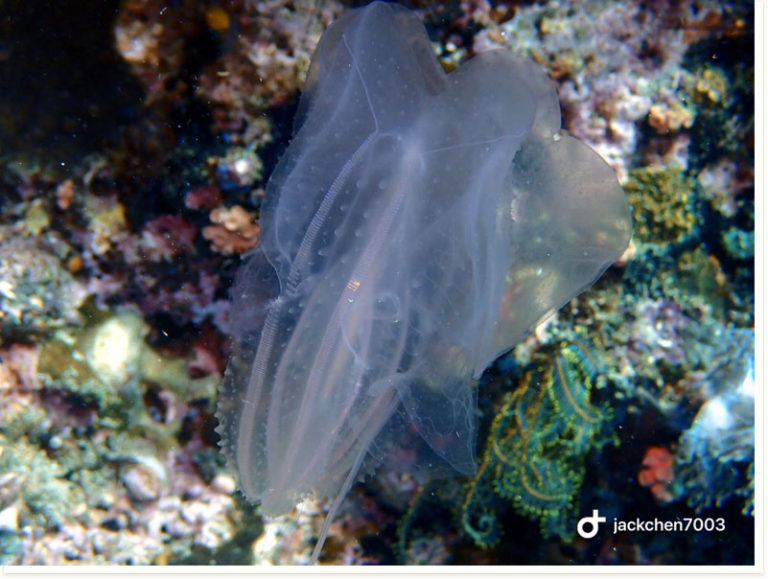
The dogtooth tuna can reach a length of 190–248 centimetres (75–98 in) in males. and a weight of 130 kg. The average size commonly observed is around 40 to 120 cm. They have 12-14 dorsal soft rays and 12-13 anal soft rays. The lateral line is strongly undulating. These large size tunas have a streamline shape and a distinctive body coloration: brilliant blue green on the back, silvery on the side and whitish on the belly, with two white tips on the two back fins close to its caudal peduncle. They are always swimming with open jaws. The upper jaw of the large mouth reaches the eye.
The greater blue-ringed octopus is, despite its vernacular name, a small octopus whose size does not exceed 10 centimeters, arms included, for an average weight of 80 grams. Its common name comes from the relatively large size of its blue rings (7 to 8 millimeters in diameter), which are larger than those of other members of the genus and help to distinguish this type of octopus.The head is slightly flattened dorsoventrally and finished in a tip. Its eight arms are short.
The pygmy seahorse is well camouflaged and extremely difficult to spot amongst the gorgonian coral it inhabits. So effective is this camouflage that the species wasn’t actually discovered until its host gorgonian was being examined in a laboratory.In 1969, a New Caledonian scientist, Georges Bargibant, was collecting specimens of Muricella gorgonians for the Nouméa museum and whilst one of these was on his dissection table he happened to notice a pair of tiny seahorses. The next year they were officially named by Whitley as “Bargibant’s pygmy seahorse.” Large, bulbous tubercles cover its body and match the colour and shape of the polyps of its host species of gorgonian coral, while its body matches the gorgonian stem. It is not known whether individuals can change colour if they change hosts, although the ability to change colour according to their surroundings does exist in some other seahorse species, such as Hippocampus whitei. Other distinctive pygmy seahorse characteristics include a fleshy head and body, a very short snout, and a long, prehensile tail. This is also one of the smallest seahorse species in the world, typically measuring less than 2 centimetres (0.79 in) in height.
The belcher’s sea snake is of moderate size, ranging from 0.5 to 1 meter (about 20–40 inches) in adult length. Its thin body is usually chrome yellowish in colour with dark greenish crossbands. The dorsal pattern does not extend onto the venter. The head is short and has bands of the same colours. Its mouth is very small but suitable for aquatic life. Its body, when viewed out of water, appears to have a faint yellow colour. Its scales are different from most other snakes in that they overlap each other. Each dorsal scale has a central tubercle. The body is strongly laterally compressed posteriorly. The ventral scales are very narrow, only slightly wider than the dorsal scales.
Inimicus didactylus, also known as demon stinger or devil stinger, is a member of the Inimicusgenus of venomous fishes, closely related to the true stonefishes. It can reach a body length of 25 cm (10 in) and is irregularly surfaced with spines and a knobby appearance. The fish has venomous spines to ward off enemies. The fish are nocturnal, and often dig themselves partially into the sandy seabed during the day. The body is red or sandy yellow and well camouflaged on sandy and coral seabeds.
The longhorn cowfish (Lactoria cornuta), also called the horned boxfish, is a species of boxfish from the family Ostraciidae, recognizable by its long horns that protrude from the front of its head, rather like those of a cow or bull.They are a resident of the Indo-Pacific region and can grow up to 50 cm (20 in) long.
The two-spot red snapper can reach a length of 90 cm (35 in), though most do not exceed 76 cm (30 in). The greatest recorded weight for this species is 12.5 kg (28 lb). These large reddish tropical snappers show darker fins, a rounded profile of head and a groove running from the nostrils to the eyes. They have 10 dorsal spines and 3 anal spines. Juveniles and some adults have two silvery-white spots (hence the common name) on the back close to their dorsal fins, while larger adults lose the spots and become mostly red. Large adults may cause ciguatera poisoning.
The reef manta ray can grow to a disc size of up to 5 m (16 ft) but average size commonly observed is 3 to 3.5 m (11 ft). It is dorsoventrally flattened and has large, triangular pectoral fins on either side of the disc. At the front, it has a pair of cephalic fins which are forward extensions of the pectoral fins. These can be rolled up in a spiral for swimming or can be flared out to channel water into the large, forward-pointing, rectangular mouth when the animal is feeding. The eyes and the spiracles are on the side of the head behind the cephalic fins, and the 5 gill slits are on the ventral (under) surface. It has a small dorsal fin and the tail is long and whip-like. The manta ray does not have a spiny tail as do the closely related devil rays (Mobula spp). The color of the dorsal side is dark black to midnight blue with scattered whitish and greyish areas on top head. The ventral surface is white, sometimes with dark spots and blotches. The markings can often be used to recognise individual fish.Mobula alfredi is similar in appearance to Mobula birostris and the two species may be confused as their distribution overlaps. However, there are distinguishing features.
Mobula eregoodootenkee (the pygmy devil ray or longhorned mobula) is a species of ray in the family Mobulidae. It is endemic to the Indian Ocean and central-west Pacific Ocean. It ranges from South Africa in the west to the Philippines in the east, north to Vietnam, and south to the northern coast of Australia.
unknow
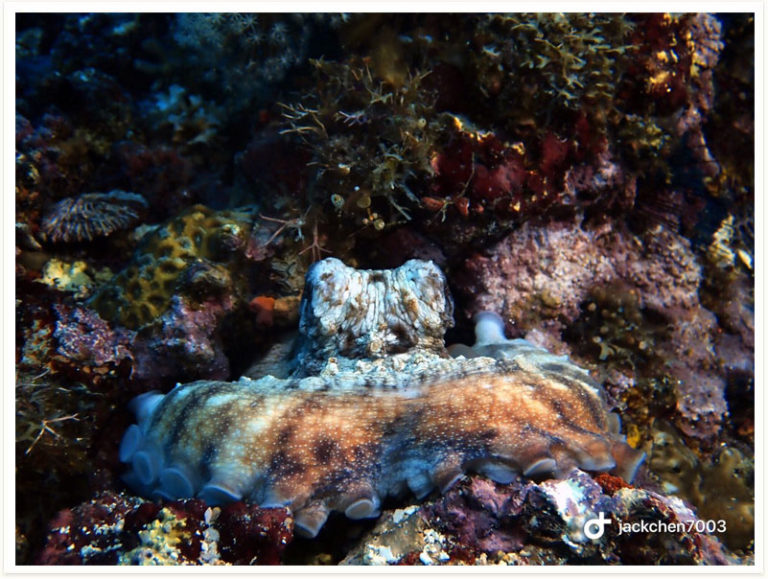
The yellow boxfish (Ostracion cubicus) is a species of boxfish. It can be found in reefs throughout the Pacific Ocean and Indian Ocean as well as the south eastern Atlantic Ocean. It reaches a maximum length of 45 centimeters(18 in.)
As the name suggests, it is box-shaped. Boxfish are also known for their armored and rigid body which in most cases would inhibit locomotion. This disadvantage is offset by the boxfish’s carapace shape which is much more advantageous for its evolved style of swimming- ostraciiform locomotion.When juvenile, it is bright yellow in color. As it ages, the brightness fades and very old specimens will have blue-grey to black colouration with faded yellow. It feeds mainly on algae, but will also feed on sponges, crustaceans and molluscs.
Body elongate and compressed, covered with velvety prickles. Preoperculum with 5 blunt spines. Anterior part of dorsal fin higher (2nd and 3rd spines elongate). Body dark-brown with darker mottling . Isthmus without fleshy pad .
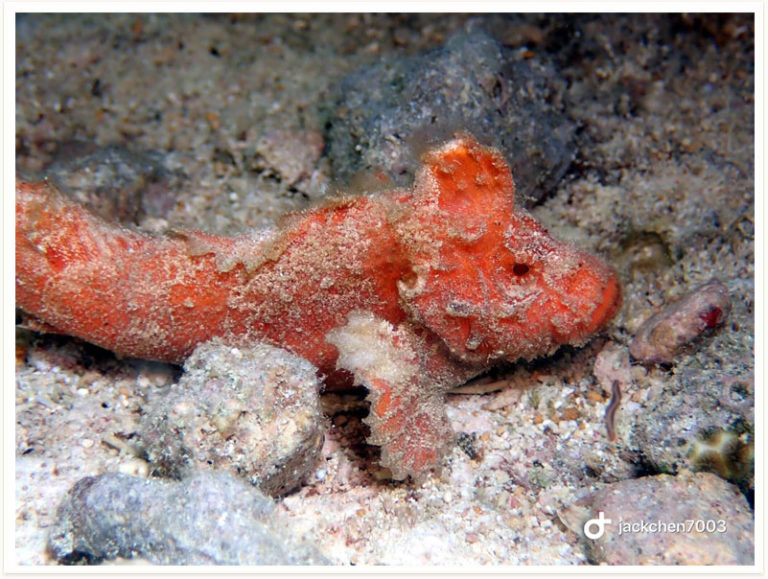
Plectorhinchus albovittatus, the two-striped sweetlips, is a species of grunt native to the Indian Ocean and the western Pacific Ocean. They occur in lagoons, reefs, or around seamounts. Juveniles live in turbid inshore and brackish waters. This species can reach 100 cm (39 in) SL. This species can be found in the aquarium trade.
Whale sharks have a mouth that can be 1.5 m (4.9 ft) wide, containing over 300 rows of tiny teeth and 20 filter pads which it uses to filter feed. Unlike many other sharks, whale sharks’ mouths are located at the front of the head rather than on the underside of the head. Whale sharks have five large pairs of gills. The head is wide and flat with two small eyes at the front corners. Whale sharks are dark grey with a white belly. Their skin is marked with pale grey or white spots and stripes which are unique to each individual. The whale shark has three prominent ridges along its sides, which start above and behind the head and end at the caudal peduncle. Its skin can be up to 15 cm thick and is very hard and rough to the touch. The shark has two dorsal fins set relatively far back on the body, a pair of pectoral fins, a pair of pelvic fins and a single medial anal fin. The tail has a larger upper lobe than the lower lobe (heterocercal). The whale shark’s spiracles are just behind its eyes.
Is actinopterygii outline scorpaeniformes rockfish suborder Scorpaenidae wherein one of temperate marine fish, distributed in the Northwest Pacific Japan Sagami Bay, length up to 15 cm, a rock perched water bottom sediments, to fish and crab-eating, habits unknown
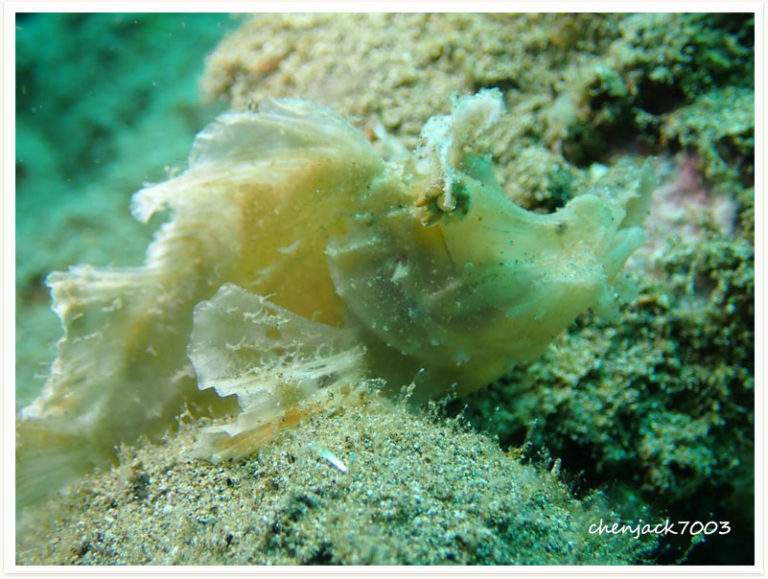
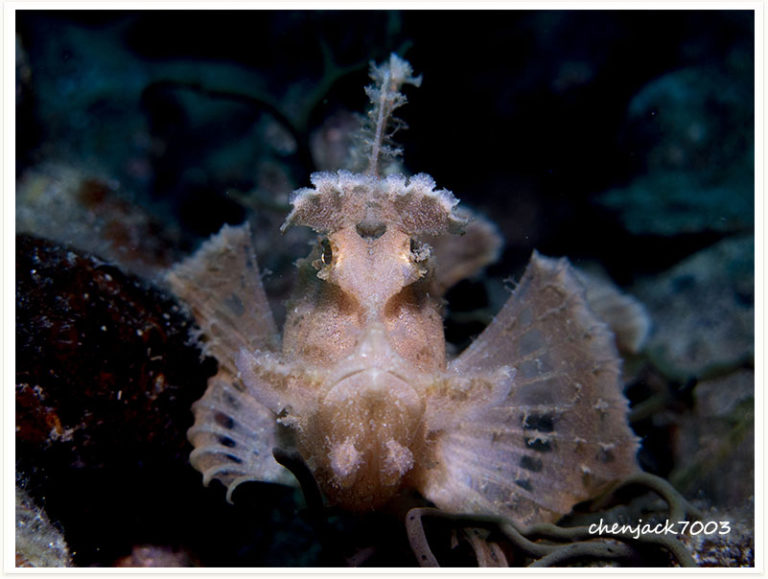
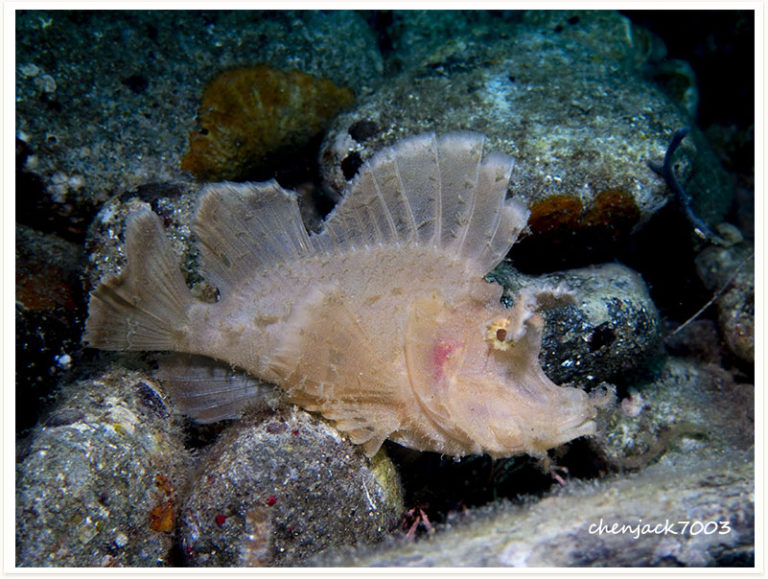
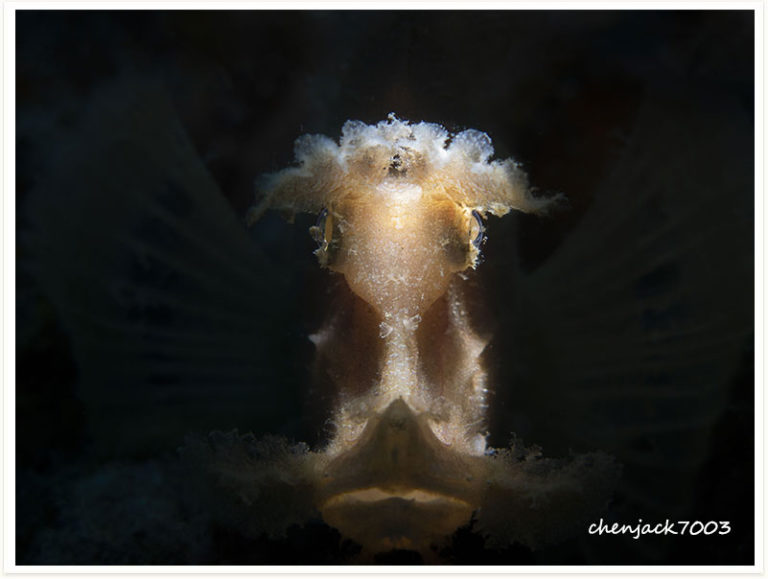
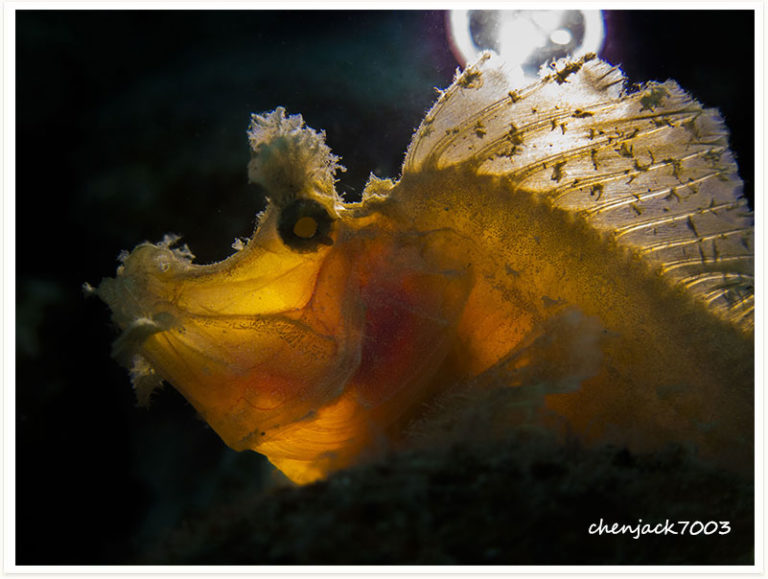
Interorbital area and snout scaled; small spines at midline between tympanic spines frequently present; interorbital spines present; extra spines usually present on upper rear margin of eye after supraocular spine; dorsal spine, usually non longer than orbit diameter; body often covered with small skin flaps. Distinguished from other species of Scorpaenodes by having suborbital ridge with more than 5 spinous points, usually with 10 or more in adults
The broadclub cuttlefish is the second largest cuttlefish species after Sepia apama, growing to 50 cm (20 in) in mantle length and 10 kg (22 lb) in weight.Like many cephalopods, the broadclub can be seen displaying a range of colors and textures. Commonly they are light brown or yellowish with white mottled markings. Males are sometimes dark brown, particularly during courtship and mating. The arms have longitudinal white bands that appear as broad white blotches when extended. Some arms have longitudinal brown bands that extend to the head. The dorsal mantle can sometimes be seen with a saddle mark with small white and brown spots. The dorsal mantle also has narrow brown transverse bands, and bold, white, transverse stripes and spots. The eyes are yellow around the ventral margins and the fins are pale with white, transverse stripes extending onto mantle and narrow, white bands along outer margins.
This fish has a torpedo-shaped extension, a cylindrical cross-section near, the bottom of the maxillary front edge, to the side of the body 20 having a triangular pattern, extending from the back side to about 2/3 of the bottom line, a first fin group anal bone there expanding phenomenon. 6 dorsal spines; soft dorsal section 9; anal spines 2; Anal soft rays 7-9 pieces, up to 90 cm in length.
The leaf scorpionfish is about 10 cm (4 in) long fully grown. Their color varies from green, red, pink, brown, ocher and yellowish to a ghostly white. The fish is almost as flat as a leaf and resembles a leaf in many other ways. The head and mouth are large. Through their eyes is a dark line. The large dorsal fin starts just behind the eyes and has 12 spines and eight to 11 soft rays. The anal fin has three spines and five or six soft rays. The venom of the leaf scorpionfish is considerably weaker than that of the lionfish and stonefish. The skin often has blotches that enhance a camouflage effect. This fish has appendages around the mouth, and sometimes real algae and hydroids grow on its skin.
A mature C. novaeguineae is pentagonal to subglobose in shape with an inflated appearance and much-abbreviated arms. It can grow to a diameter of 30 cm (12 in). Rows of tube feet are on the underside, and it has a central mouth. The colour is very variable and includes a mottling with darker and lighter shades of fawn, brown, orange, yellow and green. The armoured body wall is made of calcareous ossicles which are supported internally by pillars which buttress the ambulacra. The armouring contains pits into which the tube feet can be retracted. The body cavity is filled with water. On the dorsal face, they can be covered with small conical tubercles, as well inside as outside of papular areas.
Actaea is a genus of crabs in the family Xanthidae
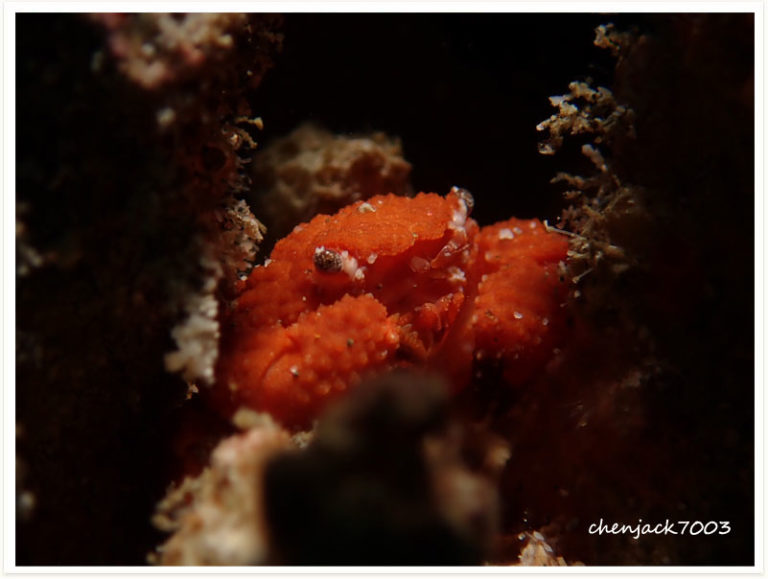
Ablabys macracanthus, also known as the spiny waspfish or as the spiny leaf-fish in Indonesia, is a Waspfish of the genus Ablabys that inhabits the Western Pacific and Indian Oceans.
The spiny waspfish is a primarily reef-dwelling fish, living at a depth of 1 to 20 meters below the surface.It lives at tropical latitudes (25 to 8 degrees north latitude).
Acanthurus japonicus is a tang from the Indo-West Pacific. It occasionally makes its way into the aquarium trade. It grows to a size of 21 cm in length. It is also known as Japan surgeonfish, white-faced surgeonfish, gold rim tang, powder brown tang and white-nose surgeonfish.
Acanthurus thompsoni is a tropical fish found in the Pacific and Indian Oceans. It is commonly known as the Thompson’s surgeonfish. It is commercial in aquarium use.
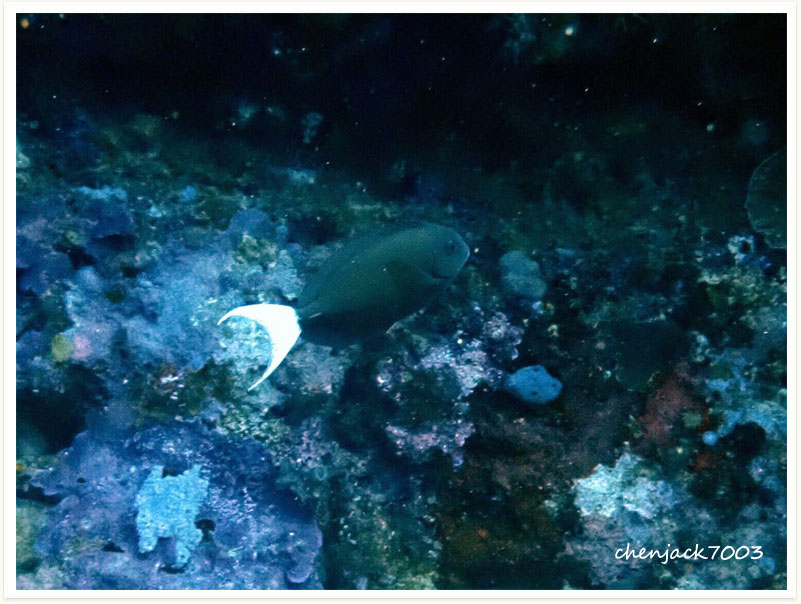
e yellowfin surgeonfish ranges in length to 70 cm (28 in). It has eight or 9 dorsal spines, 25-27 dorsal soft rays, three anal spines, 23-25 anal soft rays, and 16-24 anterior and 17-22 posterior gill rakers.
Its body is purplish gray. It has a region of dull yellow in front of its eye. The outer third of its pectoral fin is yellow, the extreme distal part is hyaline. Its dorsal and anal fins are yellowish grey basally and dull yellow distally. Its caudal fin is purplish and the caudal spine is small.
The razorfish is easily identifiable due to its particular body shape as well as its way of moving in synchrone group head down. It is a small fish with a maximum size of 15 cm (5.9 in) long, its body is stretched ending by a long fine “beak”. Its fins are considerably reduced and transparent. The dorsal surface of the razorfish is covered by protective bony plates. They extend past the end of the body and over the tail fin, which terminates in a sharp spine. A black to brown median band runs the length of the fish crossing also the eyes. The color of the body is variable with the habitat. In seagrass environment, the background color of the body can be greenish-yellow with light brown stripes. In open areas like sand patch, rubble or close to coral reef, then the body coloration occurs to be light silver with a black to brown stripe. There is no known sexual dimorphism.
The common thresher is a fairly robust shark with a torpedo-shaped trunk and a short, broad head. The dorsal profile of the head curves evenly down to the pointed, conical snout. The eyes are moderately large and lack nictitating membranes. The small mouth is arched and, unlike in other thresher sharks, has furrows at the corners. The species has 32-53 upper and 25-50 lower tooth rows; the teeth are small, triangular, and smooth-edged, lacking lateral cusplets. The five pairs of gill slits are short, with the fourth and fifth pairs located over the pectoral fin bases.
Clark’s anemonefish is a small-sized fish which grows up to 10 cm as a male and 15 cm as a female.It is stocky, laterally compressed, and oval to rounded.
It is colorful, with vivid black, white, and yellow stripes, though the exact pattern shows considerable geographical variation. Usually it is black dorsally and orange-yellow ventrally, the black areas becoming wider with age. There are two vertical white bands, one behind the eye and one above the anus, and the caudal peduncle is white. The snout is orange or pinkish. The dorsal and caudal fins are orange-yellow, and the caudal fin is generally lighter in tone than the rest of the body, sometimes becoming whitish.
The body of A. perideraion is pink to peach. It has the white stripe along the dorsal ridge that is common to all members of the skunk complex and a white head bar running vertically just behind the eye. While the largest species of anemonefish can reach a length of 18 cm (7.1 in), A. perideraion is one of the smallest species, with females growing to a length of 10 cm (3.9 in).
Arothron manilensis is a small sized fish which grows up to 31 cm length. Its body is oval shape, spherical et relatively elongated. The skin is not covered with scales. The fish has no pelvic fin and no lateral line. The dorsal fin and the anal fin are small, symmetric and located at the end of the body. Its snout is short with two pairs of nostrils and its mouth is terminal with four strong teeth.
Arothron nigropunctatus is a small sized fish which grows up to 33 cm (1 ft) length. Its body is oval shape, spherical and relatively elongated. The skin is not covered with scales. The fish has no pelvic fin and no lateral line. The dorsal fin and the anal fin are small, symmetric and located at the end of the body. Its snout is short with two pairs of nostrils and its mouth is terminal with four strong teeth.
Aspidontus dussumieri, the lance blenny or Dussumier’s blenny, is a species of combtooth blenny found in coral reefs in the Pacific and Indian Oceans.The specific name honours the French explorer and merchant Jean-Jacques Dussumier (1792-1883).
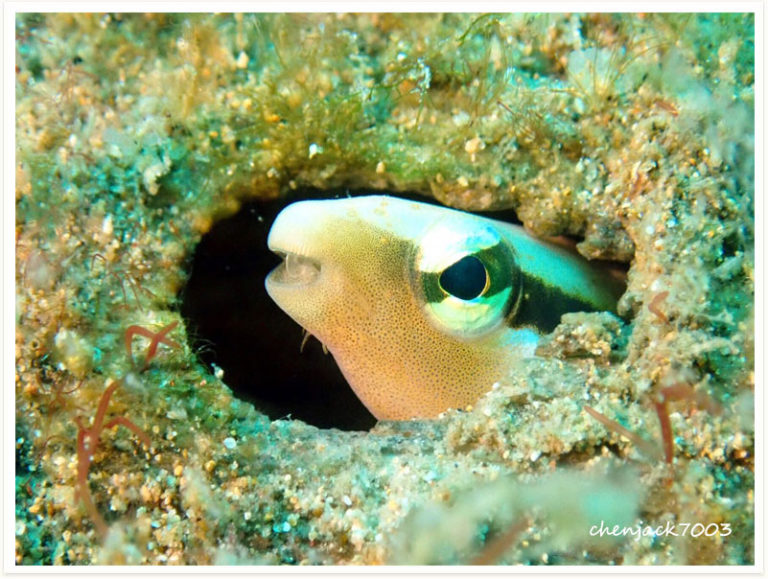
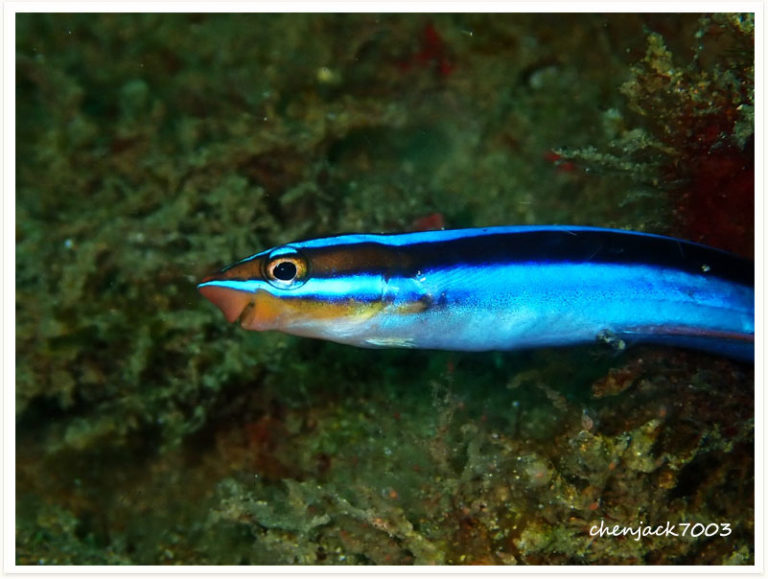
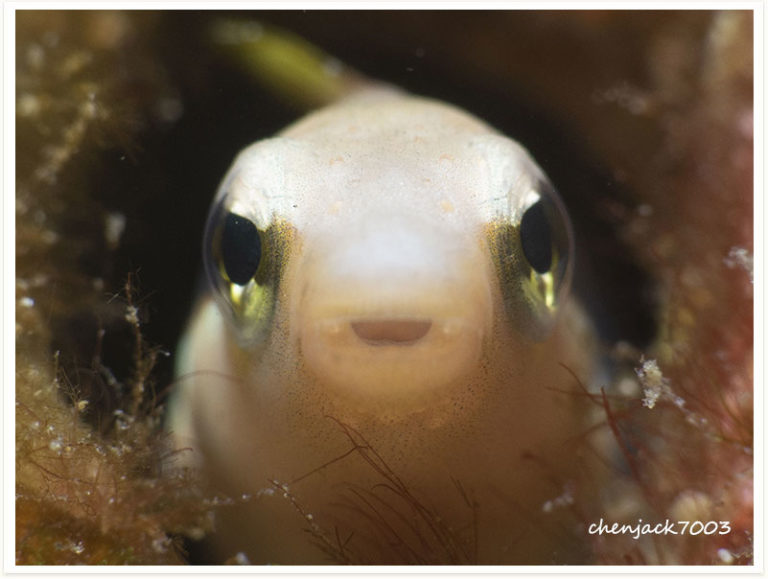
The clown triggerfish is a fish which grows up to 50 cm. Its body has a stocky appearance, oval shape and compressed laterally. The head is large and represents approximately one third of the body length. The mouth is small, terminal and has strong teeth.
Bothus lunatus has a laterally flattened body and orientates itself so that its right side is underneath and its left side is uppermost. Both eyes are on this upper surface and project on short thick stalks. The body shape is rounded and the dorsal and anal fins nearly surround the body. The former has 92 to 99 soft rays and the latter 71 to 76. The pectoral fins are long and often erect. An average adult length is about 35 cm (14 in), with a maximum length of 46 cm (18 in). The upper surface of this flounder is some shade between grey, brown and tan with small blue spots and circular blue markings, the head and fins also being spotted and speckled with blue. There are two or three rather diffuse dark patches on the lateral line. The fish can vary its background colour to make it closely resemble that of its surroundings and thus camouflage itself as it lies on the seabed. Fish in this genus are able to change their colouring in two to eight seconds.
The fish is a small leatherjacket with a round, almost circular body, growing to a maximum of 9 centimetres (3.5 in). They are able to inflate their abdomen.
Colouration is highly variable, ranging from pale yellow-brown to dark green, and with numerous dark and light stripes, spots or ocelli.Colouration of a single fish can change during the courtship process.
The giant trevally is the largest member of the genus Caranx, and the fifth-largest member of the family Carangidae (exceeded by the yellowtail amberjack, greater amberjack, leerfish and rainbow runner), with a recorded maximum length of 170 cm and a weight of 80 kg. Specimens this size are very rare, with the species only occasionally seen at lengths greater than 80 cm. It appears the Hawaiian Islands contain the largest fish, where individuals over 100 lbs are common. Elsewhere in the world, only three individuals over 100 lbs have been reported to the IGFA.
The bluefin trevally is a large fish, growing to a maximum known length of 117 cm and a weight of 43.5 kg, however it is rare at lengths greater than 80 cm. It is similar in shape to a number of other large jacks and trevallies, having an oblong, compressed body with the dorsal profile slightly more convex than the ventral profile, particularly anteriorly. This slight convexity leads to the species having a much more pointed snout than most other members of Caranx. The dorsal fin is in two parts, the first consisting of 8 spines and the second of 1 spine followed by 21 to 24 soft rays. The anal fin consists of 2 anteriorly detached spines followed by 1 spine and 17 to 20 soft rays.The pelvic fins contain 1 spine and 20 soft rays.The caudal fin is strongly forked, and the pectoral fins are falcate, being longer than the length of the head. The lateral line has a pronounced and moderately long anterior arch, with the curved section intersecting the straight section below the lobe of the second dorsal fin. The curved section of the lateral line contains 55-70 scales while the straight section contains 0 to 10 scales followed by 27 to 42 strong scutes. The chest is completely covered in scales. The upper jaw contains a series of strong outer canines with an inner band of smaller teeth, while the lower jaw contains a single row of widely spaced conical teeth. The species has 25 to 29 gill rakers in total and there are 24 vertebrae present.The eye is covered by a moderately weakly developed adipose eyelid, and the posterior extremity of the jaw is vertically under or just past the anterior margin of the eye.Despite their wide range, the only geographical variation in the species is the depth of the body in smaller specimens.
Cassiopea andromeda (Upside-down jellyfish) is a type of jellyfish that usually lives in intertidal sand or mud flats, shallow lagoons, and around mangroves. This jellyfish, many times mistaken for a sea anemone, usually has its mouth upward on the bottom. Its bell, which is yellow-brown with streaks and spots that are white or pale, vibrates to make the water flow through its arms for respiration and the obtaining of food.
This is a medium-sized fish that can reach a length of 60 centimeters (24 in). Small individuals are dark brown with hundreds of small, dark-edged iridescent blue spots. Larger specimens sometimes develop four to six lighter vertical bars on the back half of its body.
The bluelashed butterflyfish or eclipse butterflyfish (Chaetodon bennetti) is a species of butterflyfish (family Chaetodontidae). It is found in the Indo-Pacific from East Africa to the Pitcairn Islands, north to Japan and south to Lord Howe Island and Rapa Iti.
The black-backed butterflyfish or blackback butterflyfish (Chaetodon melannotus) is a species of butterflyfish (family Chaetodontidae). It is widespread through the Indo-Pacific area from the Red Sea and East Africa to Samoa, to southern Japan and throughout Micronesia.
This fish grows up to 18 cm (c. 7 in) long, and may live for up to 20 years. When observed at night or when frightened, this species changes color; the dorsal portion of the body turns black except for two white patches.
The Eight-banded Butterflyfish or eightband butterflyfish (Chaetodon octofasciatus) is a species of butterflyfish (family Chaetodontidae). It is found in the Indo- west Pacific region from Indonesia and the Philippines via Papua New Guinea and the Great Barrier Reef to the Solomon Islands, Palau, and north to China; it extends into the Indian Ocean at least to the Maldives, India and Sri Lanka.
The Ornate Butterflyfish, Chaetodon ornatissimus, is a species of butterflyfish (family Chaetodontidae). The Ornate Butterflyfish is widespread throughout the tropical waters of the Indo-Pacific area.
The Coral hind is a small size fish and can reach a maximum size of 20 cm length . It is found in depths down to 36 m.
The vagabond butterflyfish (Chaetodon vagabundus) is a species of butterflyfish (family Chaetodontidae). It is found in the Indo-Pacific region from the Red Sea and off East Africa as far east as the Tuamotu Islands, north to southern Japan and south to the Austral Islands.
Chlorurus microrhinos usually grows to be about 80 centimetres (31 in) long. These parrotfishes are greenish blue, with a brilliant blue band behind the corner of the mouth and a wide blue patch along the head. Rarely some individuals may be uniformly yellowish-tan. The cheek is crossed by an irregular line, below which the colour is usually greenish-yellow. Larger fishes are uniformly dark, greenish brown, turning into greenish blue only with age, but they do not undergo as radical a color change with growth as do other scarids.
The humpback grouper is a medium-sized fish which grows up to 70 cm (28 in). Its particular body shape makes this grouper quite impossible to mix up with other fishes. Its body is compressed laterally and is relatively high. This stocky and strange visual effect is accented by its concave profile and its elongated snout which gives it a humpbacked appearance.
The Crocodilefish is a medium-sized fish which grows up to 50 cm (19.7 in), but the average size mostly observed is 35 cm (13.8 in).[1] The body is elongated and the head is particular because of its flat appearance like a duck bill. They have lappets at the rear of their globulous eyes, which help to break up the outline of the black iris and improve their camouflage. Juveniles begin black with few white spots and a white line behind the head. The adults have a body coloration which can vary in intensity according to the surrounding. The body is covered with a pattern like a mosaic of beige to brown spots or even greenish to grey separated by an interlacing of blue lines which ideally camouflaged them with their habitat.
The oriental flying gurnard can grow to 40 cm (16 in) in length but its common size is about 20 cm (8 in). It has a broad head with a blunt snout and the eyes are set a long way apart. It has a heavily armoured robust body. The dorsal fin has seven spines and nine soft rays while the anal fin has no spines and six to seven soft rays. The huge, rounded pectoral fins having many dark spots and wavy streaks and a bright blue edge. Each ray has a feeler-like extension on the tip. This fish is well camouflaged with a grayish brown base color with dark brown or black markings on its head and body.
Dactylopus kuiteri, known commonly as the Kuiter’s dragonet, is a species of marine fish in the family Callionymidae.
The Kuiter’s dragonet is widespread throughout the tropical waters of the central Indo-Pacific region and particularly around Indonesia.
The zebra turkeyfish is an unusual looking fish with vertical stripes in orange, white and black on the body, and large, banded fan-like pectoral fins that flare out on either side as the fish lies on the seabed. The front dorsal fin is made up of thirteen tall, quill-like spines and the second dorsal fin has ten to eleven soft rays. The anal fin has three spines and about ten soft rays. The second dorsal fin, the anal fin and the rounded caudal fin are transversely banded in black and white. This fish grows to a maximum length of about 25 cm (10 in).
E. naucrates is a medium-sized fish which can grow up to 110 cm (43 in) length.Its body is elongated and streamlined, and its lower jaw is clearly prognathic (it projects forward well beyond the upper jaw).The jaws, vomer and tongue have villiform teeth. The main distinctive feature to distinguish from other fishes is the oval-shaped sucking disc, which is a highly modified dorsal fin positioned from the top of the head to the anterior part of the body.
The camouflage grouper (Epinephelus polyphekadion) is a species of marine fish in the family Serranidae.
The camouflage grouper is widespread throughout the tropical waters of the Indo-Pacific area from the eastern coast of Africa to the French Polynesia and it is also present in the Red Sea.
The hummingbird bobtail squid is a small sized sepia. Its size varies according to the sex; males are no bigger than 3 centimetres (1.2 in) while the female reaches 5 centimetres (2.0 in) length.The global body aspect is compact and rounded. It possesses eight arms and two tentacles, a pair of small lateral fins on the posterior part of the mantle. The background color of the body is translucent with a large number of tiny dark chromatophores. Those later are widely distributed on all the body from arms, head, ventral and dorsal areas of the mantle, except the pair of lateral fins which only the border with the mantle has chromatophores. The external color of the sepia, as we see it, is like a blend of small dark, electric blue and green dots.
The little dragonfish or short dragonfish (Eurypegasus draconis) is a species of marine fish in the family Pegasidae. It is widespread throughout the tropical waters of the Indo-Pacific, including the Red Sea.
The little dragonfish can grow up to 10 cm (3.9 in) length. It sheds its skin in one piece. Millions of these kind of fish are sold for traditional medicine each year in China and Hong Kong alone.
It is widespread in the tropical and subtropical waters of the Indo-Pacific as far north as Japan and east to the coasts of the Americas, including the Red Sea. In 2000, its presence was reported in the Mediterranean Sea; since then, it has continued to disperse and is now well established in some areas. This species is considered as part of the Lessepsian migration. It has spread rapidly through the Mediterranean from its origin in the Suez Canal, the first records being off Israel in 2000 and it had reached the southern coast of Spain and as far north as the Gulf of Lions by 2007.Scientists have determined that the fish in the Mediterranean are all descended from a small number of ancestors, possibly as a result of a single invasion event, and are not as genetically variable as their conspecifics in the Red Sea.
The yellow longnose butterflyfish or forceps butterflyfish, Forcipiger flavissimus, is a species of marine fish in the family Chaetodontidae.
The yellow longnose butterflyfish is widespread throughout the tropical waters of the Indo-Pacific area from the eastern coast of Africa to Hawaii, Red Sea included, and is also found in the eastern Pacific Ocean from Baja California to the Revillagigedo Islands and the Galapagos.
The goldspot seabream is a medium-sized fish which can grow up to a maximum length of 30 cm, however the commonly observed size is 20 cm. Its body is compressed laterally, the snout is pointed and the tail is forked. The background coloration is silver-grey with golden horizontal lines on the sides, these later are topped by dark horizontal lines. Its fins have pinkish shades, a yellow mustache-like line overcomes the upper lip, the junction of the pectoral fins to the body is marked with yellow and also along the outer edge of the operculum. A golden yellow spot located on the back at the termination of the dorsal fin is a hallmark of this species. In proportion to body size, the eyes are quite large.
The barred thicklip wrasse is a medium-sized fish that can reach a maximum length between 30 cm to 50 cm.
Its body is high, relatively flattened, its head is large and its terminal mouth has thick lips. Its body coloration varies according to age.
During the juvenile phase, this wrasse has a green-yellow background color with six yellow vertical lines and in between them there is thin black vertical lines which are not necessarily visible.
The pyramid butterflyfish is a small-sized fish that can reach a maximum length of 18 cm.
Its body is compressed laterally with a rounded body profile, and its snout protrudes forwards slightly with a small protrusible (extendable) mouth. Its very characteristic livery leaves no doubt about the identification.
The reef bannerfish is a small-sized fish that can reach a maximum length of 25 cm. However, the average size generally observed in the nature oscillates around 15 cm.
Its body is compressed laterally, the first rays of its dorsal fin stretch in a long white filament. The background color of its body is white with two large black diagonal bands. Beyond the second black stripe, the dorsal and the caudal fins are yellow. The pectoral fins are also yellow. The head is white, the eyes are black and linked together by a black band. The snout, spotted with black, is a bit stretched with a small terminal protractile (it can be extend) mouth.
The threeband pennantfish is a small-sized fish that can reach a maximum length of 18 cm.The body is laterally strongly flattened, with a basic white color and three broad oblique brown bands. The first dark brown band runs from the forehead up to the ventral fins, the second from the dorsal fin to the anal fin, the third is adjacent to the dorsal fin. The first rays of the dorsal fin is elongated and looks like a black and white feather.
Nannocampus weberi, also known as the reef-flat pipefish is a species of marine fish belonging to the family Syngnathidae. They can be found inhabiting reefs in the Lesser Sunda Islands of Indonesia particularly the islands of Sumba and Bali. Their diet likely consists of small crustaceans such as copepods. Reproduction occurs through ovoviviparity in which the males brood eggs before giving live birth
Nemateleotris magnifica, the fire goby, fire fish, fire dartfish, or red fire goby is a species of dartfish native to the Indian and Pacific oceans from the eastern coast of Africa to the Hawaiian Islands and from the Austral Islands north to the Ryukyu Islands. It is an inhabitant of reefs where it can be found at depths of from 6 to 70 metres (20 to 230 ft). It is usually found just above the bottom, facing into the current, where it awaits its prey of small invertebrates.
The bluespotted stingray has a flat disc-like rhomboid body up to 47 centimeters (19 in) in diameter and 70 centimeters (28 in) in total length.Their coloring is a dark green with blue spots with a light white underbelly also known as countershading. Its snout is very short and broadly angular along with its angular disc. The rays’ bright coloration serves as a warning for its venomous spines. The ray has a very long tail accommodating two venomous spines on the base of the tail. The tail is about twice as long as the body of the ray, and the barbs or spines are two different sizes, one being very large and the other a medium-sized barb. The bluespotted stingray has bright yellow eyes that are positioned to allow them a wide angle of view. Since the gills are located ventrally, the spiracles allow water to reach the gills while resting or feeding on the benthos. The spiracles are located directly behind the eyes. The mouth is located on the ventral side of the body, which promotes the unique foraging technique of stingrays. Rays are normally solitary individuals but can occur in groups. One unique characteristic of the bluespotted stingray is that they rarely bury themselves in the sand, only to hide from predators, unlike the majority of stingrays who bury themselves regularly to hunt.
Ostracion meleagris, the White-spotted boxfish, is a species of boxfish found in the Indian and Pacific Oceans. It is found on reefs at depths of from 1 to 30 metres (3.3 to 98.4 ft). This species grows to a length of 25 centimetres (9.8 in) TL. Males and females differ in colour: males are blackish on the back with white spots, and have bluish sides with bright yellowish bands and spots. Females and juveniles are dark brown to blackish with white spots
Plectorhinchus chaetodonoides, the harlequin sweetlips, is a species of grunt native to the Indian Ocean and the western Pacific Ocean. It is a denizen of coral reefs found at depths of from 1 to 30 m (3.3 to 98.4 ft). It can reach 72 cm (28 in) in TL. The heaviest known individual weighed 7 kg (15 lb). This species is of minor importance to local commercial fisheries and can be found in the aquarium trade.
Plotosus lineatus can reach a maximum length of 32 cm (13 in).The body is brown with cream-colored or white longitudinal bands.
The most striking feature of this species is in the fins, in fact the second dorsal, caudal and anal are fused together as in eels. In the rest of the body is quite similar to a freshwater catfish: the mouth is surrounded by four pairs of barbels, four on the upper jaw and four on the lower jaw. The first dorsal and each of the pectoral fins have a highly venomous spine. They may even be fatal.
Juveniles are dark blue with electric blue and white rings; adults have yellow and blue stripes, with black around the eyes. It takes about 24 to 30 months for an emperor angelfish to acquire its adult coloring. Full adult size is about 40 cm (15.75 in) in length
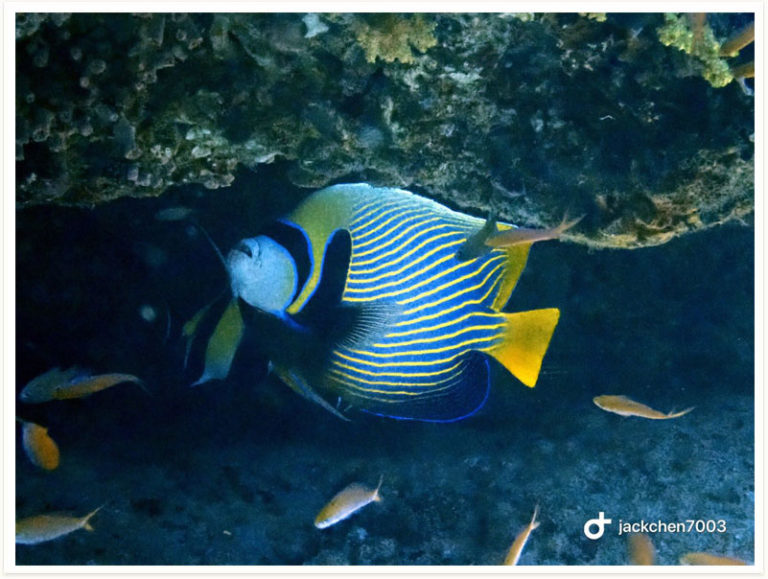
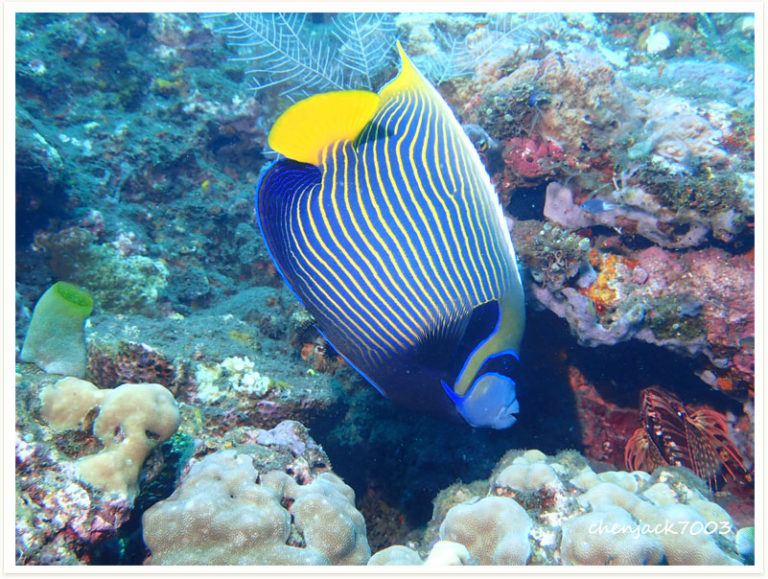
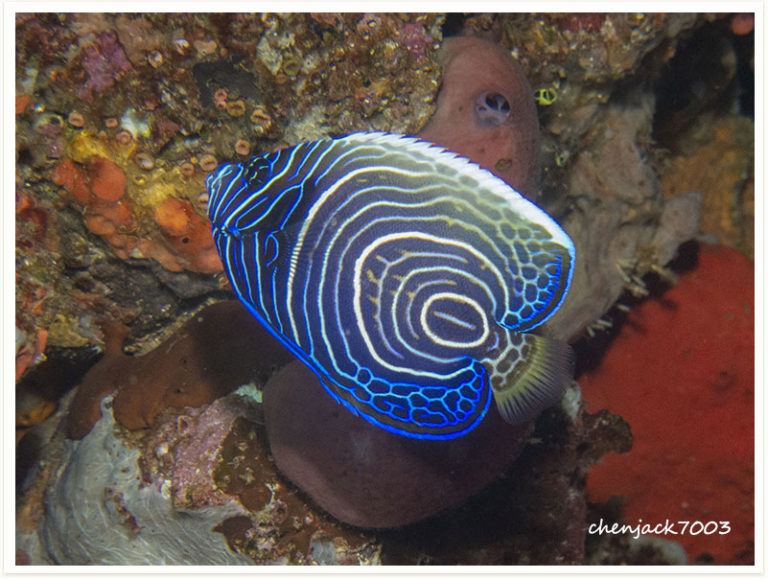
The yellowface angelfish grows to a maximum length of 38 centimetres (15 in) and is laterally compressed. The mouth is just above the tip of the snout. The fins are large and rounded and are yellow, some edged with blue round the margins. The dorsal fin is set just in front of the caudal region, has a distinctive black eyespot at the base and has 13–14 spines and 16–18 soft rays. The anal fin has 3 spines and 16–18 soft rays. The scales are pale blue edged with yellow giving a reticulated pattern. The face is yellow with a dense network of brilliant blue lines on the bottom half and a plain yellow mask around the eyes. Juveniles are quite differently coloured with 6 vertical white bars separated by pale blue lines and a caudal fin barred in 2 shades of blue. The juveniles change colour gradually after reaching a length of 7 to 12 centimetres (2.8 to 4.7 in). This species can be confused with the queen angelfish (Holacanthus ciliaris) or the blue angelfish (Holacanthus bermudensis), but both these have a completely blue face and lack the caudal eyespot.
The yellowmargin triggerfish, Pseudobalistes flavimarginatus, are marine fish in the triggerfish family Balistidae. They originate in coastal tropical waters and reefs of the Indo-Pacific from the Red Sea south to Natal, South Africa and east from southern Japan south to Indonesia, Philippines and Samoa. They can be found at water depths from 2–50 m (6.6–164.0 ft).
The red lionfish (Pterois volitans) is a venomouscoral reef fish in the familyScorpaenidae, orderScorpaeniformes. P. volitans is native to the Indo-Pacific region, but has become an invasive species in the Caribbean Sea, as well as along the East Coast of the United States and East Mediterranean. This and a similar species, Pterois miles, have both been deemed invasive species. Red lionfish are clad in white stripes alternated with red/maroon/brown stripes. Adults in this species can grow as large as 47 cm (18.5 in) in length, making it one of the largest species of lionfish in the ocean, while juveniles are typically shorter than 1 inch (2.5 cm). The average red lionfish lives around 10 years. As with many species within the family Scopaenidae, it has large, venomous spines that protrude from the body, similar to a mane, giving it the common name lionfish. The venomous spines make the fish inedible or deter most potential predators. Lionfish reproduce monthly and are able to quickly disperse during their larval stage for expansion of their invasive region. No definitive predators of the lionfish are known, and many organizations are promoting the harvest and consumption of lionfish in efforts to prevent further increases in the already high population densities.
Sargocentron spiniferum is the largest squirrelfish in its range and can reach up to 51 cm (20 in) in length and 2.6 kg (5.7 lb) in weight (the Atlantic Holocentrus adscensionis can surpass the length, but it is slimmer). A more common length for S. spiniferum is 35 cm (14 in). The body is oval and laterally compressed. The head has a pointed snout and large eyes, being largely nocturnal. The basic colour is bright red. It has silver scale margins, a spinous dorsal fin and a large deep red patch just behind the eyes. The lower jaw protrudes beyond the upper jaw. It bears a very long preopercle spine (near the gill-opening). The anal and ventral fins are yellowish. The caudal fin is clearly bifid.
The false stonefish has a broad head with a wide mouth, a humped back, and a tapering body, and can reach 30 cm (12 in) in length. Its dorsal fin has 12 venomous spines and eight to 10 soft rays. The anal fin has three spines and five to six soft rays. The skin is rough with low conical projections, spines, and tassels. The colouring is a combination of mottled grey and white with reddish-brown blotches and the fish is well-camouflaged among stones and corals. The inner sides of the broad pectoral fins have orange, black, and white blotches and the fins can be “flashed” as a warning. This fish closely resembles the reef stonefish (Synanceia verrucosa).
The tasseled scorpionfish, or small-scaled scorpionfish, Scorpaenopsis oxycephala, is a carnivorous ray-finned fish with venomous spines that lives in the Indian and Pacific Oceans. It can reach a maximum length of 36 cm (14 in) and can vary considerably in color. Adults are bearded with a number of tassels below the jaw.
Siokunichthys is a genus of pipefishes native to the Indian and Pacific Oceans. One species, Siokunichthys nigrolineatus, has a commensal relationship with mushroom corals of the genusFungia.
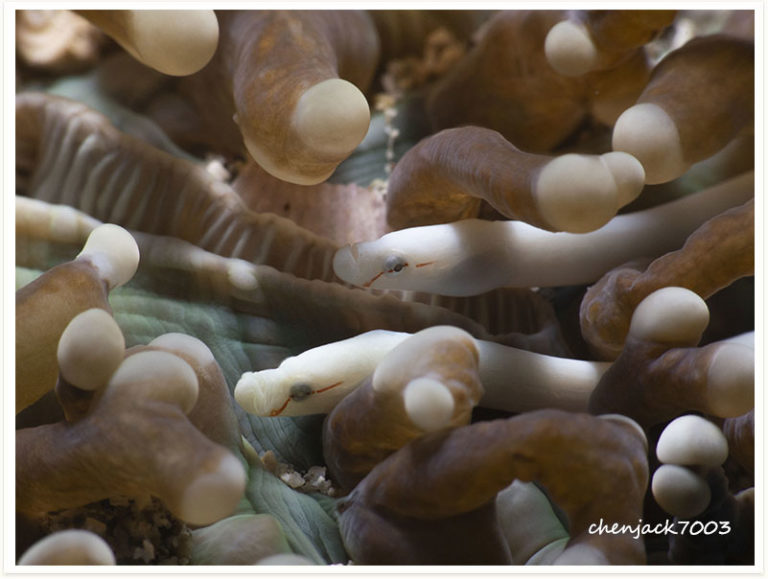
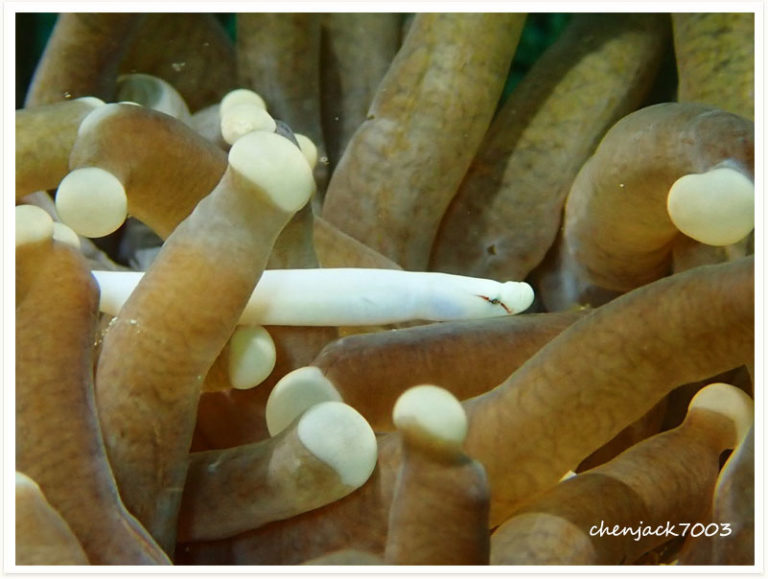
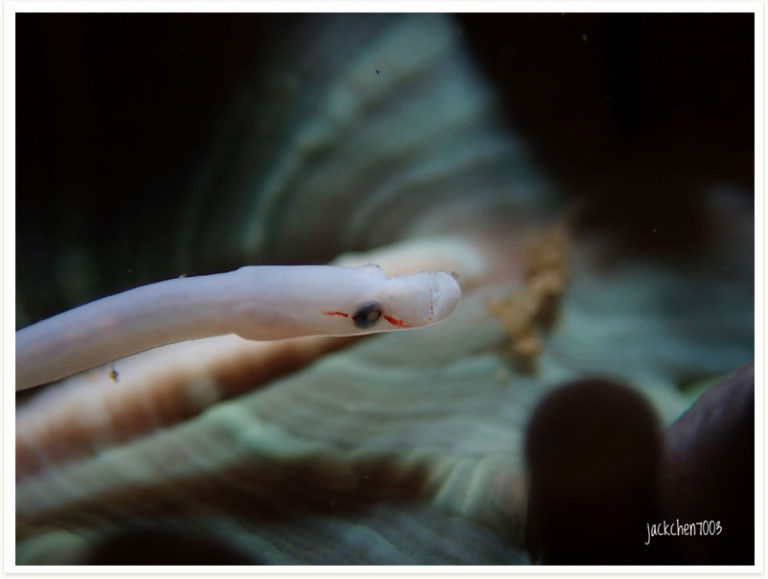
The round ribbontail ray has a thick pectoral fin disc wider than it is long, with a smoothly rounded outer margin. The eyes are of medium size and are followed by larger spiracles. There is a short and broad curtain of skin between the oval nostrils, with a finely fringed trailing margin. The mouth is wide and curved, with faint furrows at the corners. There is a row of seven papillae on the floor, with the outermost pair smaller and set apart from the others. There are 37–46 tooth rows in the upper jaw and 39–45 tooth rows in the lower jaw. The teeth are small with a deep groove across the crown, and are arranged in a dense quincunx pattern into flattened surfaces.
A relatively small species, few whitetip reef sharks are longer than 1.6 m (5.2 ft). The maximum length this species attains is often given as 2.1 m (6.9 ft), though this was originally based on visual observations and may be dubious. The maximum reported weight is 18.3 kg (40 lb). The whitetip reef shark has a slim body and a short, broad head. The snout is flattened and blunt, with large flaps of skin in front of the nares that are furled into tubes. The eyes are small and oval with vertical pupils and prominent ridges above, and are often followed by a small notch. The mouth has a distinct downward slant (imparting a disgruntled expression to the shark), with short furrows at the corners. There are 42–50 tooth rows in the upper jaw and 42–48 tooth rows in the lower jaw. Each tooth has a single narrow, smooth-edged cusp at the center, flanked by a pair of much smaller cusplets.
It’s a small size fish that can reach a maximum size of 8,5 cm length.
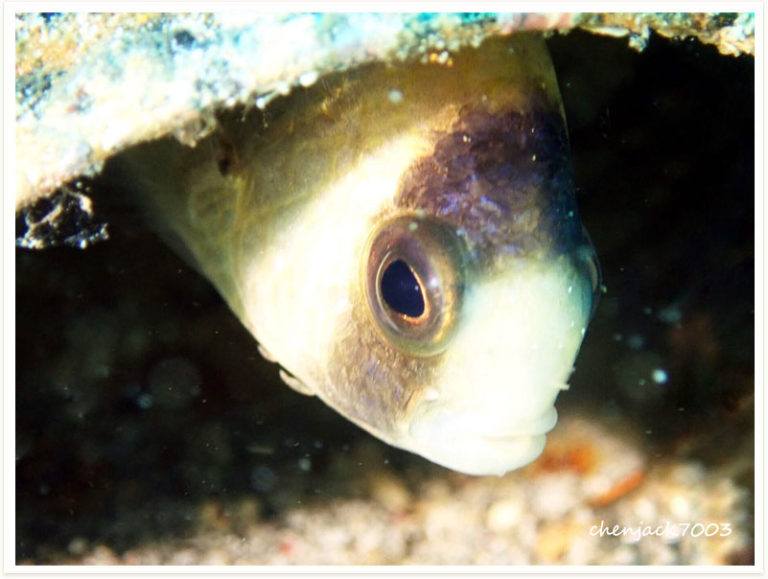
A. melanopus adults can grow to 12 cm (4.7 inches). The body of A. melanopus is a dark red to orange with mahogany sides. Juveniles and adults have a white head band, which is wide and starts behind the eye, which may gave a blue tint. The dorsal and caudal fins of the fish have a lighter color than the rest of the fish and can sometimes be a cinnamon color. The pelvic and anal fins are usually black.
The common clownfish is a small fish which grows up to 11 cm (4.3 inches). Its body has a stocky appearance and oval shape. It is compressed laterally, with a round profile. The coloration of its body is orange to reddish-brown, but it can also be black in some particular areas such as the Northern Territory in Australia.It has three vertical white stripes outlined with a fine black line. The first passes just behind the eye, the second in the middle of the body widens forward to the head centrally and the third one circles the caudal peduncle. All the fins are also outlined with a fine black line. A. ocellaris is often confused with Amphiprion percula, which possesses exactly the same colours and patterns at first sight but distinguishes itself by the thickness of the black outlines. Additionally, A. ocellaris has a taller dorsal fin, and typically possesses 11 dorsal-fin spines vs. 10 spines in Amphiprion percula.
The warty frogfish grows up to 15 cm (5.9 in) long. Like other members of its family, it has a globulous, extensible body, and its soft skin is covered with small dermal spinules. The skin is covered with numerous small, wart-like protuberances. Its large prognathous mouth allows it to consume prey its same size. The coloring of its body is extremely variable because it tends to match its living environment.
The painted frogfish grows up to 30 cm (12 in) long. Like other members of its family, it has a globulous, extensible body, with soft skin is covered with small dermal spinules. Its skin is covered partially with few, small, wart-like protuberances, some variably shaped, scab-like blotches and many small eye spots (ocelli) which look like sponges holes. Its large prognathous mouth allows it to consume prey its same size.
Aulostomus chinensis is a medium-sized fish which grows up to 80 cm in length. Its body is elongated and compressed laterally, with a long, tubular snout which has a small barbel at its inferior extremity. The protusible mouth can be extended forward to catch prey. On the top posterior part of the body, the dorsal fin is composed of two parts, the first anterior is a set of isolated spines and the second is a small ray fin. This latter fin is similar in shape to the anal fin which is just under. The pelvic fins are located in the middle of the body and are small, with one basal black spot.
The titan triggerfish, giant triggerfish or moustache triggerfish (Balistoides viridescens) is a large species of triggerfish found in lagoons and at reefs to depths of 50 m (160 ft) in most of the Indo-Pacific, though it is absent from Hawaii. With a length of up to 75 centimetres (30 in), it is the largest species of triggerfish in its range (the stone triggerfish, Pseudobalistes naufragium, from the east Pacific is larger).
Bryaninops amplus, known commonly as the large whip goby or white-line seawhip goby, is a species of marine fish in the family Gobiidae.
The white-line seawhip goby is widespread throughout the tropical waters of the Indo-Pacific area, including Hawaii but not the Red Sea.
Chaetodon auriga is up to 23 centimetres (9 in) long. Its body is white with `chevron’ markings on the side. Tear edge of the dorsal fin has a prominent black spot, and a prominent black vertical band runs through the eye. The rear of soft-dorsal fin has a trailing filament, and it has a belly patch of descending oblique dark lines as well as bright yellow fins. Two subspecies are sometimes recognised: Chaetodon auriga auriga occurs in the Red Sea population and lacks the dorsal eyespot; Chaetodon auriga setifer is the spotted population occurring outside the Red Sea.
Chilomycterus reticulatus has a rotund body, which can be inflated, with a wide, blunt head and large eyes. The nasal organ of adults sits in an open, pitted cup which in juveniles is a tentacle with two openings. The teeth are fused into a parrot like beak with no frontal groove and the mouth is large. The fins lack spines and there are no pelvic fins, the dorsal fin has 12-14 rays, the anal fin has 11-14 rays, the caudal fin has 10 rays and there are 19-22 rays in the large pectoral fins. The body is covered in small spines which are triangular on cross section, some of which are reduced to plates under the skin. There is a row of 8-10 spines which runs from the head to the dorsal fin, and there are one or two spines on the caudal peduncle.
The messmate pipefish (Corythoichthys haematopterus) is a species of marine fish in the family Syngnathidae. It is widespread throughout the tropical waters of the Indo-Pacific region, from the eastern coast of Africa to the Vanuatu Islands. This species can reach a length of 19.8 cm.It occasionally makes its way into the aquarium trade where it is known as the dragonfaced pipefish.Other common names are bloodspot pipefish, reef pipefish, reeftop pipefish and yellow-streaked pipefish.
Cyclichthys orbicularis, known commonly as the Birdbeak burrfish among other vernacular names, is a species of marine fish in the family Diodontidae.
The Birdbeak burrfish is widespread throughout the tropical waters of the Indo-West Pacific region from Red Sea to the Philippines.
The long-spine porcupinefish is pale in colour with large black blotches and smaller black spots; these spots becoming fewer in number with age. It has many long, two-rooted depressible spines particularly on its head. The teeth of the two jaws are fused into a parrot-like “beak”. Adults may reach 50 cm (20 in) in length. The only other fish with which it might be confused is the black-blotched porcupinefish (Diodon liturosus), but it has much longer spines than that species.
Dunckerocampus pessuliferus (yellowbanded pipefish) is a species of marine fish of the family Syngnathidae. It is a coastal species, inhabiting waters around the Coral Triangle, including the Philippines, Indonesia, and northwestern Australia. It lives in coral patches on sandy and muddy slopes at depths of 15–44 metres (49–144 ft), where it can grow to lengths of 16 centimetres (6.3 in). It is an active cleaner, feeding off of parasitic crustaceans growing on other fishes. The adult fish form pairs and are normally observed swimming along the bottom around large remote coral heads on muddy slopes. This species is ovoviviparous, with males carrying eggs and giving birth to live young
Liachirus is a genus of soles native to the Indian and western Pacific oceans.
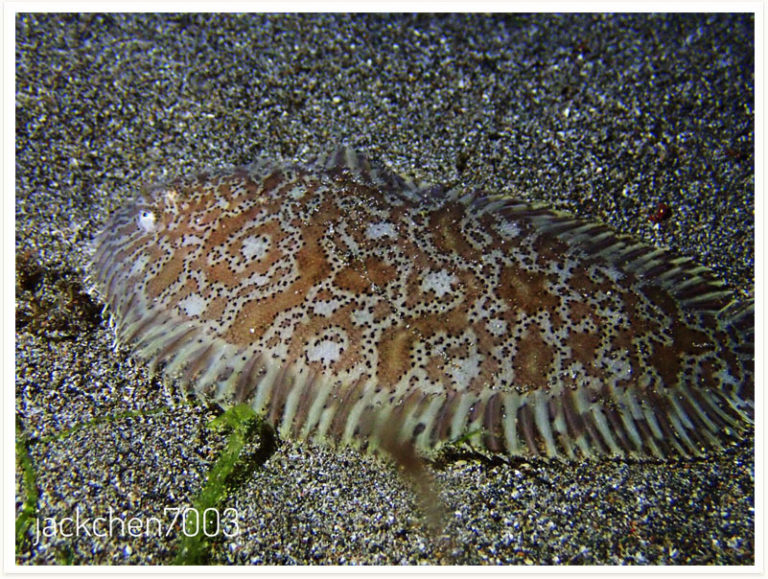
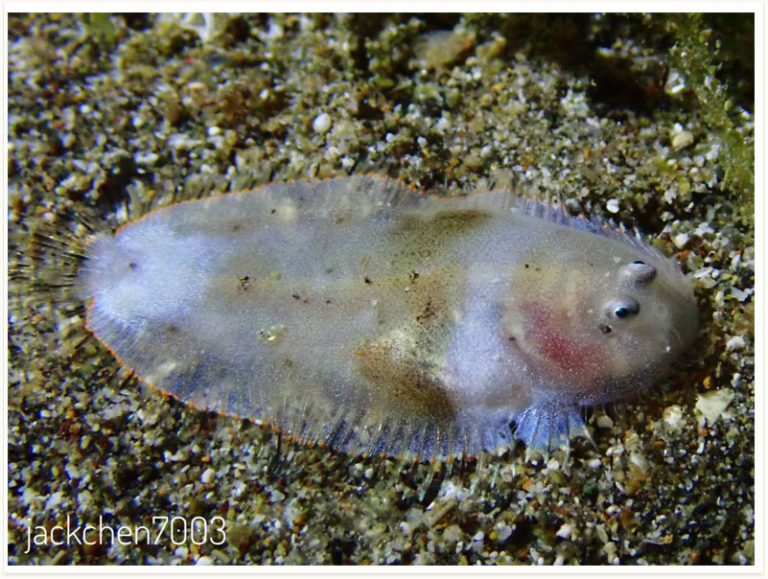
Lubricogobius is a genus of fish in the family Gobiidae found in the Pacific Ocean.
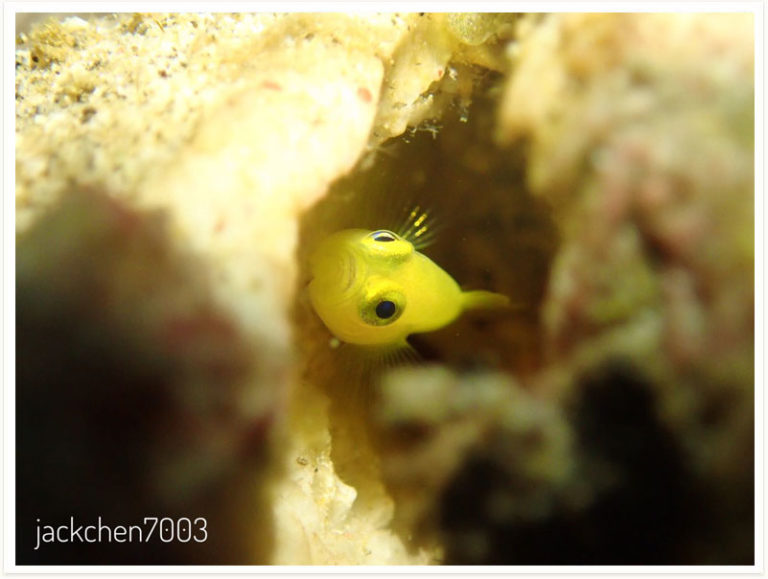
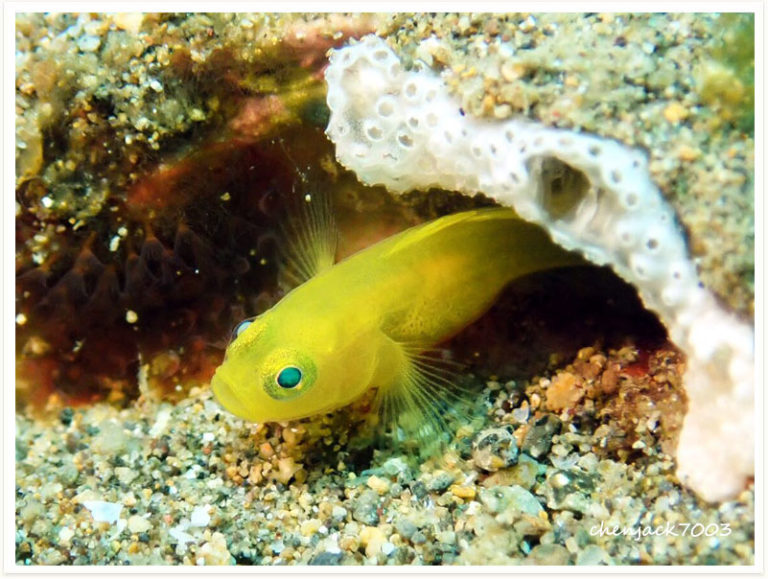
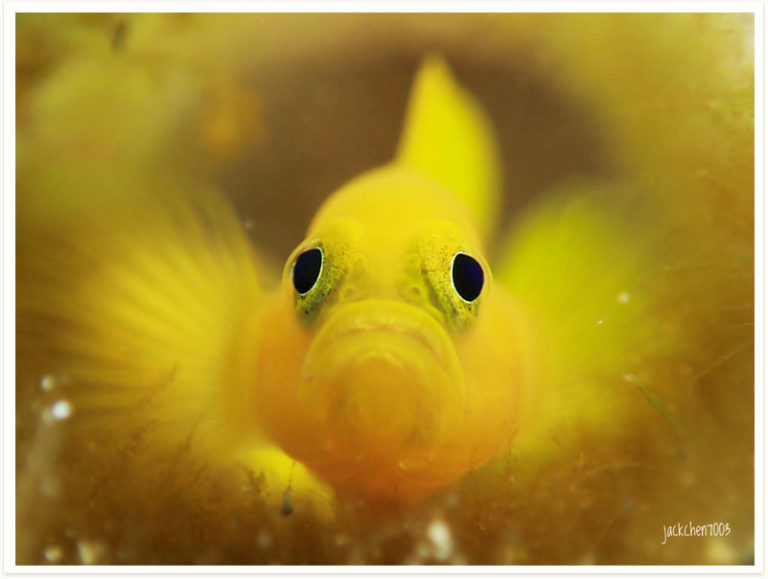
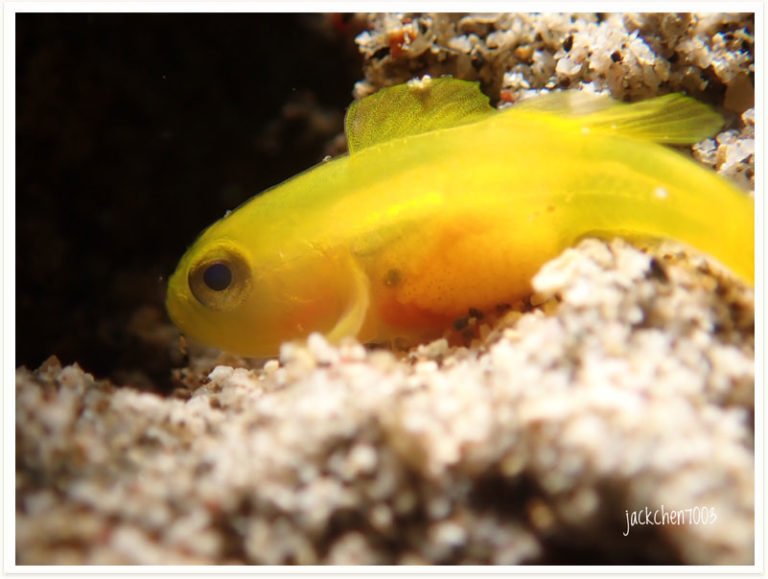
Platax teira has a dark blotch under the pectoral fin, with another long dark mark above the base of the anal fin. Looked at from the side, it has a roughly circular body with a low hump on the nape. This fish is usually silver, grey or brownish. It has a blackish band through the eye and another band with the pectoral fin. They will change colour from silvery white with no bands, to brown with darker banding as you watch, and then fade back to silver again.
Plectorhinchus lineata also known as the yellowbanded sweetlips, is a species of grunt which inhabits coral reefs of the western Pacific Ocean, where it occurs at depths from 1 to 35 m (3.3 to 114.8 ft). This species can reach 72 cm (28 in) in TL. It is of minor importance to local commercial fisheries and can be found in the aquarium trade.
The masked spinefoot (Siganus puellus), also known as decorated rabbitfish or masked rabbitfish, occurs in shallow, coral-rich areas of clear lagoons and seaward reefs of the Indo-West Pacific region at depths of 10 to 100 feet.
Its body is yellow-orange dorsally grading through pale blue to white below. The body is also covered with wavy blue lines that are vertical anteriorly and horizontal posteriorly. The eyes are masked by a prominent blackish stripe that extends from the bottom of the mouth to the top of the head. As the black stripe passes the eye it becomes spotted.
The ornate ghost pipefish or harlequin ghost pipefish, Solenostomus paradoxus, is a false pipefish of the family Solenostomidae. The species name comes from the Greek paradoxos, referring to this fish’s unusual external features. Ornate ghost pipefish are found in the Western Pacific and the Indian Ocean along reef edges prone to strong currents from the Red Sea to Tonga. They reach a maximum length of 12 cm. They vary in color from red or yellow to black and are almost transparent. Although relatively common, ornate ghost pipefish are very well-camouflaged and difficult to find. It occurs either as solitary individuals or in pairs, among the branches of gorgonians, in floating weeds, or crinoids where the feed on mysids and small benthic shrimp.
With distinctively compressed and disk-like bodies, Moorish idols stand out in contrasting bands of black, white, and yellow, which makes them attractive to aquarium keepers. The fish have relatively small fins, except for the dorsal fin, whose six or seven spines are dramatically elongated to form a trailing, sickle-shaped crest called the philomantis extension. Moorish idols have small terminal mouths at the end of long, tubular snouts; many long bristle-like teeth line the mouth. The Moorish idol differs from butterflyfish in having a prominent black, triangular anal fin.
The snowflake moray (Echidna nebulosa) also known as the clouded moray among many various vernacular names, is a species of marine fish of the family Muraenidae.
It is widespread throughout the Indo-Pacific area from the eastern coast of Africa throughout Micronesia including the Red Sea and Hawaii. The species is also found in the eastern Central Pacific from southern Baja California, Mexico, and from Costa Rica to northern Colombia.
The whitespotted garden eel (Gorgasia maculata), also known as the Indian spaghetti eel, is an eel in the family Congridae (conger/garden eels). It was described by Wolfgang Klausewitz and Irenäus Eibl-Eibesfeldt in 1959. It is a marine, tropical eel which is known from the Indo-Western Pacific, including Maldives, the Solomon Islands, the Philippines, the Cocos Islands, Comoros, India, Indonesia, and Papua New Guinea. It dwells at a depth range of 25 to 48 metres (82 to 157 ft), and lives in non-migratory colonies that form burrows on sandy slopes, usually near coral reefs. Males can reach a maximum total length of 70 centimetres (28 in).
As the name suggests, the giant moray is large eel, reaching up to 3 m (9.8 ft) in length and 30 kg (66 lb) in weight. Its elongated body is brownish in color. While juveniles are tan in color with large black spots, adults have black specks that grade into leopard-like spots behind the head.
The barred-fin moray is a medium-sized fish that can reach a maximum length of 50 cm, but the ones usually observed are about 30 cm. It is serpentine in shape, its body has a light brown color and it is covered with a mix of darker spots and broken and irregular dark brown lines. A relatively large whitish spot is located below the back corner of the eye.
The spotted garden eel is a small fish that can reach a maximum length of 40 cm. Its body is anguiform (eel-like): long, thin, with a circular cross-section (14 mm in average diameter) and a head of the same diameter as the body. The head appears shortened because the large mouth is close to the also large eyes. Nostrils are small and positioned in the center of the upper lip.
The Napoleon snake eel (Ophichthus bonaparti, also known as the Napoleon eel, the Purplebanded snake eel, or the Saddled snake-eel) is an eel in the family Ophichthidae (worm/snake eels). It was described by Johann Jakob Kaup in 1856, originally under the genus Poecilocephalus.It is a marine, tropical eel which is known from the Indo-Pacific, including Durban, South Africa, Mauritius, Indonesia, Japan, Australia, and the Penghu Islands. It is known to dwell at a depth of 20 metres (66 ft), and inhabits lagoons and reefs; it forms solitary burrows in sand sediments. Males can reach a maximum total length of 75 centimetres (30 in).
Colochirus robustus is roughly cylindrical with 5 shallow longitudinal ribs and grows to about 7 centimetres (2.8 in) in length. It has an angular appearance and finger-like or thorn-like protuberances on the ribs. At the anterior end is a ring of about eight large, feathery feeding tentacles. There is a slight transverse indentation near the rounded posterior end. There are three rows of tube feet on the underside. The colour is a vivid yellow, sometimes with grey between the ridges.
E. godeffroyi is a long, slender sea cucumber growing to a length of about 40 cm (16 in). A ring of fifteen feathery tentacles encircle the mouth. The body colour is creamy white with blotches of grey and a pair of longitudinal brown or greenish stripes. The spicules (microscopic calcareous structures that project through the skin) are a mixture of anchors and perforated plates with large holes.
Phyllophoridae is a family of sea cucumbers, marine invertebrates with elongated bodies, leathery skins and feeding tentacles.
Members of the family are characterised by a complex ring of calcareous ossicles arranged in a tube, making a mosaic pattern. The tentacles number ten to twenty-five. Some members have spindle-shaped bodies whilst others are buried in the substrate and adopt a U-shaped form.
Pearsonothuria graeffei is a roughly cylindrical, thin-walled sea cucumber that grows to about 30 centimetres (12 in) in length. Its mouth, at one end, is surrounded by a ring of up to 24 leaf-like, paddle-shaped tentacles with black stalks which are black on the upper side and white beneath. The anus is at the other end of the body and there are several rows of tube feet along the underside. The colour of the adults is pale brown and white, with black speckles and small thorn-like protuberances.
Stichopus chloronotus is a fairly large species growing to about 25 cm (10 in) with a firm but pliable body and a squarish cross section. The skin is smooth but there are numerous conical fleshy papillae in longitudinal rows, and these are larger on the lower lateral angles. This sea cucumber is a deep blackish-green in colour, and has yellow or red tips to the papillae.
Thelenota ananas (pineapple sea cucumber) is a species of sea cucumber characterized by its large size, warm colors, and pointed, star-shaped teats covering the entire body, grouped in rows of 2 or 3, as seen in Figure 1. Their body is reddish-orange in color, with the teats slightly darker and able to reach up to 70 centimeters (28 in) in length, with a weight of between 3 kg to 6 kg, and have numerous large tube feet on the flat ventral side of their body. T. ananas is a slow growing organism.
Sphondylus varius is the largest of the spiny oysters, reaching a maximum size of about 20 cm. Aside from the size, the shell is easily recognisable because its adult part is white, but a colourful (usually crimson, but it can be yellow) prodissoconch is clearly visible at the apical end.
Flower urchins are relatively large sea urchins. They can reach a maximum diameter of around 15 to 20 cm (6 to 8 in). Like most echinoderms, the body of adult flower urchins is equally divided into identical segments around a central axis in multiples of five (pentaradial symmetry). The rigid “shell” (test) has five interambulacral segments separated from each other by five ambulacral segments, each of them are composed of smaller regularly interlocking plates. It is overlaid by a thin layer of skin in living individuals. The test is variegated in coloration, usually deep red and grey, though there are rare instances of green and pale purple.Each ambulacral segment is ornamented by a large purple zigzag pattern running along its length.
Growing to a maximum diameter of 26 cm (10 in), Echinaster callosus has a small central disc and five slender cylindrical arms. The aboral (upper) surface is densely covered by warty protuberances. The colour of this starfish is variable, but may be orange, pink or violet, with the warts being a contrasting colour, usually white, pink, red or mauve. The white warts often occur in bands, particularly towards the tips of the arms. There are small yellowish-green retractable pedicellaria between the warts. The oral (under) surface of the starfish is white with white warts. There are ambulacral grooves on the underside of the arms along which food is passed by ciliary action. The tip of each arm bears an eyespot, as well as a bundle of suckers.
Echinaster luzonicus is normally a six-armed starfish but is often rather asymmetrical in appearance because of its habit of shedding arms. It is somewhat variable in colouring, ranging from red to dark brown. Both these colour morphs were collected off Heron Island in the Great Barrier Reef, and individuals seemed able to change their colour from red to brown and back again, possibly as a response to the amount of ambient light they received.
The yellow-edged moray (Gymnothorax flavimarginatus) is a moray eel of the family Muraenidae, found in the Indo-Pacific Oceans at depths to 495 ft. (150 m). Its length is up to 7.87 feet (240 cm). This moray eel was recently identified as natural predator of the lionfish Pterois miles in its native habitat in the Red Sea.
Gymnothorax melatremus, the blackspot moray, dirty yellow moray or dwarf moray, is a moray eel from the Indo-Pacific. It occasionally makes its way into the aquarium trade. It grows to 26 cm in length.
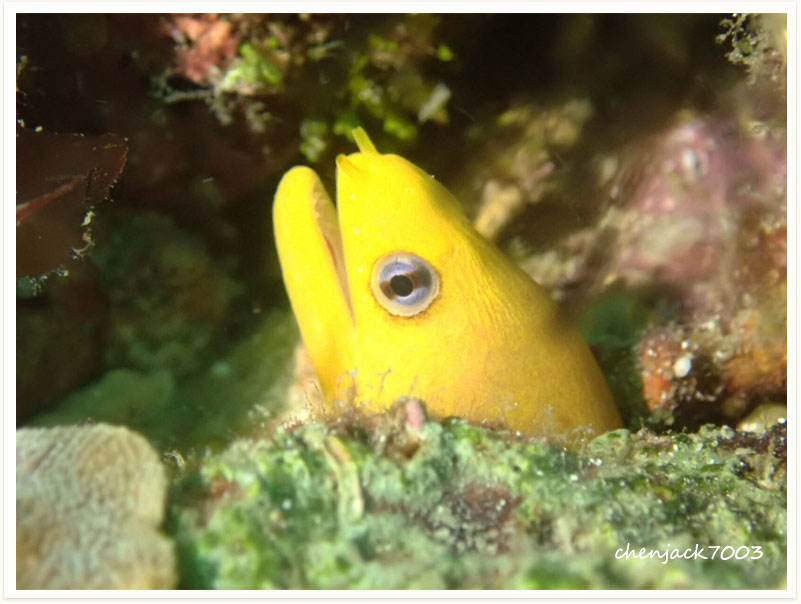
The turkey moray is a medium size moray which can reach a maximum length of 120 cm, but specimens usually encountered are much smaller.Its serpentine in shape body has a dark brown to black background color dotted with numerous small white spots uniformly distributed. The inside of its mouth is completely white.
The Greyface moray is a medium-sized fish that is most commonly observed at lengths of around 40 cm, reaching a maximum length of 66 cm. Its body is serpentine in shape, is speckled with small dark spots and has a predominantly beige color that can vary in strength between different eels . The head is grey with distinctive white eyes. Here is a video of the eel in its natural habitat.
The highfin snake eel Ophichthus altipennis, also known as the blackfin snake eel or the black-finned snake eel, is an eel in the family Ophichthidae.It was described by Johann Jakob Kaup in 1856, originally under the genus Microdonophis. It is a marine, tropical eel known from the eastern Indian Ocean and northwestern and western central Pacific Ocean, including Australia, French Polynesia, Indonesia, Japan, the Marshall Islands, Malaysia, the Philippines, and Papua New Guinea. It dwells at a depth range of 0 to 40 m (0 to 131 ft),and forms burrows in soft inshore sand sediments. Males can reach a maximum total length of 103 cm (41 in).
The ribbon eel (Rhinomuraena quaesita), also known as the leaf-nosed moray eel or bernis eel, is a species of moray eel, the only member of the genus Rhinomuraena. What is now known as R. quaesita also includes the former R. amboinensis. R. quaesita was used for blue ribbon eels and R. amboinensis for black ribbon eels, but these are now recognized as the same species. The ribbon eel is found in lagoons and reefs in the Indo-Pacific ocean, ranging from East Africa to southern Japan, Australia and French Polynesia. This species is widely distributed and is frequently seen by divers in Indonesian waters with their heads and anterior bodies protruding from crevices in sand and rubble habitats from very shallow to about 60 m. Although generally placed in the moray eel family Muraenidae, it has several distinctive features leading some to place it in its own family, Rhinomuraenidae.
Holothuria edulis is a medium-sized sea cucumber reaching a length of about 30 centimetres (12 in). It has a roughly cylindrical shape with rounded ends but can retract and expand its body and adopt different shapes. It is usually soft and pliable with a smooth skin but, due to the special characteristics of its connective tissue, it can become firm and rigid. The body is lined with longitudinal rows of small tube feet which can be withdrawn into the body wall, leaving small hollows. About twenty tube feet in a ring round the mouth are modified into feeding tentacles. This sea cucumber is usually a dark reddish-black colour on its upper side and a pinkish-mauve colour below, but can be grey or dark brown.
Ctenoides ales is a species of saltwater clam, a marine bivalve mollusk in the family Limidae, the file clams. It is known by the names electric flame scallop, disco scallop, electric clam and disco clam. The clam has been given these nicknames because its soft tissues flash light like a disco ball. Along with Ctenoides scaber, they are among the only bivalves known to have light displays.
The body form of the crown-of-thorns starfish is fundamentally the same as that of a typical starfish, with a central disk and radiating arms. Its special traits, however, include being disc-shaped, multiple-armed, flexible, prehensile, and heavily spined, and having a large ratio of stomach surface to body mass. Its prehensile ability arises from the two rows of numerous tube feet that extend to the tip of each arm. In being multiple-armed, it has lost the five-fold symmetry (pentamerism) typical of starfish, although it begins its life cycle with this symmetry. The animal has true image forming vision.
The Choriaster granulatus is a species of Asteroidea described by Christian Frederik Lütken in 1869. The Choriaster granulatus belongs to the genus Choriaster, and is known as the Oreasteridae. There are no subspecies listed.
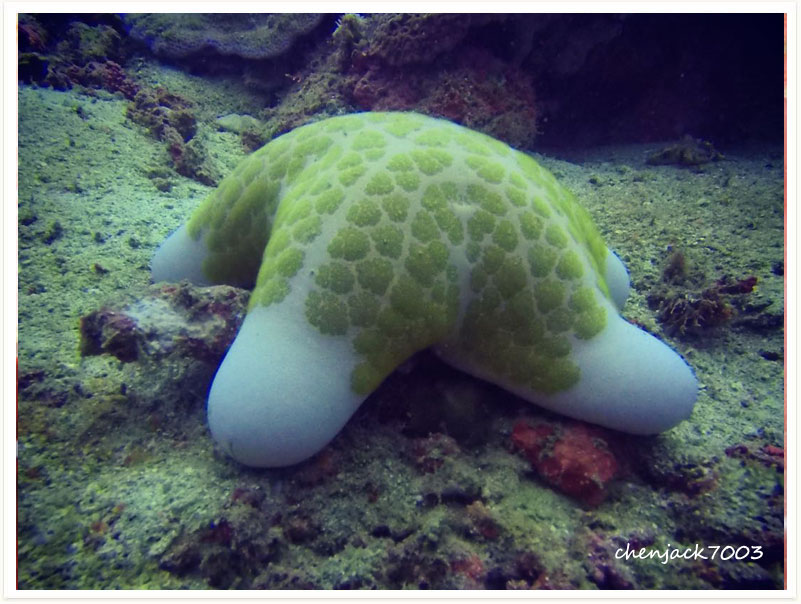
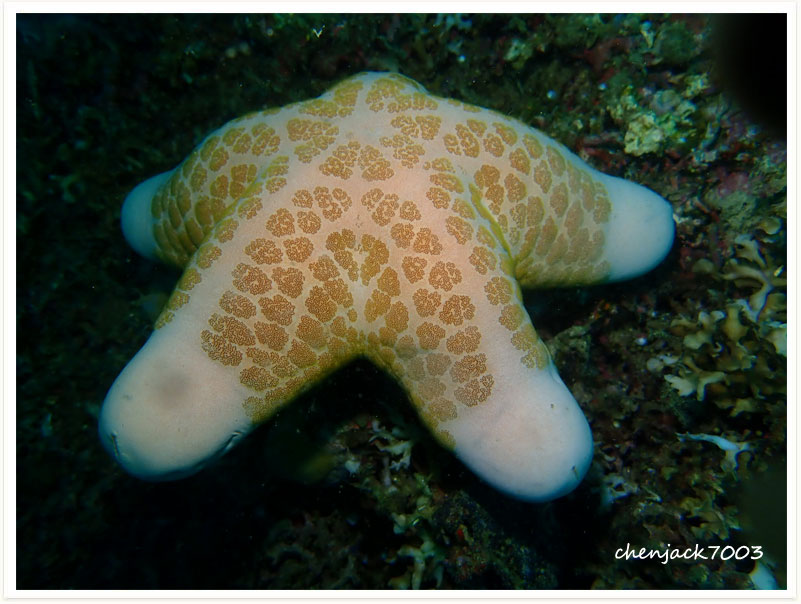
Fromia monilis can reach a diameter of about 30 centimetres (12 in). Tips of the arms and the disc center of this starfish are bright red, while the remaining parts are paler, forming large plates.
The appearance of this sea star can be highly variable (colors, plates, presence of plates on the central disc, armpits…), and its identification using picture can be difficult, as many other species (like Fromia nodosa) can have a very similar aspect.
The variation (“polymorphism”, in this case, a “color morph”) most commonly found is pure, dark, or light blue, although observers find the aqua, purple, or orange variation throughout the ocean. These sea stars may grow up to 30 cm (11.8 in) in diameter, with rounded tips at each of the arms; some individuals may bear lighter or darker spots along each of their arms. Individual specimens are typically firm in texture, possessing the slightly tubular, elongated arms common to most of other members of the family Ophidiasteridae, and usually possessing short, yellowish tube feet. An inhabitant of coral reefs and sea grass beds, this species is relatively common and is typically found in sparse density throughout its range. Blue stars live subtidally, or sometimes intertidally, on fine (sand) or hard substrata and move relatively slowly (mean locomotion rate of 8.1 cm/min).
Ophiothrix purpurea is a snake star in the Ophiotrichidae family.
The scientific name of the species was published in 1867 by Carl Eduard von Martens.
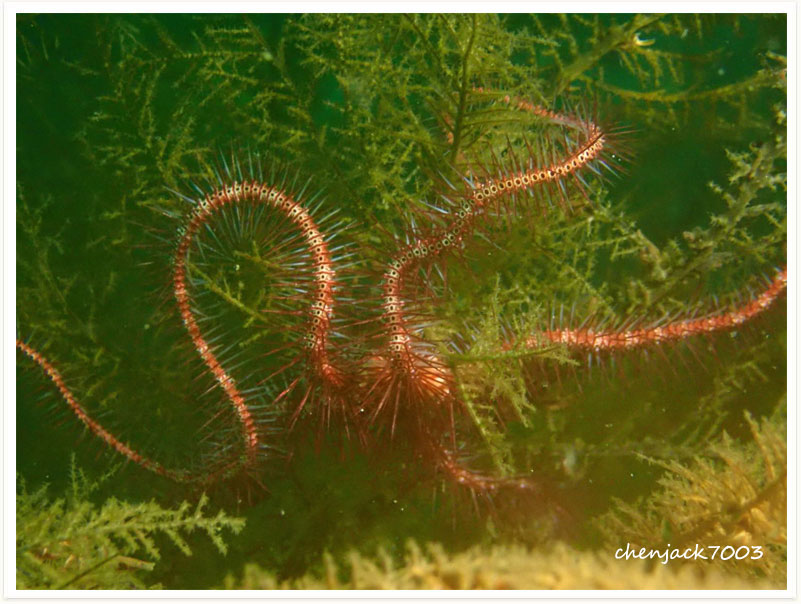
Pentaceraster alveolatus is a starfish from the Oreasteridae family.
The scientific name of the species was published in 1875 by Edmond Perrier.
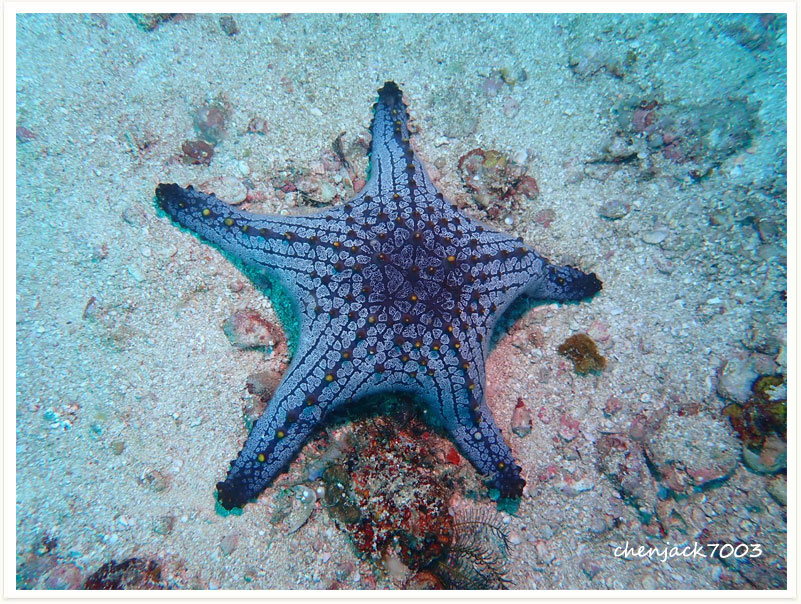
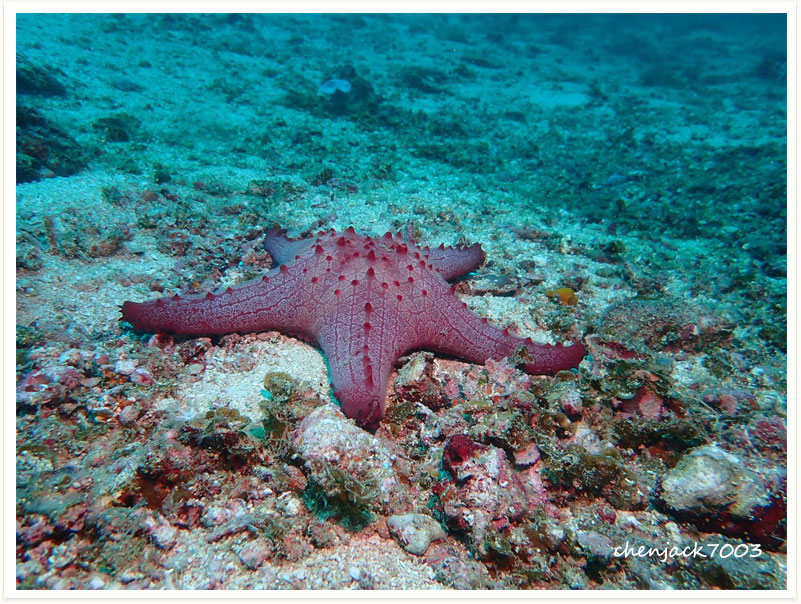
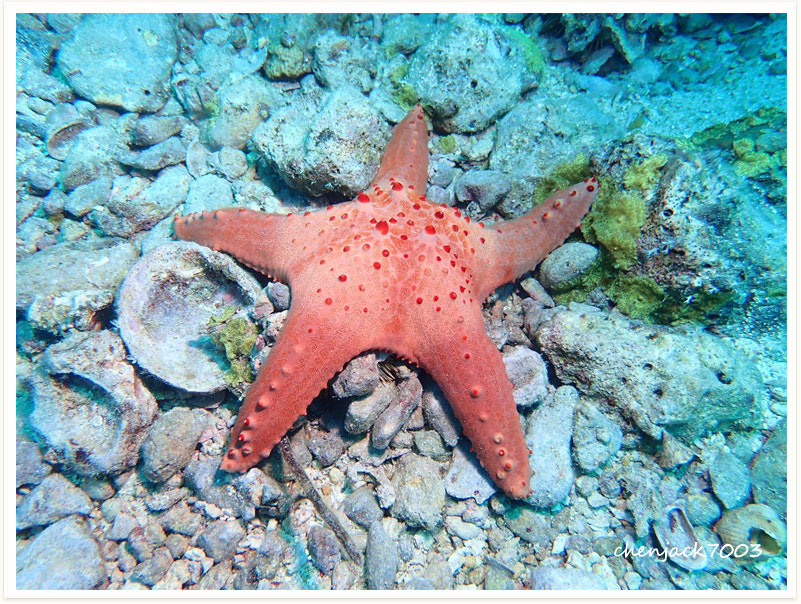
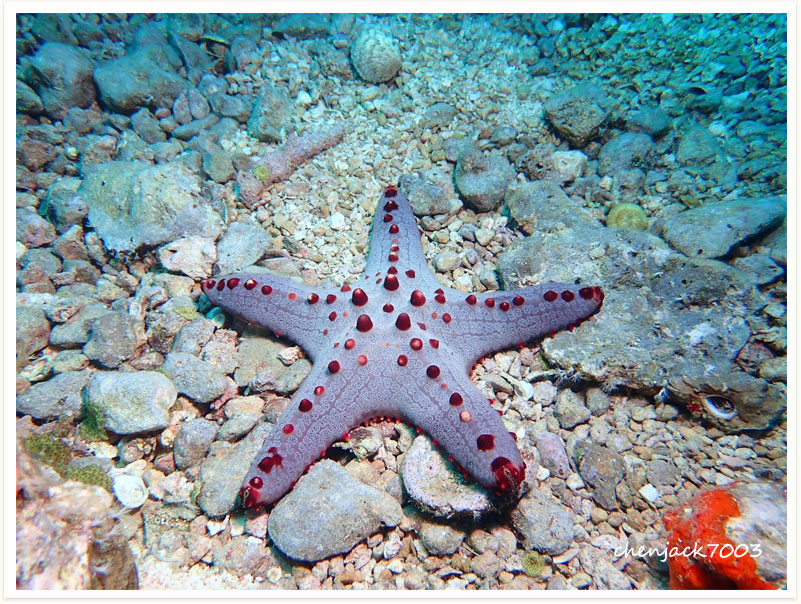
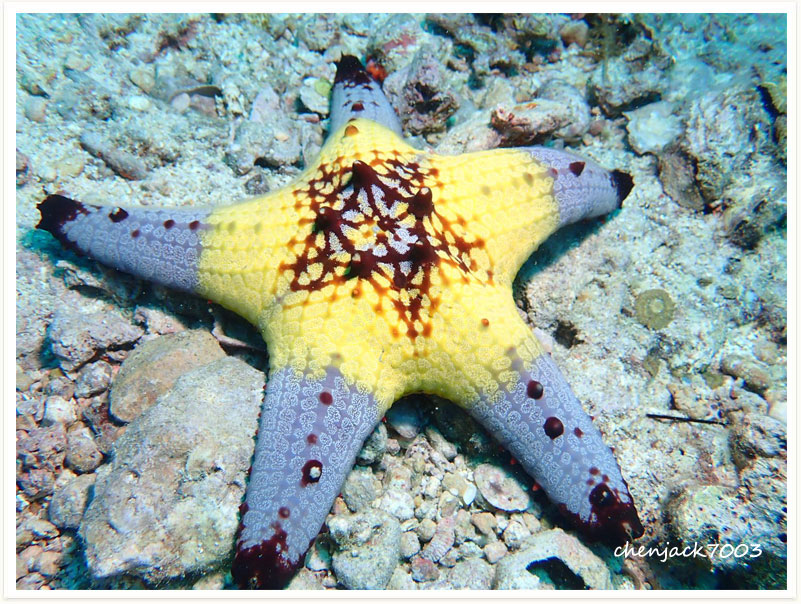
Achaeus japonicus, sometimes known as the orang-utan crab, is a crab of the family Inachidae (spider crabs or decorator crabs) which can be observed in tropical waters of the central Indo-Pacific.
With a carapace of only about 2 centimetres or 0.8 inches in diameter, it has relatively long arms, which are thickly covered with fine hairs, red or reddish brown in colour, and often laden with small bits of debris for further camouflage. It is frequently, but not always, found in association with the bubble coral Plerogyra sinuosa.
Porcelain crabs are filter feeders. They have feather-like mouthpart appendages and eats planktonic food.
The Sponge porcelain crab Aliaporcellana spongicola shelter in groove of the large Barrel sponge Xestospongia testudinaria. This crab is commonly known as The Barrel sponge porcelain crab.
Aniculus retipes is een tienpotigensoort uit de familie van de Diogenidae. De wetenschappelijke naam van de soort is voor het eerst geldig gepubliceerd in 1982 door Lewinsohn.
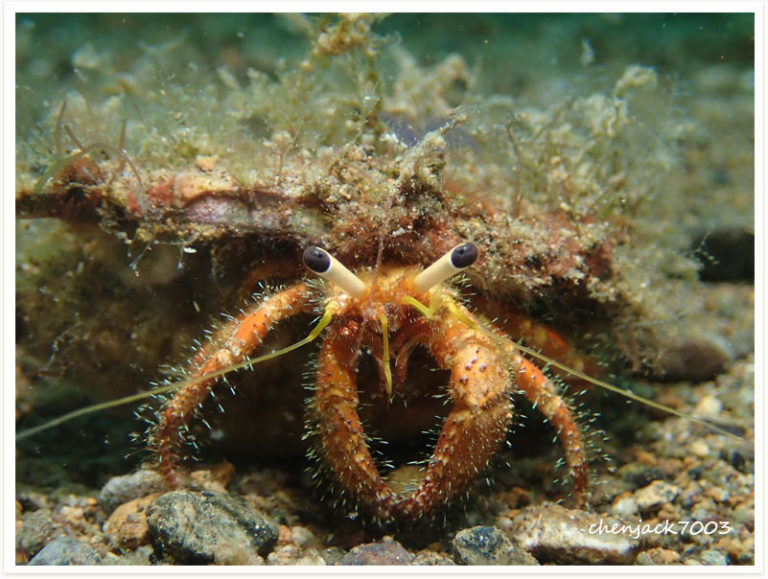
Occurring in the intertidal zone to a depth of 50 m, this species has a carapace of about 15 cm, indistinctly rugose on the anterior half, with wavy lines edging the posterior. It is active during the night hours, and is able, when threatened, to swiftly burrow beneath the sand. It feeds mainly on mollusks such as clams, steadying them with its legs and then, using its pincers, either prising the valves apart or breaking them.
Calcinus is a genus of hermit crabs in the family Diogenidae
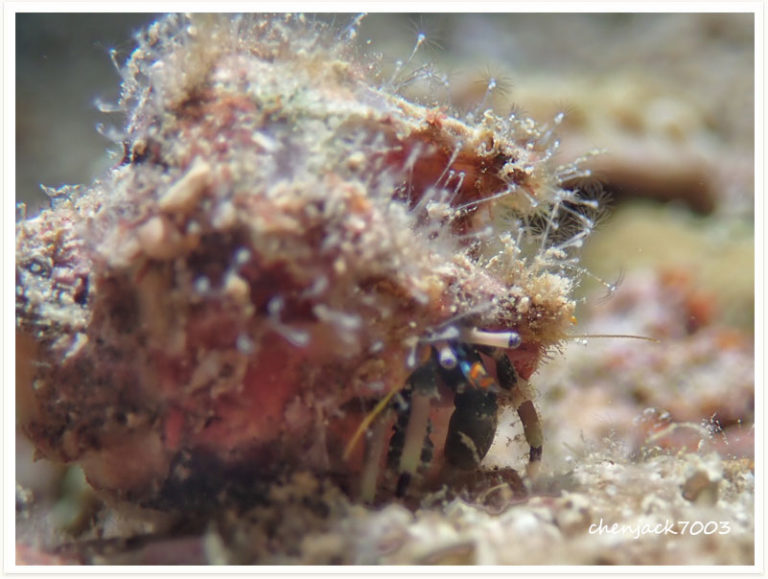
Camposcia retusa, known commonly as the spider decorator crab, is a species of marine crustacea in the family Inachidae.
The spider decorator crab is widespread throughout the tropical waters of the Indo-West Pacific area, including the Red Sea.
This crab has a shell size of 3 cm and with the legs it can reach 10 cm.
Daldorfia horrida is a crab species from the Parthenopidae family. The scientific name of the species was first validly published in 1758 by Linnaeus.
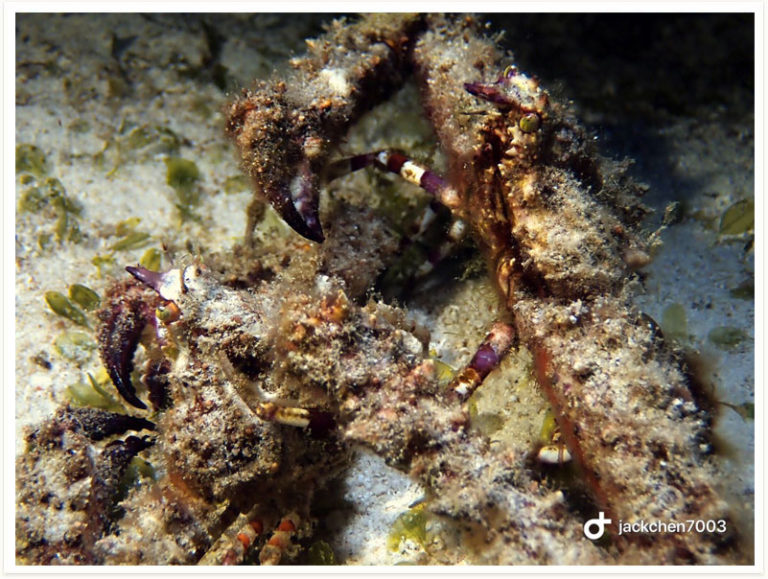
Dardanus lagopodes, known commonly as the hairy red hermit crab, is a species of marine decapod crustacean in the family Diogenidae.Dardanus lagopodes is widespread throughout the tropical waters of the Indo-West Pacific region, including the Red Sea. It reaches a length of 10 centimetres (3.9 in).
Dardanus megistos can reach a body length of about 25 cm (9.8 in).These large crabs have a bright red body with small white eyespots surrounded by black. Their bodies are covered with long erect coarse hairs of a dark red color. They have a pair of long white primary antennae or antennules, a pair of secondary antennae, stalked green brown eyes and three pairs of mouth appendages. The stalks of the eyes are reddish with a basal white spot. The soft, asymmetrical abdomen is spiral-shaped, useful in keeping in the shell, with a five-piece tail (telson and uropods). Like all decapod crustaceans, they have ten legs. The first pair of legs carries the pincers ( chelipeds). The left plier is bigger than the right one.
Dardanus pedunculatus usually attain a maximum size of 10 centimetres (4 in). The carapace is mottled in tan and cream, while the eyestalks are white with red bands. The sexes are similar. The left claw is much larger than the right claw.
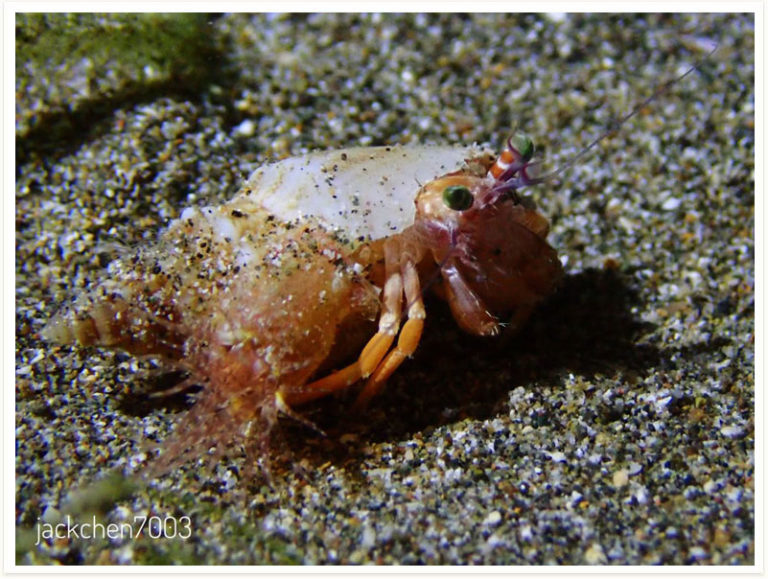
Hoplophrys oatesi is a very colourful crab that grows from 1.5 to 2 cm. It lives on various species of soft coral in the genus Dendronephthya. It camouflages itself by mimicking the colours of the polyps among which it hides. It adds further camouflage by attaching polyps to its carapace. Colours vary depending on the colour of the coral, and may be white, pink, yellow or red.
Huenia heraldica is a crab species from the Epialtidae family. The scientific name of the species was first validly published in 1837 by De Haan.
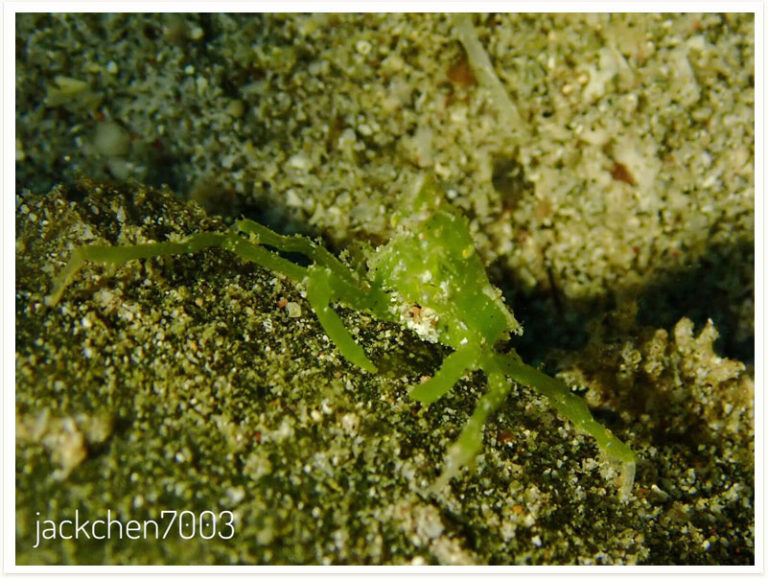
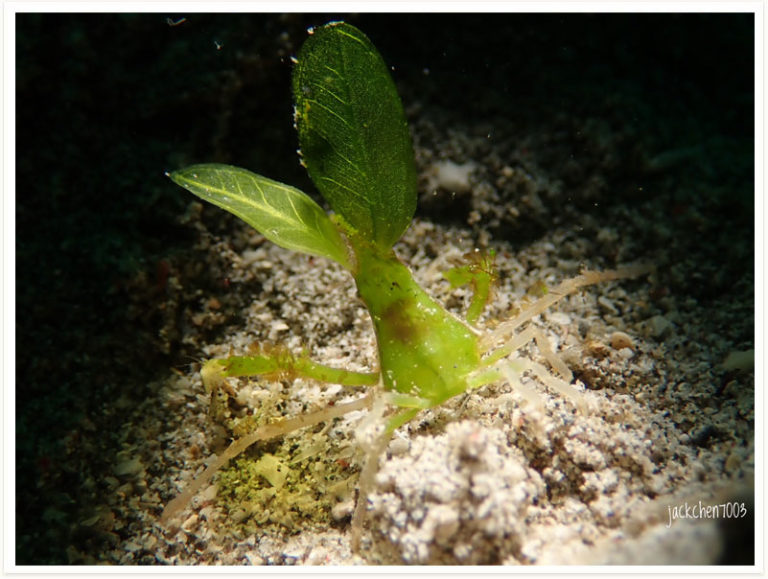
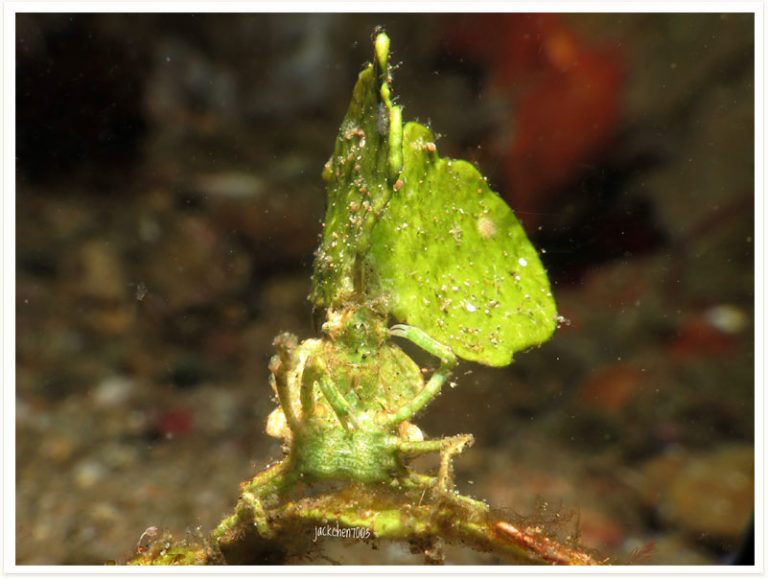
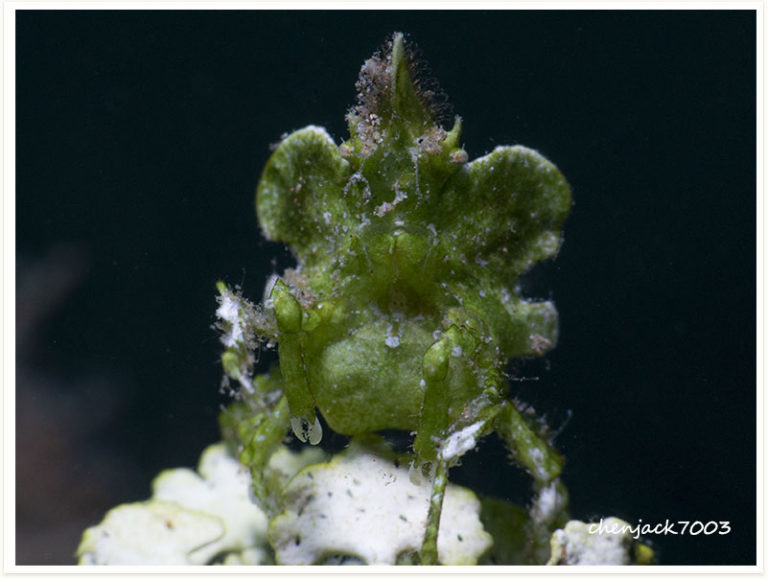
Hyastenus bispinosus is a species of crab in the family Epialtidae, found around Ambon, the Banda Islands, Timor and the Lembeh Strait off Sulawesi.
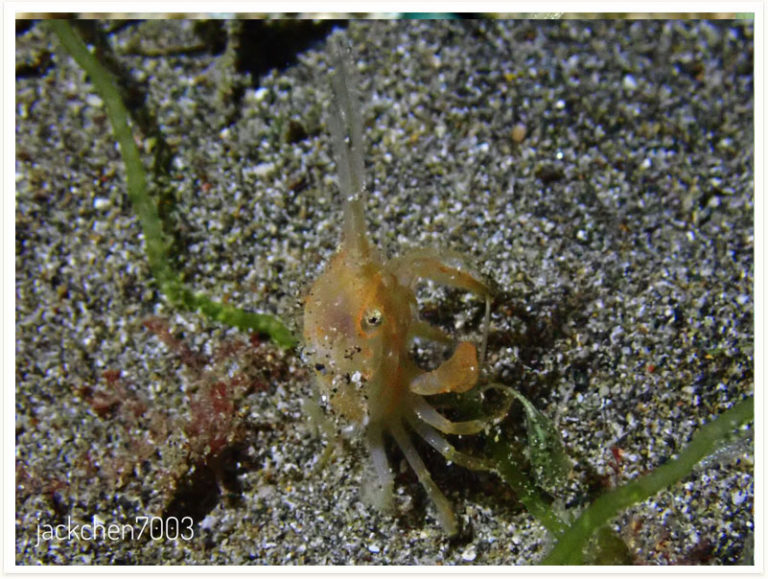
Lissocarcinus laevis is een krabbensoort uit de familie van de Portunidae. De wetenschappelijke naam van de soort is voor het eerst geldig gepubliceerd in 1886 door Miers.
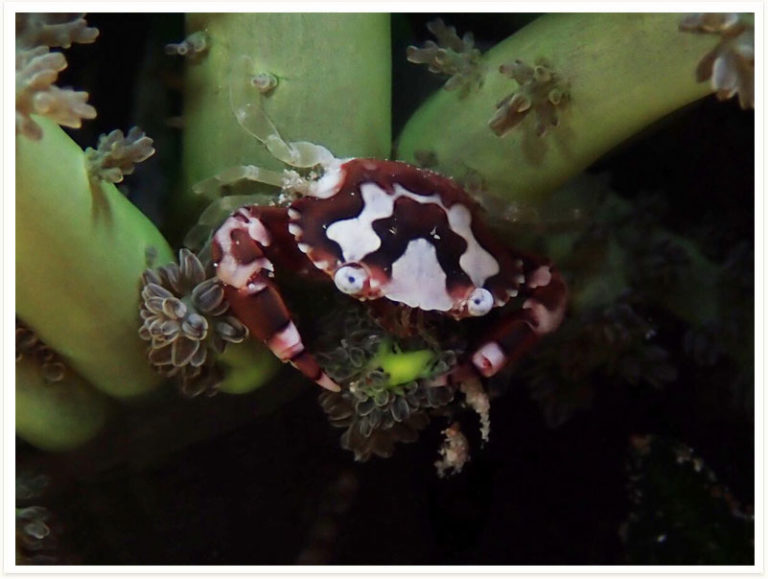
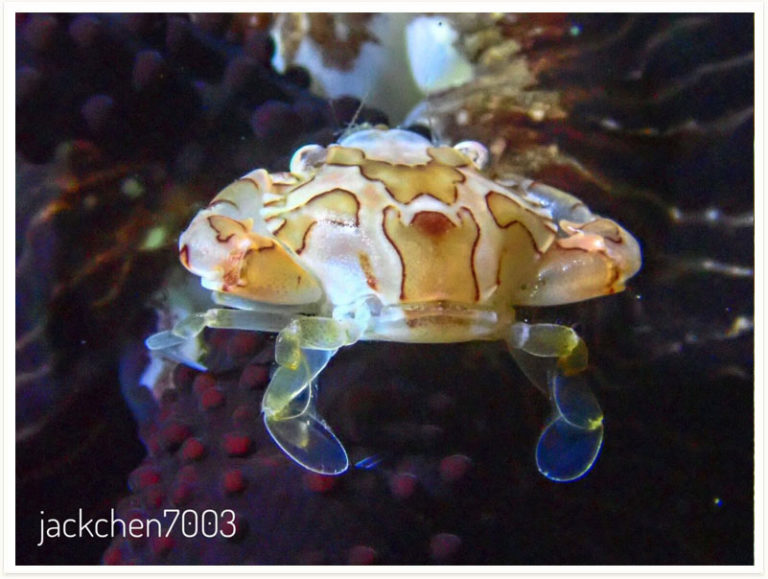
Lissoporcellana nakasonei is a ten-pot species from the Porcellanidae family. The scientific name of the species was first validly published in 1978 by Miyake.
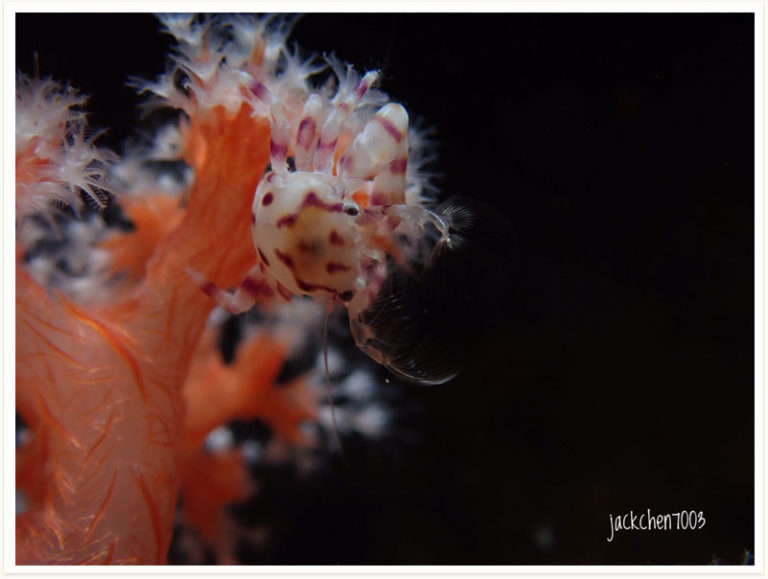
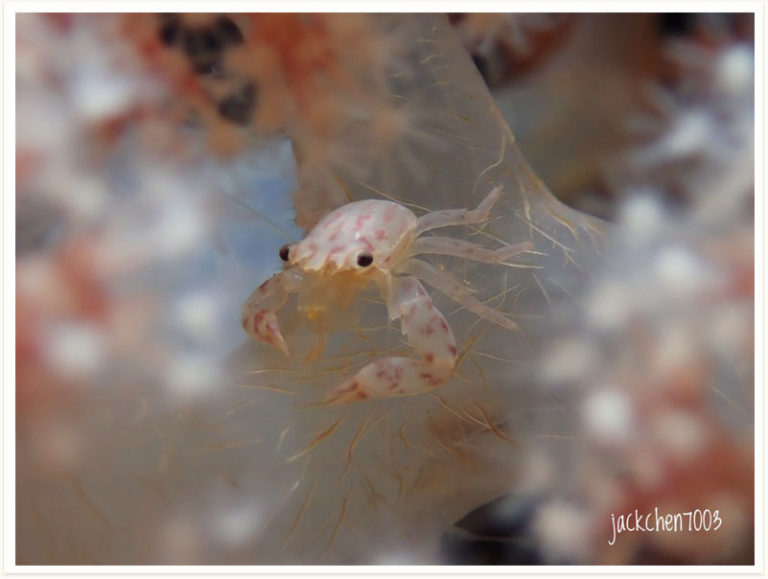
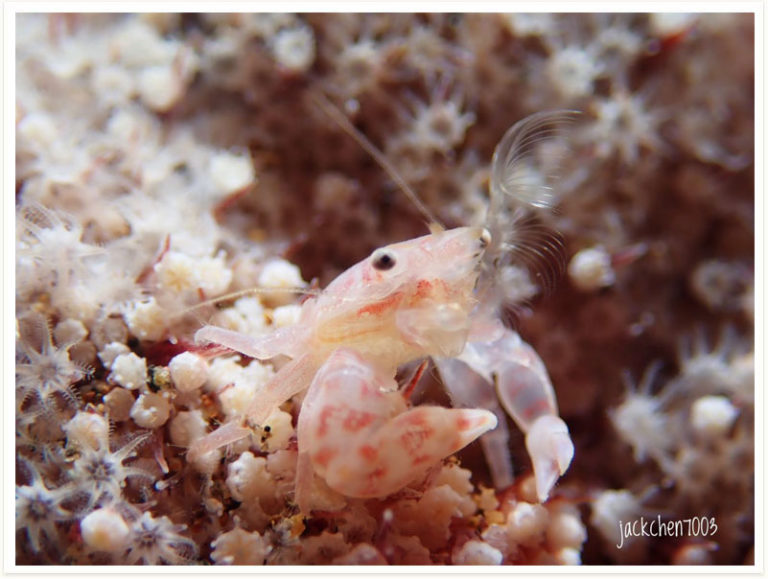 .jpg)
.jpg)
Loxorhynchus crispatus, known generally as the masking crab or moss crab, is a species of true crab in the family Epialtidae. It is found in the East Pacific.
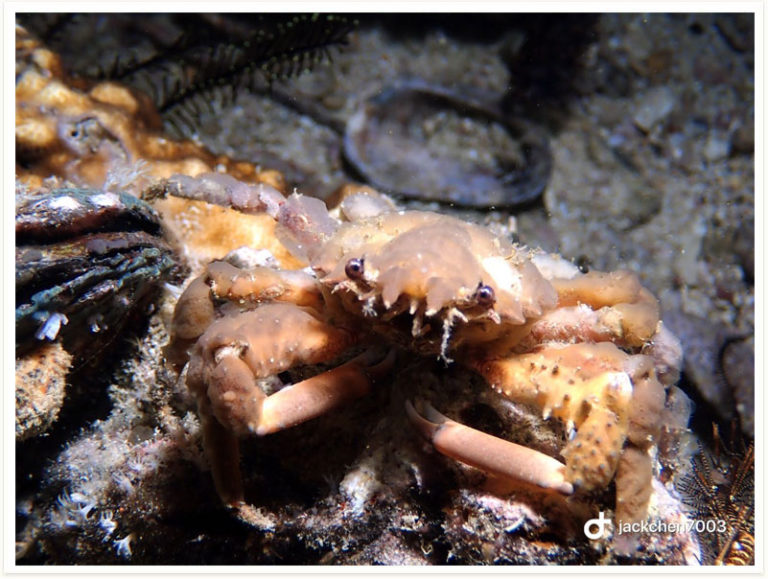
Neopetrolisthes maculatus is a species of porcelain crab from the Indo-Pacific region.It is a small, colourful crustacean with a porcelain-like shell. This porcelain crab is usually found within the stinging tentacles of a number of sea anemone species.
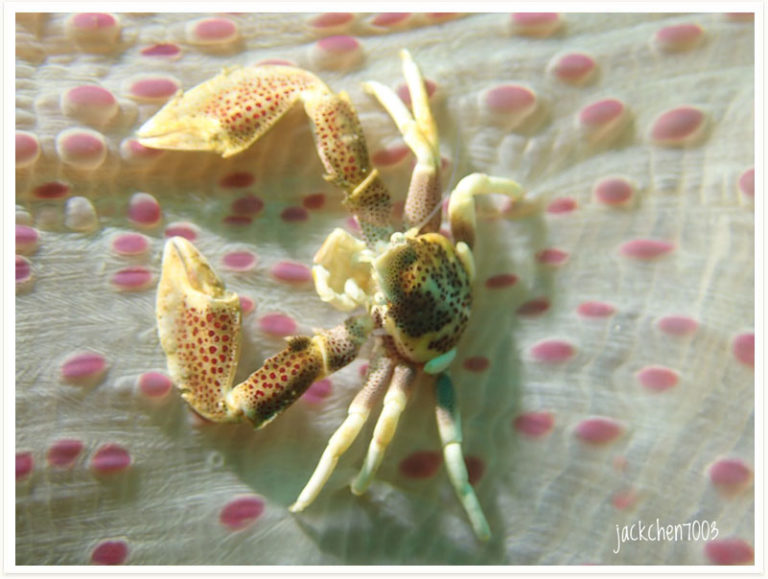
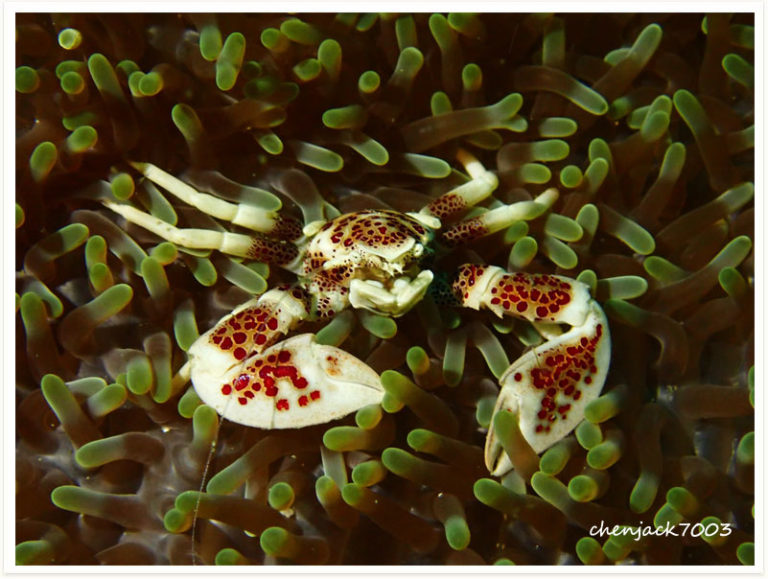
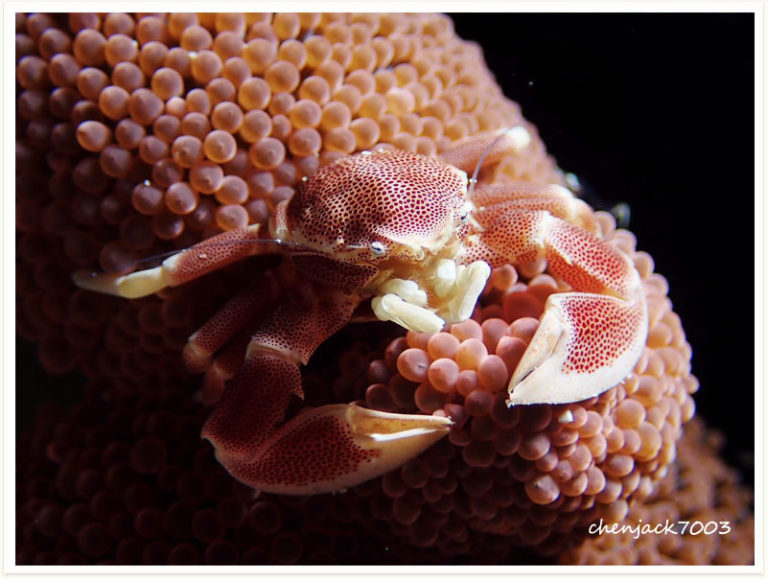
Porcellanella haigae is een tienpotigensoort uit de familie van de Porcellanidae. De wetenschappelijke naam van de soort is voor het eerst geldig gepubliceerd in 1963 door Sankarankutty.
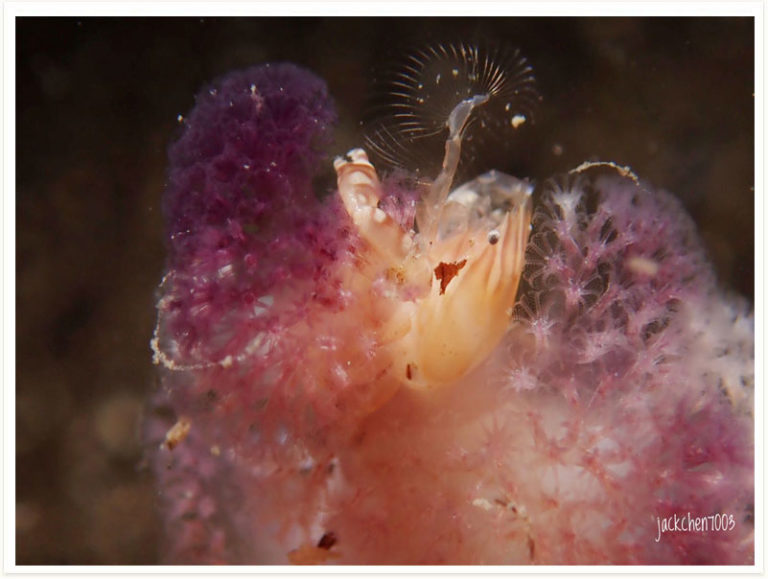
The males are bright blue in color with white spots and with characteristically long chelipeds, while the females have a duller green/brown, with a more rounded carapace. The carapace can be up to 20 centimetres (7.9 in) wide.
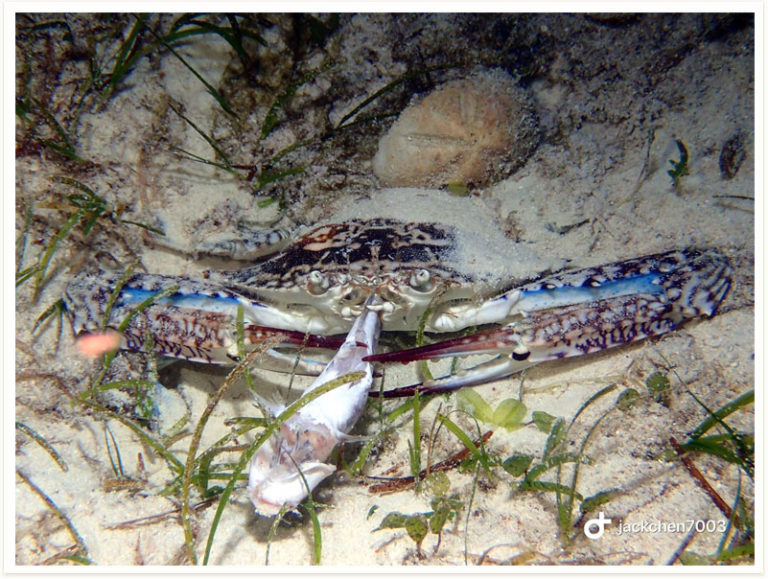
An Pseudocryptochirus viridis in uska species han Malacostraca nga ginhulagway ni Hiro hadton 1938. An Pseudocryptochirus viridis in nahilalakip ha genus nga Pseudocryptochirus, ngan familia nga Cryptochiridae. Waray hini subspecies nga nakalista.
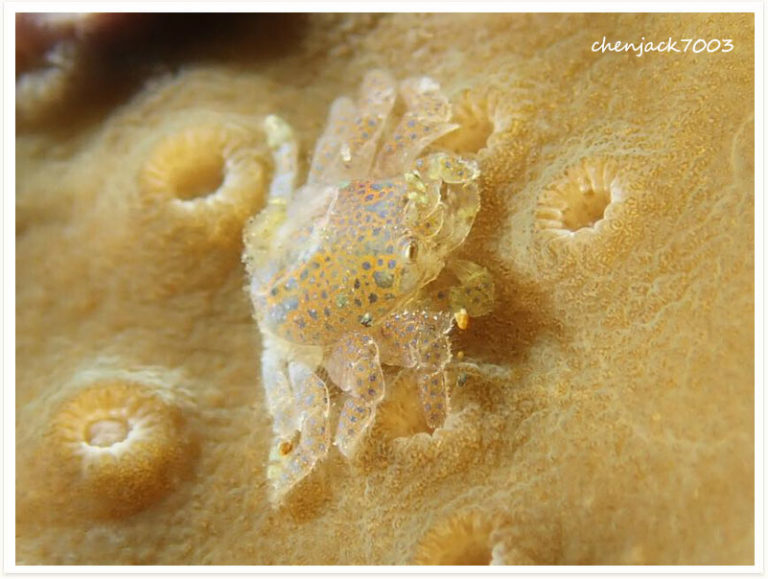
Pseudopaguristes is a genus of hermit crabs in the family Diogenidae.
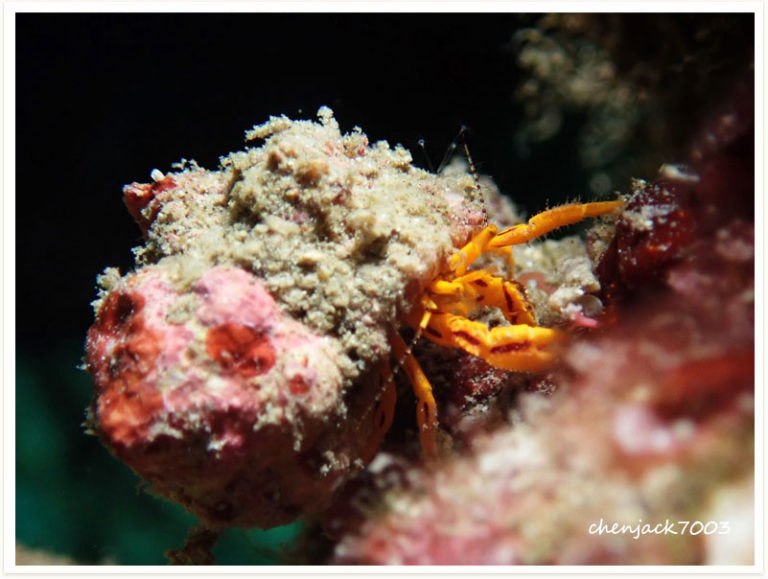
Sea spiders have long legs in contrast to a small body size. The number of walking legs is usually eight (four pairs), but species with five and six pairs exist. Because of their thin body and legs, no respiratory system is necessary, with gases moving by diffusion. A proboscis allows them to suck nutrients from soft-bodied invertebrates, and their digestive tract has diverticula extending into the legs.
Pylopaguropsis lewinsohni is een tienpotigensoort uit de familie van de Paguridae. De wetenschappelijke naam van de soort is voor het eerst geldig gepubliceerd in 1989 door McLaughlin & Haig.
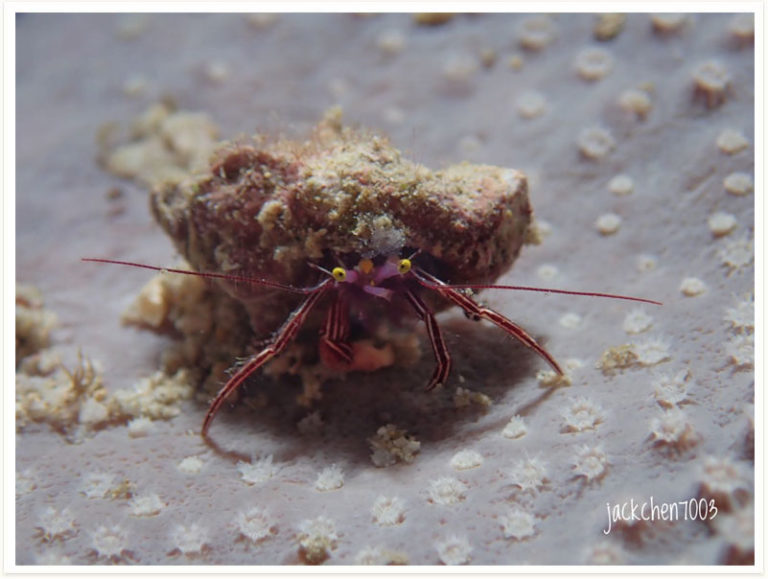
Quadrella maculosa is a species of crab from the Trapeziidae family. The scientific name of the species was first validly published in 1898 by Alcock.
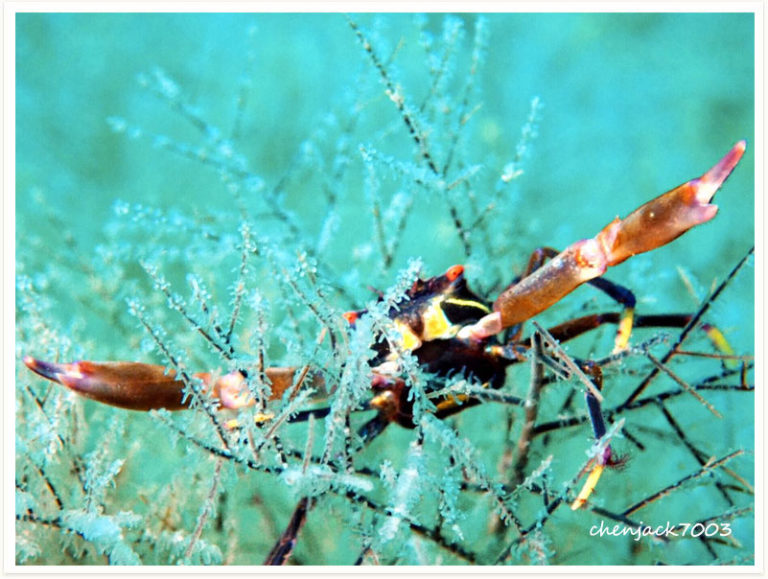
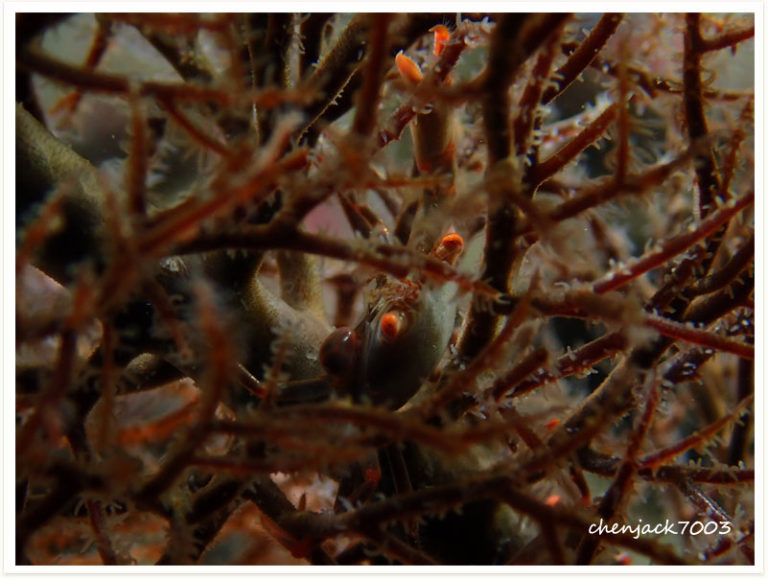
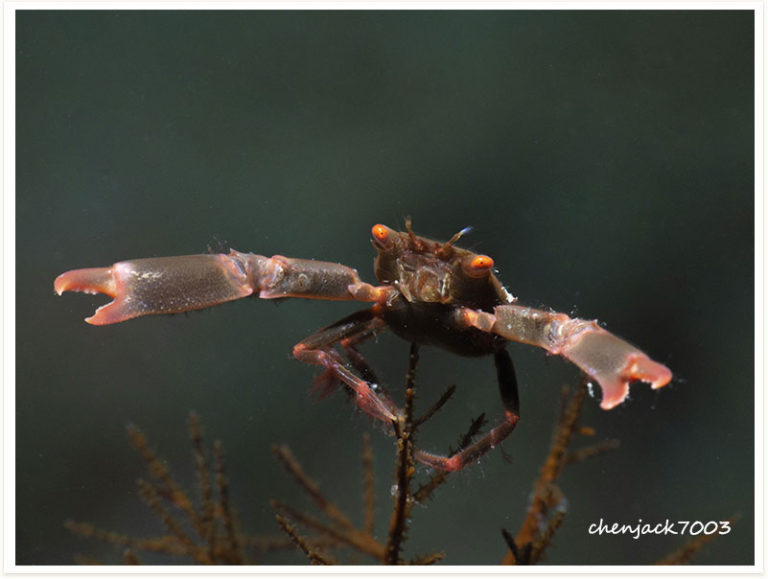
Trapezia cymodoce is a species of crab from the Trapeziidae family. The scientific name of the species was first validly published in 1801 by Herbst.
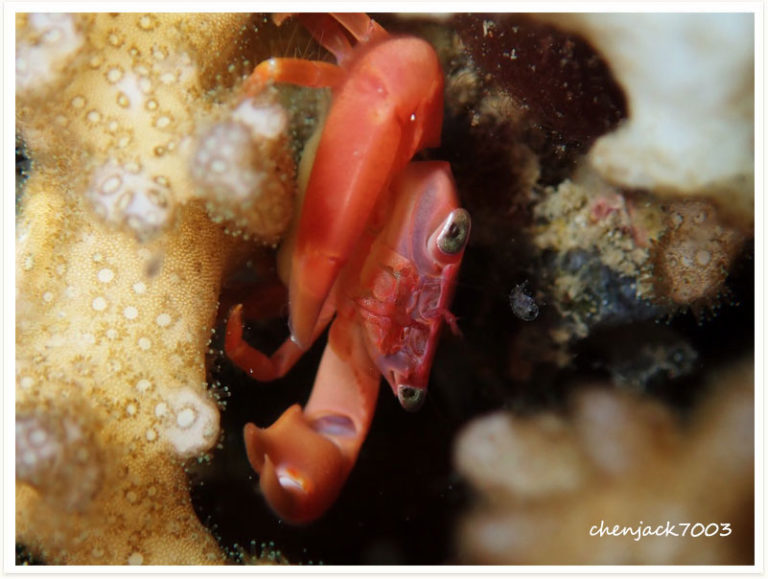
Z. adamsii is a small crab, described as “a torpid, though elegant little crustacean” by the English naturalist Arthur Adams when it was first discovered by him and the Scottish zoologist Adam White during the surveying voyage of HMS Samarang in the Far East between 1843 and 1846. The carapace and limbs are smooth and hairless and are adorned with long spines. The colour is pink with dark, reddish-brown vertical stripes.
Allogalathea babai is a ten-pot species from the Galatheidae family. The scientific name of the species was first validly published in 2011 by Cabezas, Macpherson & Machordom.
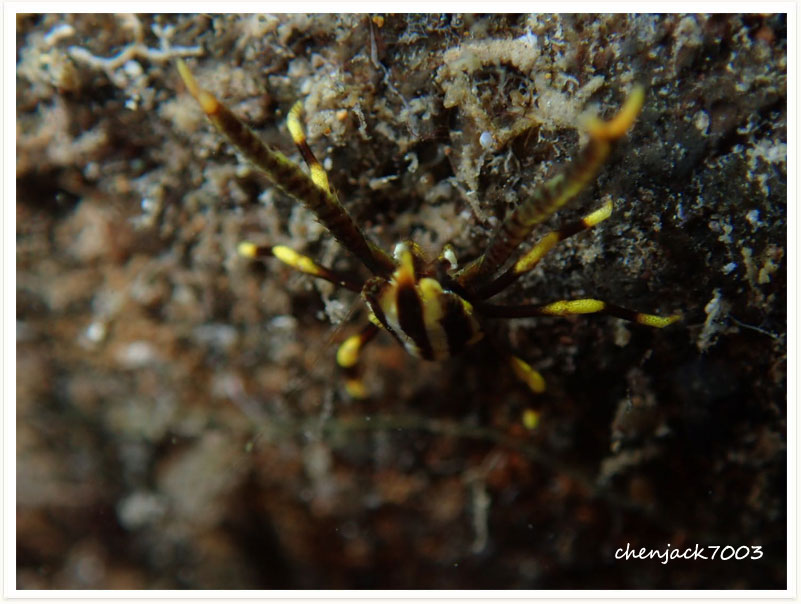
The cephalothorax of Allogalathea elegans is droplet-shaped. The extremity of the body corresponds to the triangular rostrum of the animal, which are positioned on each side the pedunculated eyes. The chelipeds or the first pair of legs are endowed with pincers and are longer than the animal body. The last pair of legs are wasted. The body and mainly the legs are covered with small hairs. The animal’s size depends on the sex. Females are usually bigger than males but never grow over 2 cm. The animal’s coloration is variable and is matching the colours of its host but not systematically. It can be uniform and varied from dark red, blackish purple, orange or brown. But generally, the observed animals have longitudinal stripes which the thickness, the number and the tint varies.
Lauriea siagiani is a small squat lobster, up to 7 millimetres (0.28 in) long. It differs from the only other species in the genus, Lauriea gardineri by a number of features, but most obviously by the coloration: L. gardineri is pale brown with darker bands, while L. siagiani is orange or pink with red or purplish markings.
Munida olivarae is a ten-pot species from the Munididae family. The scientific name of the species was first validly published in 1994 by Macpherson.
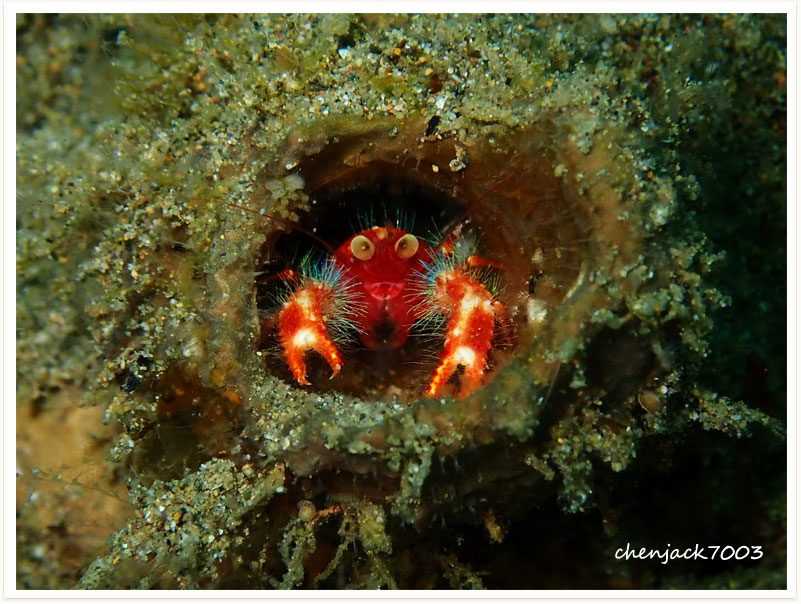
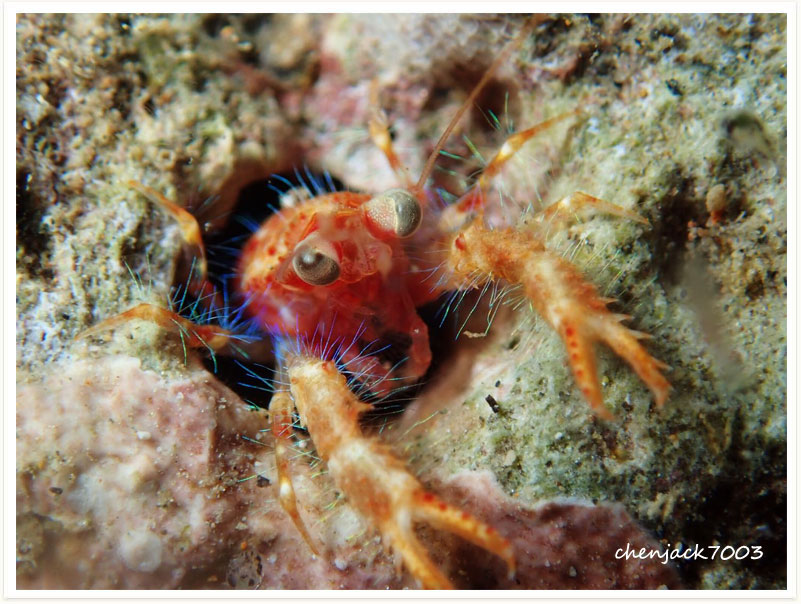 .jpg)
.jpg)
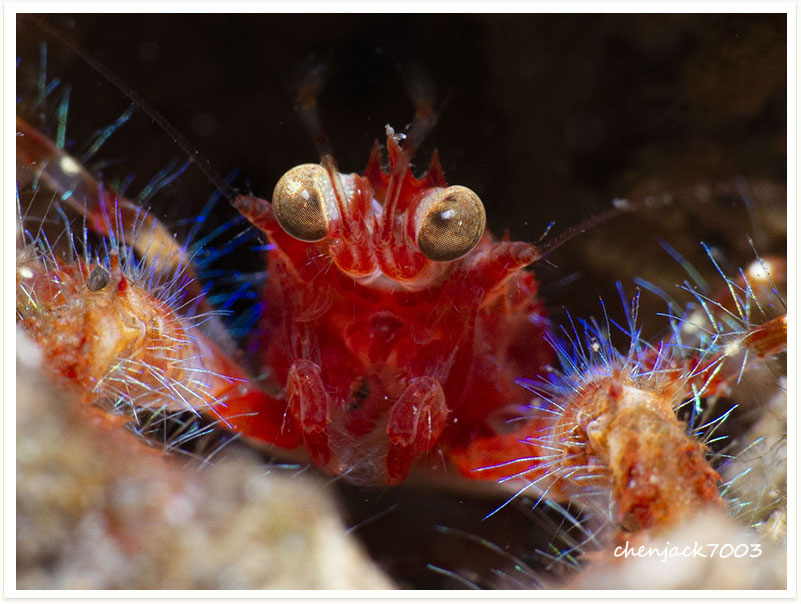
Panulirus versicolor is a species of spiny lobster that lives in tropical reefs in the Indo-Pacific. Other names include painted rock lobster, common rock lobster, bamboo lobster, blue lobster, and blue spiny lobster. P. versicolor is one of the three most common varieties of spiny lobster in Sri Lanka, alongside Panulirus homarus and Panulirus ornatus.
Thenus orientalis is a species of slipper lobster from the Indian and Pacific oceans.
T. orientalis is known by a number of common names. The United Nations’ Food and Agriculture Organization prefers the name flathead lobster, while the official Australian name is Bay lobster. In Australia, it is more widely known as the Moreton Bay bug after Moreton Bay, near Brisbane, Queensland. In Singapore, both the flathead lobster and true crayfish are called crayfish. They are used in many Singaporean dishes. The species is sometimes confused with the Balmain bug (Ibacus peronii) but it can be distinguished by the placement of the eyes: the eyes of I. peronii are near the midline, while those of T. orientalis are at the margin of the carapace.
Syphonota geographica is the only species within this genus Syphonota.This sea hare differs from the other Aplysiidae genera, through the position of the rhinophores, which are further back.The body colour is whitish to green, with brown specks and a network of white lines,hence Syphonota the name ‘geographica’.Syphonota geographica lives in shallow water on sandy bottom.
Idiomysis is a genus of small mysids found in warm, shallow waters of Indian Ocean (including Red Sea) and Pacific.
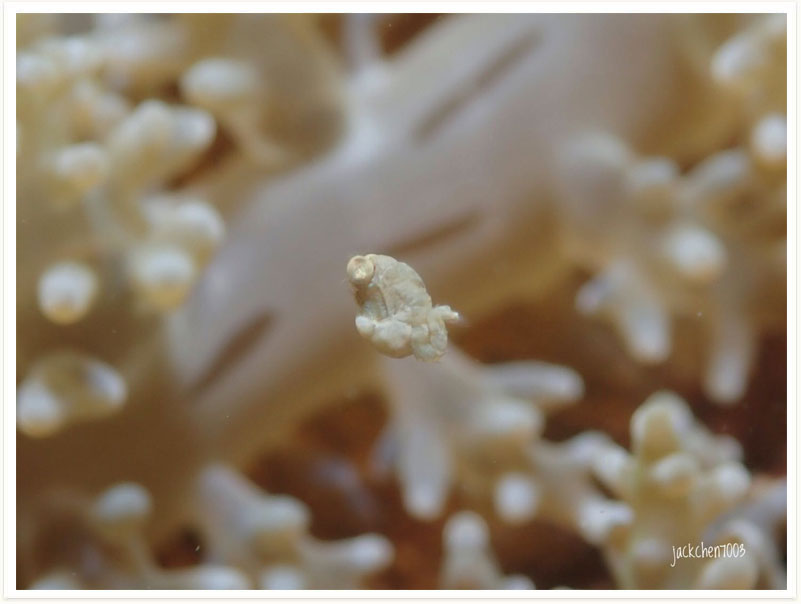
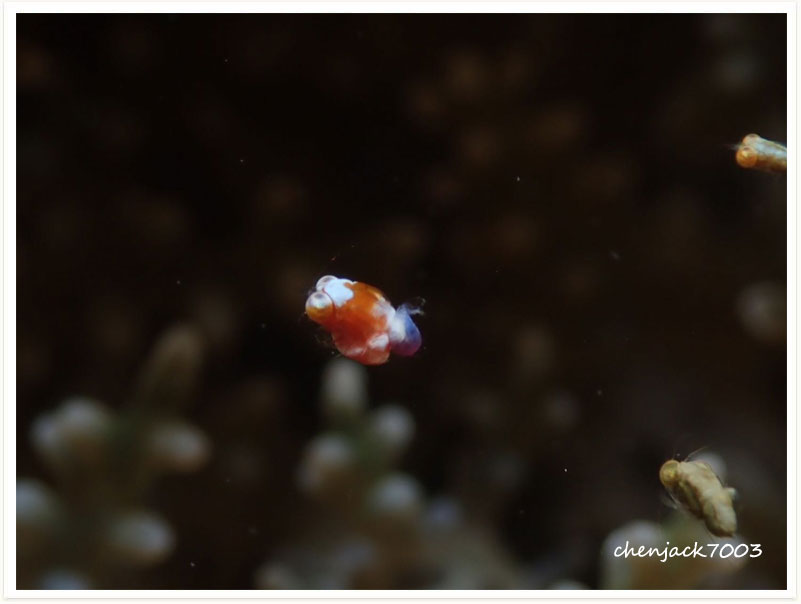
Laomenes pardus is a shrimp species from the Palaemonidae family. The scientific name of the species was first validly published in 2009 by Marin.
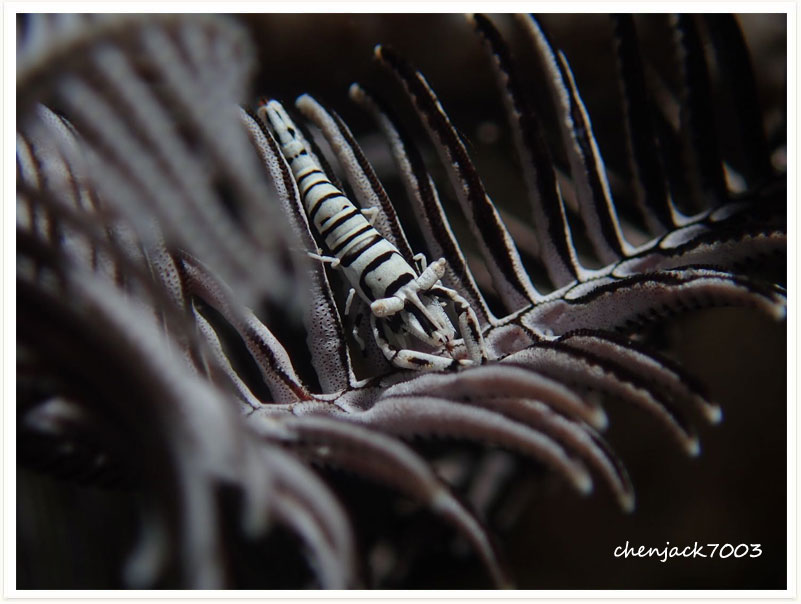
Latreutes pymoeus is a shrimp species from the Hippolytidae family. The scientific name of the species was first validly published in 1904 by Nobili.
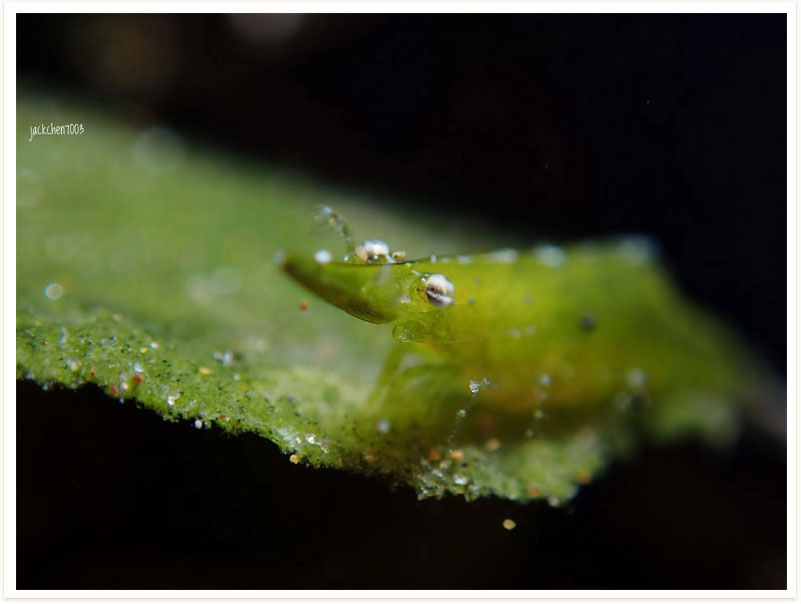
Odontonia bagginsi (more commonly known as Hobbit Shrimp) is a tiny species of shrimp with eight hairy limbs. It was discovered in 2009 by Leiden University biology student Werner de Gier and shrimp researcher Dr. Charles Fransen in Ternate, Indonesia. The name came from the novel The Hobbit starring Bilbo Baggins as the fictional “hobbit” characters have hairy feet.Genetic characters of the shrimp was put in the tree of life.
Pontonides ankeri is a shrimp species from the Palaemonidae family. The scientific name of the species was first validly published in 2007 by Marin.
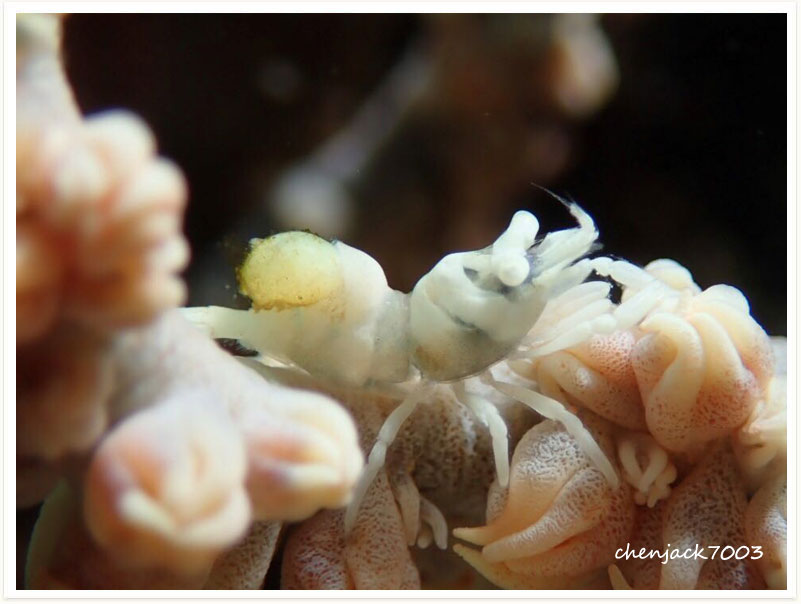
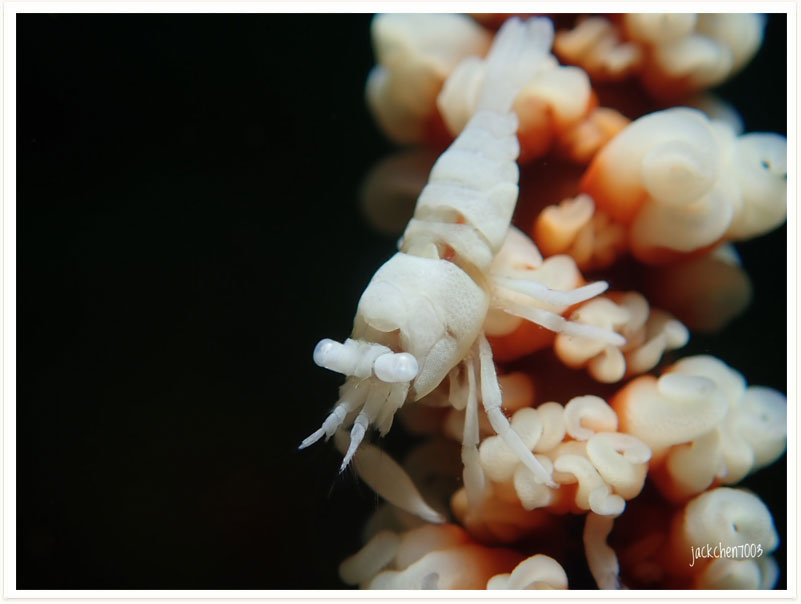
The Processidae are a family of shrimp, comprising 65 species in five genera, and the only family in the superfamily Processoidea. They are small, nocturnal animals, mostly living in shallow seas, particularly on grass flats. The first pereiopods are usually asymmetrical, with a claw on one, but not the other (Ambidexter forming the exception to this rule). The rostrum is generally a simple projection from the front of the carapace, with two teeth, one at the tip, and one further back
Saron marmoratus is a rather hunch-backed dumpy species of shrimp. Its rostrum is slightly longer than its carapace and is strongly recurved, it has 1 or 2 spines on its dorsal margin, followed by 3 or 4 spines on the carapace, and there are 8-10 long spines on the ventral margin of the carapace. The dorsal margin of the carapace and the abdomen have tufts of setae, which are denser in the females. The males have elongated chaelae which are longer than body and the females possess an obvious brush-like structure of setae on the first pair of legs. The legs feature brown or blue transverse bands. They are variable in colour and the ground colour can be red, blue or brown, mottled with brown or green, the legs are marked with blue or brown transverse bans.
Periclimenes brevicarpalis can reach a length of 0.5 to 1.0 inch. The body is almost transparent, with some white spots over carapace and tail and orange spots outlined in black over the caudal fin. Females are larger than males and have more white spots. This species lives symbiotically with sea anemones, corals and jelly fish.
Ancylomenes magnificus, is a kind of cleaner shrimp common to the Western Pacific Ocean at depths of 3–29 metres (10–95 ft).
These shrimp are commonly found on scleractinian coral, Catalaphyllia and the anemone, Dofleinia armata. They have a transparent body except on the carapace and segments of the abdomen which have bands of white specks outlined in red. The tail and the hump on the abdomen are also white.
Araiopontonia odontorhyncha is a shrimp species from the Palaemonidae family. The scientific name of the species was first validly published in 1970 by Fujino & Miyake.
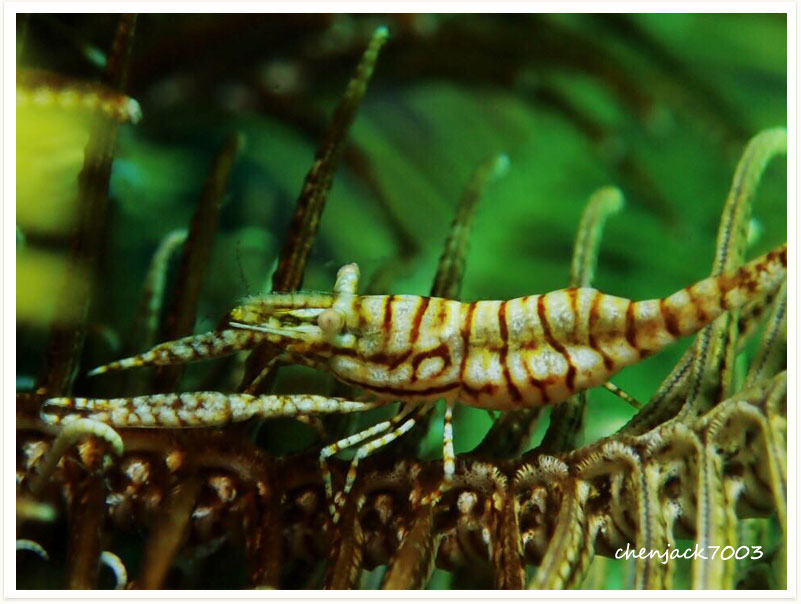
Also known as Anemone Shrimp, Carid Shrimps, Commensal Shrimps, Crown Shrimp, Ghost Shrimp, Heliofungia Shrimp, Mushroom Coral Shrimp, Partner Shrimp, Plate Coral Shrimp, Plumed Shrimp, Popcorn Anemone Shrimp.
Found on coral and rocky reefs living in a symbiotic relationship with various anemones and mushroom corals. They feed on algae, parasites and plankton. Body transparent, red to black with a white spiny head (that looks like a dollop of cream) Length 4cm Depth – 3-30m Widespread Western Central Pacific
Dasycaris zanzibarica is a shrimp species from the Palaemonidae family. The scientific name of the species was first validly published in 1973 by Bruce.
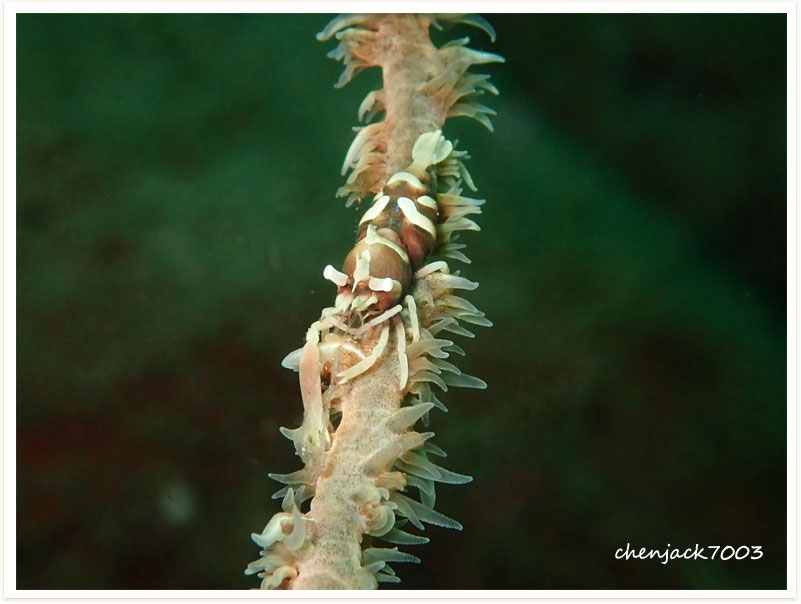
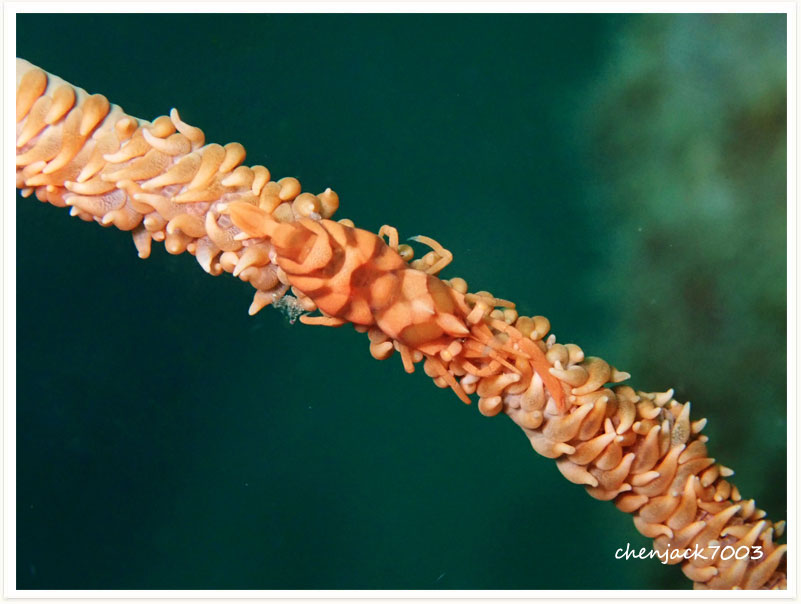
Gelastocaris paronae is a shrimp species from the Hippolytidae family. The scientific name of the species was first validly published in 1905 by Nobili.
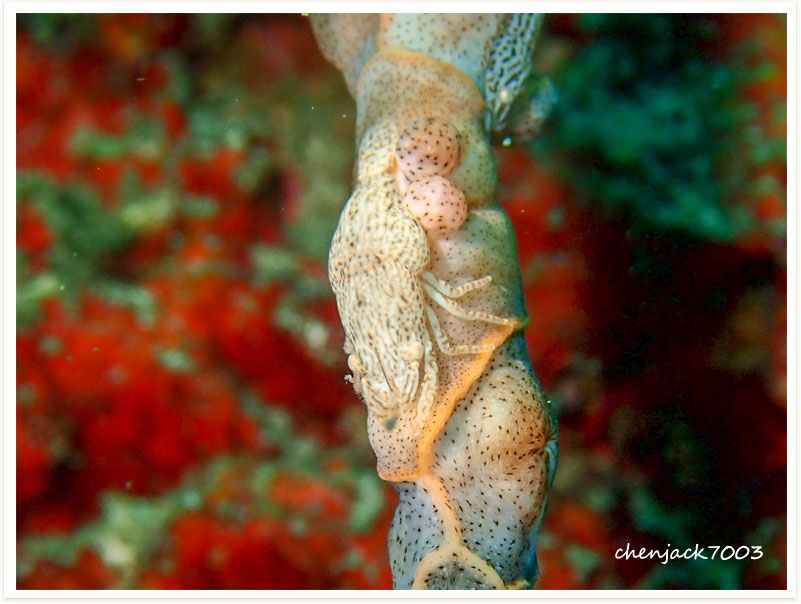
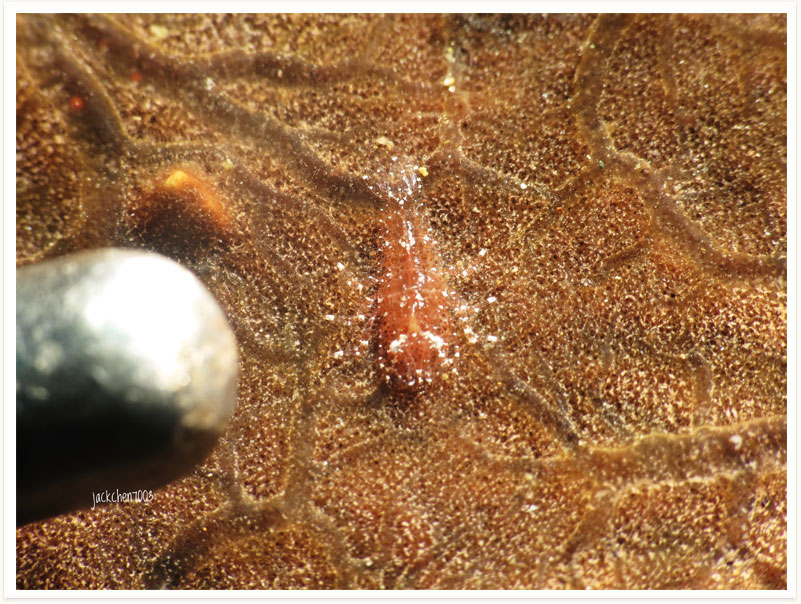
Hippolyte commensalis is a shrimp species from the Hippolytidae family. The scientific name of the species was first validly published in 1925 by Kemp.
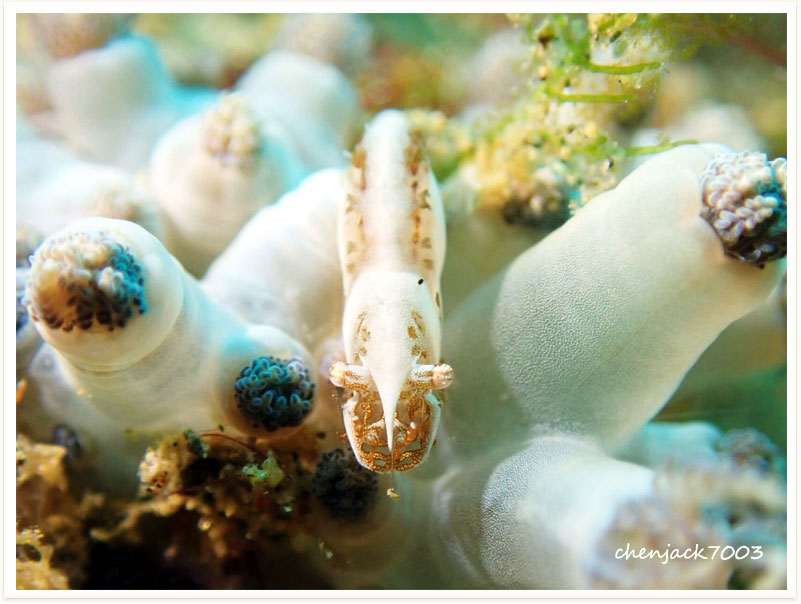
Lysiosquillina lisa is a praying mantis of the Lysiosquillidae family. The scientific name of the species was first validly published in 2001 by Ahyong & Randall.
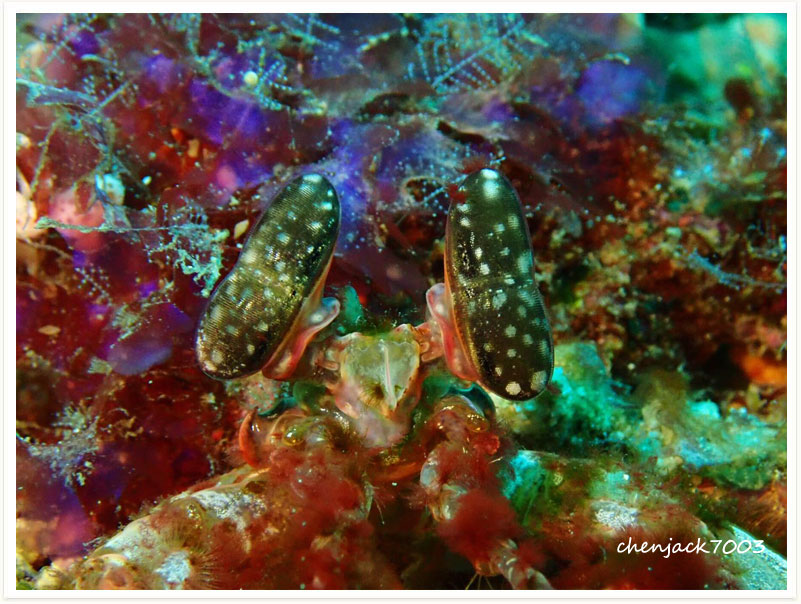
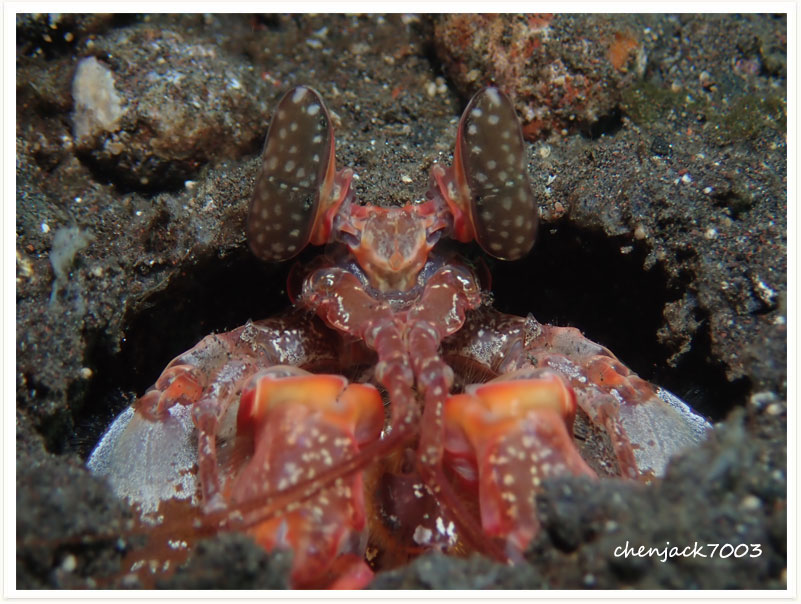
Manipontonia psamathe is a species of saltwater shrimp that was first described in 1902.
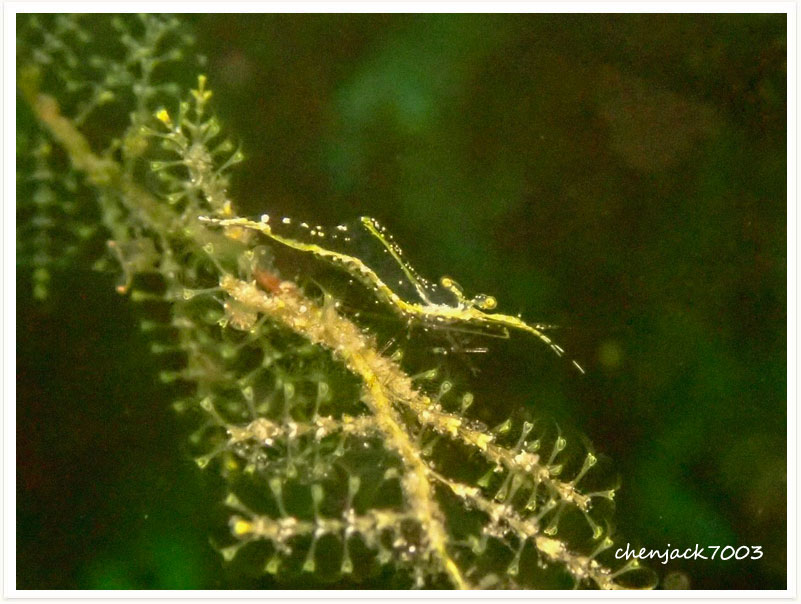
Miropandalus hardingi is a shrimp species from the Pandalidae family. The scientific name of the species was first validly published in 1983 by Bruce.
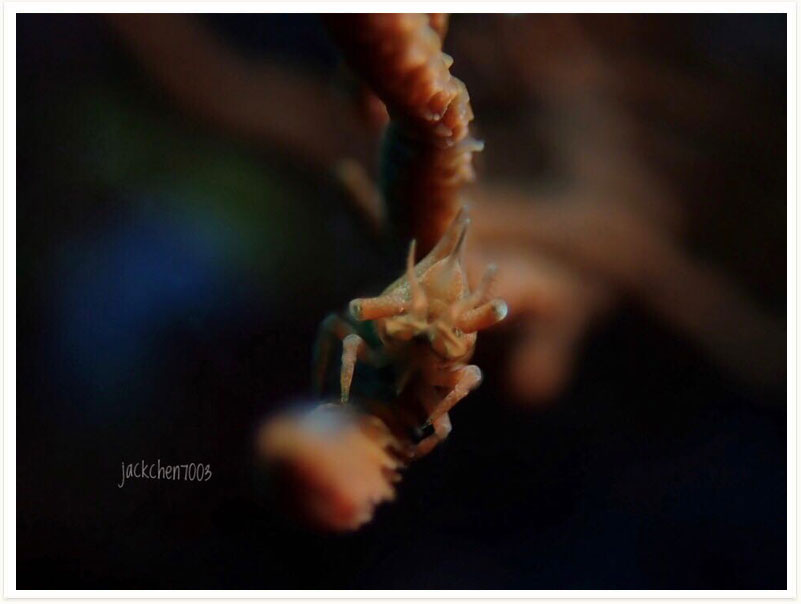
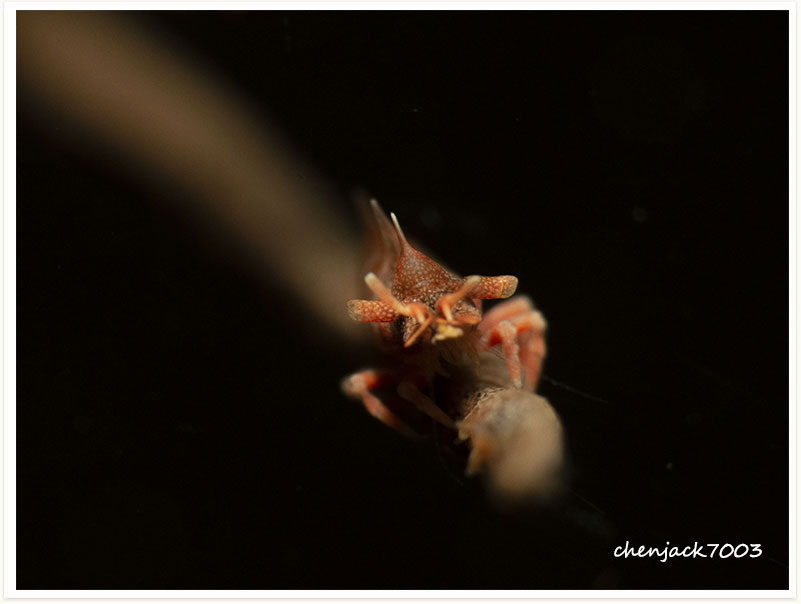
Odontodactylus is a genus of mantis shrimp, the only genus in the family Odontodactylidae. Mantis shrimp of the genus Odontodactylus can not only detect circular polarisation of light, but can also detect polarise light reflecting off their telson and uropods.
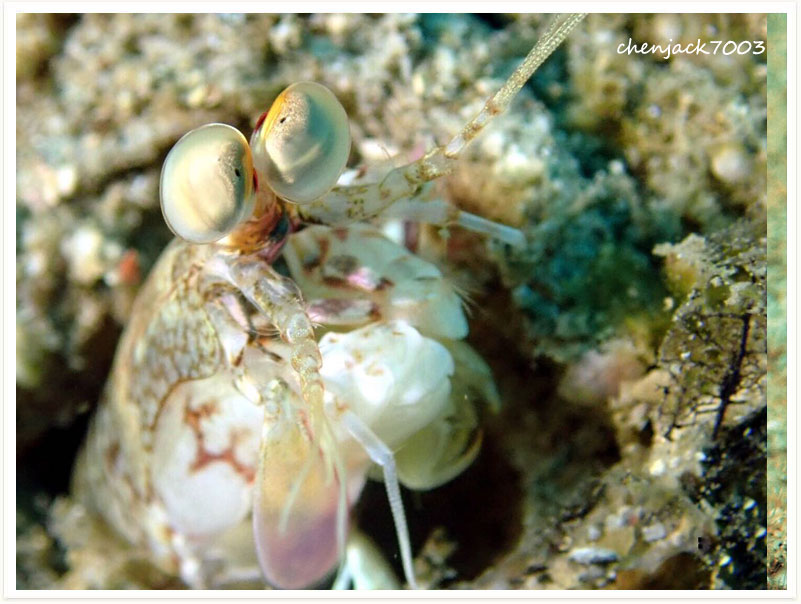
Pliopontonia furtiva is a shrimp species from the Palaemonidae family. The scientific name of the species was first validly published in 1973 by Bruce.
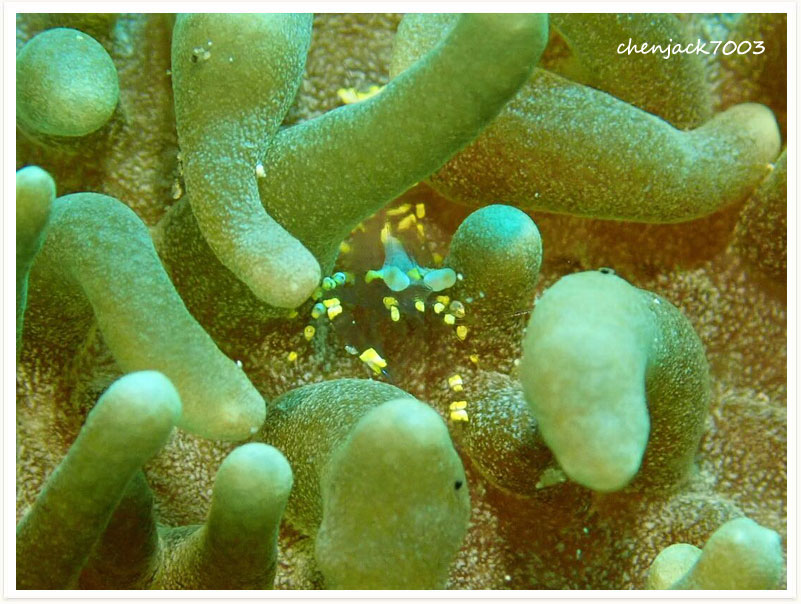
Synalpheus is a genus of snapping shrimp of the family Alpheidae, presently containing more than 100 species; new ones are described on a regular basis, and the exact number even of described species is disputed.
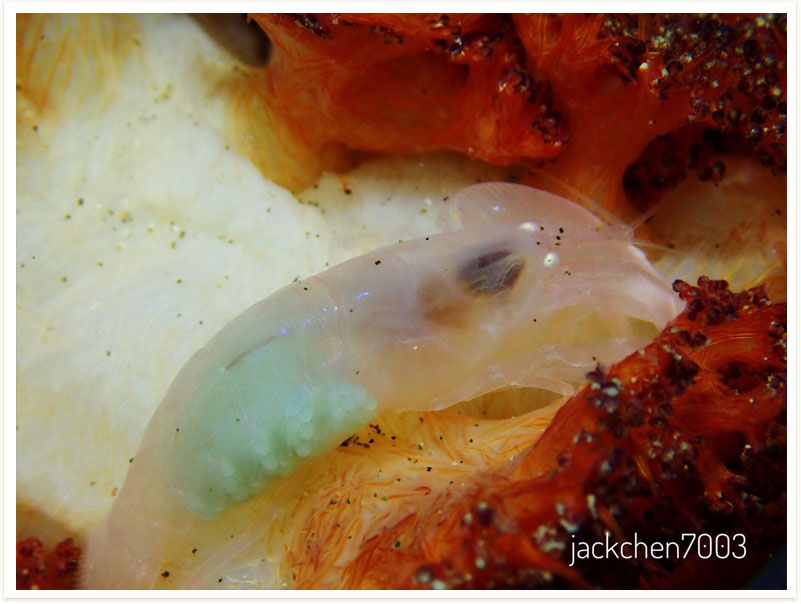
Synalpheus stimpsonii is a shrimp species from the Alpheidae family. The scientific name of the species was first validly published in 1888 by De Man.
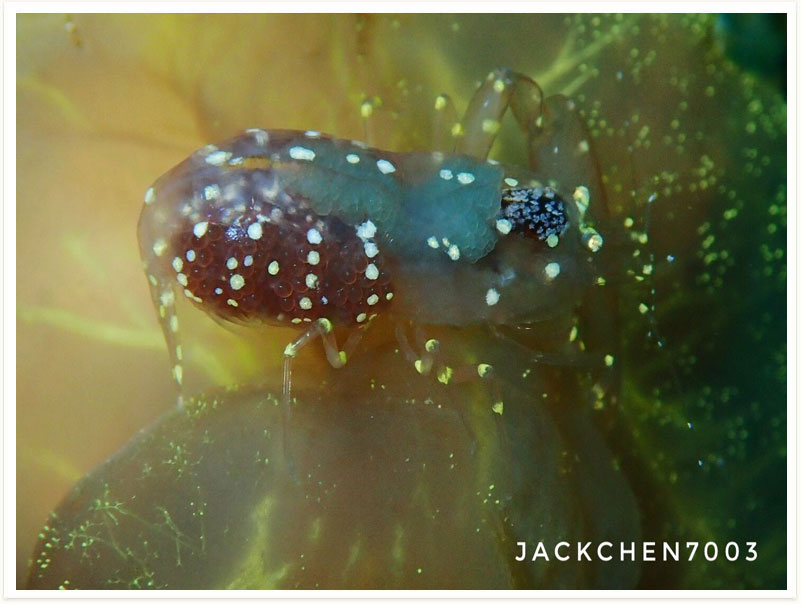
Trachypenaeopsis richtersii is a ten-legged species of the Penaeidae family. The scientific name of the species was first validly published in 1884 by Miers.
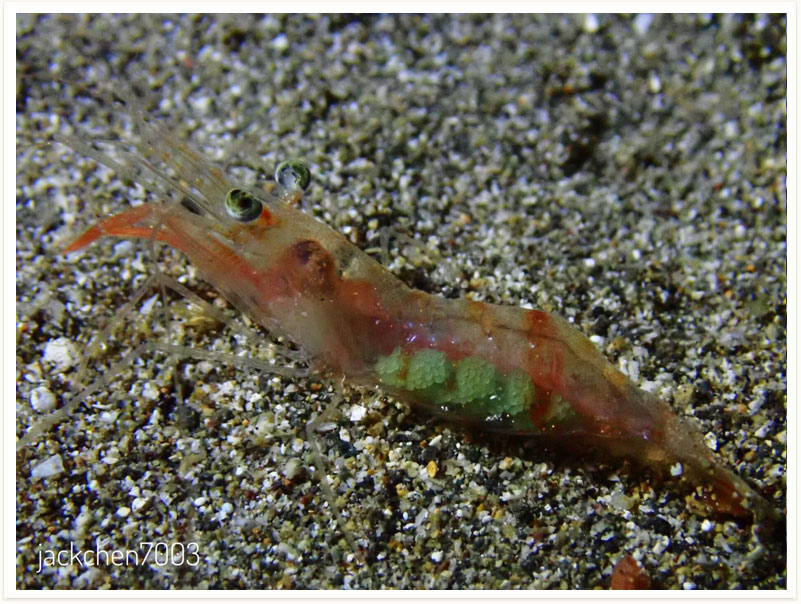
Commensal star fish shrimp
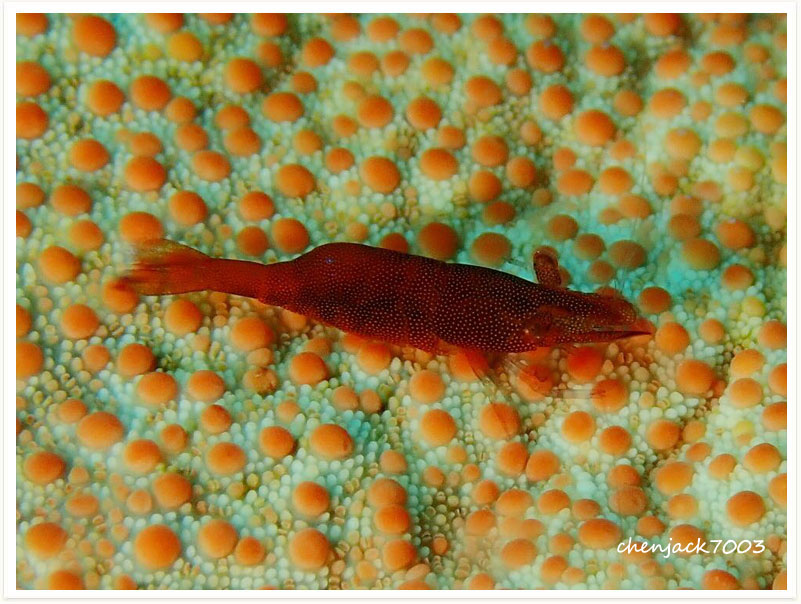
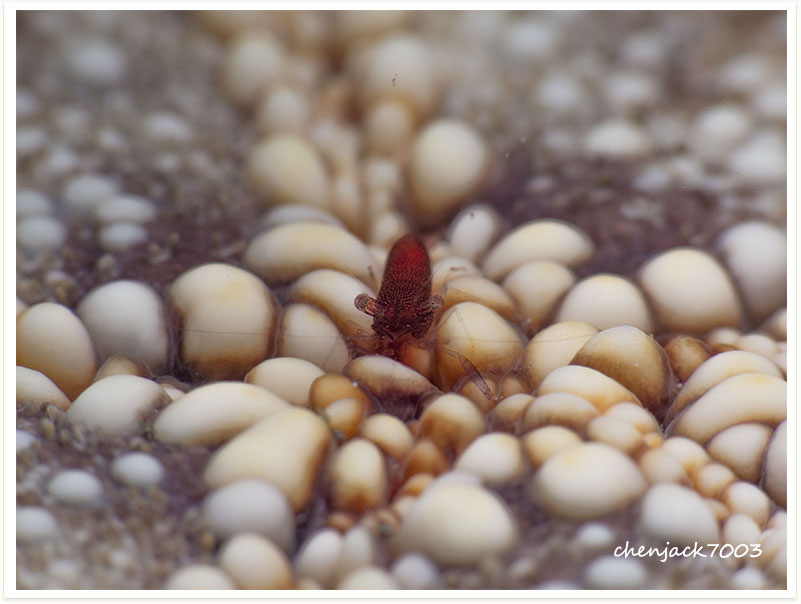
Bivalves have two valves on the mantle. These siphon water through the body to extract oxygen from the water using the gills and to feed on algae. The maxima is less than one-third the size of the true giant clam (Tridacna gigas).
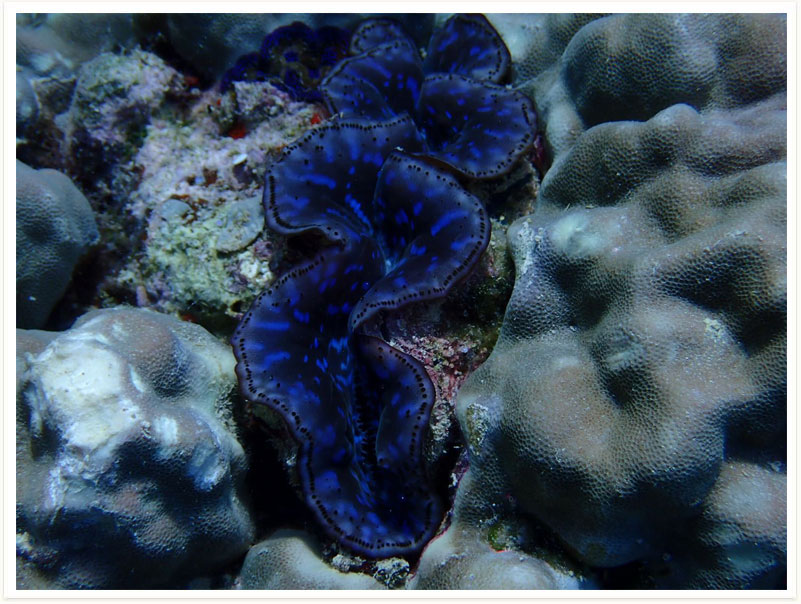
Ancylomenes sarasvati is a shrimp species from the Palaemonidae family. The scientific name of the species was first validly published in 2002 by Okuno.
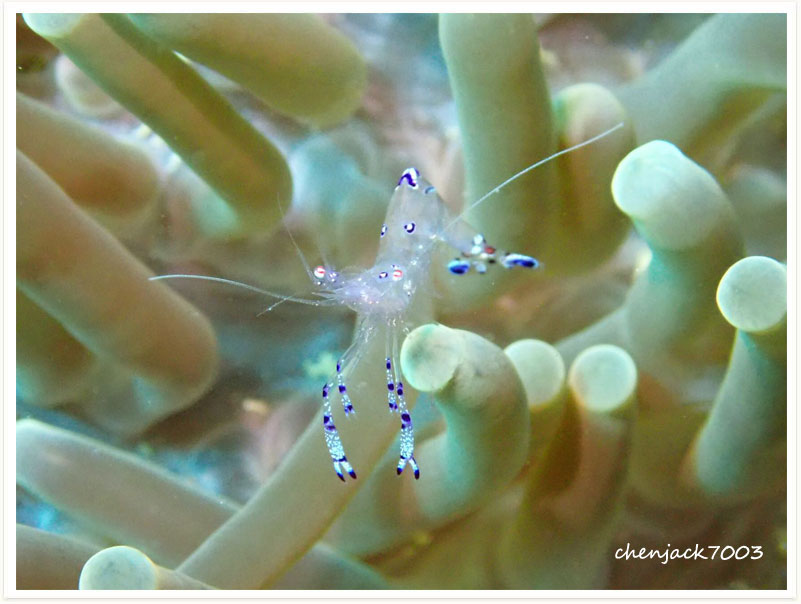
The Hymenocera, or Harlequin shrimp, is usually cream colored or white with occasional spots. Around the Pacific Ocean, many of these shrimp will have red spots while the Indian Ocean shrimp typically have purple spots while its close cousin, the Hawaiian H. picta, has purple and red spots off of their body, the shrimp have two walking legs on each side and large claws, or cheliped. The claws and eyes appear to look flattened and thin. On its head the shrimp have “petal-like sensory antennules” to smell out their prey. Their body usually reaches up to 5 cm or 2 inches, and the male is just a little bit smaller than the female.
Leander plumosus is a shrimp species from the Palaemonidae family. The scientific name of the species was first validly published in 1994 by Bruce.
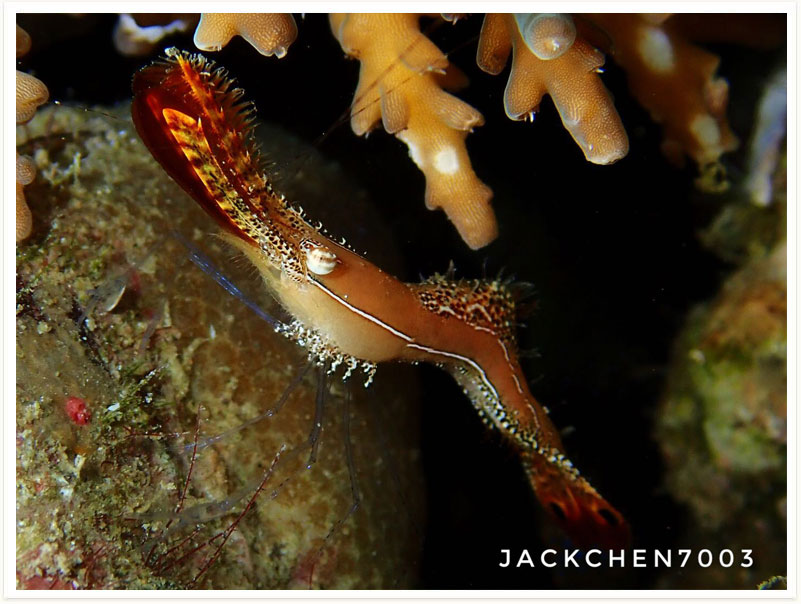
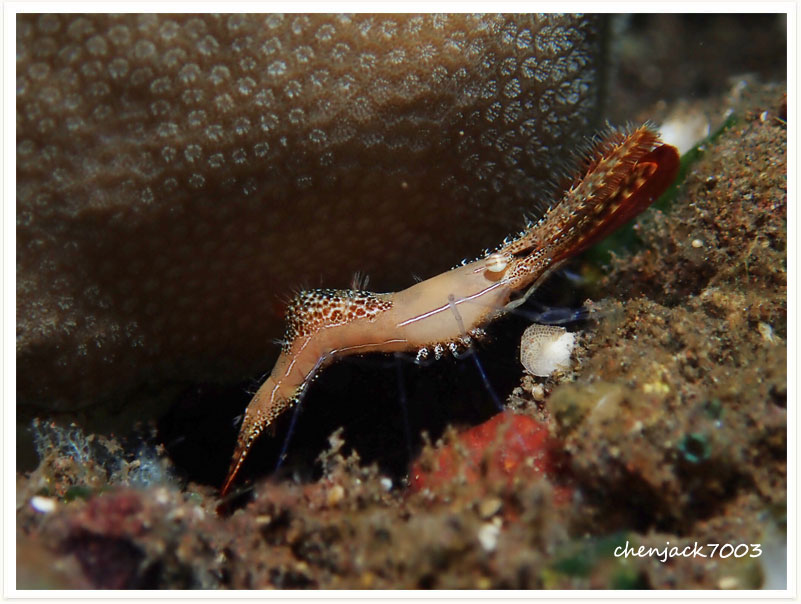
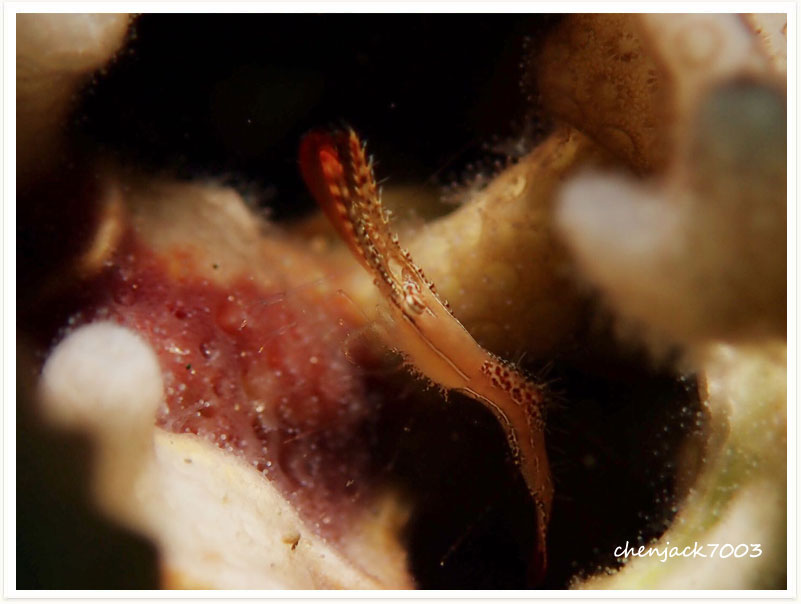
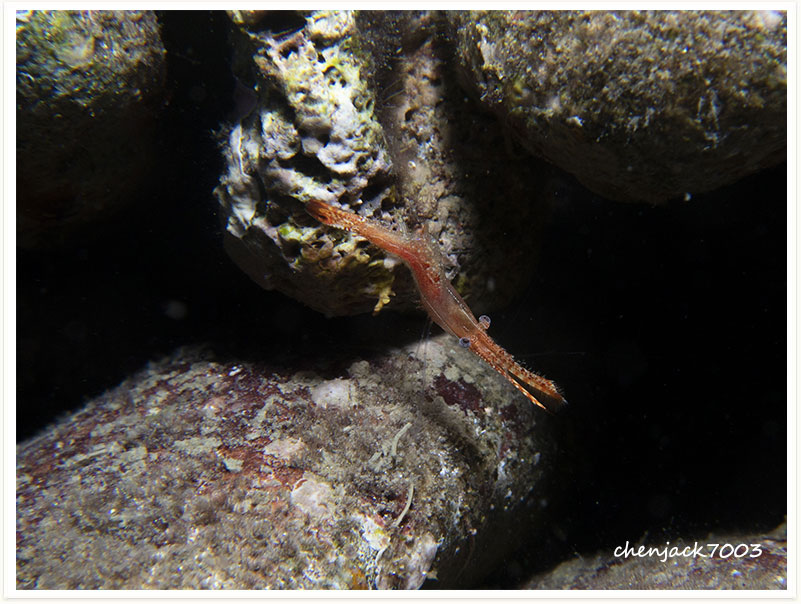
O. scyllarus is one of the larger, more colourful mantis shrimps commonly seen, ranging in size from 3 to 18 cm (1.2 to 7.1 in). They are primarily green with orange legs and leopard-like spots on the anterior carapace.
Their ability to see circularly polarised light has led to studies to determine if the mechanisms by which their eyes operate can be replicated for use in reading CDs and similar optical information-storage devices.
Periclimenes colemani is a species of saltwater shrimp found in the Indo-Pacific Ocean that was first described in 1975.
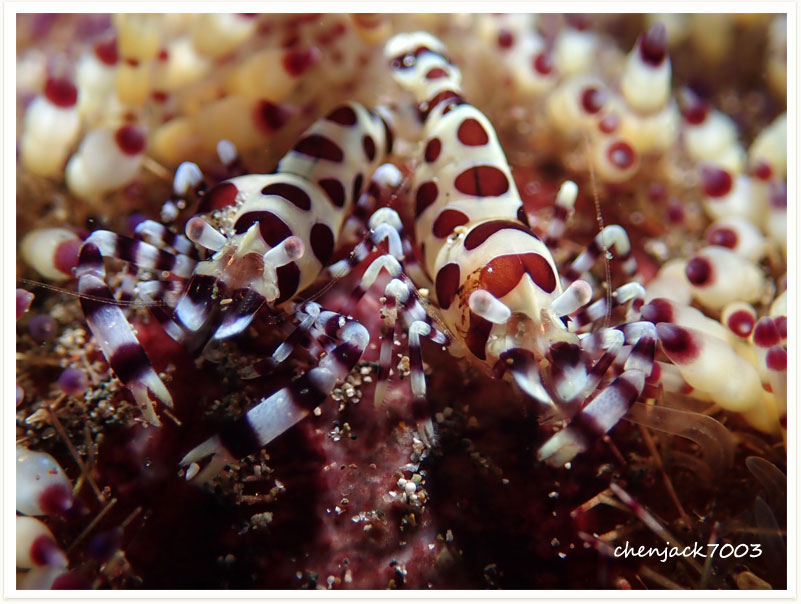
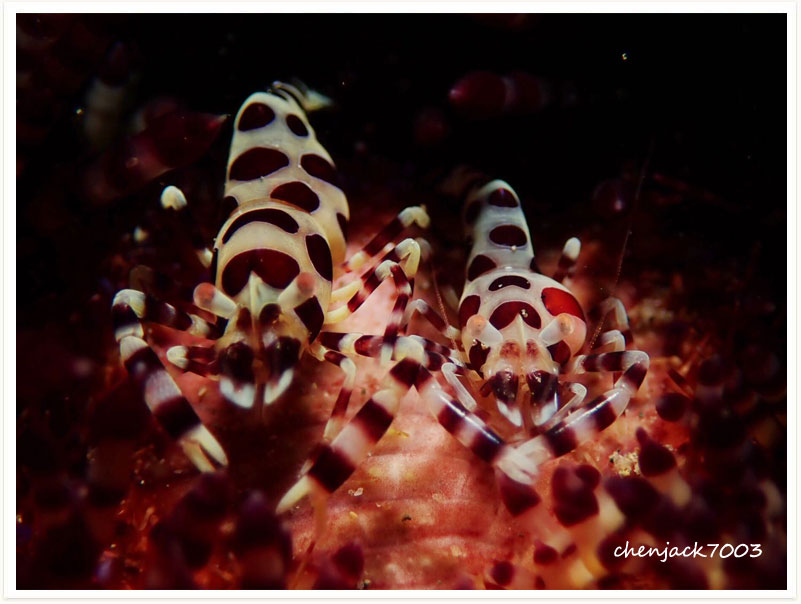
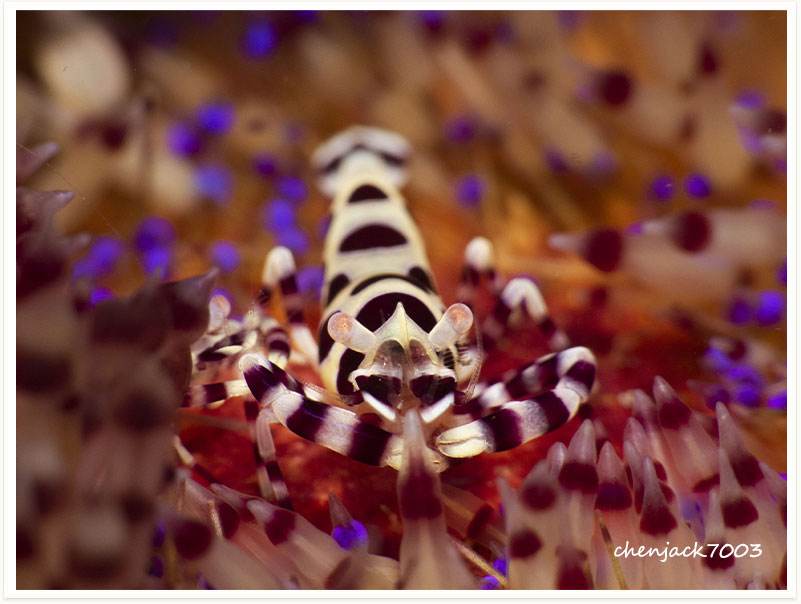
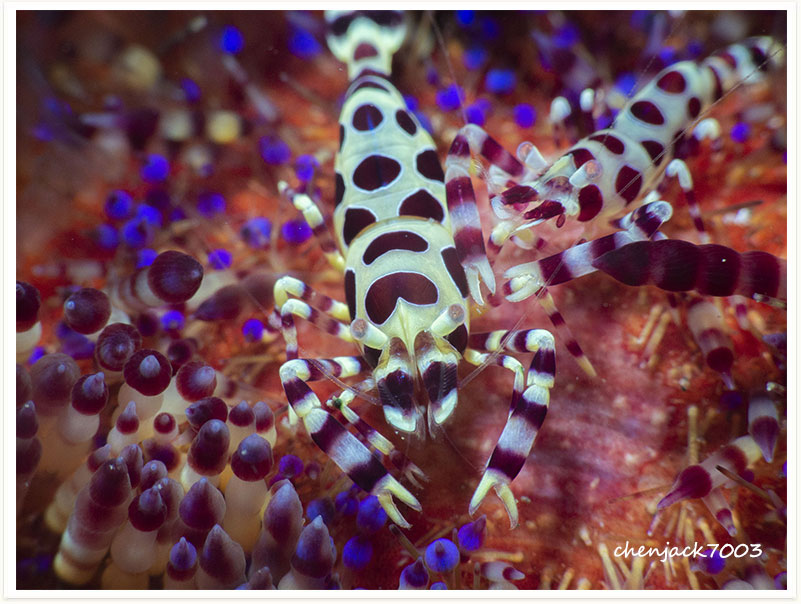
Phycocaris simulans is a shrimp species from the Hippolytidae family. The scientific name of the species was first validly published in 1916 by Kemp.
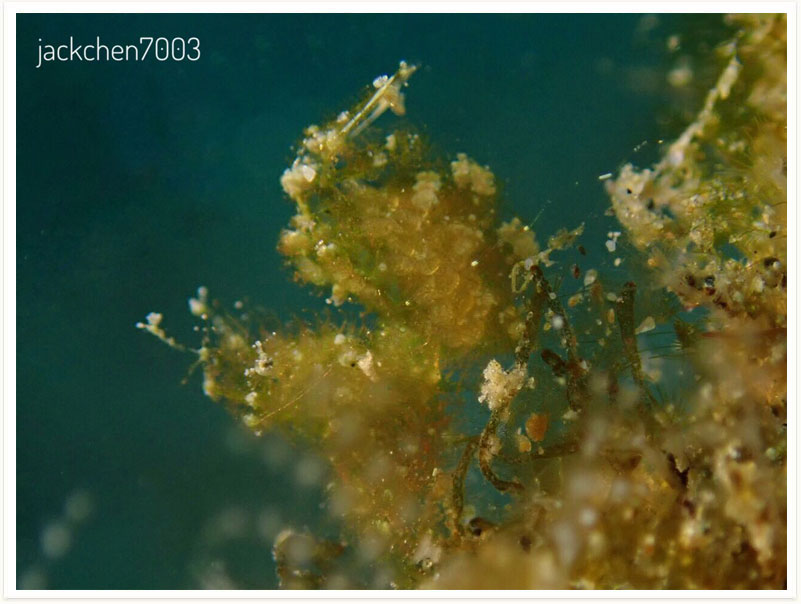
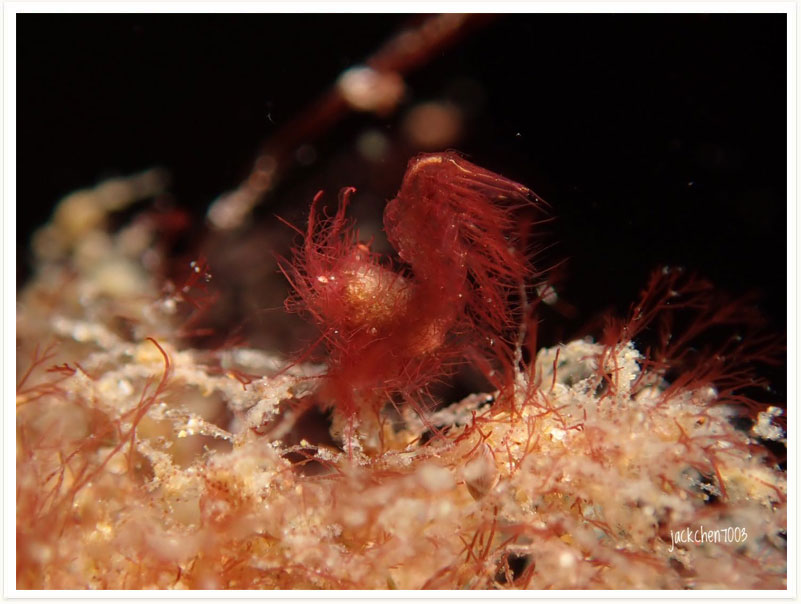
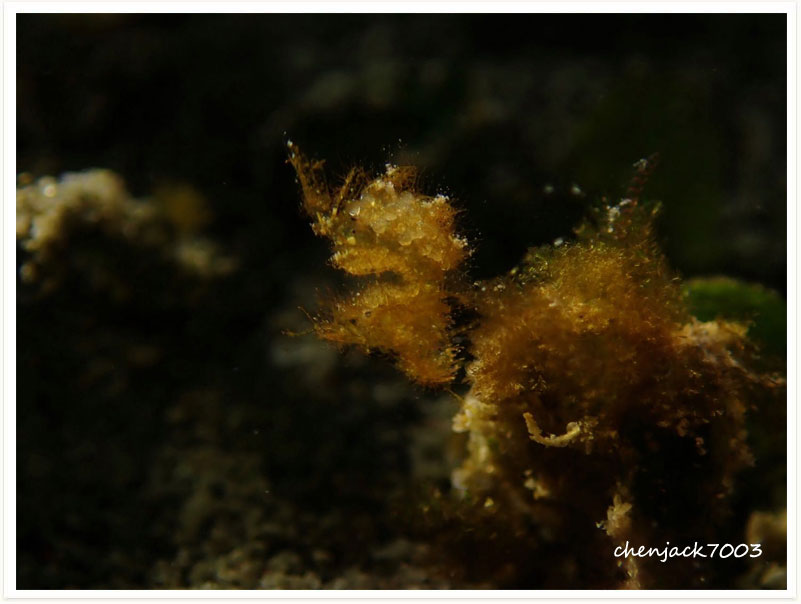
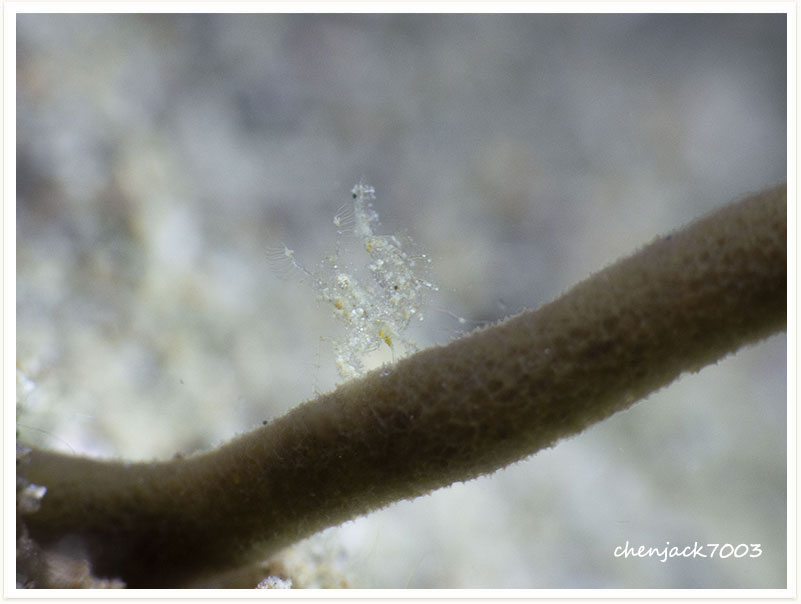
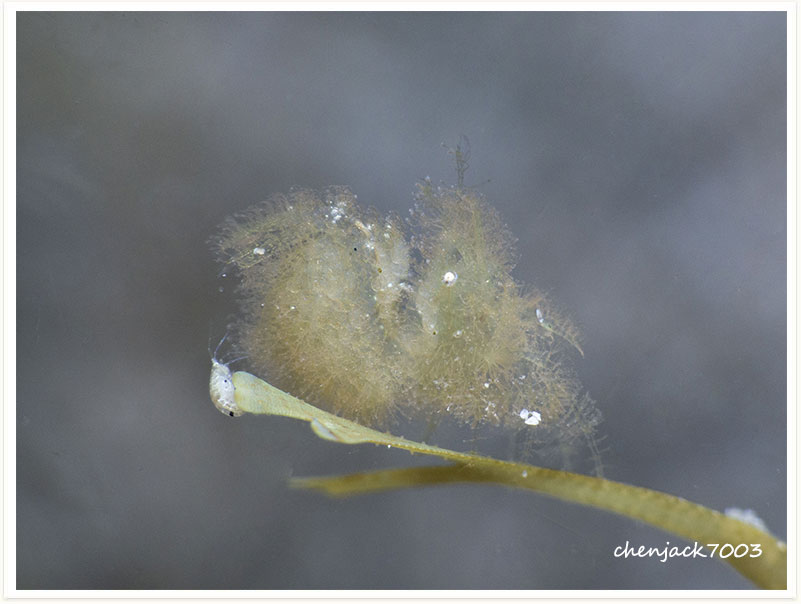
Phyllognathia ceratophthalma is a shrimp species from the Hymenoceridae family. The scientific name of the species was first validly published in 1913 by Balss.
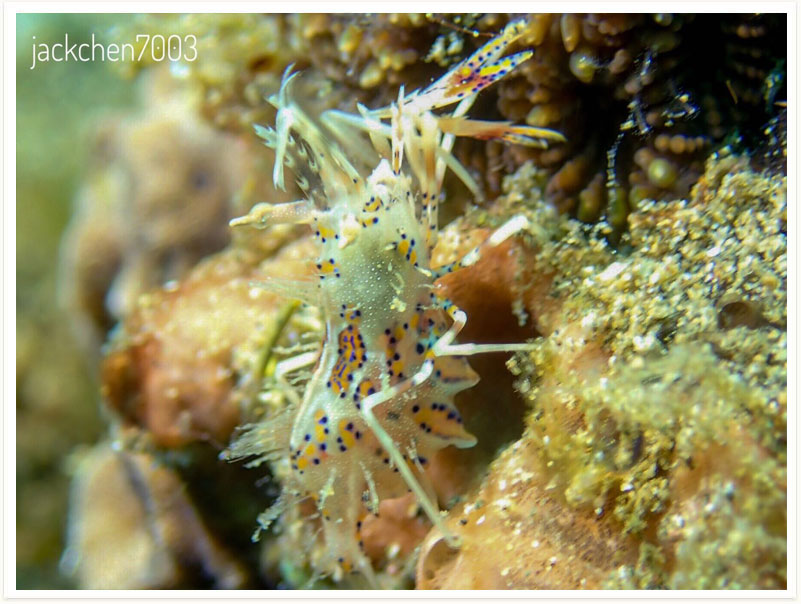
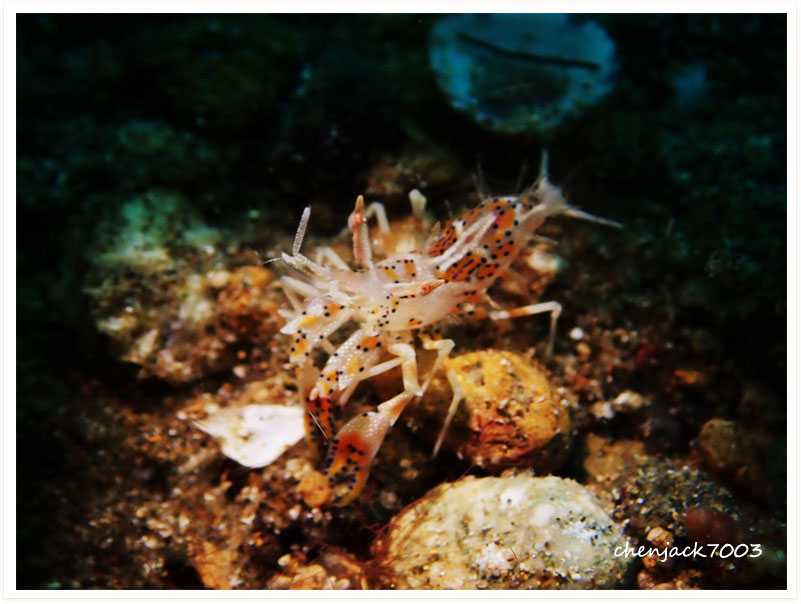
Pseudoprotella phasma is a flake lobster species from the Caprellidae family. The scientific name of the species was first validly published in 1804 by Montagu.
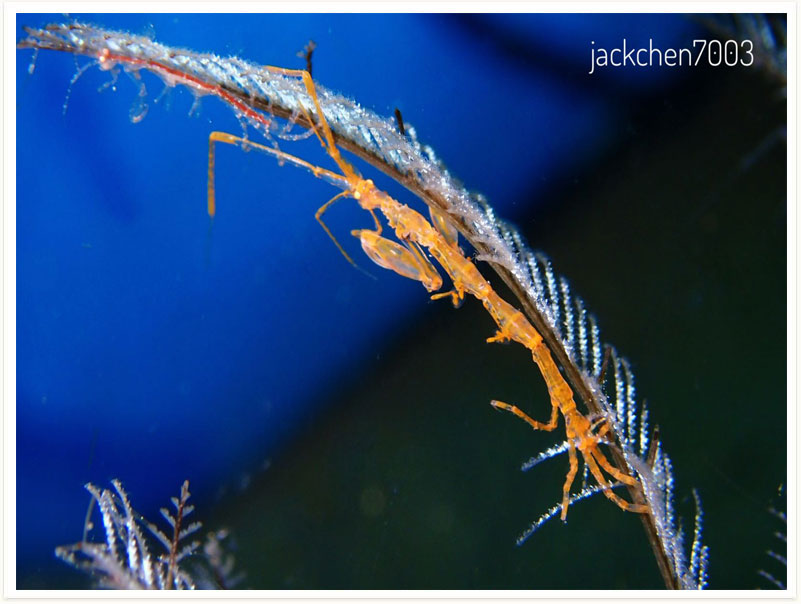
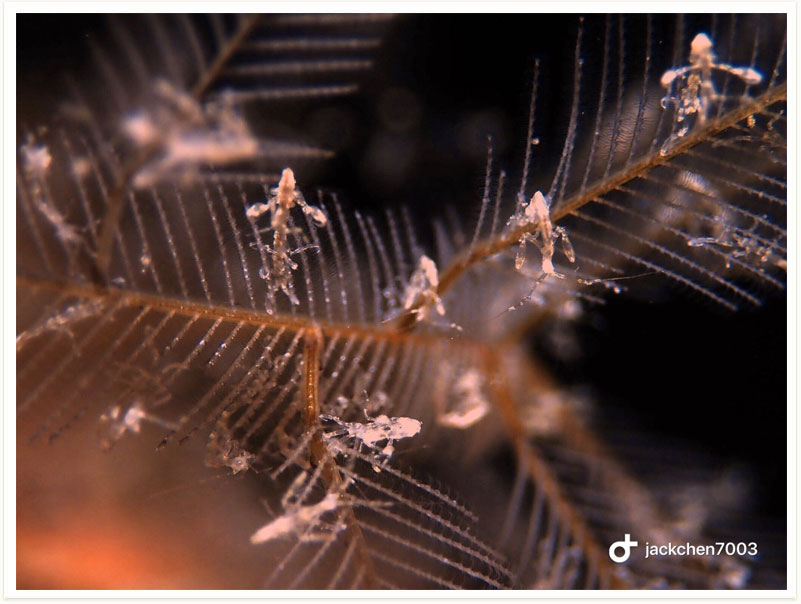
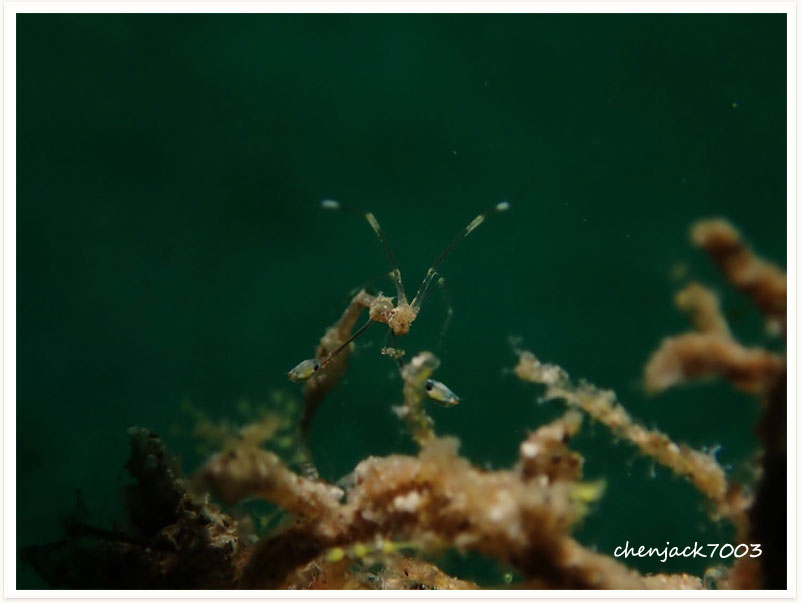
The camel shrimp is a hardy saltwater shrimp, It is covered with red and white stripes that run across its entire body. R. uritai has a movable rostrum or beak that is generally facing upwards. Male camel shrimp have larger chelipeds or claw compared to the female camel shrimp. The claw is formed when the shrimp reaches maturity.
Stenopus hispidus reaches a total length of 60 millimetres (2.4 in), and has striking colouration. The ground colour is transparent, but the carapace, abdomen and the large third pereiopod are all banded red and white.The antennae and other pereiopods are white. The abdomen, carapace and third pereiopods are covered in spines.
Thor amboinensis is a small shrimp growing to a length of about 13 millimetres (0.5 in). It is an olive brown colour with symmetrically placed white patches edged with thin blue lines. It characteristically carries its abdomen curved upwards with its tail fan above its head.
Tozeuma lanceolatum is a shrimp species from the Hippolytidae family. The scientific name of the species was first validly published in 1860 by Stimpson.
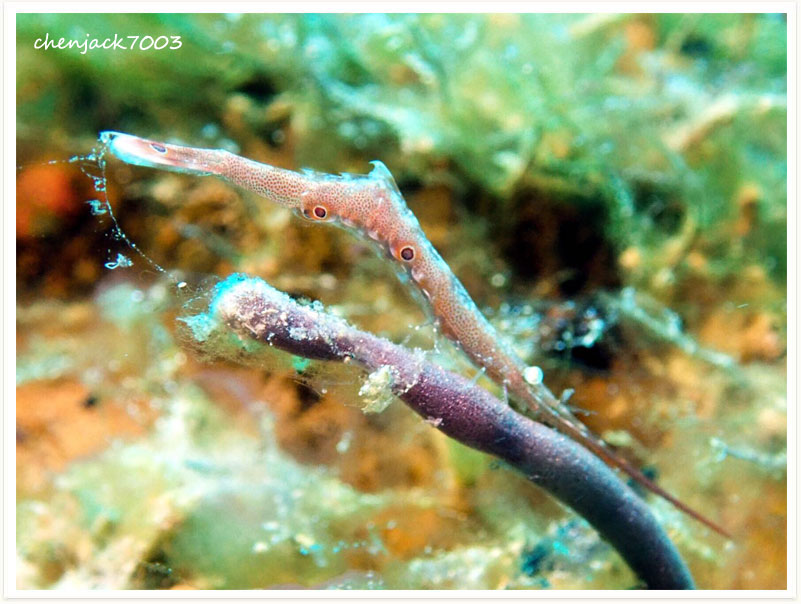
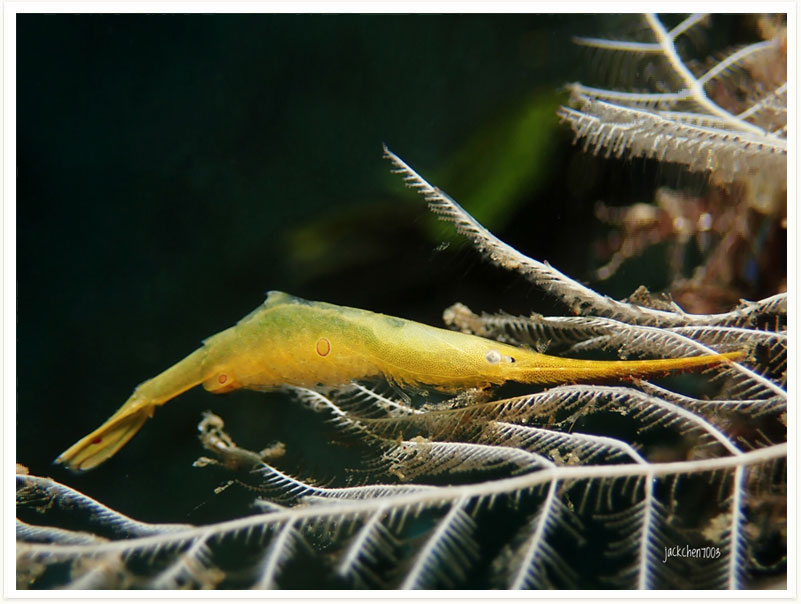
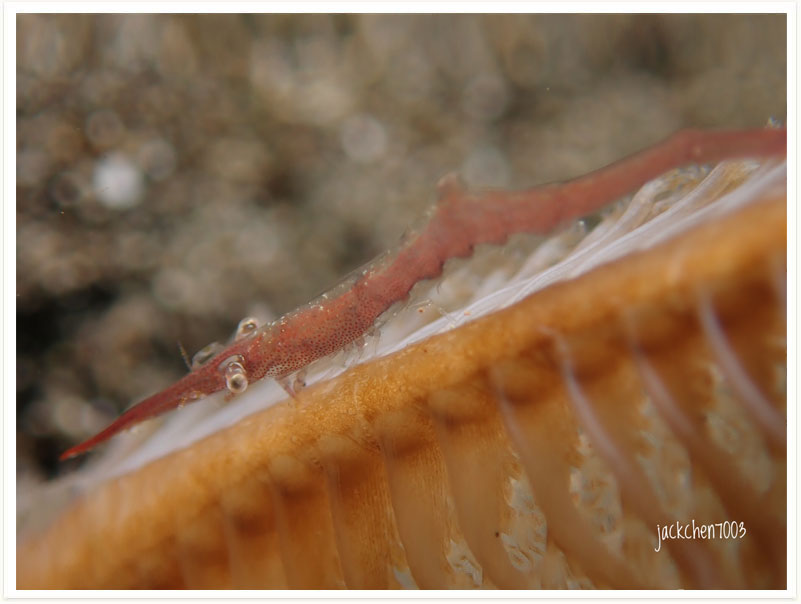
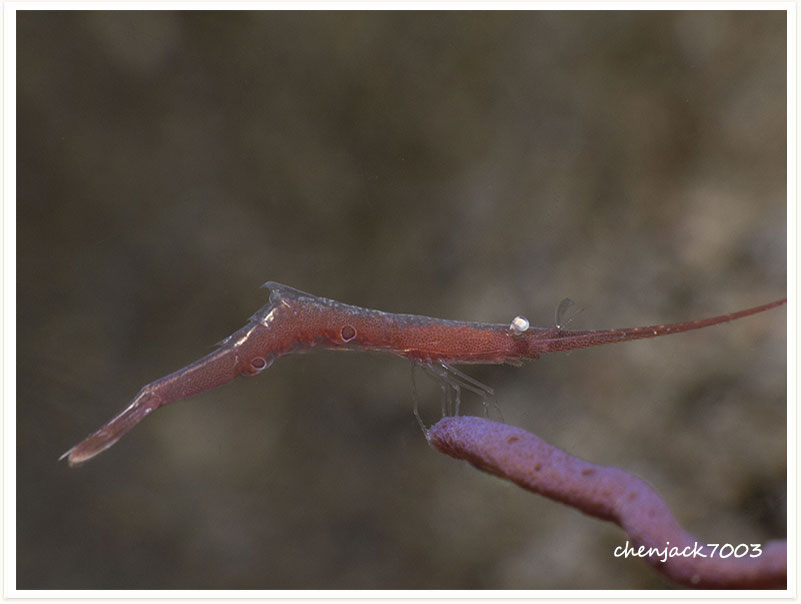
Vir philippinensis, sometimes referred to as the bubble coral shrimp, is a species of saltwater shrimp that was first described in 1984.
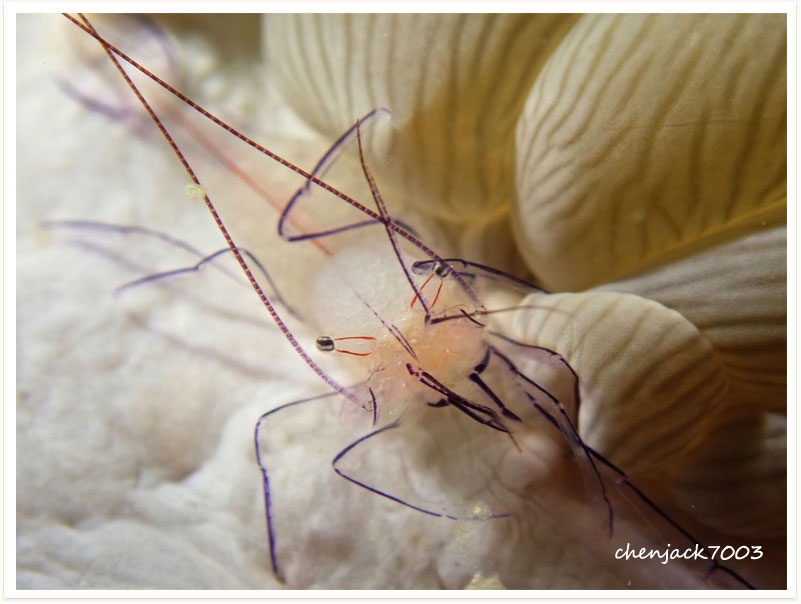
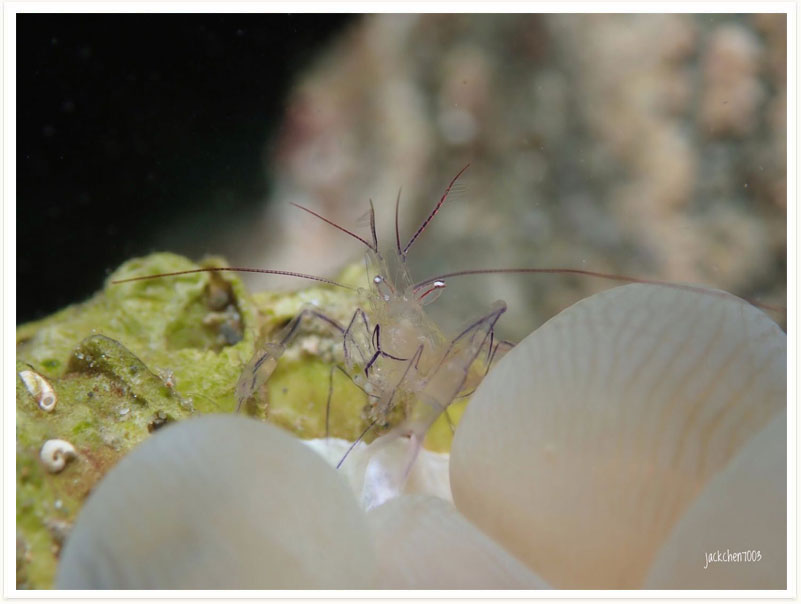
Zenopontonia is a genus of shrimp from the family Palaemonidae and which includes species that often live in symbiosis with larger animals.
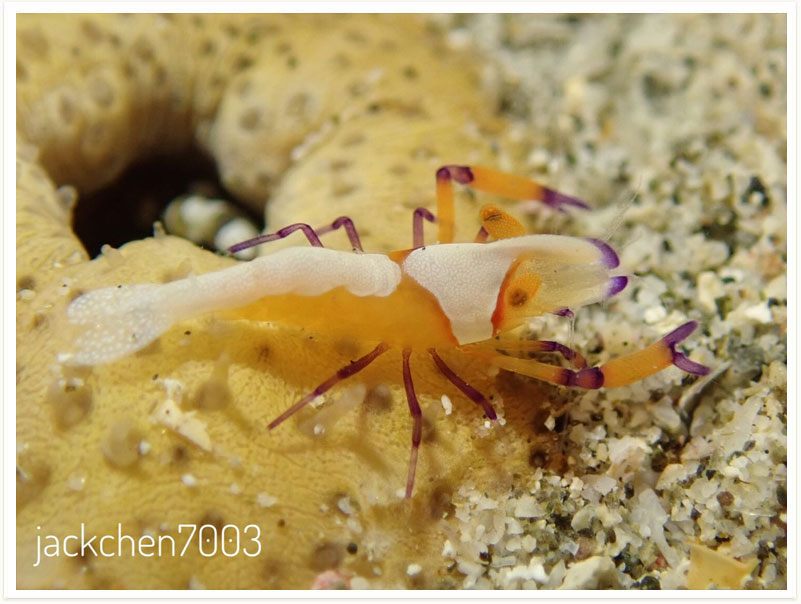
Ascidiophilla alba is a flatworm (Platyhelminthes). The worm is ambiguous. The species lives in the salt water.
The genus Ascidiophilla, in which the flatworm is placed, belongs to the Euryleptidae family. The scientific name of the species was first validly published in 2002 by Newman.
Pseudoceros is a genus of flatworms.
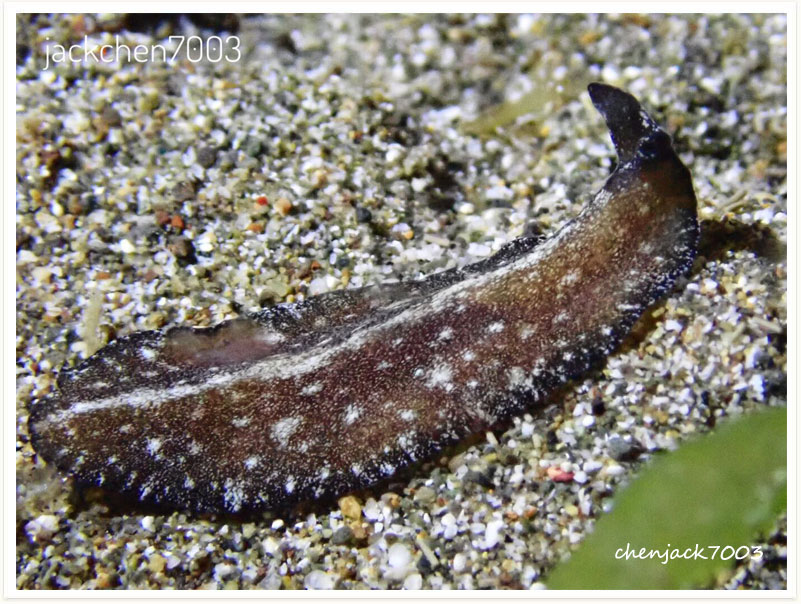
Pseudoceros laingensis is a marin flatworm species that belongs to the Pseudocerotidae family.
Flatworm of Laing : this name comes from the place it had been described the first time in Laing Island in Papua New Guinea.
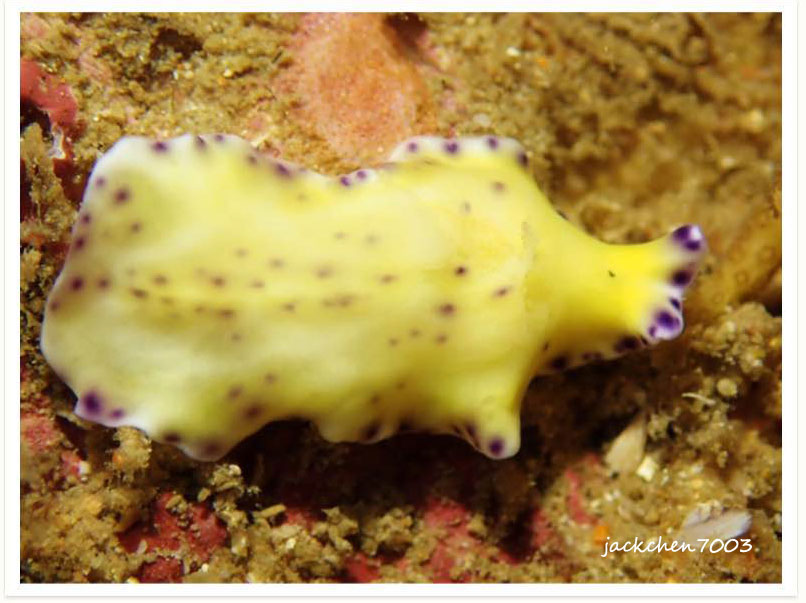
Pseudoceros lindae can reach a length of 50–80 millimetres (2.0–3.1 in). The upper surface of the thick and elongated body shows a wine color (burgundy) background with turquoise margins and a variable number oval to round yellow-golden spots. This pattern may vary from one individual to another especially in the density of points. The ventral side is light purple. Each pseudotentacle is formed by a broad simple fold of the anterior margins of the body. Also pharynx is formed by highly elaborated folds. This species is a simultaneous hermaphrodite, so it can make cross fecundation. There is a single male reproductive organ, that penetrates in any part of the mate’s body, and the females have a short vagina directed backwards.
Pseudoceros is a genus of flatworms.
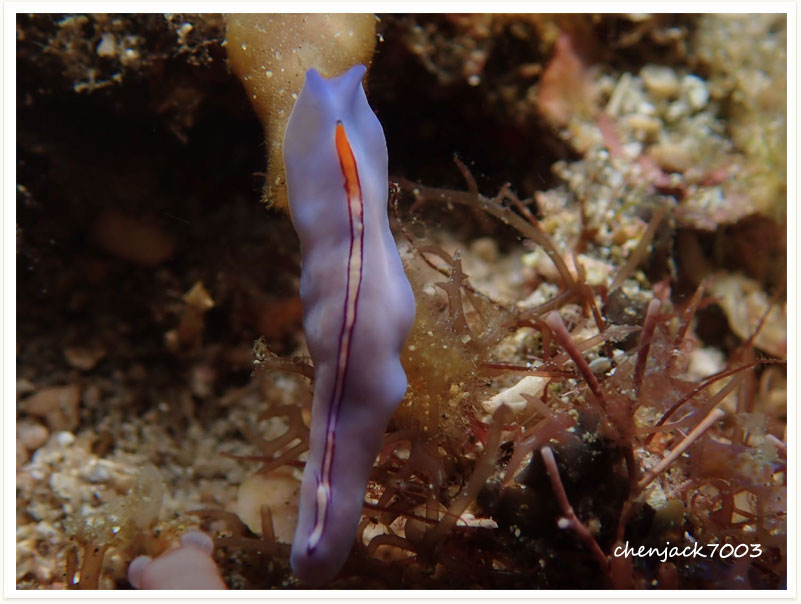
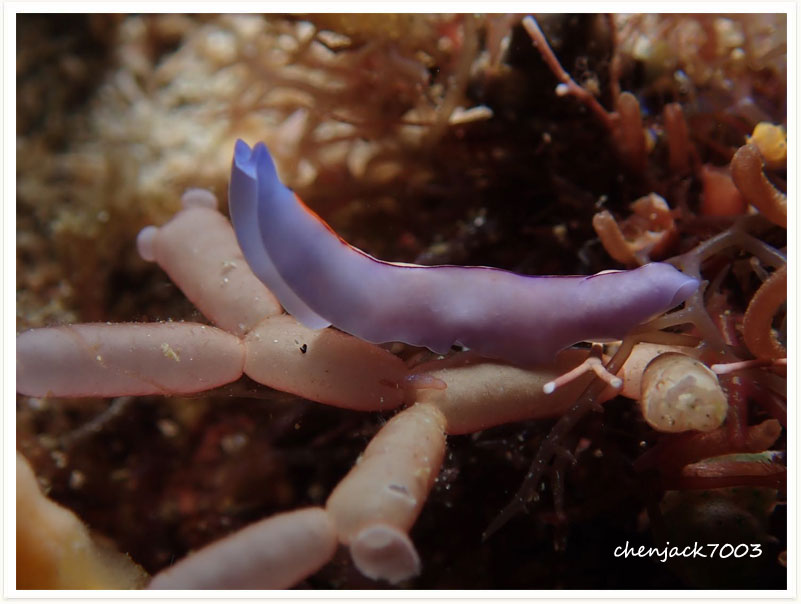
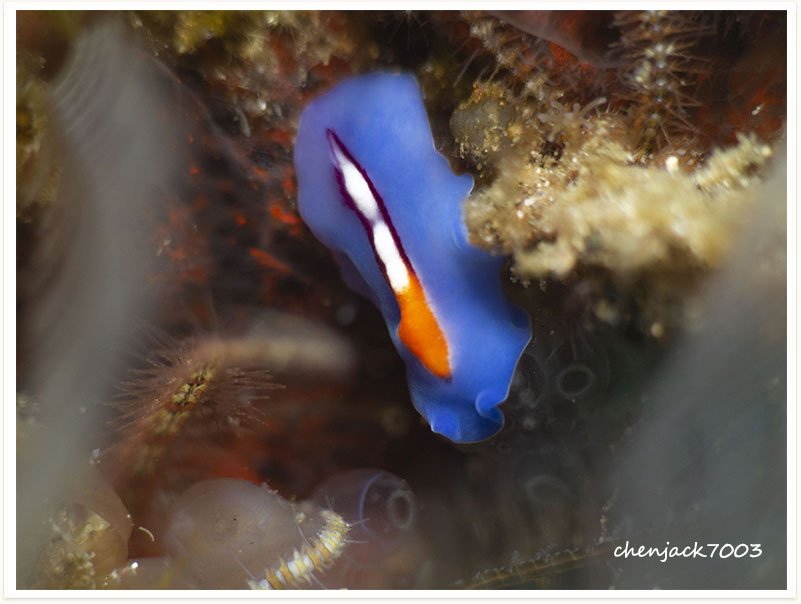
Pseudoceros scintillatus is a small species which measures around 9 mm.
The dorsal pattern, without a longitudinal center line, is velvety black with a bold pattern of large green-yellow spots of irregular size and a wide orange border. Each spot, surrounded by a white ring, extends into the marginal band.
Thysanozoon flavotuberculatum is a flatworm (Platyhelminthes). The worm is ambiguous. The species lives in the salt water.
The genus Thysanozoon, in which the flatworm is placed, belongs to the Pseudocerotidae family. The scientific name of the species was first validly published in 1939 by Hyman.
Ethalia catharinae is a species of sea snail, a marine gastropod mollusk in the family Trochidae, the top snails.
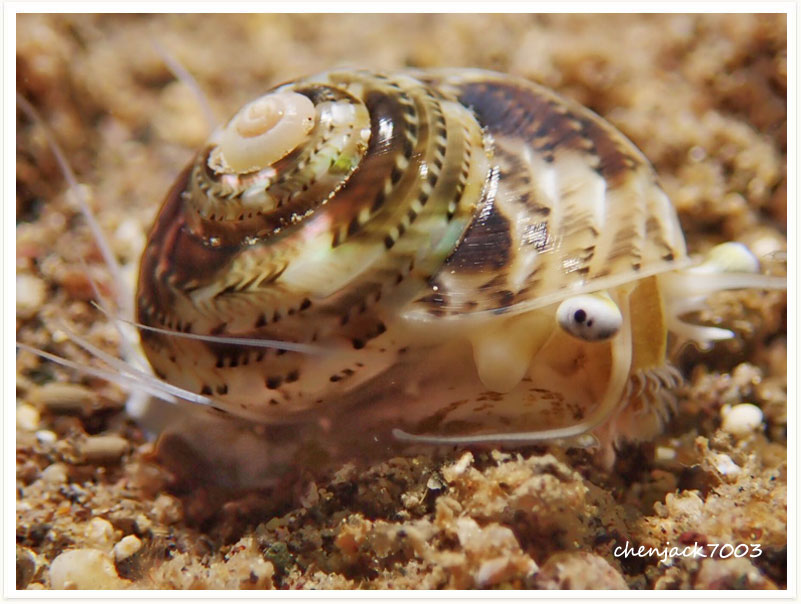
The giant honeycomb oyster (Hyotissa hyotis) is a very large saltwater oyster, a marine bivalve mollusk.
Species in this family are known as honeycomb oysters or “foam oysters” because under magnification, their shell structure is foam-like.
Like most bivalves, the giant honeycomb oyster is a filter feeder.
Pterelectroma physoides, commonly known as The Zebra Wingshell, can be found attached to various marine growths, and including whip corals, hydroids, black corals and bryozoans. Pterelectroma physoides which exhibits protective coloration for lifing on alcyonarian.
Few cm in size. White background with brown lines, hence its zebra’name. This shell may easily be overlooked.
Casmaria ponderosa, common name the heavy bonnet, is a species of large sea snail, a marine gastropod mollusk in the family Cassidae, the helmet snails and bonnet snails.
The size of an adult shell varies between 30 mm and 100 mm.
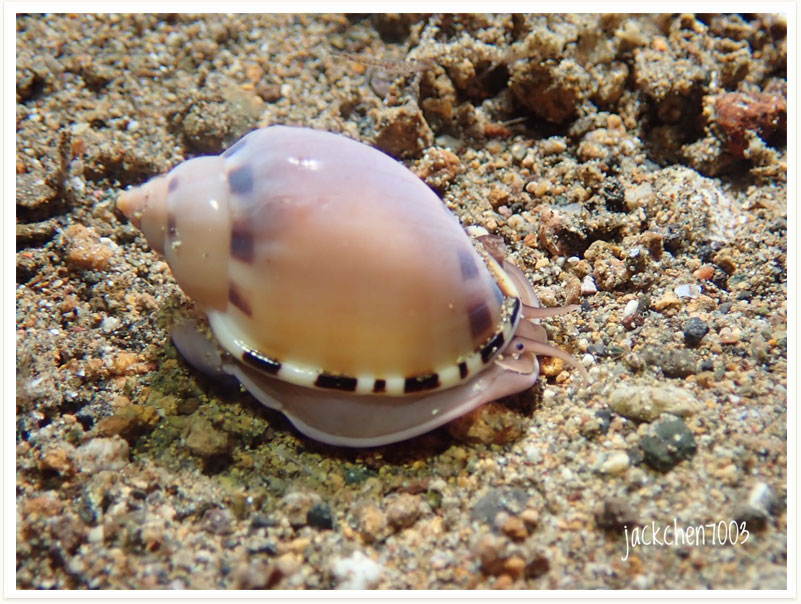
The color of the body may vary from uniformly velvety black to brown. The mantle is broadly tuberculate. The borders of the mantle are delicate, notched in front and spreading out widely. The foot is small and oval. There are four or five lobes or bosses on the dorsal part of its body. There is an inhalant siphon extended in the middle of the front part of the body.The tentacles are triangular, granulated and are spotted with white.There are brown eyes at the base of the tentacles. The front part of the foot is grooved. There is a jaw and a radula with 48 teeth in the mouth. The body length is usually about 80 mm. The body length varies from 15–18 mm up to 10 cm. The width of the body is 8–10 mm (in body length 15–18 mm).
This quite common species looks very similar to Cypraea tigris, but its shell is more slender and lighter. The shells of Cypraea pantherina reach on average 57–65 millimetres (2.2–2.6 in) of length, with a minimum size of 37 millimetres (1.5 in) and a maximum size of 118 millimetres (4.6 in). The shape of these shells is roughly elongate-pyriform. They are quite heavy for their size. The dorsum surface is smooth and shiny, usually whitish or pale brown, densely covered with dark brown circular spots. A blurred longitudinal reddish line runs along the midline where the two halves of the mantle meet in life.
Cystiscus minutissimus is a species of snail from the Cystiscidae family. The scientific name of the species was first validly published in 1876 by Tenison-Woods.
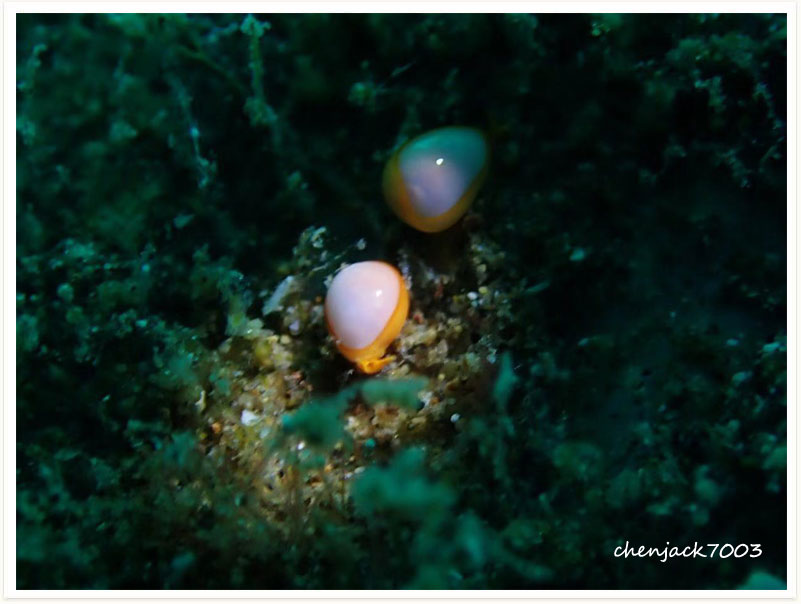
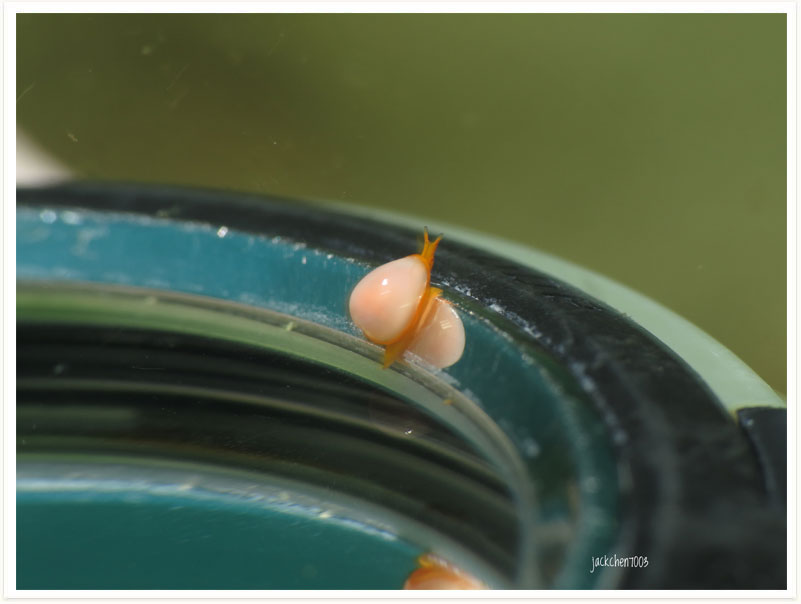
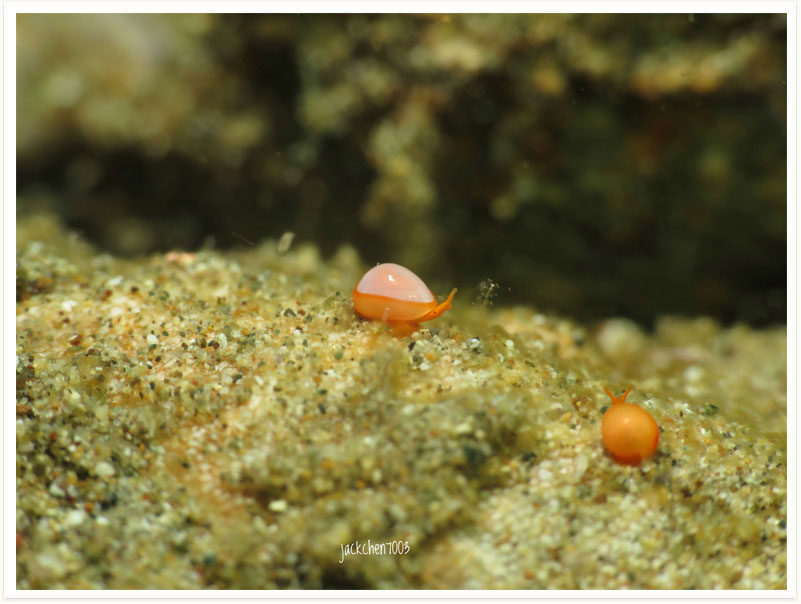
Echineulima asthenosomae is a species of sea snail, a marine gastropod mollusk in the family Eulimidae.
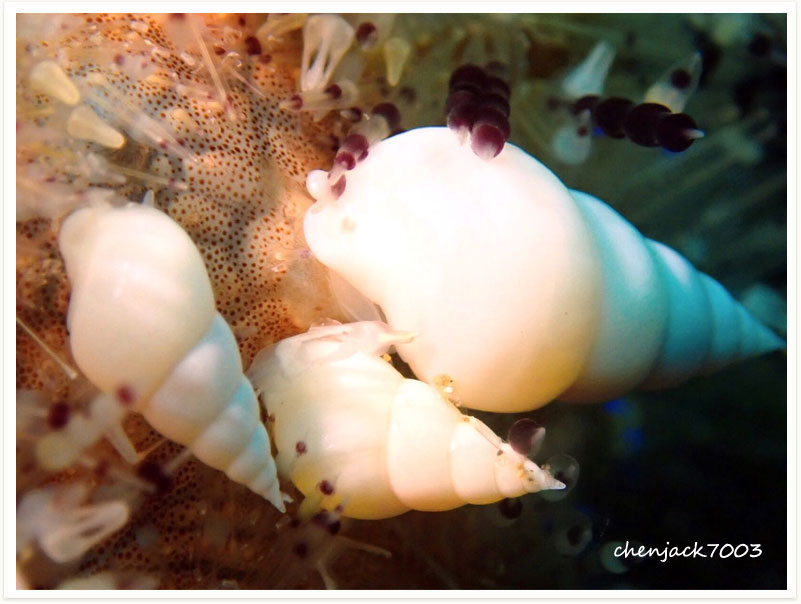
Haminoea is a genus of medium-sized sea snails or bubble snails, marine opisthobranch gastropod molluscs in the family Haminoeidae, the haminoea bubble snails, part of the clade Cephalaspidea, the headshield slugs and bubble snails.
Many species within this genus have green algae growing on their shells. The posterior tip of the headshield is bilobed, except in Haminoea elegans.
The length of the shell varies between 3.5 mm and 5 mm.
This is a very small species, light violet with a white transverse band around the body whorl. The shell contains 7-8 whorls, with two smooth, acuminate ones in the protoconch. The whorls are rotund and longitudinally crassicostate. The numerous lirae are tenuous. The violet aperture is irregularly sinuate. The outer lip is incrassate and shows four teeth on the inside region. The sinus is below the suture. The sinus is wide open and moderately deep.
Murex ternispina (also known as Murex Nigrospinosus) is a species of sea snail, a marine gastropod mollusk in the family Muricidae, the murex snails or rock snails.
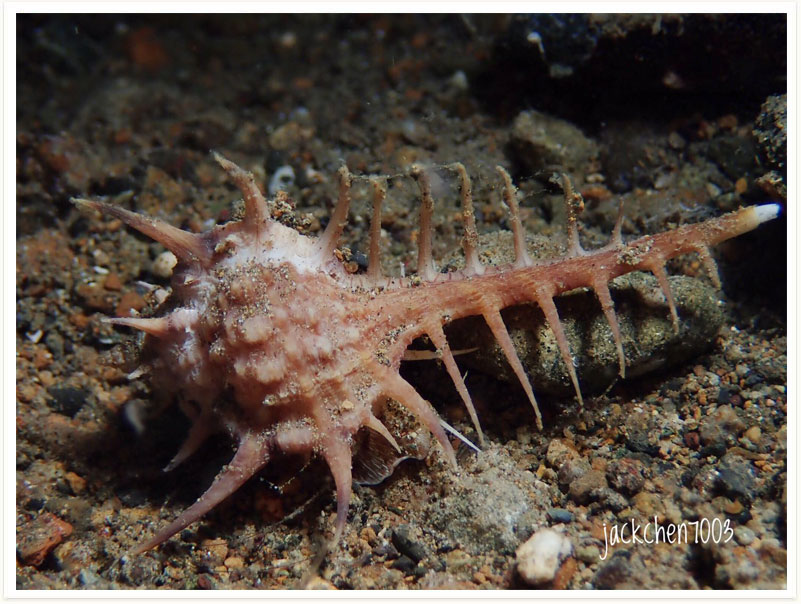
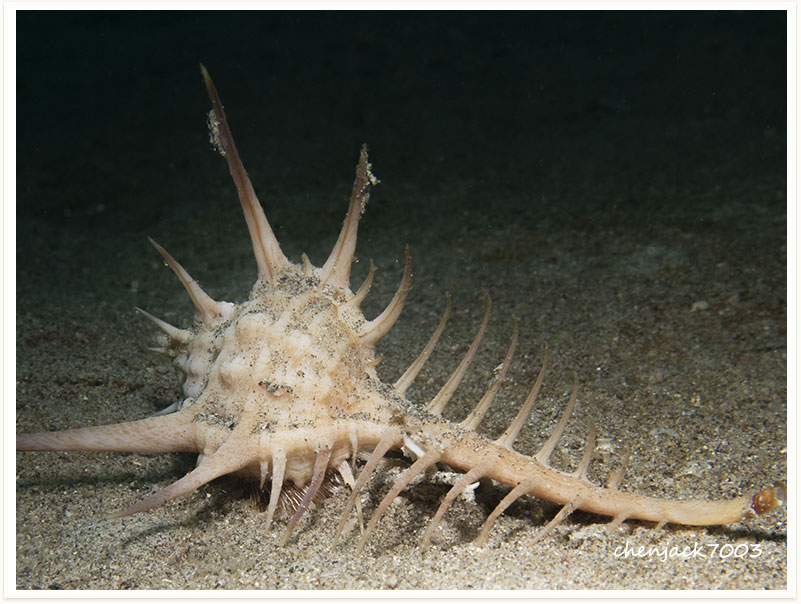
Naticarius orientalis is a species of predatory sea snail, a marine gastropod mollusk in the family Naticidae, the moon snails.
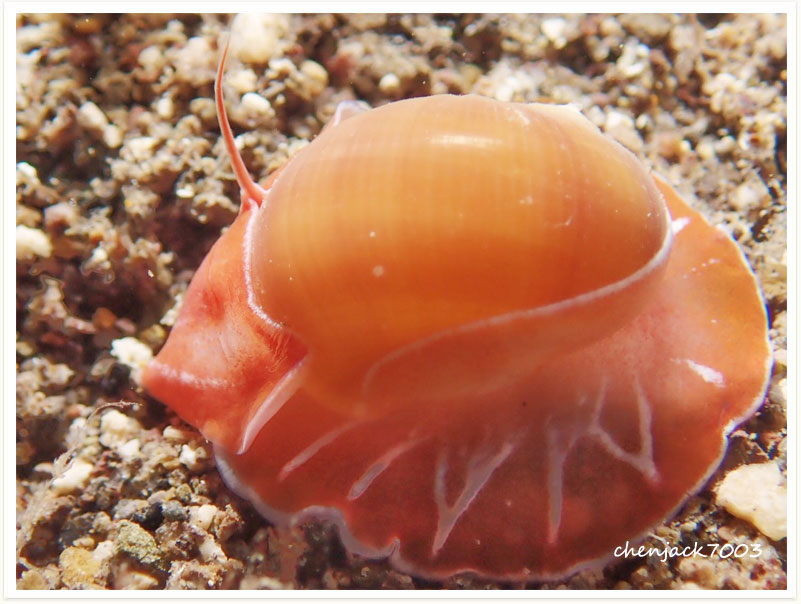
Oliva oliva is a species of sea snail, a marine gastropod mollusc of the family Olividae, the olive snails.
This is the type species of the genus Oliva.
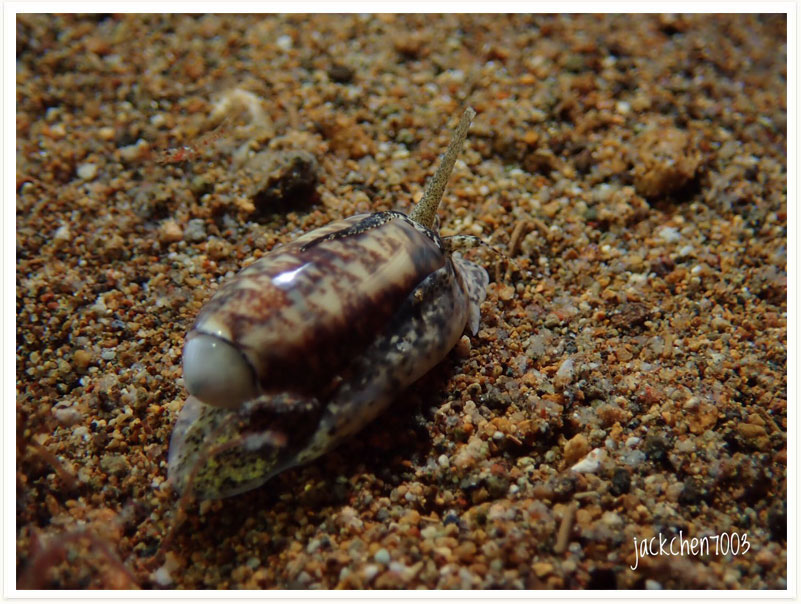
The shells of these quite common cowries reach on average 65–70 millimetres (2.6–2.8 in) of length, with a minimum size of 50 millimetres (2.0 in) and a maximum size of 120 millimetres (4.7 in). They are egg-shaped (hence the Latin name ovum, meaning egg). The surface of the shell is smooth, shiny and completely snow white, with a dark reddish-purple interior, visible through the wide and long aperture, which bears teeth on one side only. In the living cowries the mantle is black, with a pattern of small white spots in adults, while juveniles resemble some toxic nudibranchs of the genus Phyllidia owing to their orange yellow sensorial papillae. The lateral flaps of the mantle usually hide completely the white surface, but the mantle is quickly retracted into the shell opening when the cowry is disturbed.
Phalium bandatum, common name the banded bonnet, is a species of sea snail, a marine gastropod mollusk in the family Cassidae.
There is one subspecies: Phalium bandatum exaratum (Reeve, 1848)
The size of an adult shell varies between 40 mm and 140 mm.
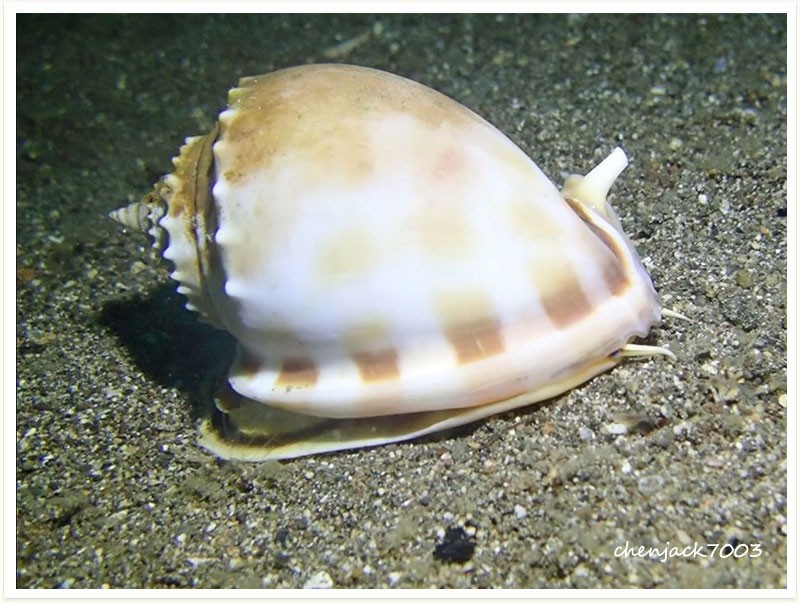
The shells of these quite uncommon cowries reach on average 50–70 millimetres (2.0–2.8 in) of length, with a minimum size of 23 millimetres (0.91 in) and a maximum size of 105 millimetres (4.1 in). They are very variable in pattern and colour. The dorsum surface is smooth and shiny, the basic color is brown or yellowish brown, with three or four yellow or light brown transversal bands. The margins, the base and the teeth are completely dark brown or black. Also the teeth are dark brown, but the teeth spacing is clearer or white. In the living cowries the mantle is greyish or black, with long cylindrical papillae. Mantle and foot are well developed, with external antennae. The lateral flaps of the mantle may hide completely the shell surface and may be quickly retracted into the shell.
Terebra is a genus of small to large-sized predatory sea snails, marine gastropod mollusks in the family Terebridae, the auger snails.
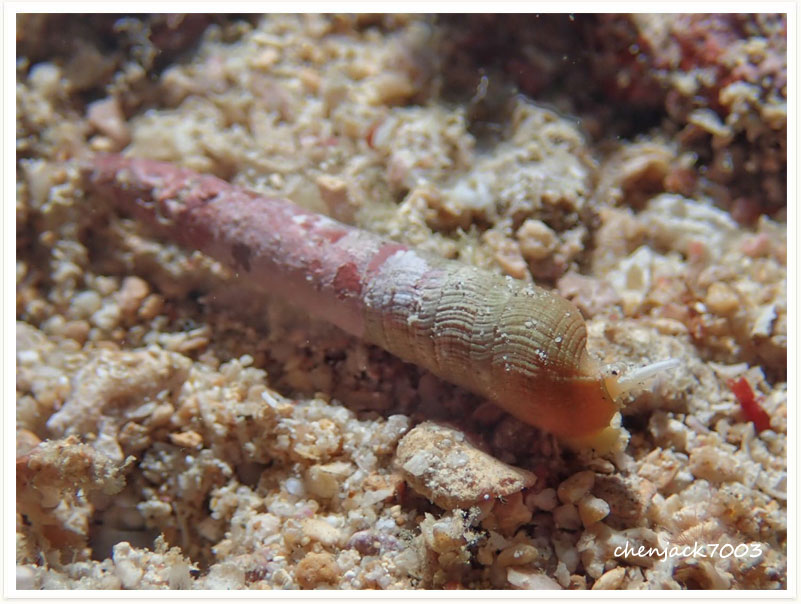
Thylacodes is a genus of sea snails, marine gastropod mollusks in the family Vermetidae, the worm snails or worm shells. The species in this genus were previously placed in the genus Serpulorbis.
Unlike some other vermetids, the species in this genus have no operculum.
Also known as: Notodoris serenae
Aegires serenae is found in Western Central Pacific and the Philippines. Characterized by its colour pattern, ranging in colour from dull white to grey-green with scattered raised black spots. The most characteristic difference is the development of 3 long extrabranchial appendages which shield the three distinct gills. Some specimens have a yellowish margin of the foot.
Sea slugs of genus Aegires feeds exlusively on calcareous sponges.
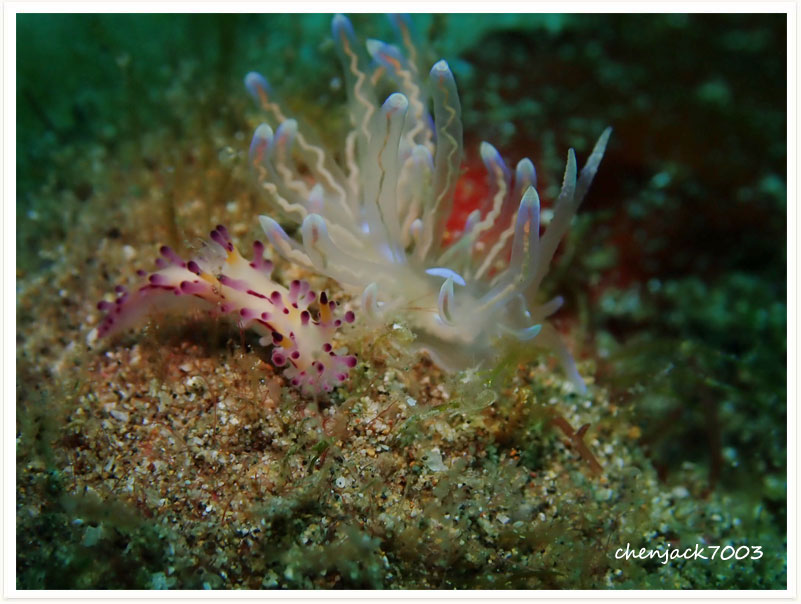
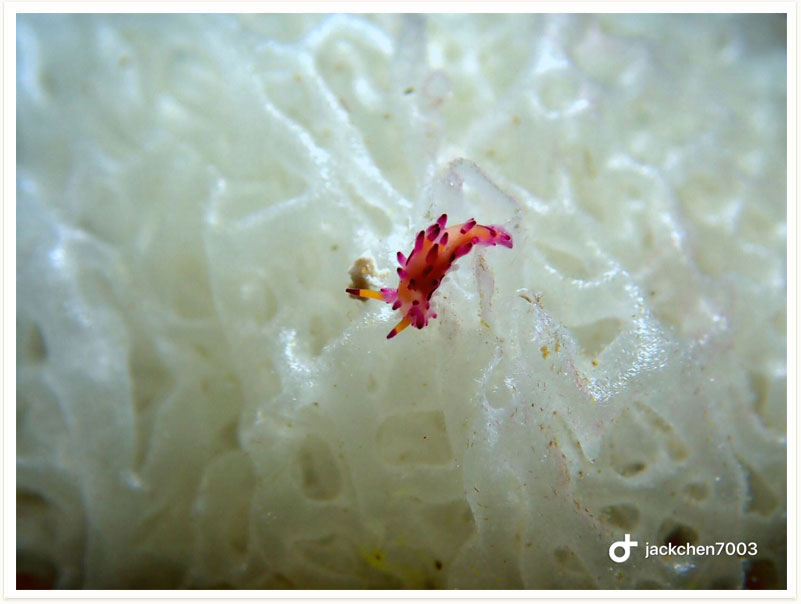
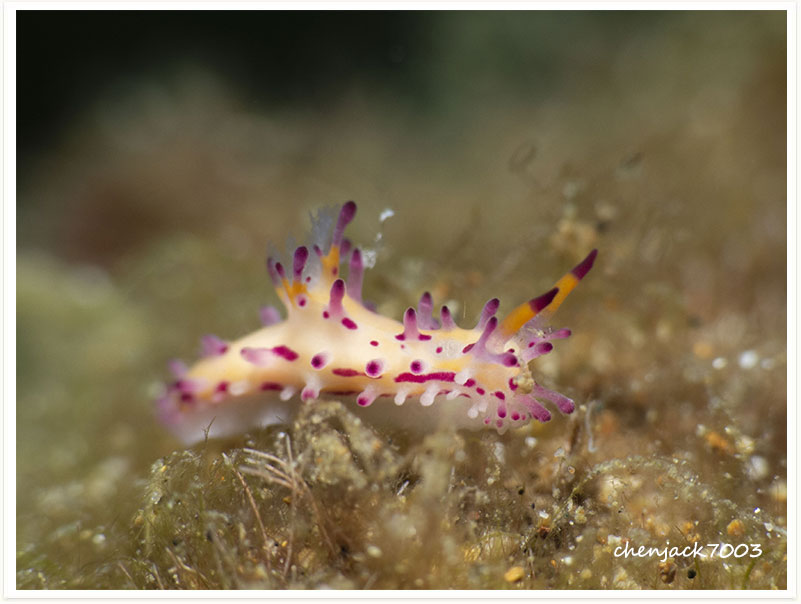
This sea hare is distributed in Indo-West Pacific.Aplysia oculifera have small brown eye-spots all over the head and the parapodia.The spotted sea hare often seen on sandy sheltered shores among seagrasses, but also can be found to dephts of 10 m.If they feel disturbed,they able to squirt a red ink.
This white nudibranch with a yellow border grows to 12 cm in length.Rhinophores and gills are white.This species feeds exclusively on sponges.
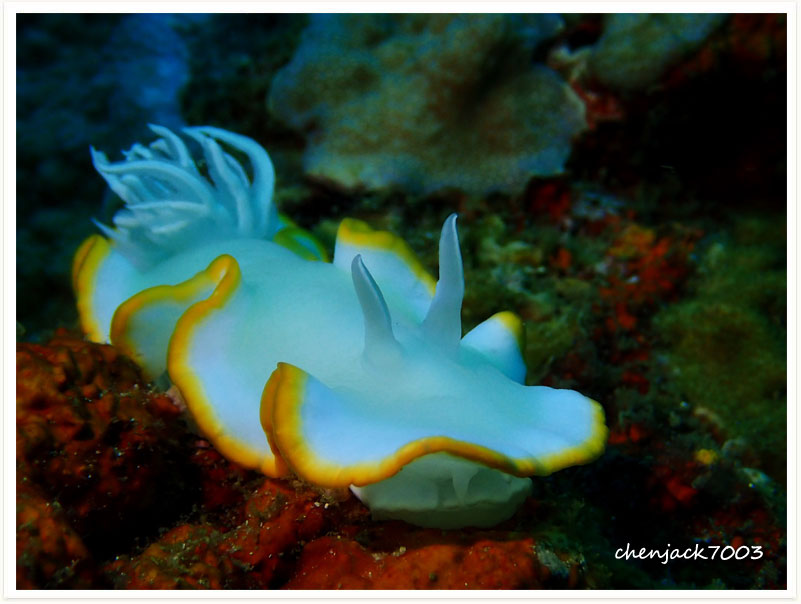
Armina semperi have a black and white longitudinal ridged body,a blue foot and yellow-orange border.This nudibranch is nocturnal and lives on sandy or silty bottom.This species usually feeds on soft corals and sea pens.
There are many similar Armina species may be mistaken.
The Snakey Bornella feeds on hydroids.
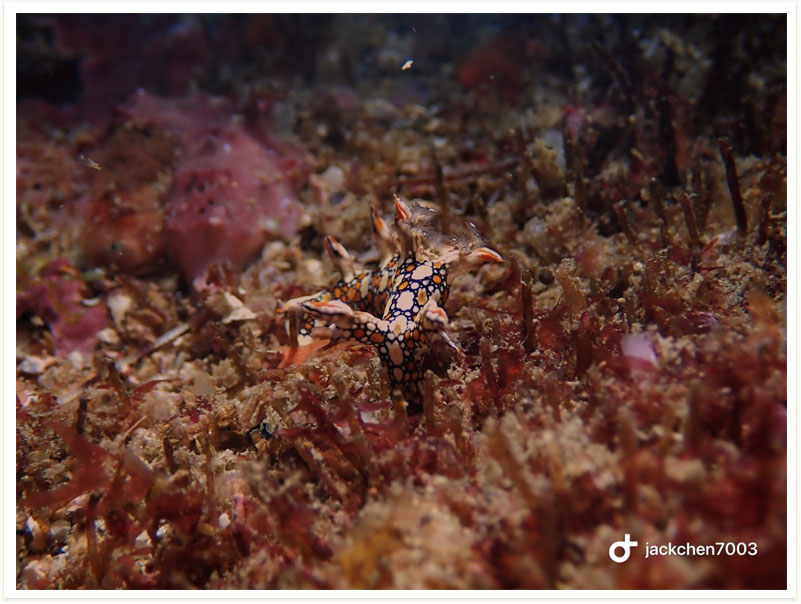
This aeolid is characterised by the swellings on the rhinophores. There is a red patch between rhinophores .
Feeds on small sea anemones.
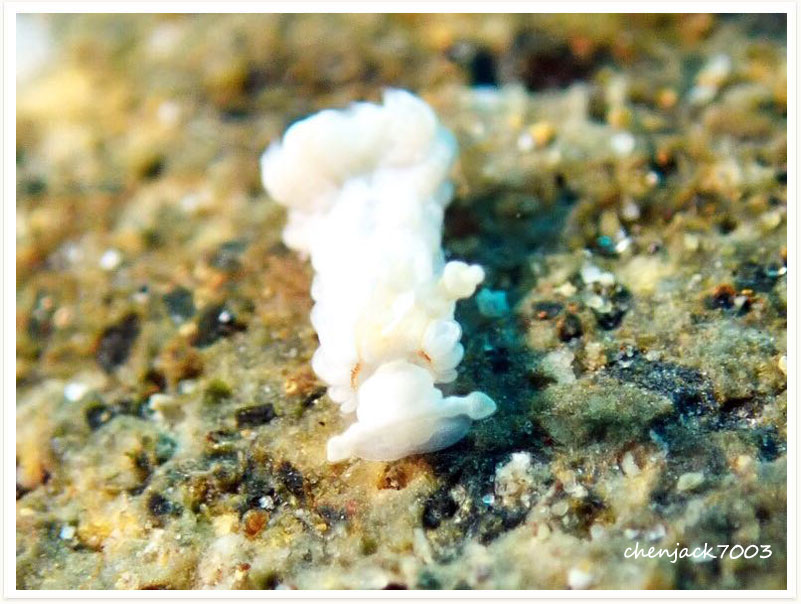
unknown
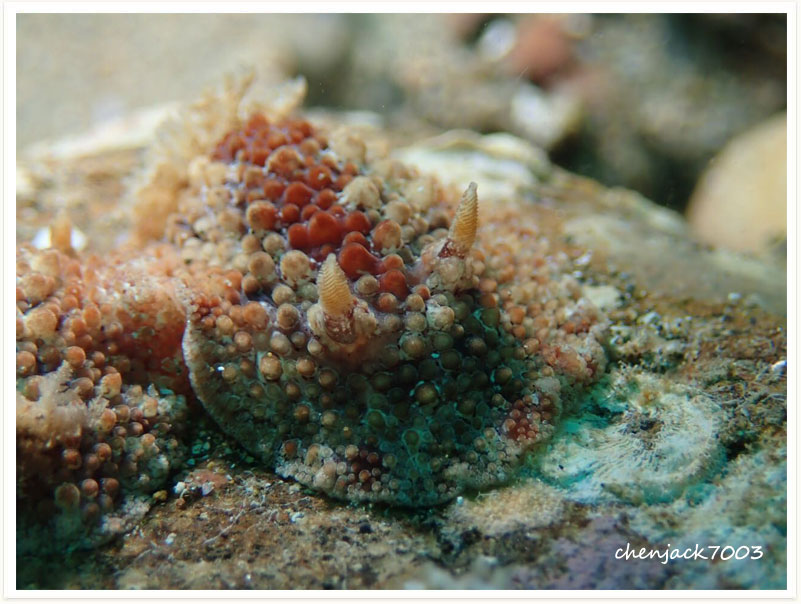
Ceratosoma tenue can grow to a maximal size of 12 cm length. The body colouration is extremely variable but is always composed of bright colors. However, the body colouration is not a valuable criterion of determination for this species because it can easily be confused with Ceratosoma tribolatum. The physical distinctive criteria are three mantle lobes on the first half of the body on each side and the purple margin of the mantle and foot is a dotted line. Another specificity of many species of Ceratosoma is the kind of “horn” covering the gills, which is like a lure and acts as a defensive chemical weapon that will scare any potential predator who dares to bite this part. The gills and the rhinophores are retractile in internal sheaths.
The lightest colour form has a background colour of white with the grey-black reticulate pattern restricted to the dorsal surface of the headshield and posterior shield, and to the small sections of the parapodia which fold over the dorsal surface of the body.
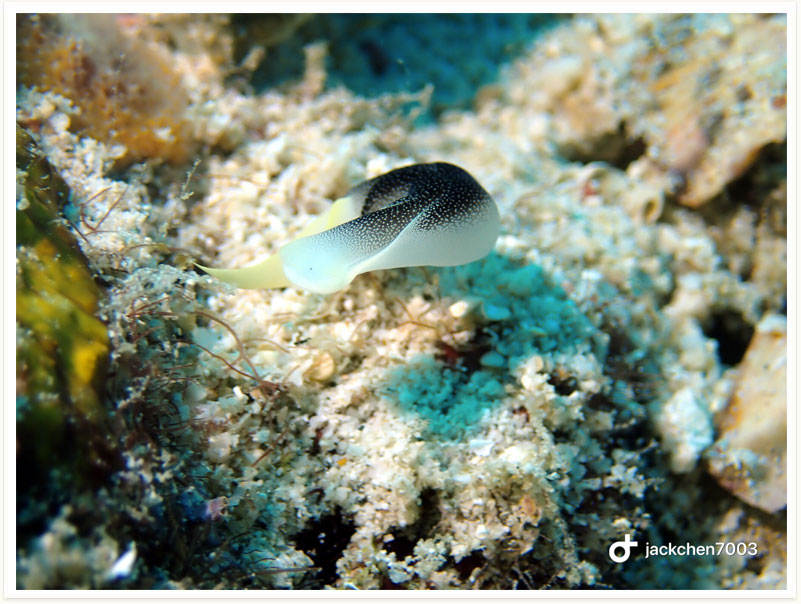
Chelidonura hirundinina grows up to 4,0 cm in length.The body color can be red, orange, dark brown or black with blue, black and orange stripes.It has a long forked tail.This species feed on small flatworms.
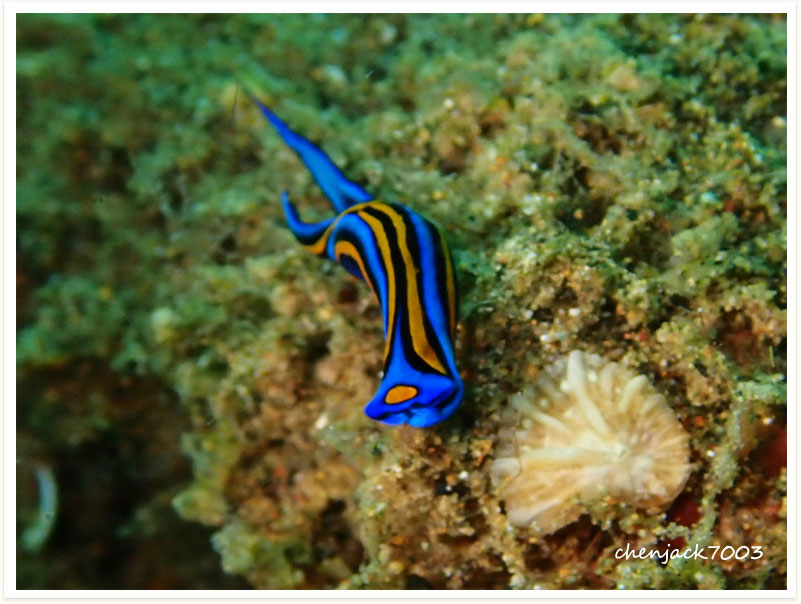
This tiny sea slug is black with large yellowish warts on white patches, because of that the common name is ” Fried Egg Sea Slug”. The diet is unknown.
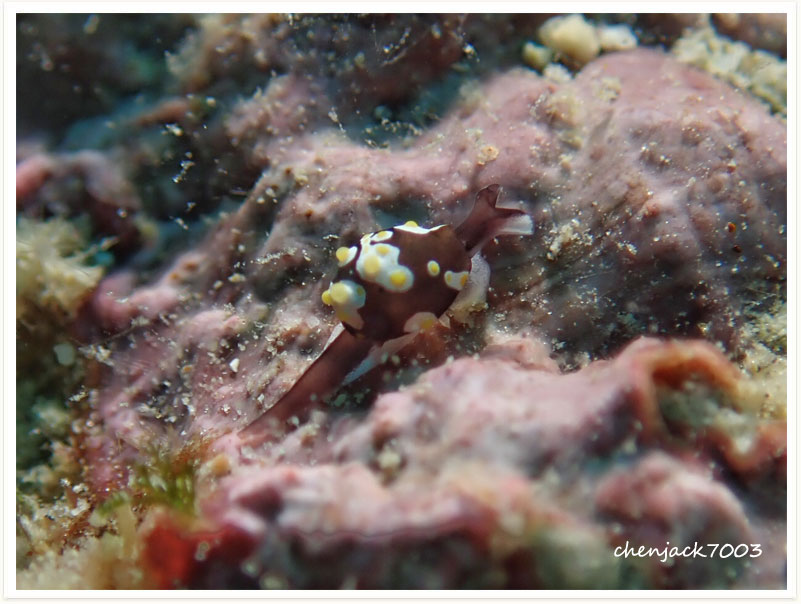
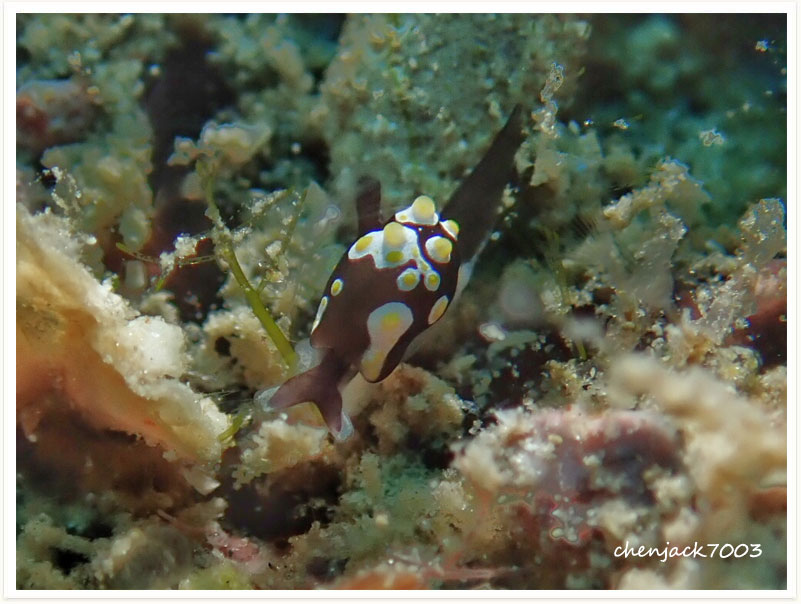
This nudibranch feeds exclusively on hydrozoon polyps.
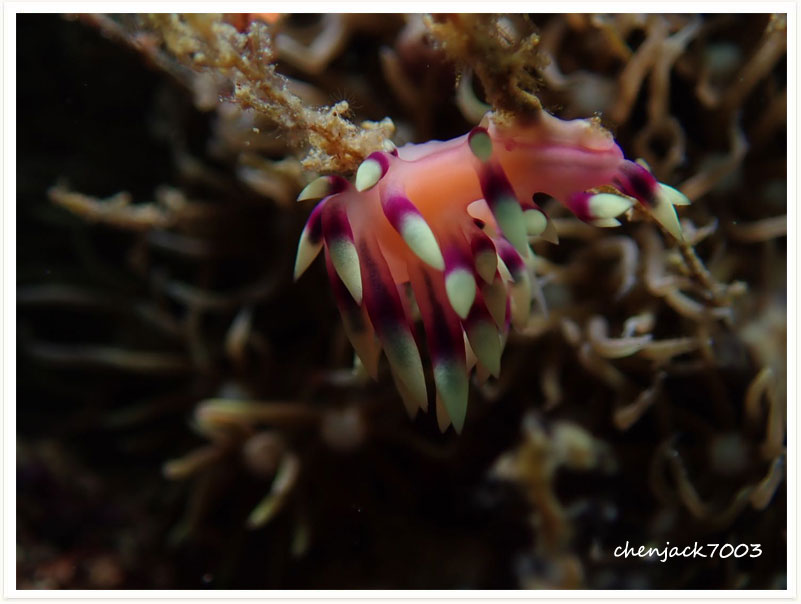
A new described species
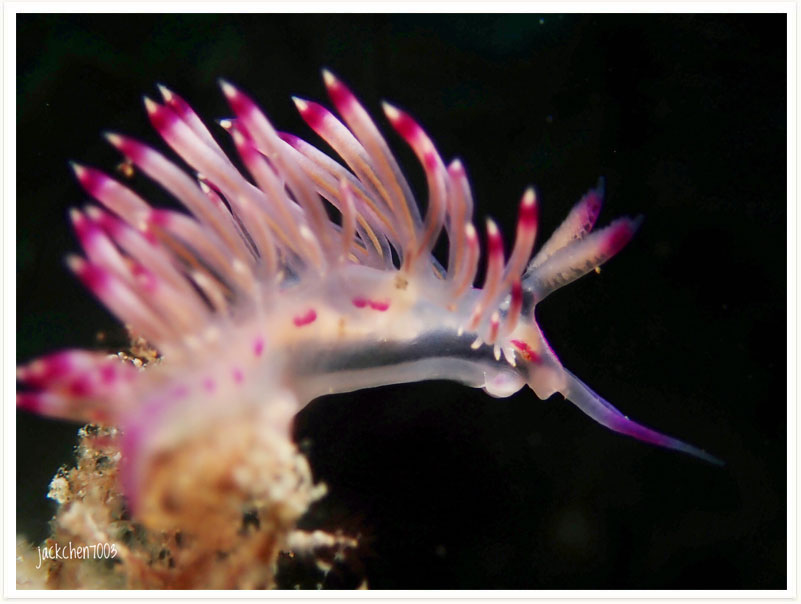
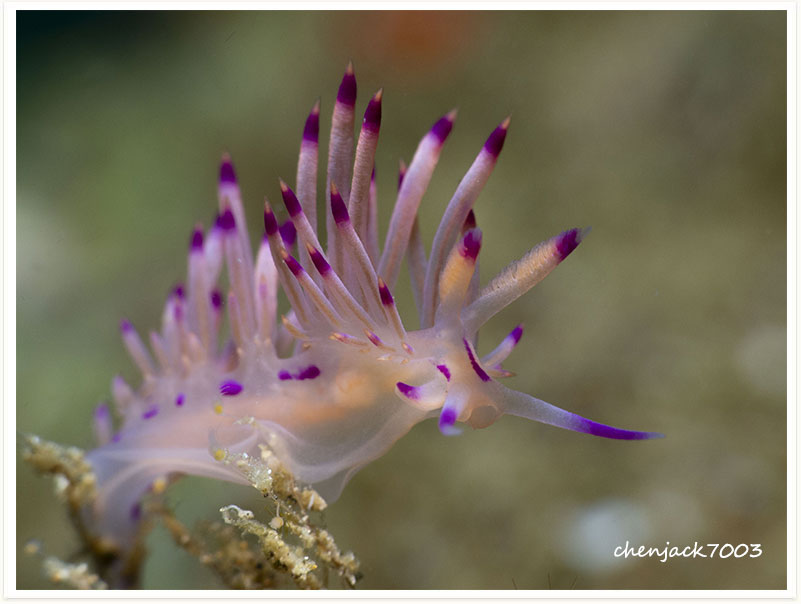
The background colour is a cream with white patches.
Costasiella kuroshimae have a white head with dark marks and a dark streak across the head just in front of the rhinophores. The rhinophores are white with black tipes. The cerata are normerly green with white tips and iridescent bright blue spots.
Costasiella usagi occurs in the tropical western pacific. The colour is higly variable (grren, greyish). Rhinophores with black tipps.
This species feeds on the algae Avrainvilla a fan algae.
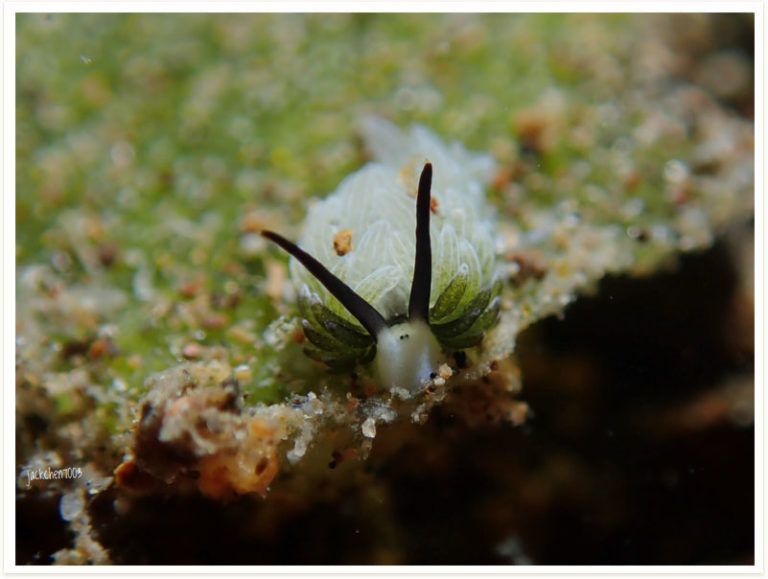
unknow
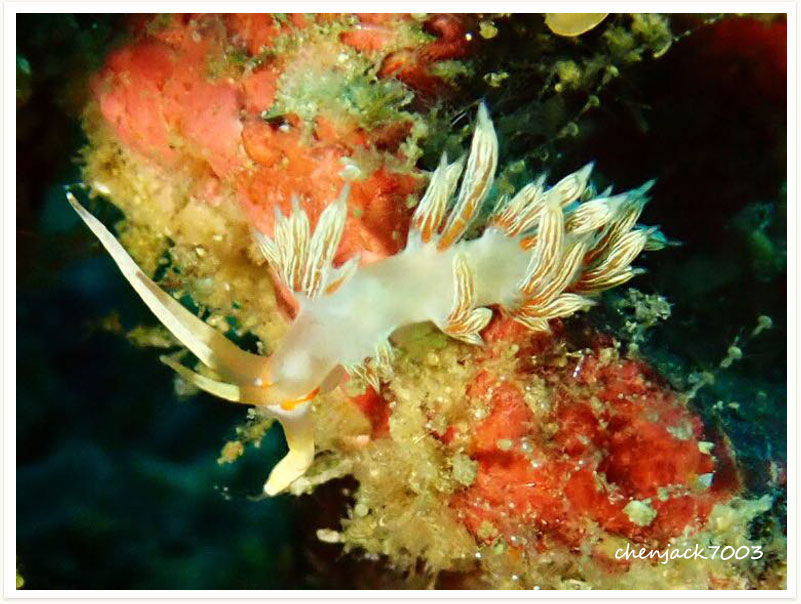
Dendrodoris carbunculosa is a large sea slug and grows at least 25,0 cm.The underside of the mantle is a uniform brown or reddish brown,sometimes with darker patches (Dendrodoris tuberculosa havelarge white oval spots). The tubercles are large and individual (D.tuberculosa have packed close together tubercles, which are often compound.
Diversidoris crocea is uniform yellow in colour.The mantle margin is white.This species exclusively feeds on sponges.
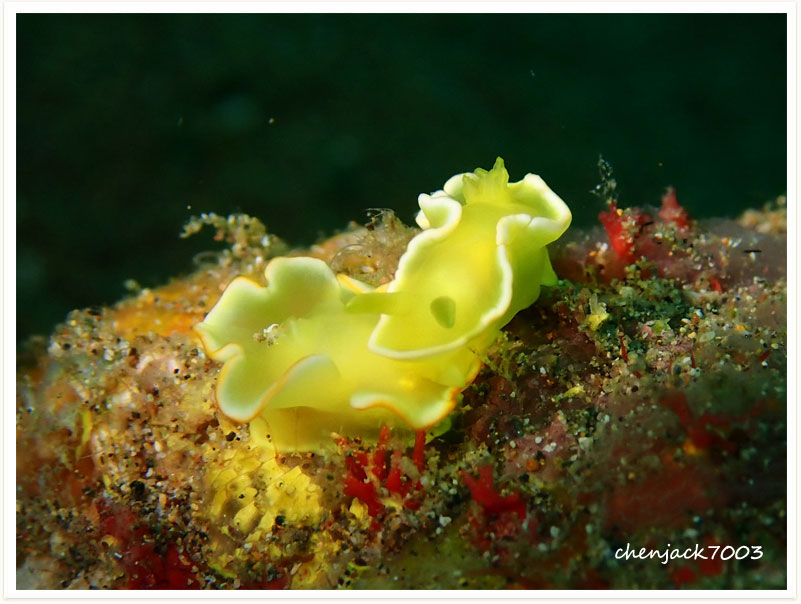
also known as the wedge sea hare, is a species of large sea slug, a marine opisthobranchgastropodmollusk in the family Aplysiidae, the sea hares
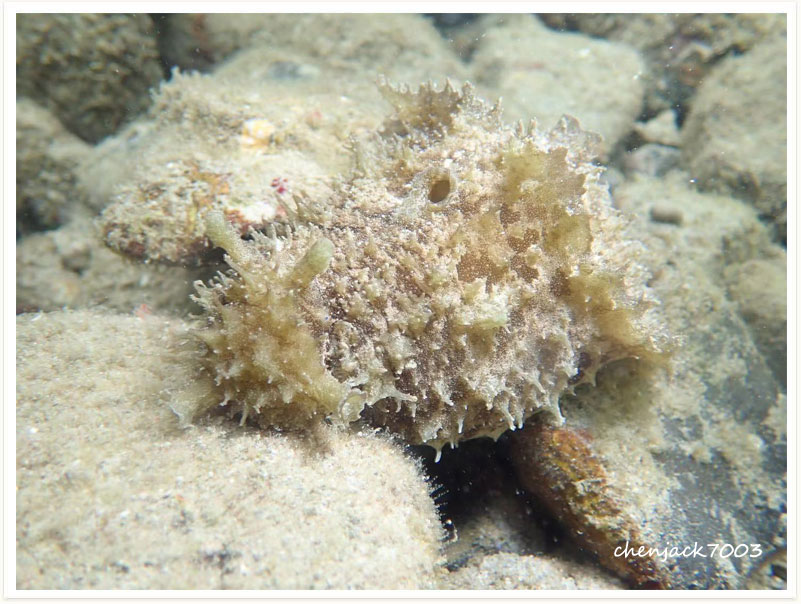
unkonw
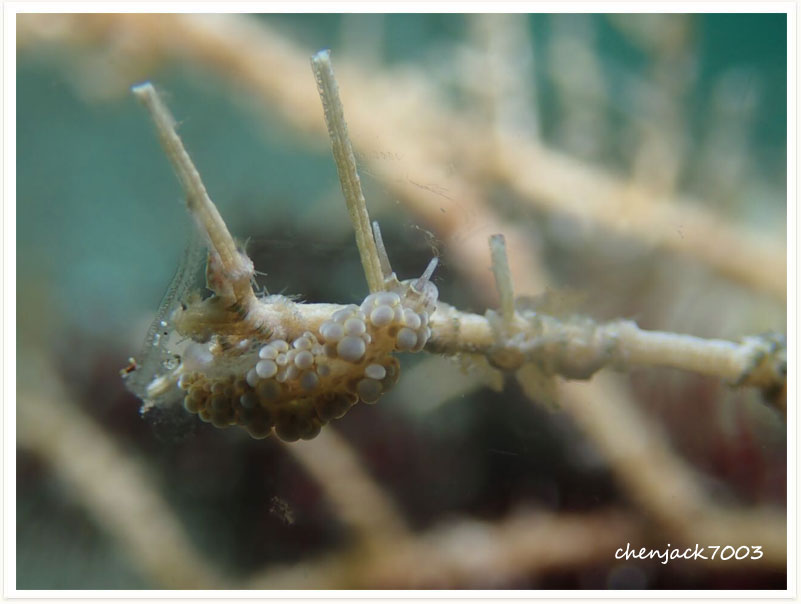
Nudibranch of genus Elysia feed primilary by piercing and sucking algae cells (chloroplasts).They are sap Sucking Slugs.Thats why Elysia is,like their food, often green.Young species are brownish or beige in colour.
Elysia nigropunctata has 3 notches along the edge of the parapodia, which are usually outlined in orange to pale yellow. The background is green with little white patches and black dots. The tip of the rhinophores are white and the posterior end of the foot is white.
Eubranchus ocellatus have inflated cerata with white bands and large brown or yellow rings. The rhinophores are smooth. This species feeds exclusively on hydroids.

This species feeds exclusively on hydroid polpyps.Unfortunately there is no more information available and we would be grateful for any supplementary references.
This species was found in Anilao, Philippines
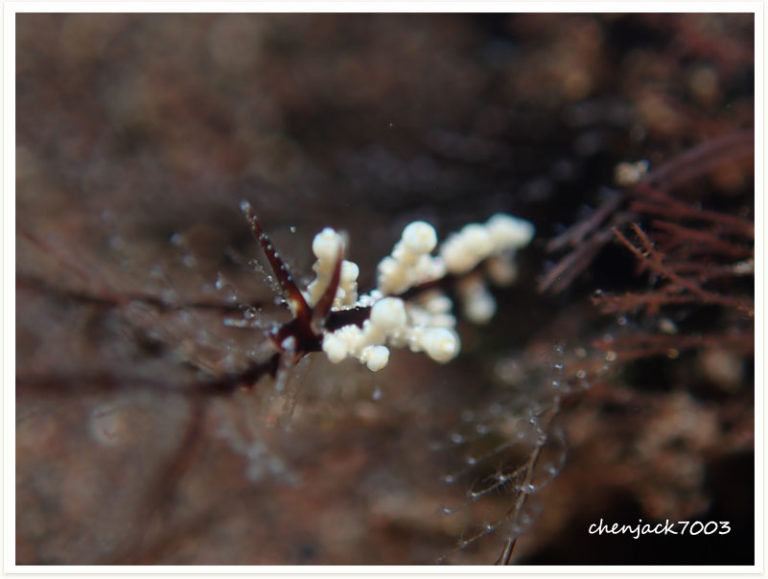
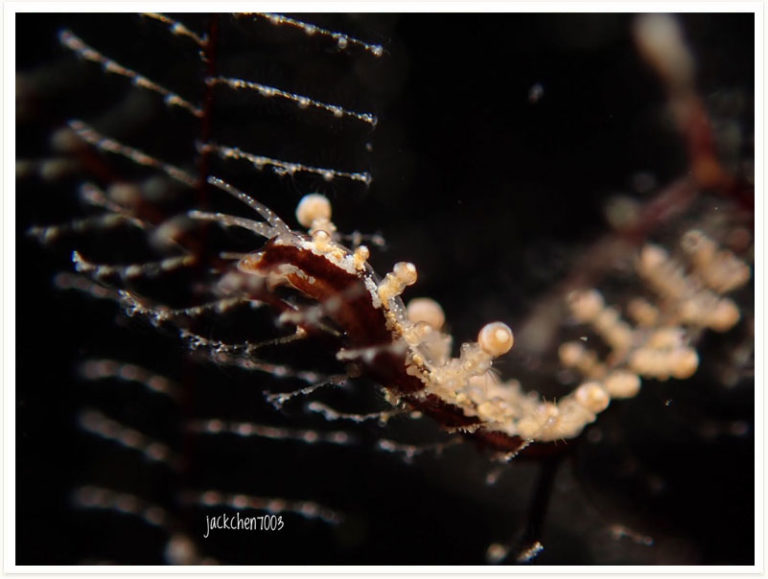
The mantle is margined in yellow, dark blue and light blue, somtimes the dark and light blue are reversed. The foot is bright yellow or yellow-orange.The egg mass is peach-colored ribbon.
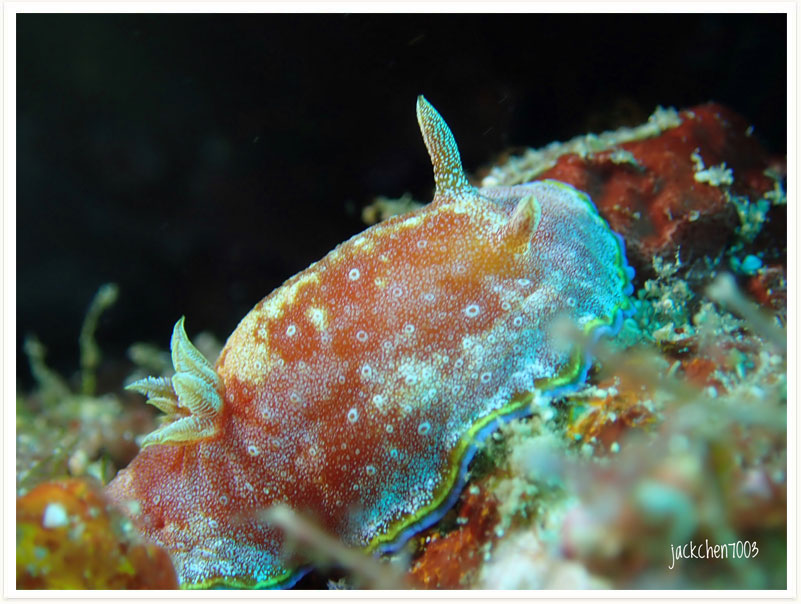
This species moves by rhythmically flapping the mantle edge up and down.
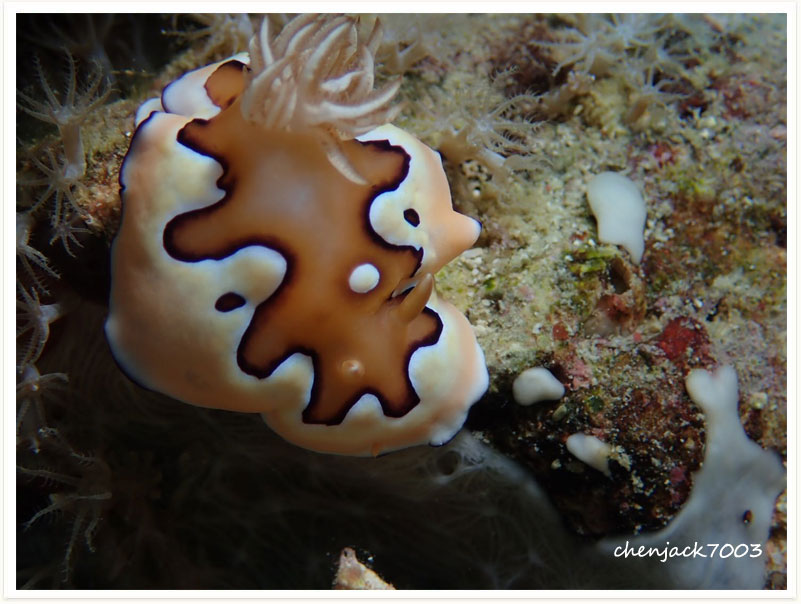
This species feeds exclusively on sponges.
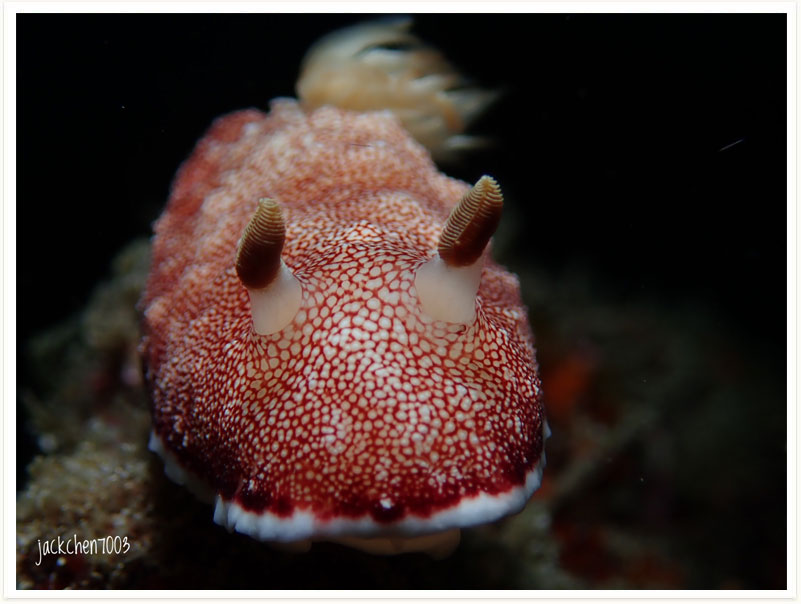
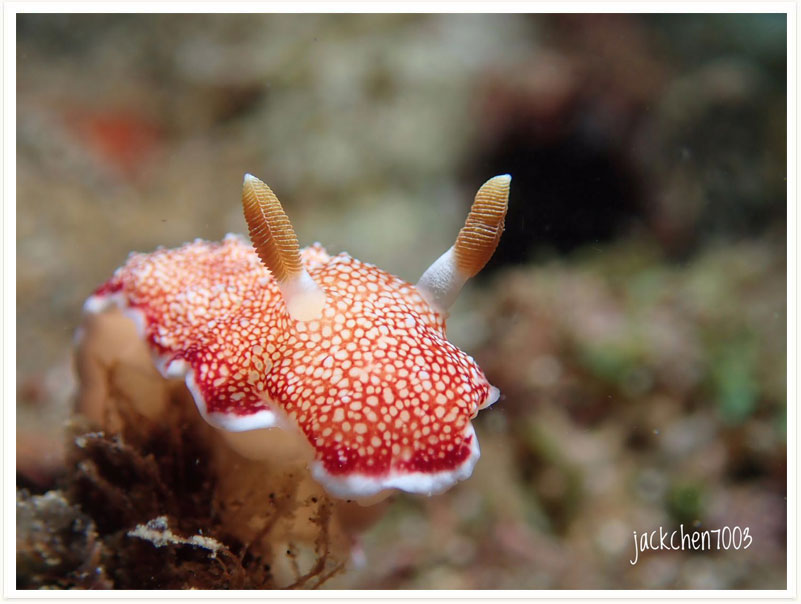
Batangas Halgerda is white with orange markings, has a network of fine red-orange lines on the body and orange-red tiped tubercles.This nudibranch lives in the tropical western Pacific.Halgerda species only feed on sponges.
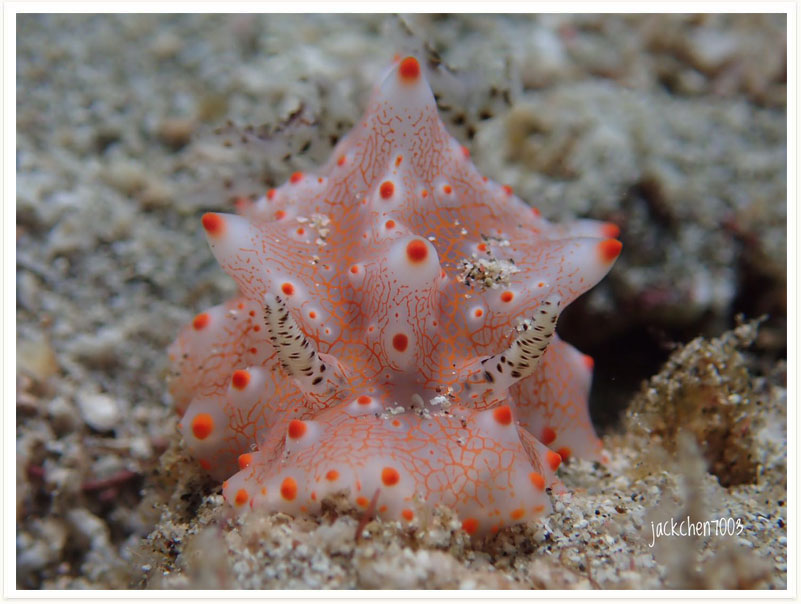
Hypselodoris apolegma (formerly classified as Risbecia apolegema)feeds on sponges (mainly genus Euryspongia)
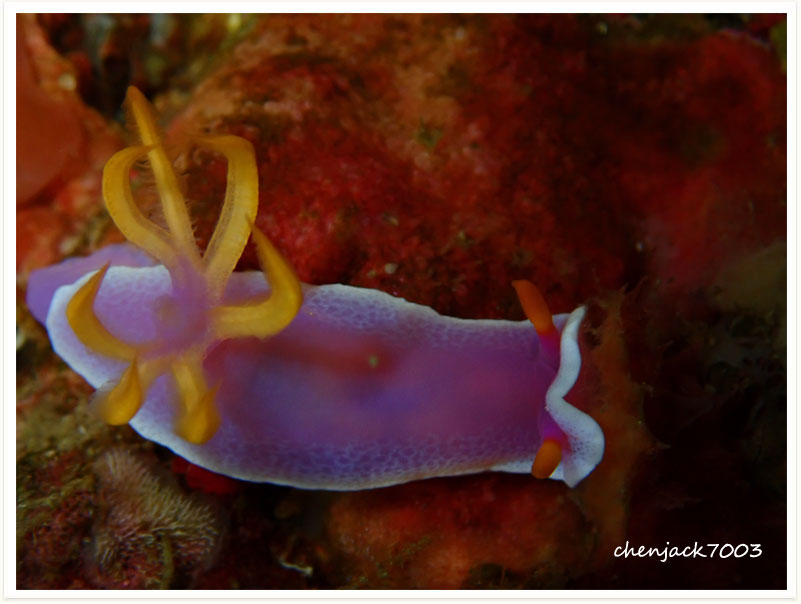
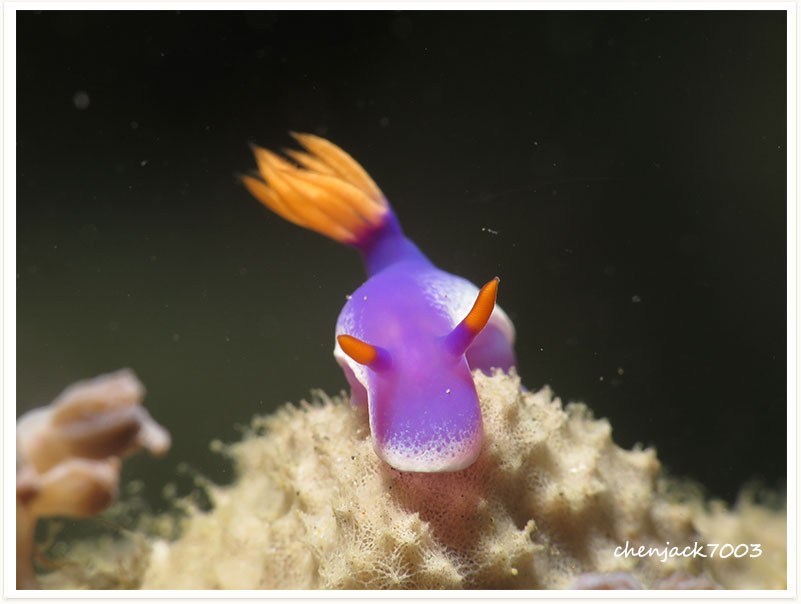
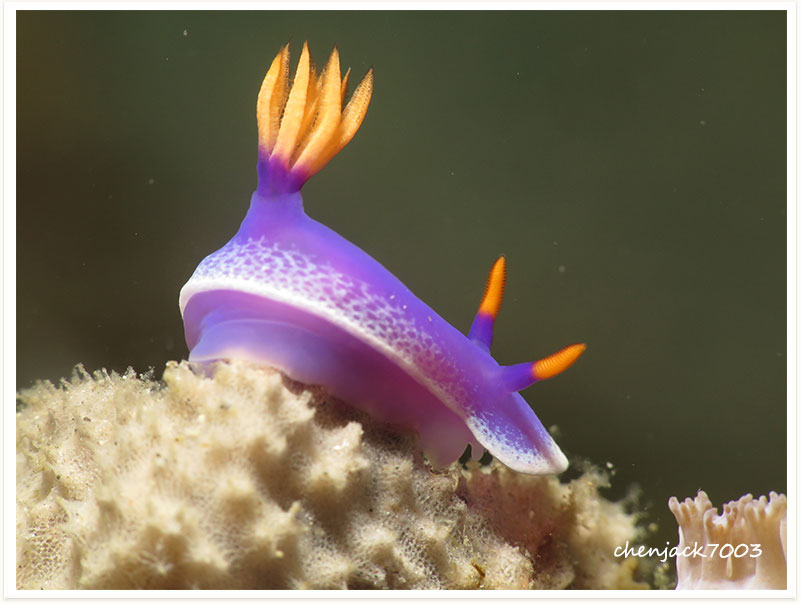
Hypselodoris infucata feeds on sponge genus Dysidea.
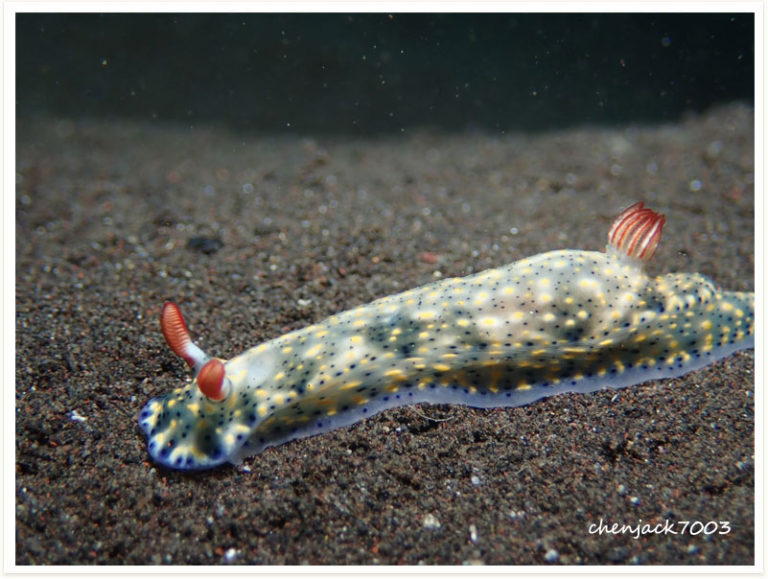
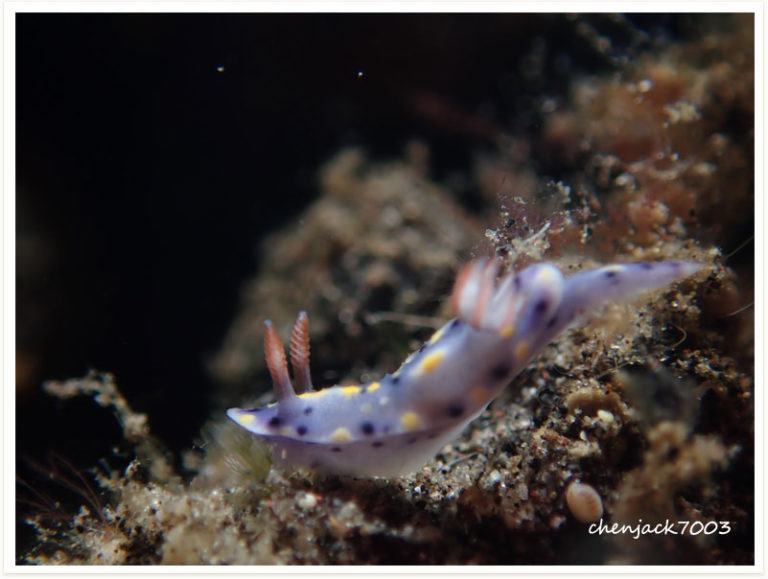
Hypselodoris krakatoa has a pale brown-white body with black lines and white spots, a purplish-blue foot,the gills are a light-brown and rhinophores are orange-white.
This species feeds exclusively on sponges.
The name “krakatoa” refers to an Indonesian island.
The mantle colour of is a pale milky orange-brown. On the central part of body are four white lines.The colour pattern is variable.
Hypselodoris maculosa feeds exclusively on yellow sponges from the genus Euryspongia.
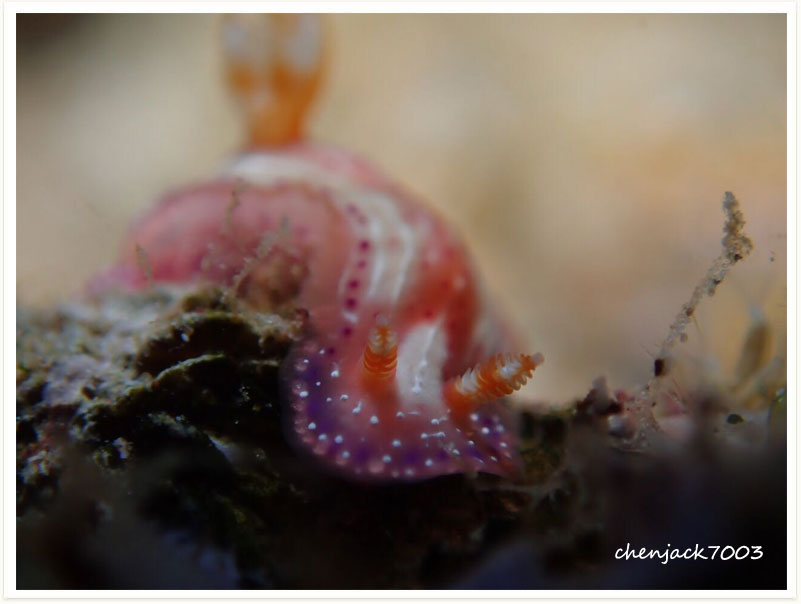
This brown white nudibranch feeds on sponges genus Euryspongia.The mantle margin,rhiniphores and gills are orange-brown in colour.
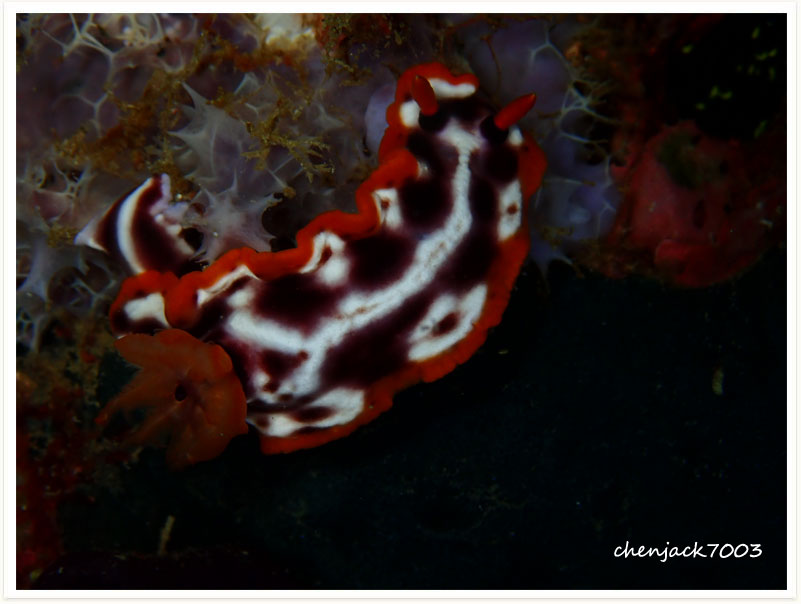
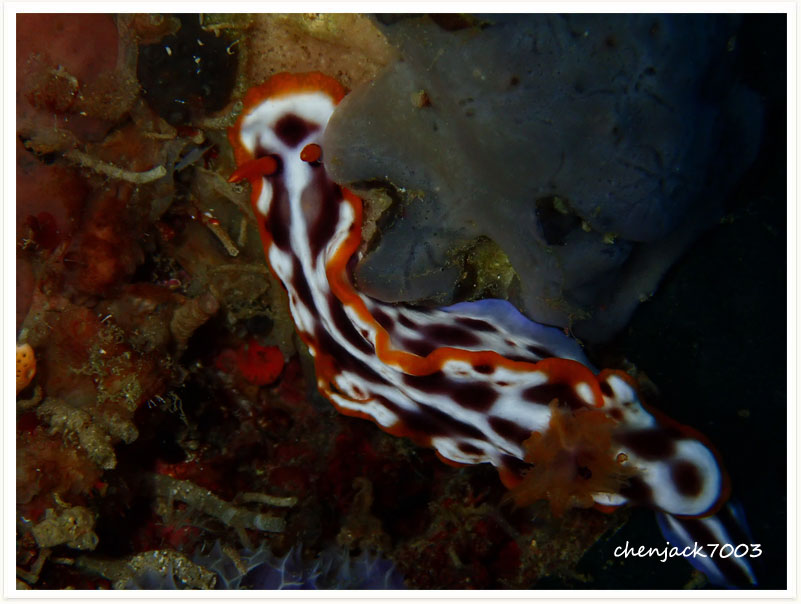
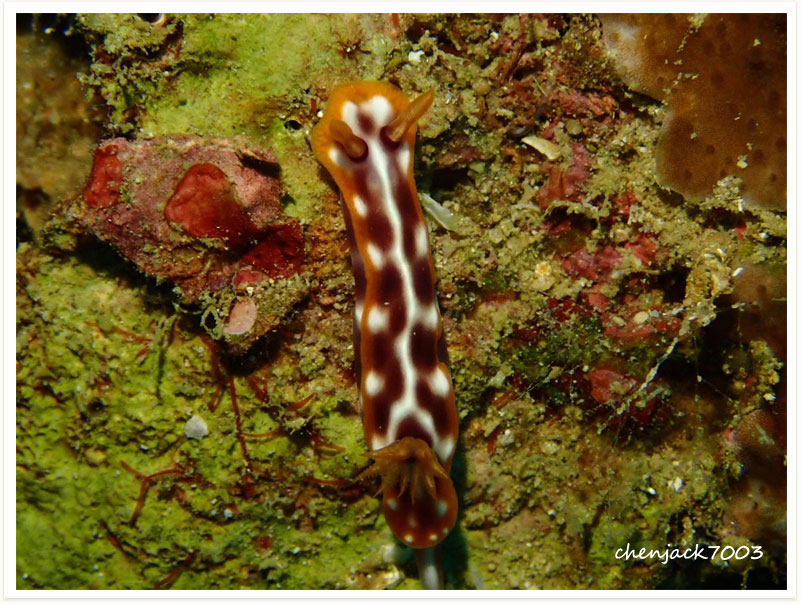
A new described species. Very similar to Hypselodoris kanga and Hypselodoris infucata.
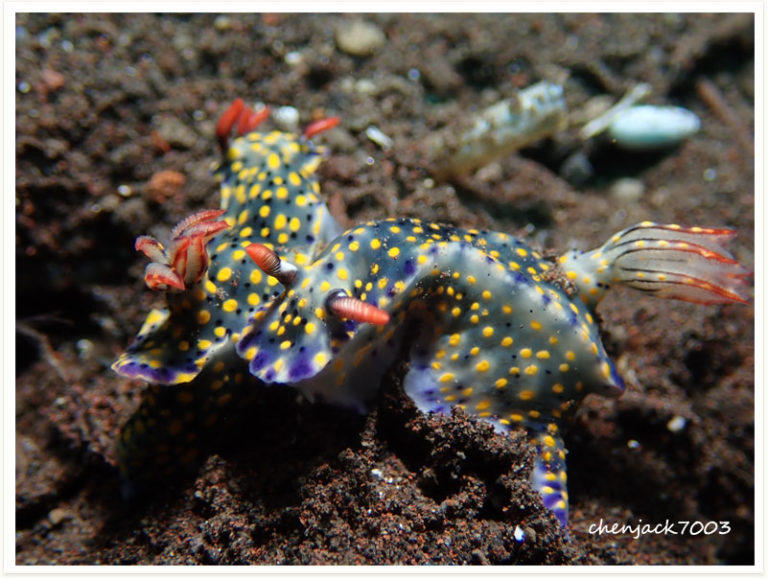
This nudibranch feeds on sponges.
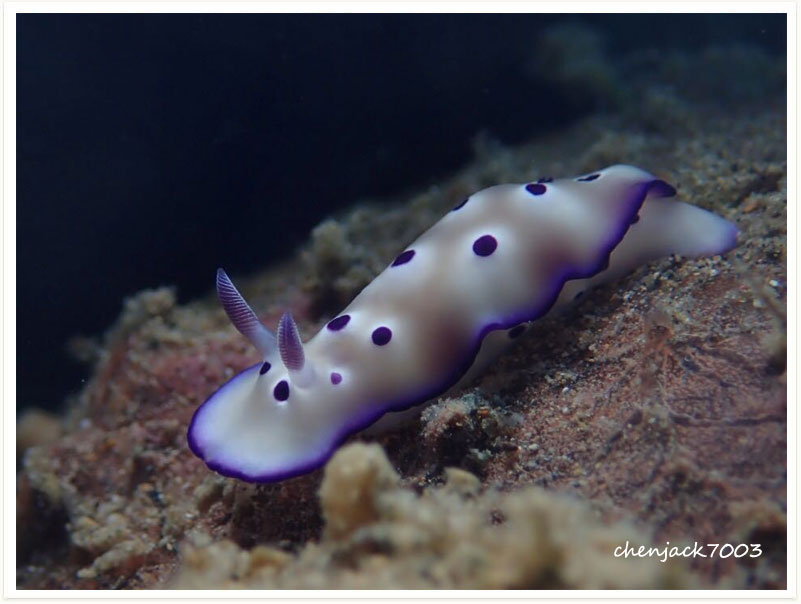
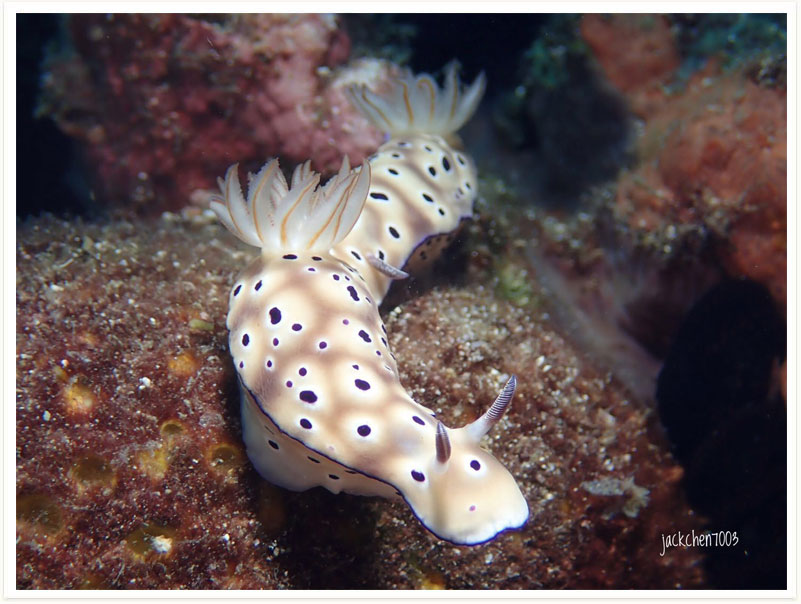
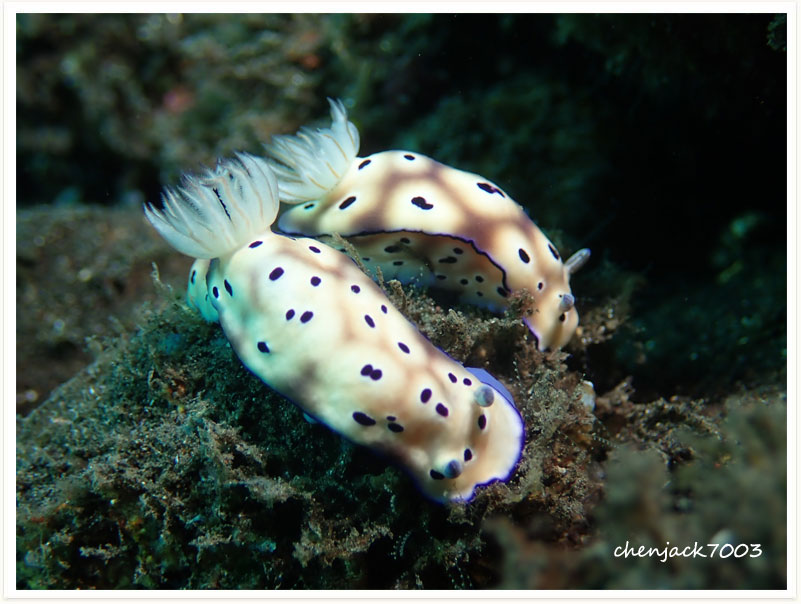
It is found in the Western and Central Pacific Ocean. Hypselodoris zephyra feeds on blue sponges from the genus Dysidea
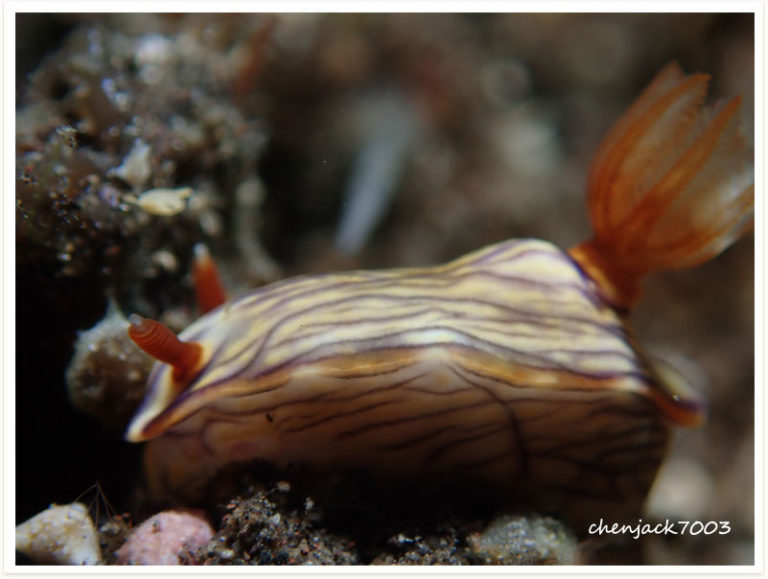
Lobiger viridis is a species of small sea snail, a marine gastropod mollusk in the family Oxynoidae.
This small sea snail has camouflage coloration, but when it is under attack it display bright colors to frightening off a predator.
The type locality for this species is Huahine
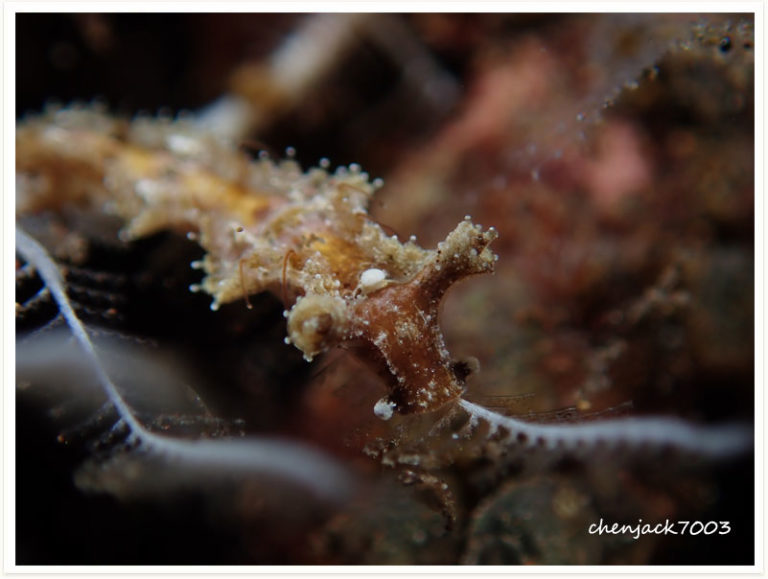
This species lives in sea grass beds.It is very well camouflaged with their characteristic green color and their appearance. With an net-like oral veil it routs out crustaceans, which Melibe eats.Melibe viridis can grow to over 12,0 cm in length.
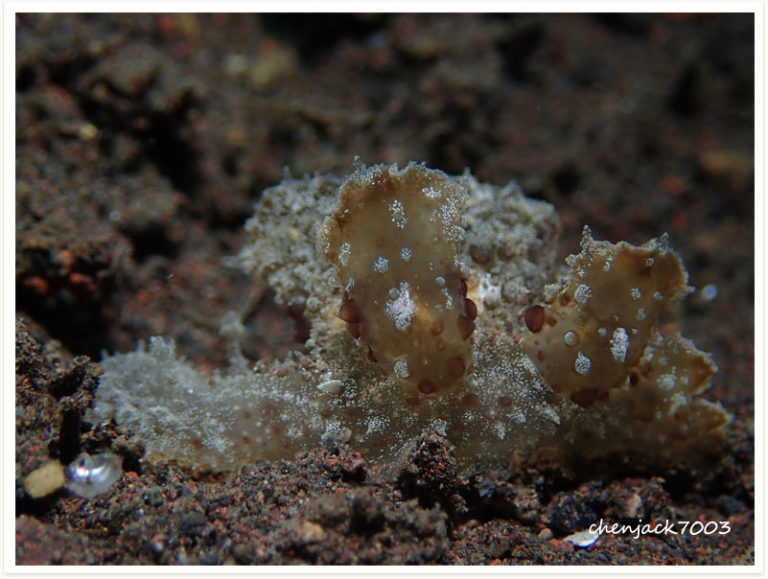
The back ground colour is white.Tubercles,Rhinophres and gills are purple tiped.The mantle margin is purple or orange in colour. Mexichromis multituberculata feeds exclusively on sponges.
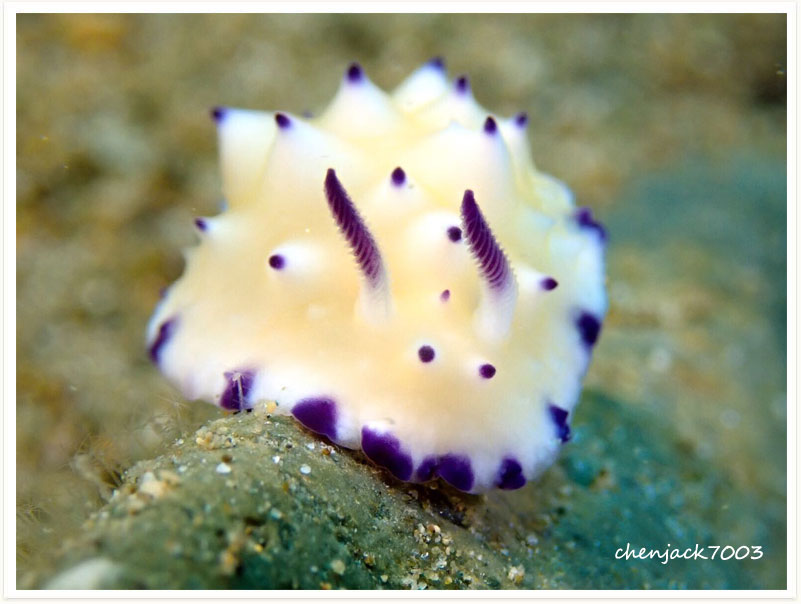
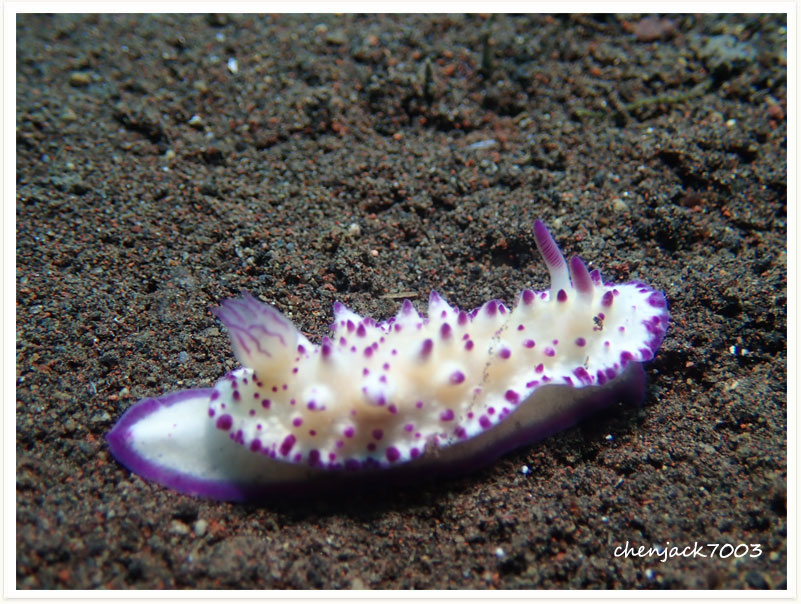
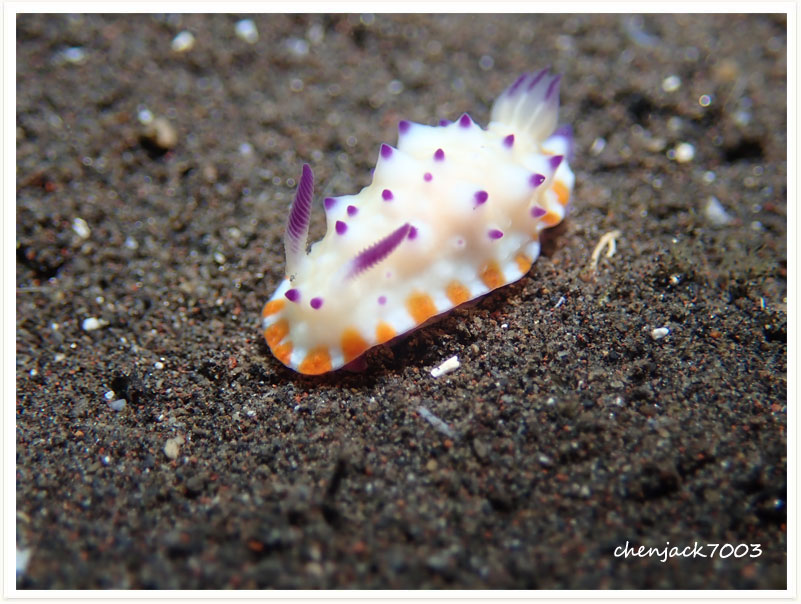
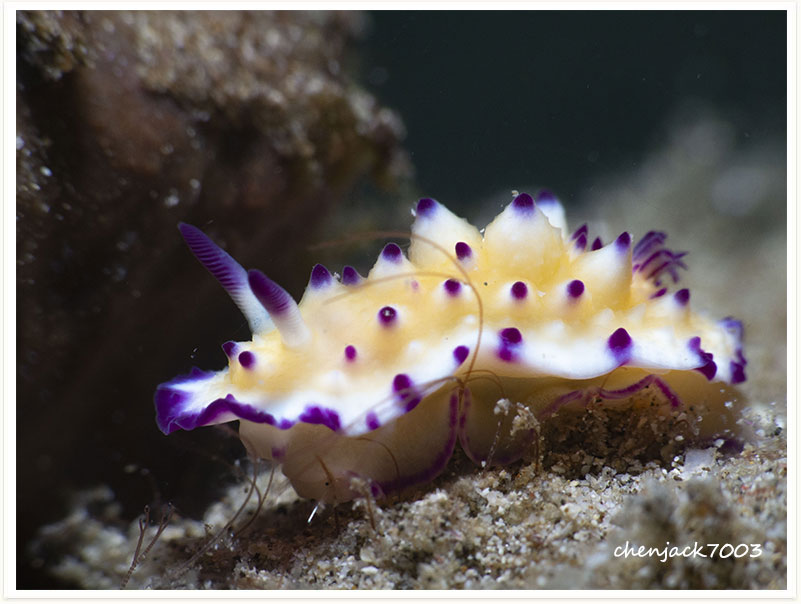
Miamira alleni looks like a xeniid soft coral. It is very well camouflaged.This nudibranch probably feeds on sponges, like other Miamira species.Miamira alleni lives in shallow water and reefs.
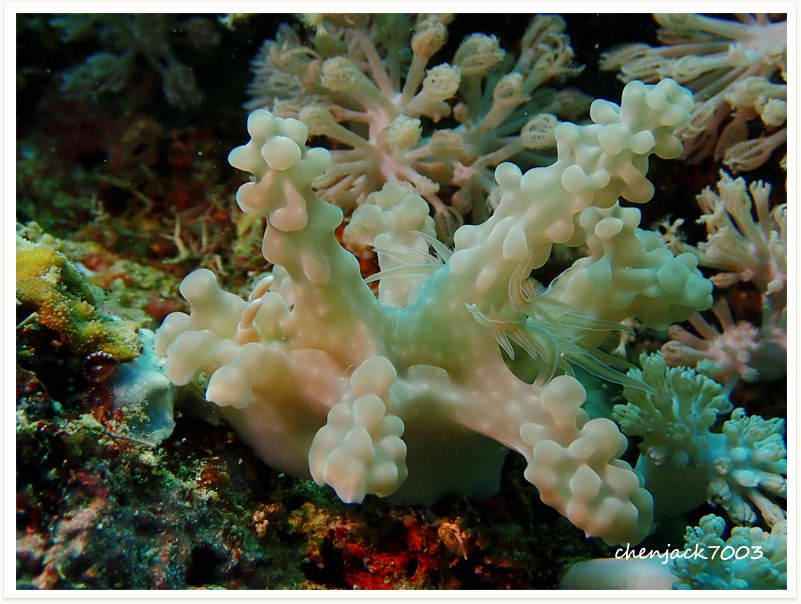
Formerly better known as Ceratosoma miamiranum,the name is changed to Miamira miamirana.
Miamira miamirana is very variable in colour .The body colour can be a dark greenish-brown or reddish brown, or other variants.It has a relatively hard mantle with tubercles.Miamira miamirana lives on hard or sandy bottom.It is very well camouflaged and difficult to detect.
It feeds on a green compound ascidian.
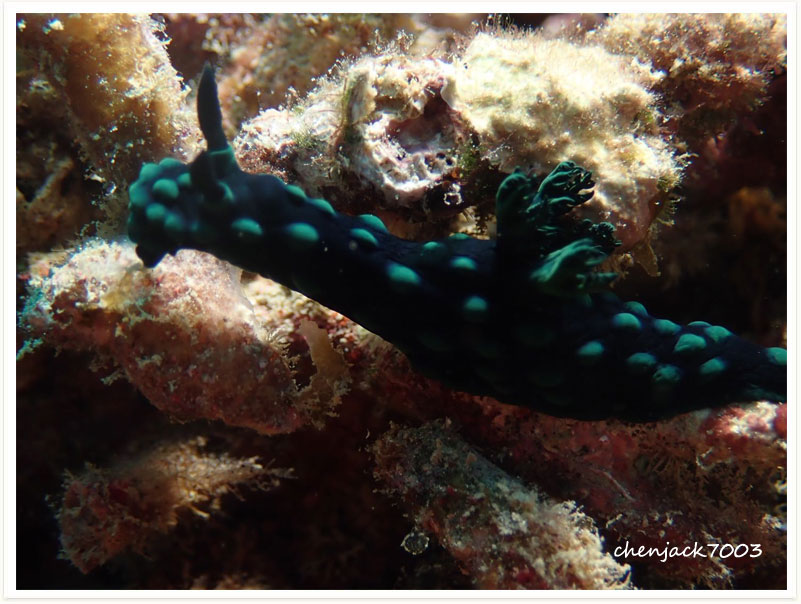
The variable neon slug feeds on ascidians and has been observed feeding on the green-ringed ascidian, Sigillina signifera
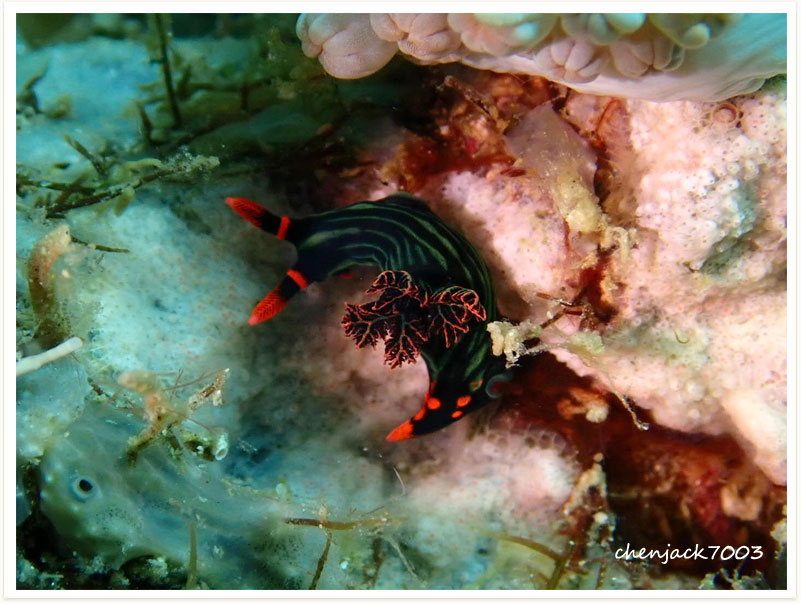
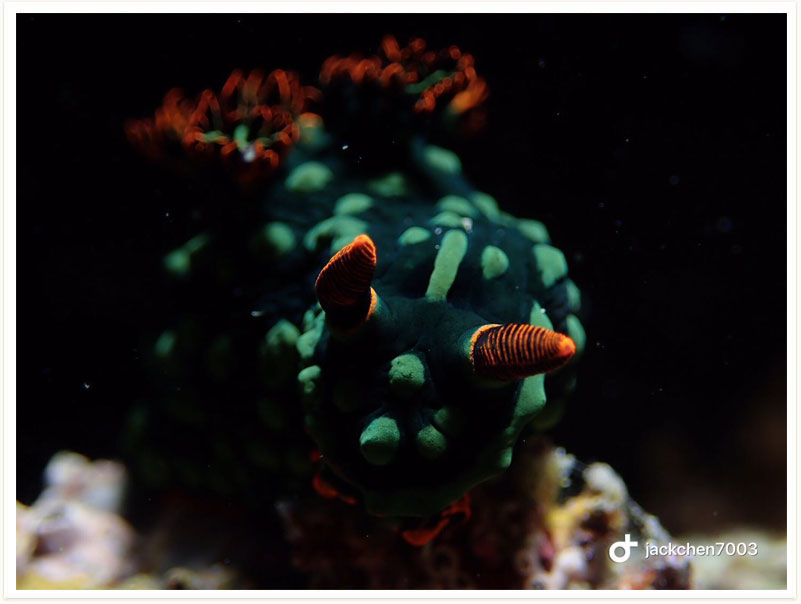
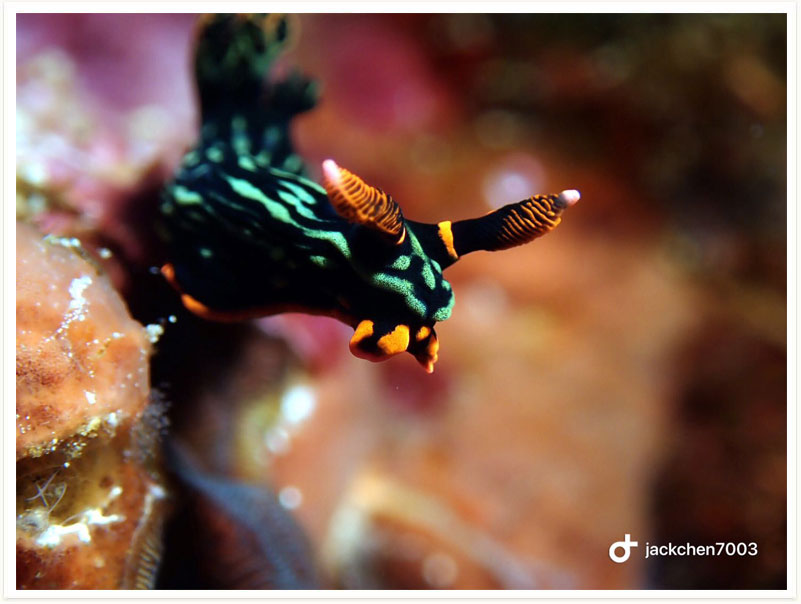
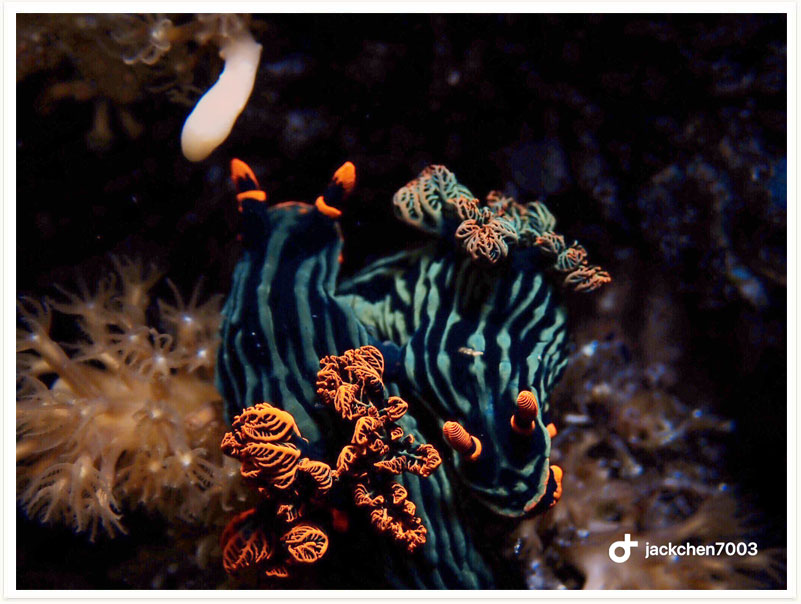
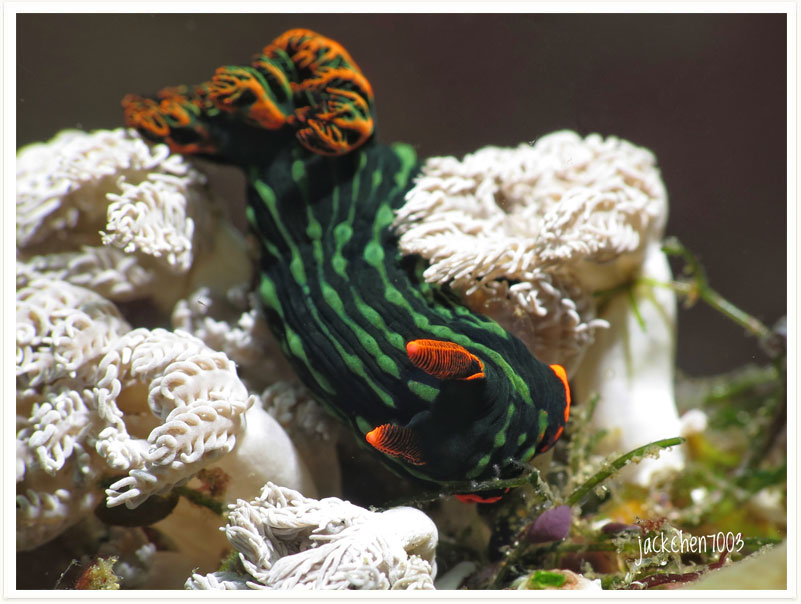
Nembrotha milleri have a grey-green to dark green body.It lives and feeds on the green-ringed ascidian Sigillina signifera.
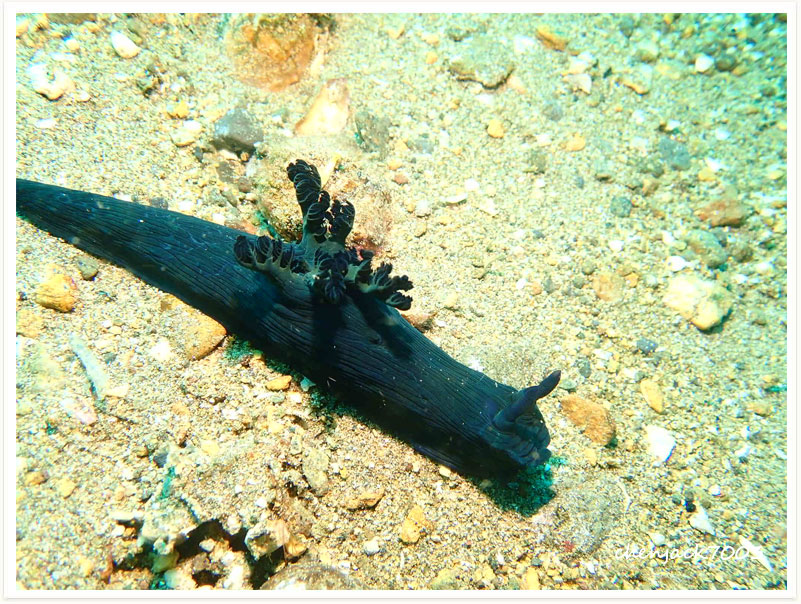
Notobryon wardi feeds on hydroids.
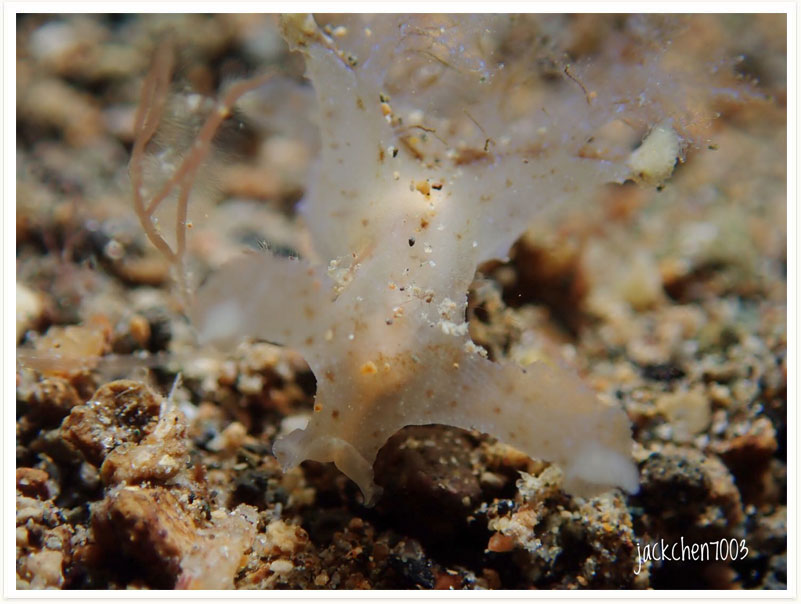
Oxynoe viridis can be variable in body colour,from greenish,green or dark green to greenish-yellow with large and small blue spots.This nudibranch is feeding on a variety of species of Caulerpa algae. Oxynoe viridis can produce a sticky white secretion when attacked and/or can break off a part of their foot to distract the attacker. A new tail grows back.
The body is pink with a network of broad black lines and opaque white tubercles.
Paradoris liturata mimic perfectly phyllidiid sea slugs Phyllidiella pustulosa).It is difficulty to identifiy as Paradoris liturata,its only for experts.Paradoris liturata can retract its gills to mimic to P. pustulosa.
This body colour is high variable.This nudibranch is yellow,dark purple, blue, pink, brown or black. Phestilla melanobrachia feeds on Tubastraea-corals, sponges or moss animals (bryozoans).
.jpg)
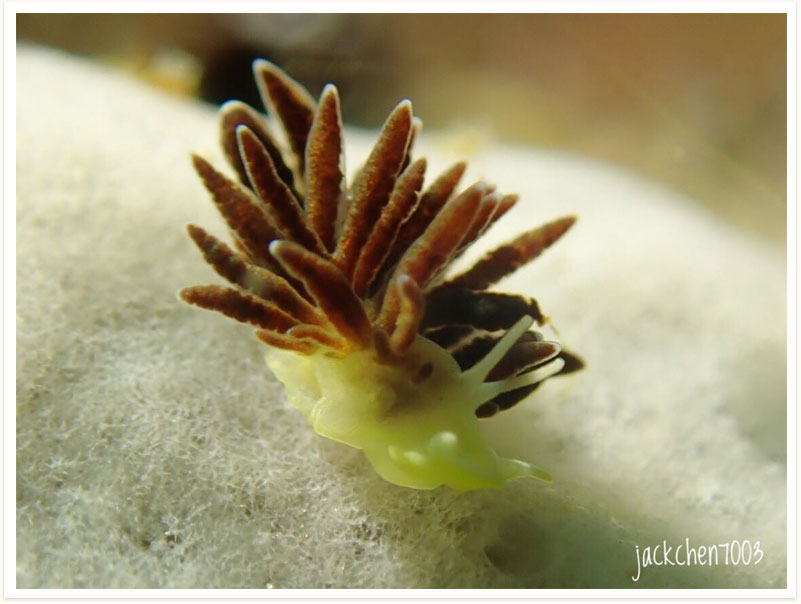
The backround colur is a cream to light yellow or a pale white, with yellow tubercles in the mittle of the mantle.Rhinophores are yellow.
This species feeds on the yellow sponge Acanthella stipata.
Very similar species are Phyllidia willani and Phyllidia exquisita
Phyllidia coelestis occours in the Indo-West Pacific, the South China Sea and the Indian Ocean to South Africa.This species can be found in lagoons and reefs up to 30 m depth.Its diurnal.Celestial Phyllidia feeds on sponges.
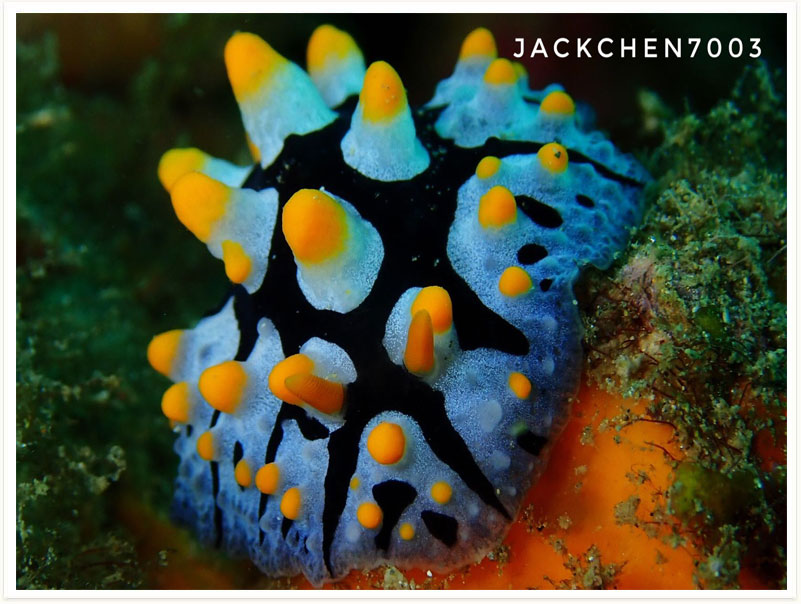
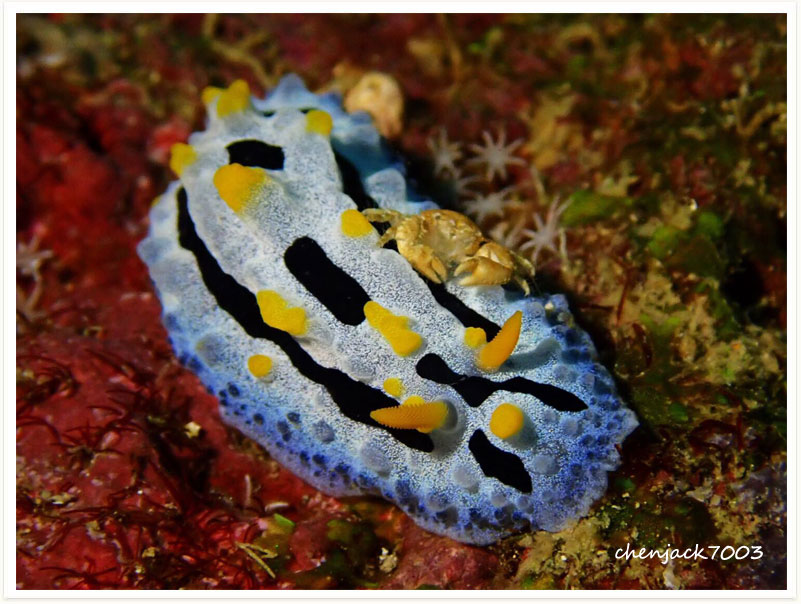
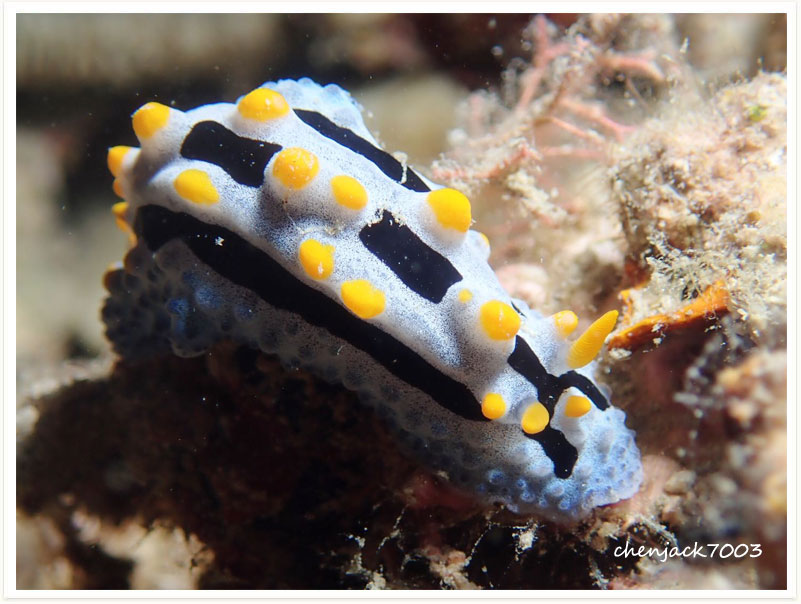
The body is a granular blue-grey with black longitunal stripes.Rhinophores are black. Phyllidiopsis annae can found to depth about 15 meters.This species feeds on sponges.
Very similar are Phyllidiopsis striata and Phyllidiopsis sphingis (differ in body colour and the colour of the rhinophores).
Species of the genus Phyllodesmium are predators,carnivorous and feeds on octocorals.
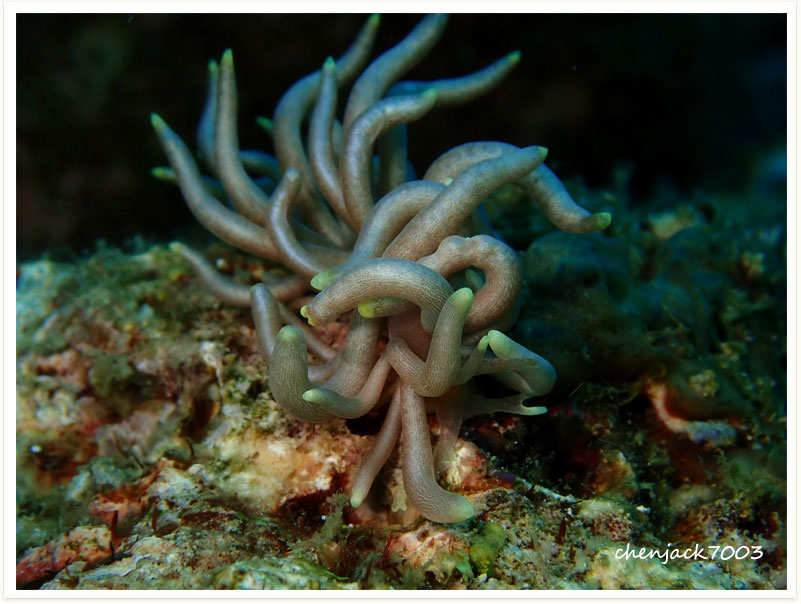
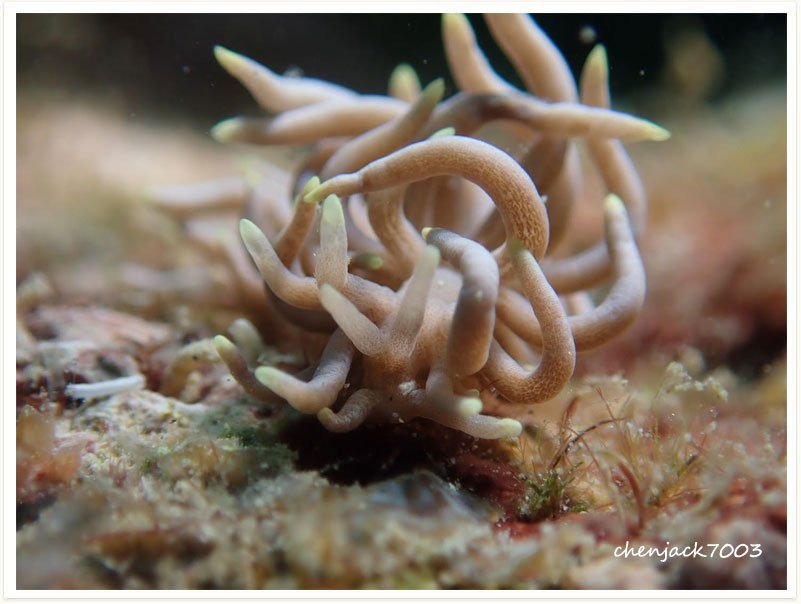
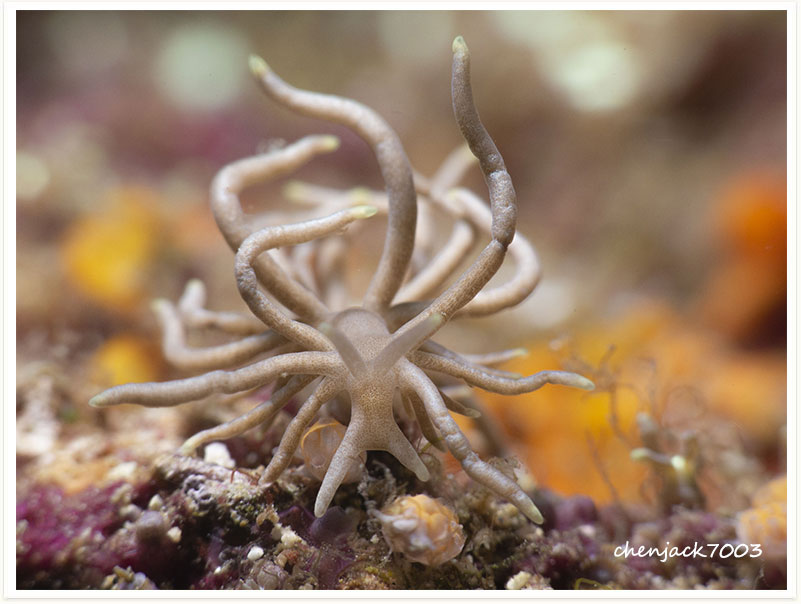
Xenia is the preferred food of Phyllodesmium crypticum.
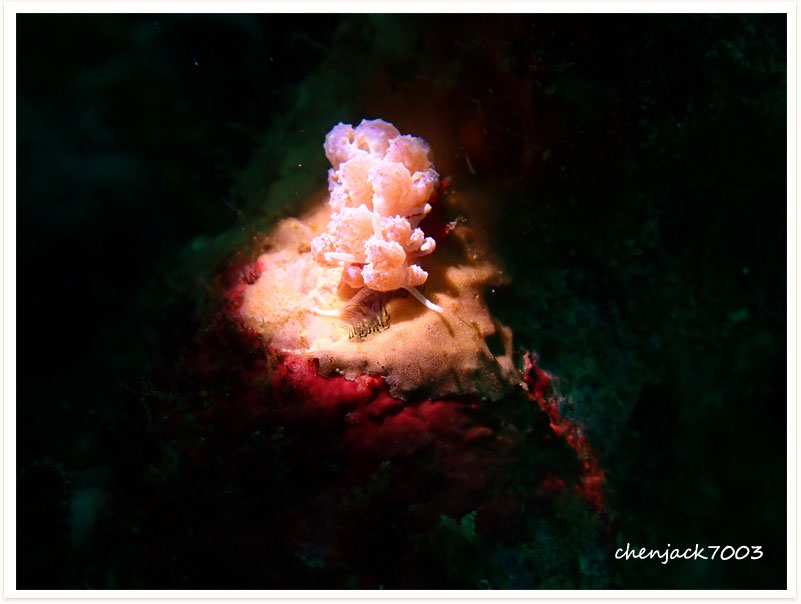
On the translucetn body is a series of white marks down the midline. The cerata are bluish near the end.Rhinophores and oral tentacles with white or cream yellow tips.
Phyllodesmium opalescens does not have a zooxanthellae symbiosis. Phyllodesmium opalescens feeds on some unknown food. It does not sequester zooxanthellae.
Sea slug genus Phyllodesmium are predatory sea slugs and feeding on octocorals.They are perfect mimics octocorals.
Phyllodesmium tuberculatum is a “solar-powered sea slug” (use the zooxanthellae of their prey).
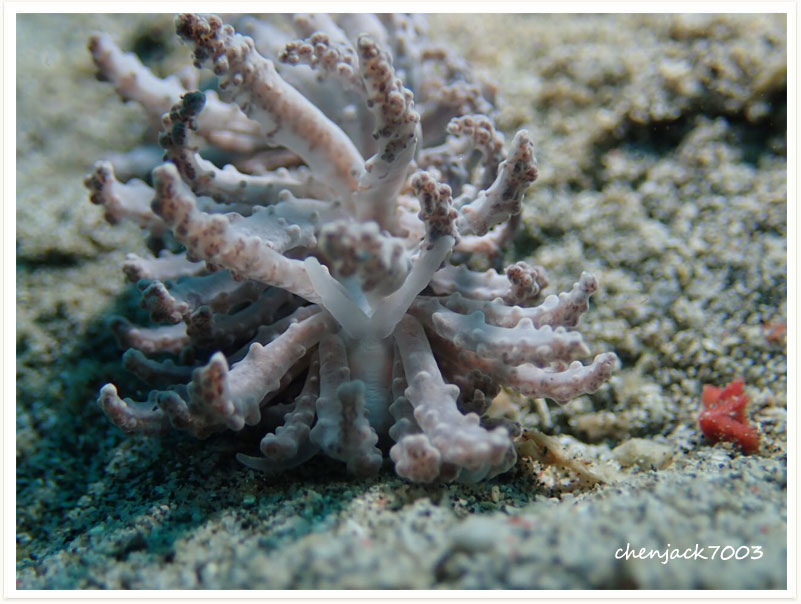
Plakobranchus is a genus of sea slugs, sacoglossans, marine opisthobranch gastropod mollusks in the family Plakobranchidae.
Plakobranchus papua is a common inhabitant of shallow coral reef pools and lagoons. It is seldom seen as it is well-camouflaged, half buried in the coral sand. Although to my knowledge it has never been studied by algal physiologists, it deserves their attention.
This relatively large pleurobranch is often found in quite large populations in shallow lagoons, reef crests and pools and sea grass beds. It usually grows to about 10cm long but can grow to over 30cm. This species feed on ascidians.
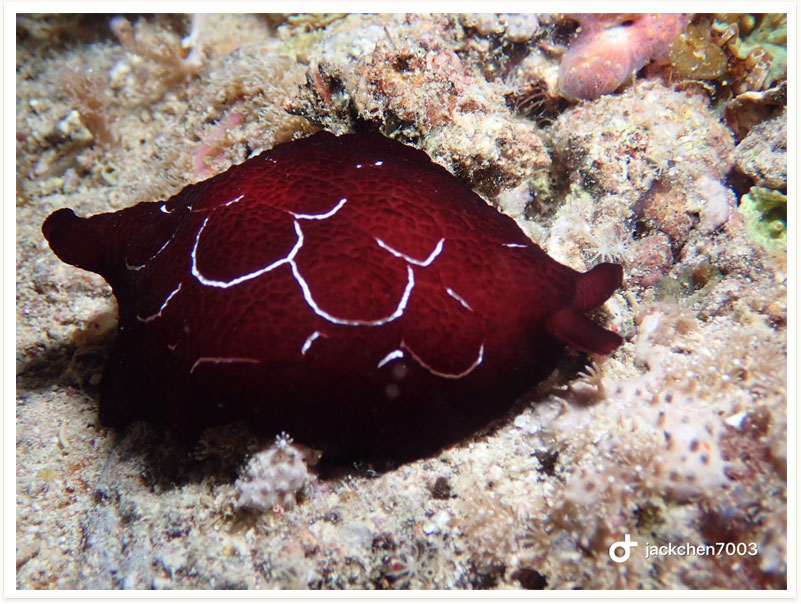
Pteraeolidia is a genus of sea slugs, aeolid nudibranchs, marine gastropod molluscs in the family Facelinidae The body color of this species is translucent tan but the cerata, which in Hawaii vary from dark purple to lavender to golden brown, give the nudibranch most of its apparent color. This is an extremely elongate species with large, curved arches of cerata along the length of the body.
Reticulidia fungiayellow is black ,white and yellow in clolour.This species feeds on sponges.Similar is R.halgerda.
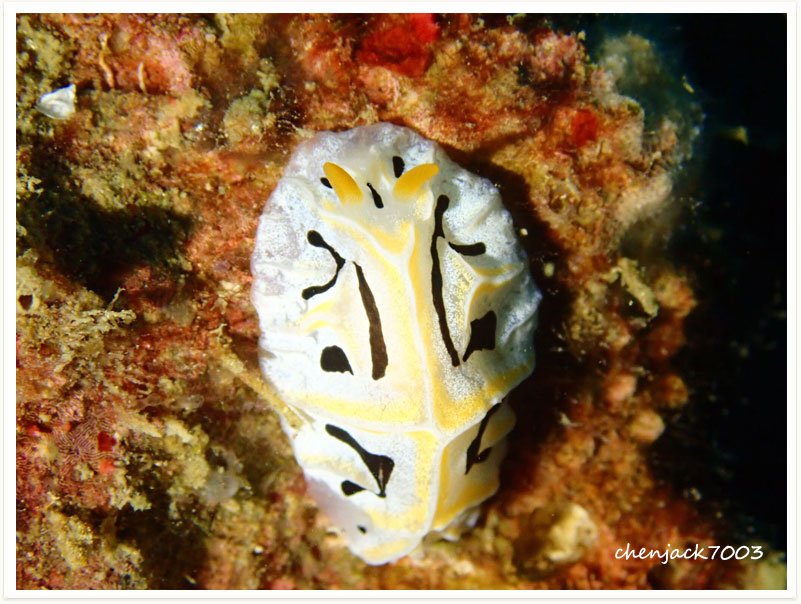
This species feeds only on sponges.
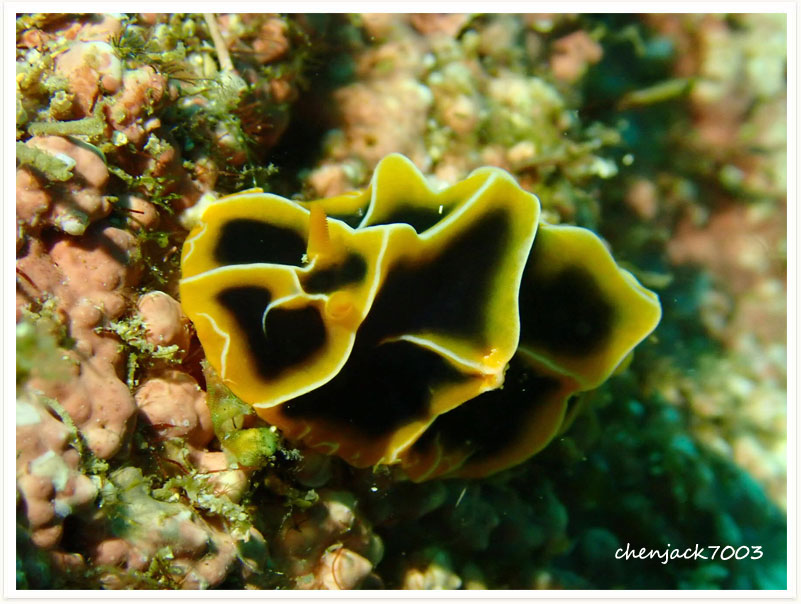
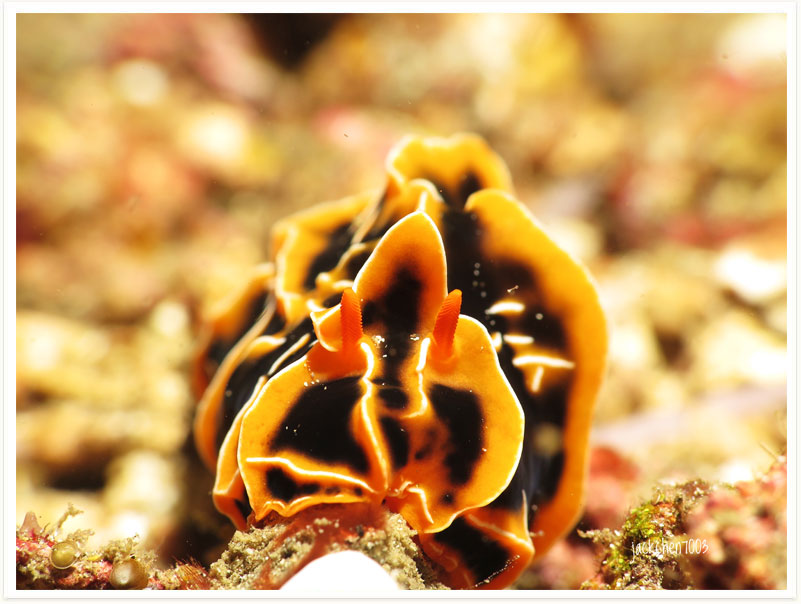
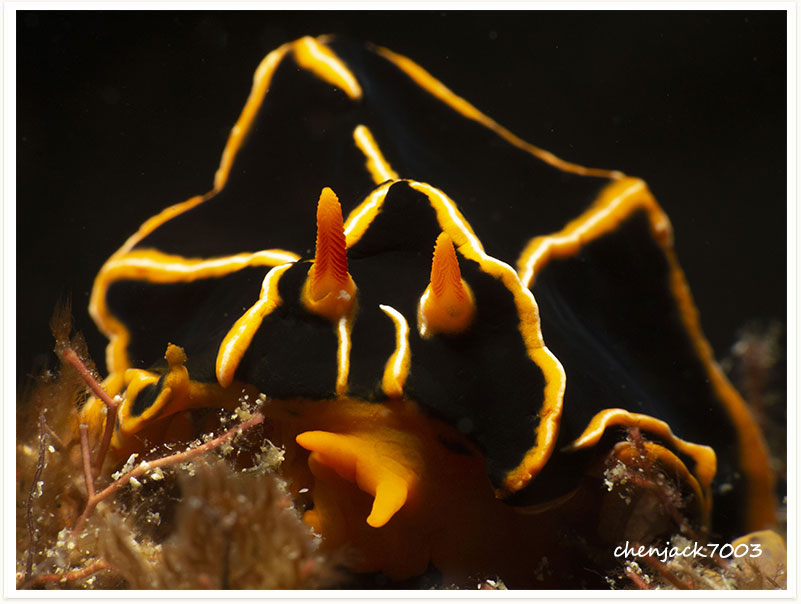
Habitat: Tropical reefs in the Indo-West Pacific.Feed on Eudendrium hydroids.
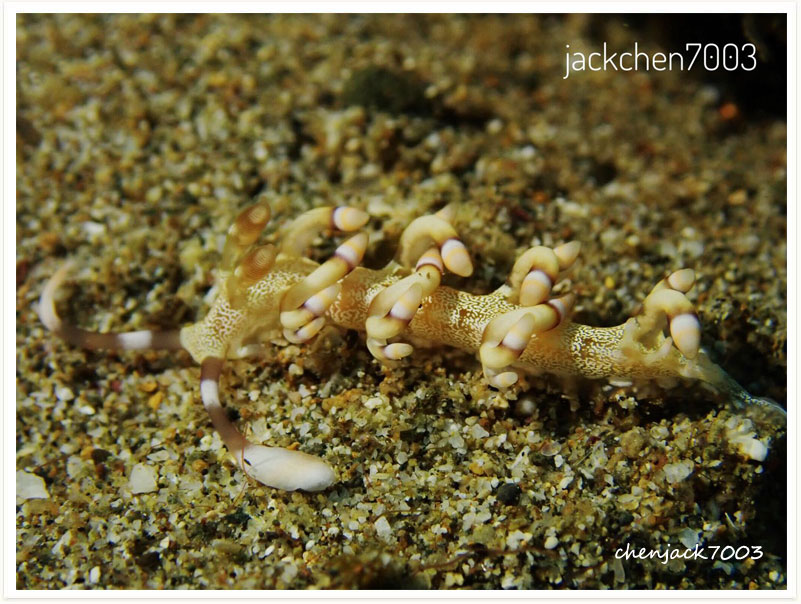
The colour is a bright red, orange or grayish brown.Sclerodoris tuberculata looks have a sponge like appearance.On the body there is an excavation which mimics a sponge oscule.Sclerodoris tuberculata is a sponge eater.
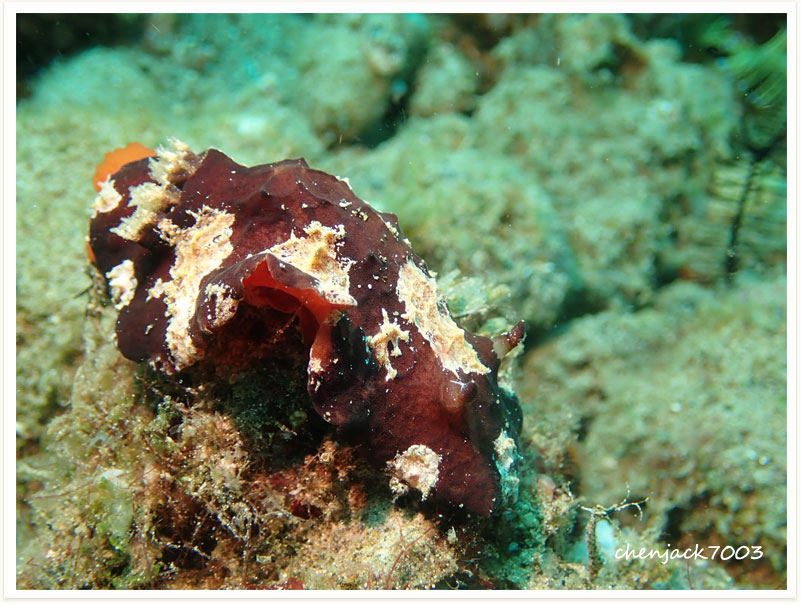
This species where found in coral rubble on shallow reefs. Nothing is known about its diet.
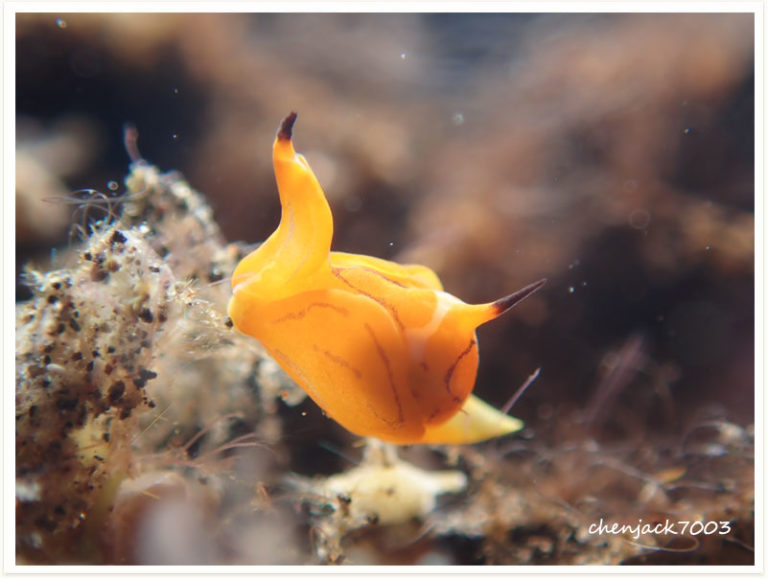
This recently described aglajid variies in dorsal coloration.Spinophallus falciphallus from the Marshall Islands to the Red Sea, is distinguished by its reddish body color, a distinct black or maroon longitudinal line on the foot.
Similar to Spinophallus coronata ( with yellow and maroon spots), Spinophallus falciphallus with lines on the foot.
Feed on algae such as Codium intricatum, Codium spongiosum und Codium edule.Better left in the sea.
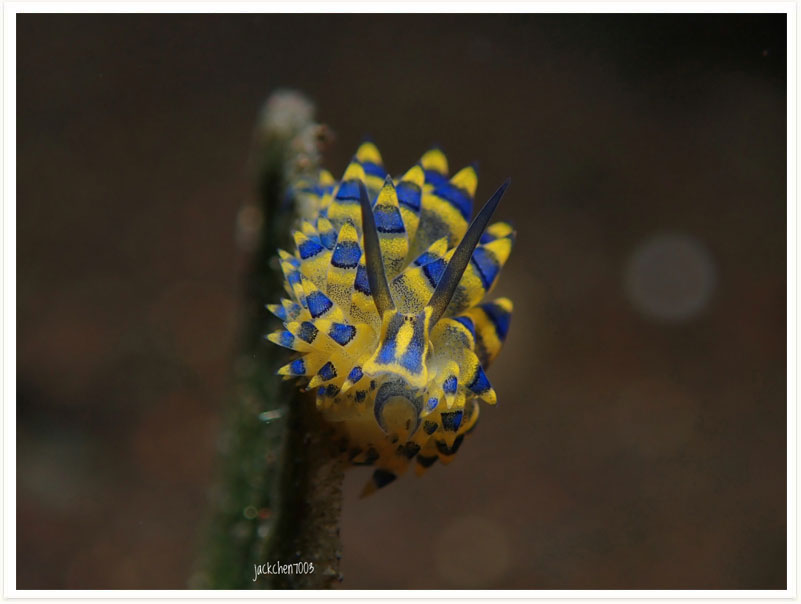
Tambja morosa can swim by movement of the body. All Tambja species feeds on bryozoan (moss animals).
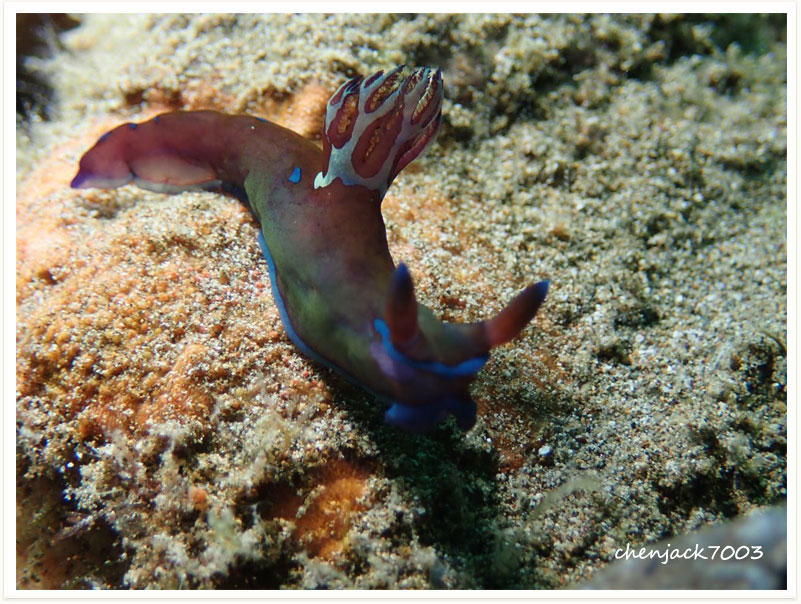
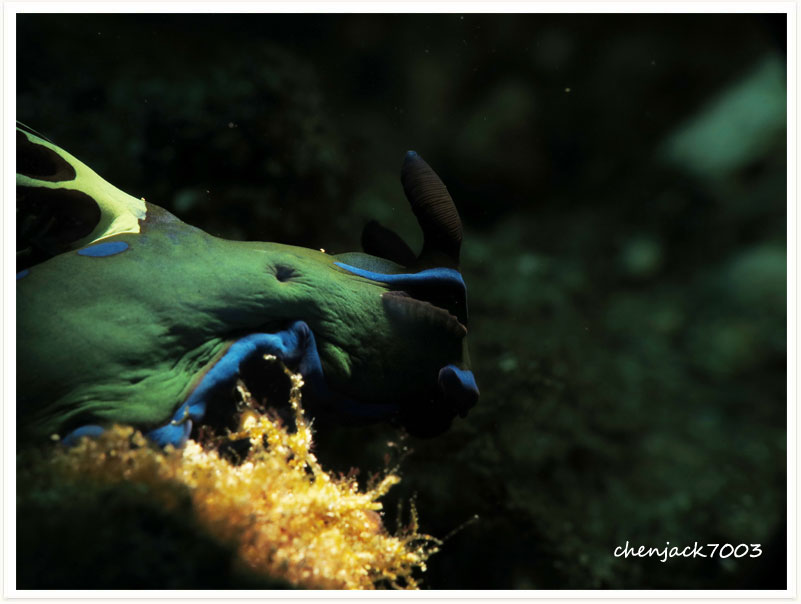
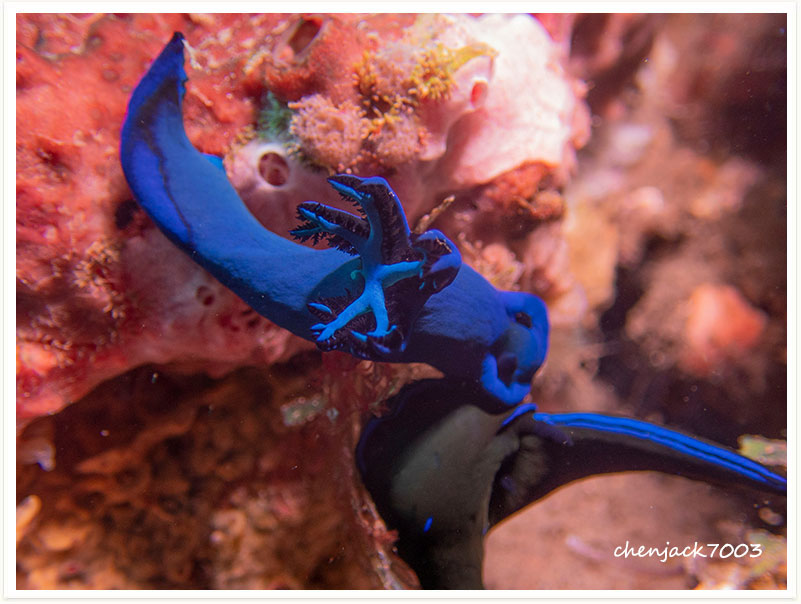
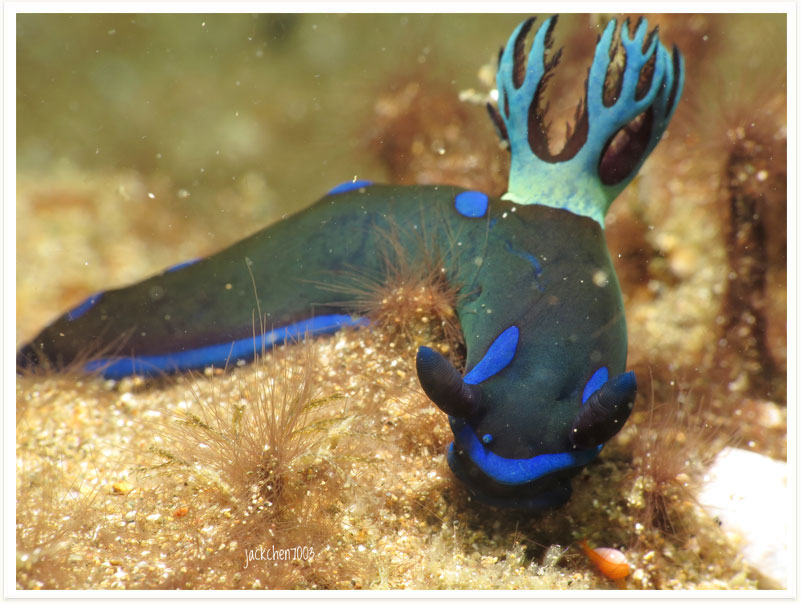
The backround colour is light blue with white longitudinal bands. On the mantle are white or crem coloured spots,as its name ‘albopustulosa’ suggests.Rhinophores are white and bright orange.
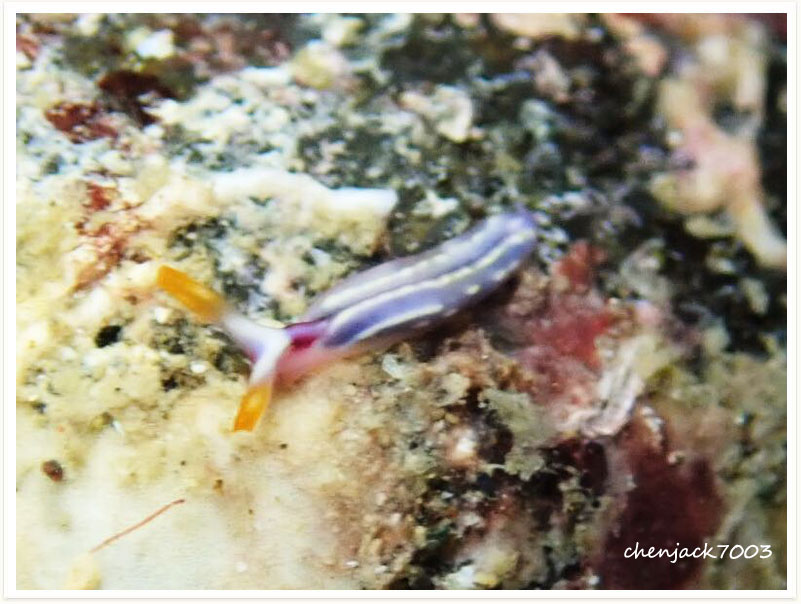
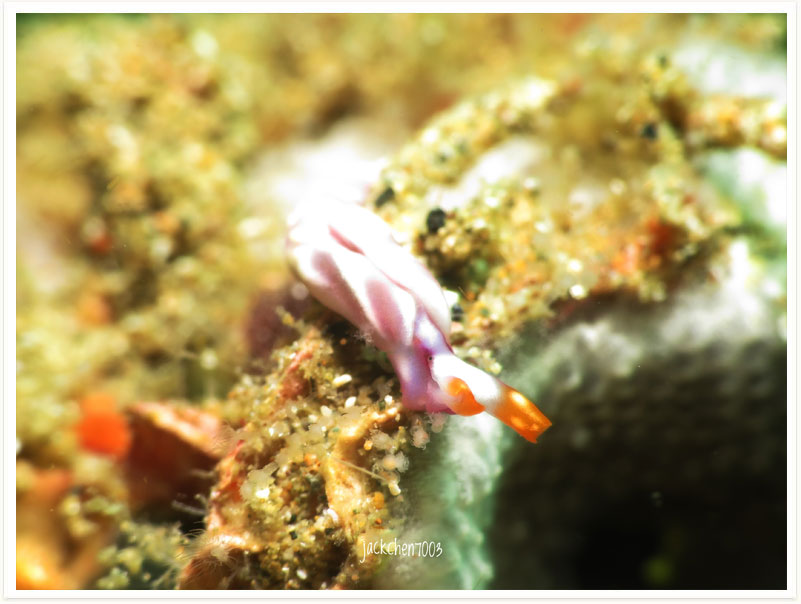
Thuridilla carlsoni,Sapsucking Slug
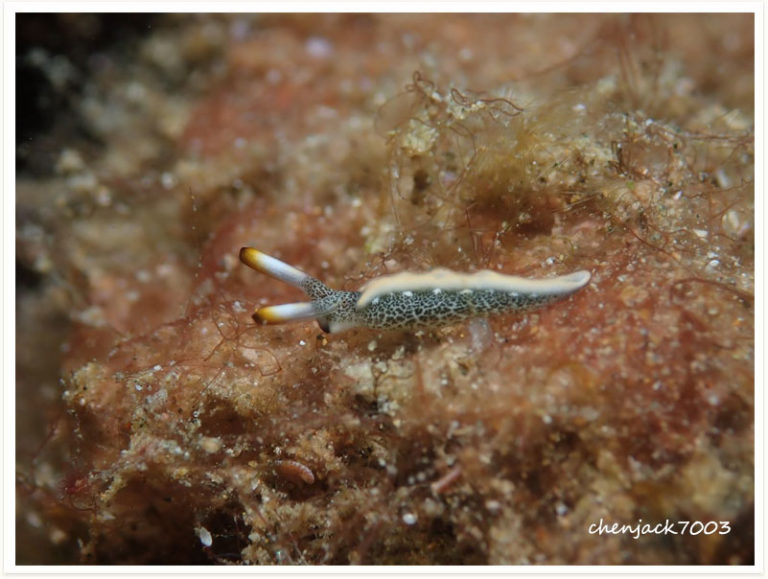
Thuridilla gracilis is a sea slug in the family Elysiidae, which is characterized by two flaps that merge on the back to form a ridge.
Like other representatives of the genus it is not well known which algae species they feed on.
Thuridilla species are quite often found as hitchhikers on live rock – but in how far they can be kept for a longer period this will depend on the coincidental presence of their preferred food items and is more a gamble than anything else.
Tritonia nilsodhneri feed on the gorgonian Eunicella verrucosa, Eunicella stricta and Swiftia pallida.
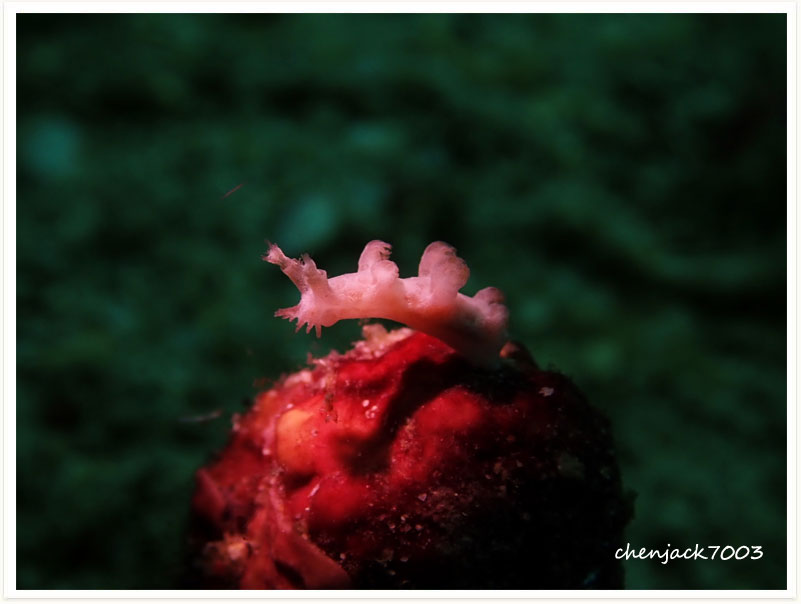
Tubulophilinopsis pilsbryi can be easily identified by its colour pattern.The background colour is translucent white/tan with a pattern of black/brown reticulate lines. In some specimens the lines are relatively thin. Let me quote Bill Rudman: “The colour pattern though is very variable and runs through to animals which could best be described as being black dorsally with white spots.”
Stiliger is a genus of small and minute sacoglossan or sap-sucking sea slugs. They are marine gastropod mollusks in the family Limapontiidae.
They somewhat resemble nudibranchs, but are not closely related to them. They are a rich green in color, caused by the green algae they eat.
Feed on barnacles, sea squirts, soft corals, and /or sponges sponge (f.e. Halisarca metabola de Laubenfels, 1954).
Cadlinella ornatissima is a widespread and common species, occurring in tropic and sometimes in sub tropical zones.Its body is mostly yellow to orange, sometimes white and filled with many thick and elongated warts.The warts have usually a pink to reddish tip, are their gills and the rhinophores white-transparent. Best left in the wild.
Caloria indica have a orange body colour with blue, orange and white striped cerata.The body is narrow with a very long and pointed tail. This nudibranch has a wide distribution area and is an invasive species in Europe.Caloria indica feed exclusively on hydroids.


This cephalaspidean is widespread in the tropical waters of the Indo-west Pacific region. Chelidonura varians feeds on flatworms and it is used in aquariums to eradicate small flat worm invasions.

Chromodoris annae can reach a maximum size of 5 cm length. The body is elongate with a foot which is distinct from the upper body by a skirt like mantle hiding partially the foot. The branched gills and the rhinophores are orange to yellow. The main background color is bluish, the intensity of the latter varying from blue-grey to intense blue, slightly speckled by tiny black spots. The blue dorsal side and the foot are bordered with a black line which can be discontinuous depending on the specimen. A black dash between the rhinophores distinguishes this species from similar species like Chromodoris elisabethina and Chromodoris westraliensis. The mantle edge and the foot are bordered with white and orange to yellow lines in which the width and the color intensity can vary greatly from a specimen to another.
Chromodoris dianae can reach a maximum size of 4 cm length. The body is elongate with a foot which is distinct from the upper body by a skirt like mantle partially hiding the foot. This species is very similar in appearance to Chromodoris lochi although it can be distinguished from the latter by the broken black lines, (as opposed to continuous) and the sprinkling of white specks on the notum.Chromodoris dianae has white gills and rhinophores with distinct yellow-orange tips. The original description includes animals which belong to another species (Chromodoris cf. dianae) which are distinguished by a colour pattern which includes gills and rhinophores orange throughout, orange markings at the edge of the mantle and a different pattern of black markings; confirmed as species level differences by DNA sequences
Chromodoris elisabethina can reach a maximum size of 50 cm (20 in) length. The body is elongate with a foot which is distinct from the upper body by a skirt like mantle partially hiding the foot. The branched gills and the rhinophores are orange to yellow and can be withdrawn into pockets under the skin in case of danger.
Chromodoris lochi is blue or blueish-white with a white margin and typically dark or black lines running down the mantle and the foot. On the mantle, a continuous line runs around the border passing on the outside of the rhinophore and a second median one can be discontinuous. Individuals can reach at least 4 cm in length.There is some variation between individuals in this species, and the gills (retractile) and rhinophores (contractile) range in colour from a translucent straw-color, through to pink and light orange.This species is very similar in appearance to Chromodoris willani, Chromodoris boucheti and Chromodoris dianae and can be difficult to tell apart. Its most distinguishing feature is the uniform colouring of the mantle and the lack of white specks which are present in some of the other species. A recent study showed that more than one species is currently confused amongst Chromodoris lochi.
Chromodoris magnifica can reach a maximum size of 60 mm (2.4 in) in length.The body is elongate with a foot which is distinct from the upper body by a skirt like mantle hiding partially the foot.[5] The branched gills and the rhinophores are orange colour and can be withdrawn into specific pockets under the skin in case of danger.[6] The specific epithet magnifica in Chromodoris magnifica means magnificent, so-named because of this nudibranch’s striking, vibrant colors.
Chromodoris willani is similar in appearance to Chromodoris lochi, Chromodoris boucheti and Chromodoris dianae. This species can be distinguished by the very prominent white specks found on the gills and rhinophores.
Individuals in this species can range in color from dark blue to a translucent white. All have black stripes with the center-most stripe typically being non-continuous
Doriprismatica atromarginata ranges in color from creamy-white through yellow to pale brown. It typically has a black-lined edge running down the outside of a very folded mantle and black rhinophore clubs. The frilly mantle sometimes appears to move like a wave as the animal crawls along. It can reach a total length of at least 60 mm. This species is very similar in appearance to Doriprismatica sibogae and Doriprismatica plumbea, although Doriprismatica atromarginata is by far the more common and is not quite as deep yellow in colour as the other species
Elysia ornata can grow to about 5 centimetres (2.0 in) in length. It is a translucent greenish-yellow colour speckled with white and black. It has broad parapodia each edged with an orange band and a black margin. The rhinophores are similarly coloured with a band of orange and dark tips.
Coryphellina rubrolineata is a relatively large aeolid nudibranch growing to 42 mm in length.The stretched out body has a sharp end at the tail, the dorsal side is covered with a certain amount of extensions called cerata, which size vary from an animal to another. The rhinophores are pointed and look like feathers. The oral tentacles are thin, cylindrical and longer than the rhinophores. The coloration is variable and here’s a description for the two main coloration which can be easily met underwater:
Glossodoris cincta has a mantle which is tawny brown with blue-white dots and a dark blue margin to the mantle which is separated from the brown by a thin grey line. The rhinophores are dark brown with blue-white dots. The living holotype was 60 mm (2.4 in) in length.
Goniobranchus fidelis can reach more than 25 mm (0.98 in) in length.The foot of the animal is cream in color; it is elongate and is almost covered by the edges of the wide mantle. The more central part of the mantle has a creamy-white area with scalloped edges, whereas the entire wide margin of the mantle is orange or red. Where the two differently coloured areas meet, there is a burgundy-colored border which varies in width from one animal to the other. The rhinophores are laminated, contractile and greyish in color with lighter colour at the tip. The shade of grey varies from one individual to another. The gills are the same colour as the rhinophores and they are retractable.
Goniobranchus geometricus is a small nudibranch which may grow to a total length of 35mm. It is variably coloured, with the ground colour ranging from a creamy brown to purple, The mantle has numerous cream-coloured bumps and has a white margin. The gills and rhinophores are white to greenish. It is very similar to Goniobranchus conchyliatus but has green-grey rhinophores and gills whilst G. conchyliatus has red ones.
Quite similar in appearance to C. geometrica. Two major points of difference are the rhinophore & gill colour and the presence of a few small white rounded nodules on the mantle, each surrounded by a ring of deep magenta (or purple). The gills and rhinophores are a translucent reddish purple colour edged with a dark line of the same colour. Like C. geometrica the anterior mantle waves up and down rhythmically and its underside is a deep purplish colour.
Goniobranchus kuniei has a pattern of blue spots with pale blue haloes on a creamy mantle. There is a double border to the mantle of purple and blue. The length of the body reaches 40 mm.The species Goniobranchus tritos and Goniobranchus geminus have similar colour patterns.
Goniobranchus verrieri has a white mantle with a red margin and a yellow submarginal band. The gills and rhinophores are red with white edging. The length of the body varies between 18 mm and 30 mm




The Spanish dancer is a large dorid nudibranch which can grow up to a maximum length of 90 cm. However, the commonly observed size is between 20 and 30 cm long. Its body coloration is generally orange-red speckled with multiple small white dots but it also can be uniformly bright red or yellow with red scattered spots. Its body is soft and flattened, the anterior dorsal portion has a pair of retractable rhinophores and the posterior part has six contractile gills inserted independently in the body. The pair of oral tentacles are constituted by a fin flexible membrane provided with large digital lobes.
This nudibranch was described from a specimen measuring 70 mm (2.8 in) in length, dredged in 110 m (360 ft) at Recruit Island, Senkaku Islands, 150 miles NE of Taiwan, 25.922745°N 124.558247°E. It is currently identified with an animal which is widespread in shallow water in the central Indo-Pacific region. Many records are incorrect as it has now been shown that at least eight species have been confused under this name in the past. The H. bullockii clade contains seven species, plus H. iba is a mimic of H. bullocki. Six of these can be found in the Philippines. Hypselodoris apolegma is found throughout the western Pacific from Japan (Okinawa), the Philippines, Indonesia Malaysia (Sabah) whereas H. brycei, is found only in Western Australia (Houtman Abrolhos Islands to the Exmouth Region and Dampier Archipelago). Hypselodoris bullockii is considered to be widespread in the western and central Pacific, from Japan, Taiwan, Hong Kong, the Philippines, Indonesia, Malaysia, eastern Australia, the Marshall Islands and New Caledonia, whereas H. melanesica is known only from Papua New Guinea and the Solomon Islands, both of which are areas where H. bullockii is absent. Hypselodoris rositoi is apparently restricted to the northern Philippines and H. violacea is apparently restricted to Sabah, Malaysia and Palawan Island, Philippines. Hypselodoris variobranchia is apparently restricted to Japan (Okinawa), Taiwan, the Philippines, Malaysia, Indonesia and Queensland, Australia.
Janolus savinkini, common name purple-tipped janolus, is a colorful sea slug, an arminina (a suborder of Janolus) nudibranch, a marine gastropod mollusc in the family Proctonotidae.The body and caruncle of this species are yellow with a hue of light orange. The papillae and cerata are also this colour except for the tips, which are blue/purple, hence the common name. It is found in East Asian waters and is believed to be extremely rare in Okinawa.
Jorunna funebris, common name the dotted nudibranch, is a large species of sea slug, a dorid nudibranch, a shell-less marinegastropodmollusc in the family Discodorididae.




Nembrotha lineolata grows to a length of about 70 millimetres (2.8 in). The body is slender with a rounded head at one end and a pointed tip to the foot at the other. The exterior of the body is covered with longitudinal wrinkles and there is no sharp demarcation between the dorsal surface and the lateral surfaces. The oral tentacles are thick and long and the large conical rhinophores bear about thirty lamellae and can be retracted. The three large pinnate branchial plumes on the dorsal surface are non-retractile and the anus is located between them. The colouring of this nudibranch is variable across the animal’s range. The body colour is creamy-white with narrow longitudinal lines, some broken, in varying shades of brown. Sometimes these lines merge in places giving transverse bands of colour. There is a blue or purple stripe running round the margin of the foot and often a yellow one as well. The oral tentacles are blue or purple with a yellow band and the rhinophores are red (sometimes yellow in the Comoros Islands) with blue or purple sheaths.
This animal can measure up to 35 mm in length. It has been confused with Phyllidia japonica, Phyllidia multituberculata and Phyllidia undula and a number of other species by most workers.This nudibranch has an orange-brown dorsum interrupted by large white or grey, compound, stalked tubercles. These tubercles are distributed along a line from between the rhinophores to the tail, with more scattered and mostly smaller tubercles towards the mantle edge. There are four black rings surrounding tubercles which are placed symmetrically in the middle region of the back. Large individuals may have two more black patches towards the tail, or two more tubercles surrounded by black rings. A single tubercle in front of the rhinophores is also surrounded by a black ring. The rhinophores are orange-yellow.
This nudibranch has a black dorsum with tall white-capped tubercles with pink or grey bases. These tubercles are in groups of 2-4 on the middle of the back, with smaller, single tubercles towards the edge of the mantle. The rhinophores are black.


Although this nudibranch changes appearance as it grows, three median clusters of (usually) pink tubercles remain the same, except that they are amalgamated in juveniles and separated in large animals. These tubercles can range in color from pink to green to white. The intensity of the pink coloration and green-grey tones may possibly be related to diet, and the length of time since last feeding. Other distinguishing features are the pale pink edge of the mantle, the broad, triangular, black tipped oral tentacles and the rhinophoral clavus possessing 22 to 26 lamellae (in specimens greater than 35 mm).
Phyllodesmium colemani uses camouflage and hides amongst the polyps of Tubipora musica on which it feeds. The length of the slug is 18 mm. This species contains zooxanthellae which are stored in aggregations of terminal chambers all over the ceratal wall.

unknow

Pteraeolidia ianthina, one of the most common aeolids found, is often called a “blue dragon” by Eastern Australian divers because of its close resemblance to a Chinese dragon. It is one of the most common aeolid nudibranchs found in Eastern Australia, and can inflict a painful sting to humans.
Feed on the Sponge Dysidea cf herbacea.

This species feeds on Bryozoan (Moss animals).Thecacera picta lives on sand and rubble bottom.There are several color variations and various patterns of this nudibranch.


The mantle is a translucent pink, the mantle margin is cream-white with reddish purple spots.The gills and rhinophores are orange-reddish.A white band on the mantle splits behind the rhinophores and encircled the gills.

Nembrotha chamberlaini is white with streaks of orange, yellow, green, or black and occasionally yellow splashed across the upper mantle. It has very distinctive bright red gills and rhinophores. The foot and mouth parts are typically light-purple. This nudibranch has a very characteristic color pattern which is typical of species that display warning coloration to other species.
This species feeds exclusively on bryozoans (moss animals).
